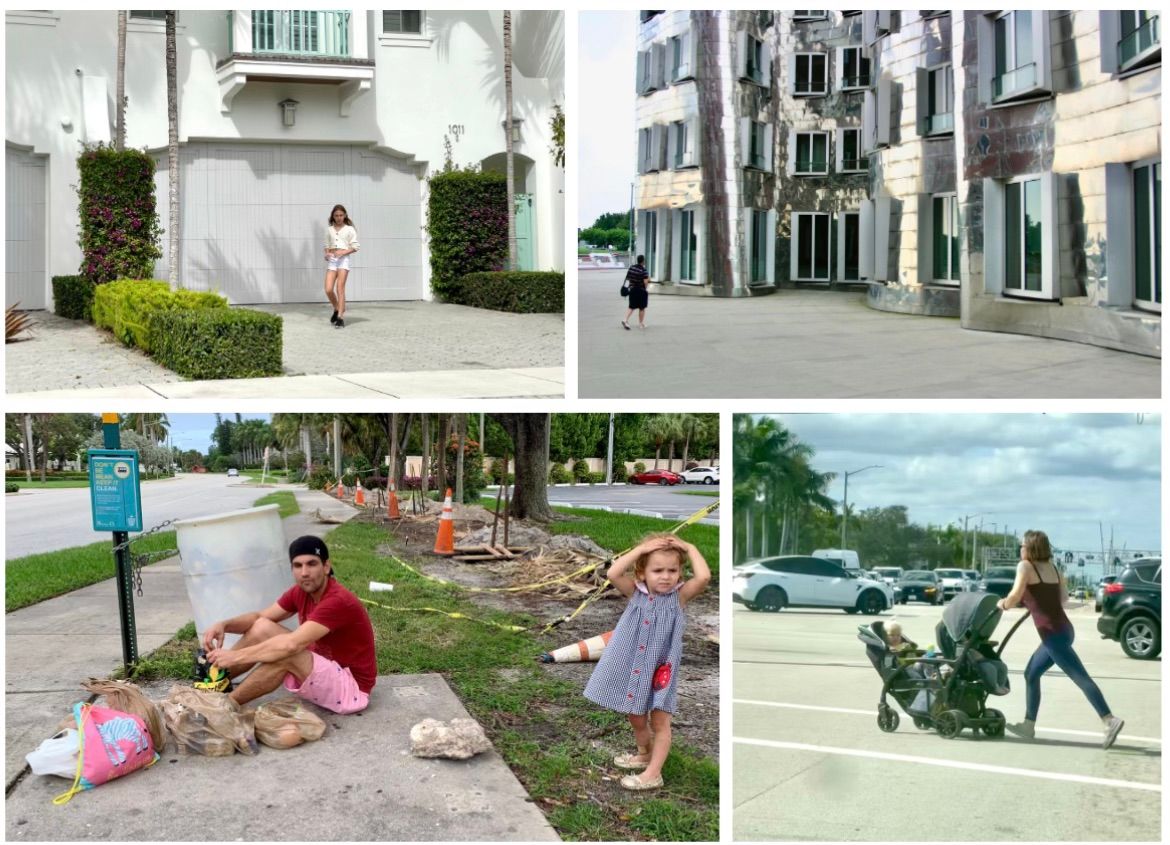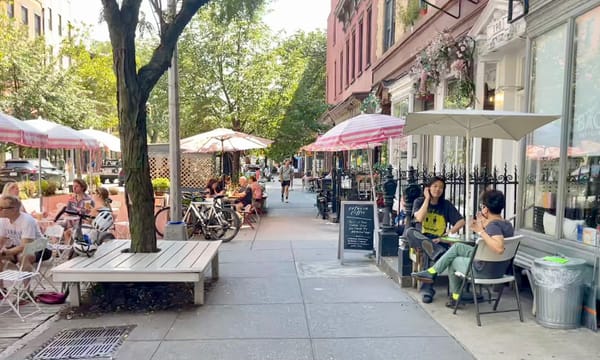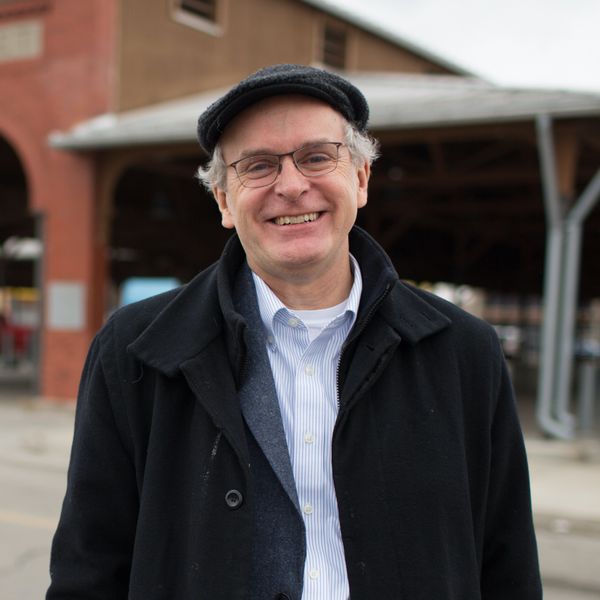Buenos Aires, Mexico City, Paris, San Diego, Barcelona, Brooklyn, Istanbul and Hong Kong show us the way
Corners are crucial points in our urban fabric. They are the anchors of the block and the place where people from every direction meet and cross paths. By definition, they connect people. But designing for cars instead of people over the last few decades has transformed the lively corner into the lifeless intersection. We need to reverse this trend if we want to repair the damaged community and social life that characterize so many of our towns and cities.
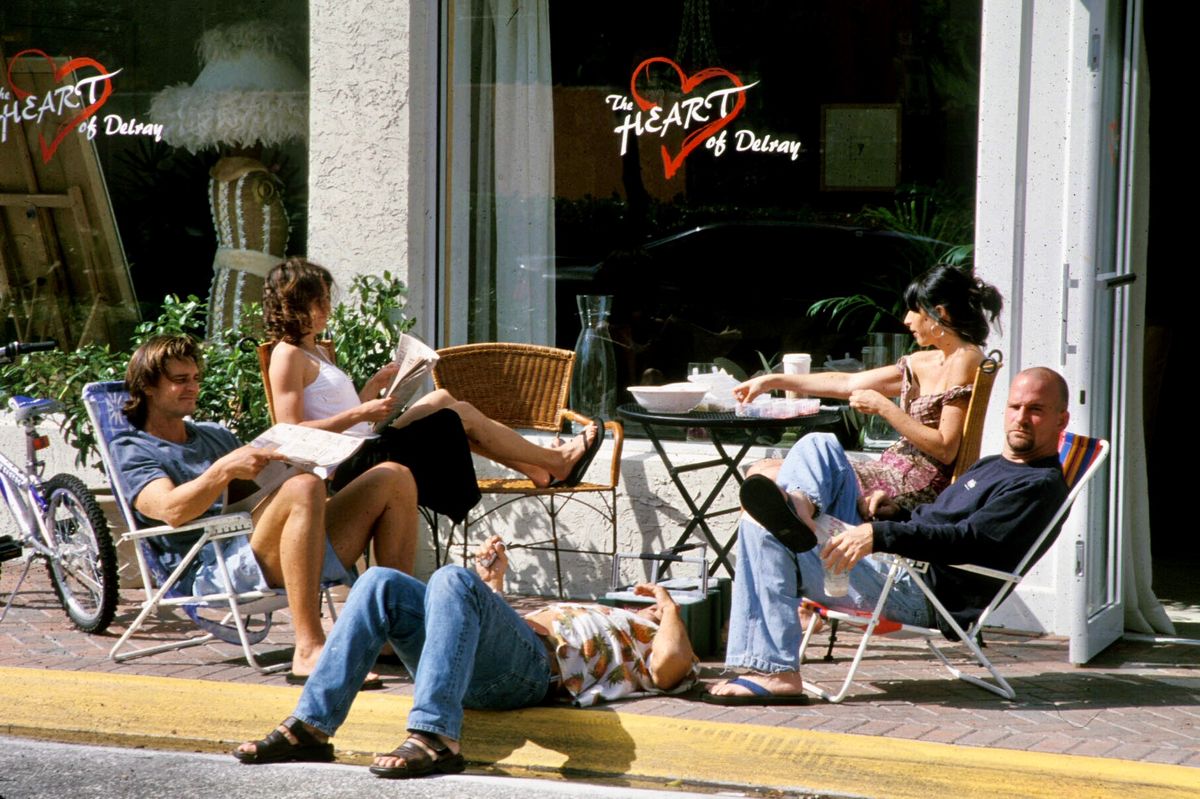
The cities below, in different ways, make a strong case for why and how we need to activate city corners in order to bring life back to neighborhoods. This can be done through formal corner activations like stores and restaurants or through informal community/individually led vendors such as food trucks, carts or kiosks.
Buenos Aires is the gold standard of active corners that we can all learn from
No city we know of comes close to Buenos Aires in terms of the quality of its corners and corner life.
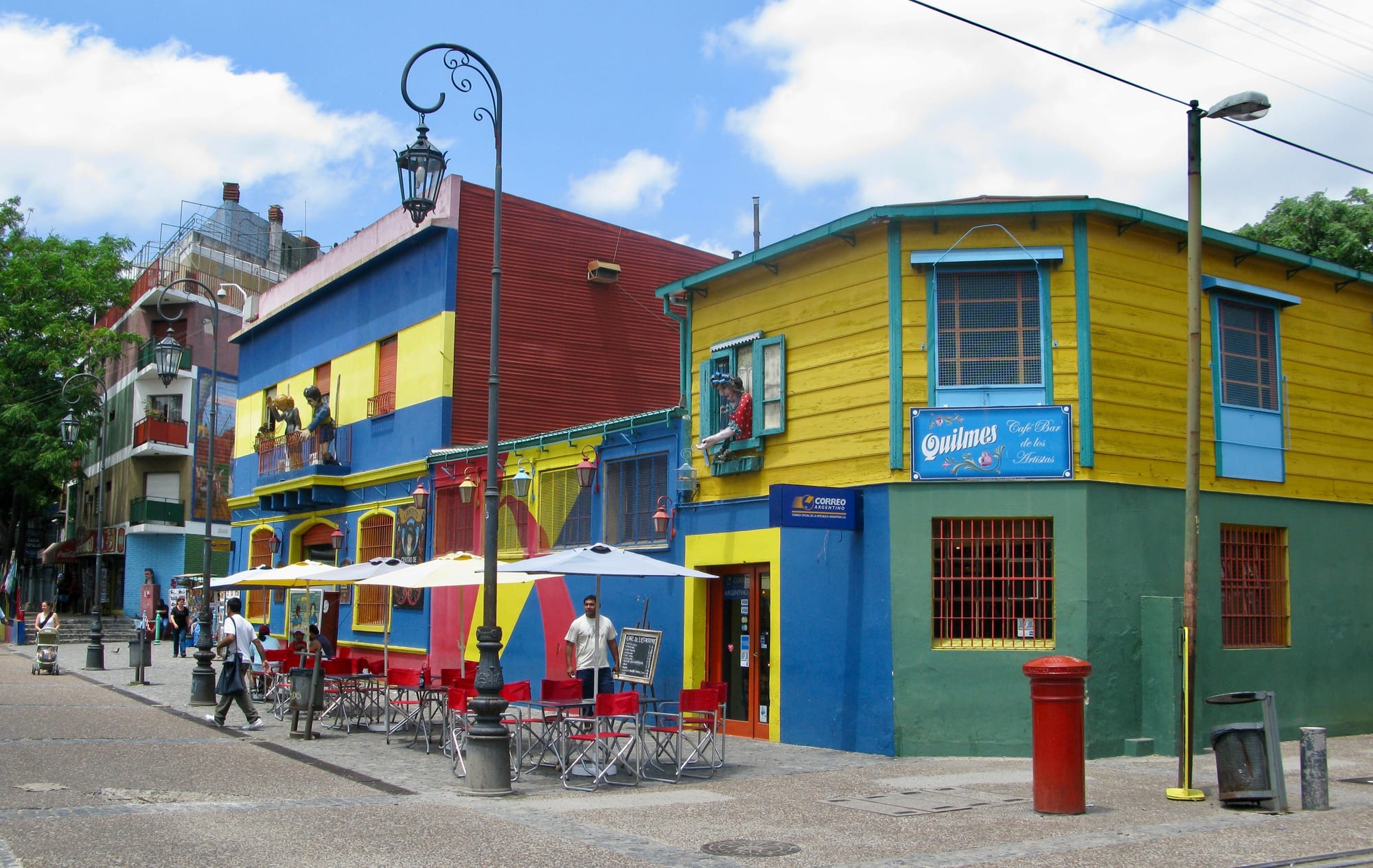
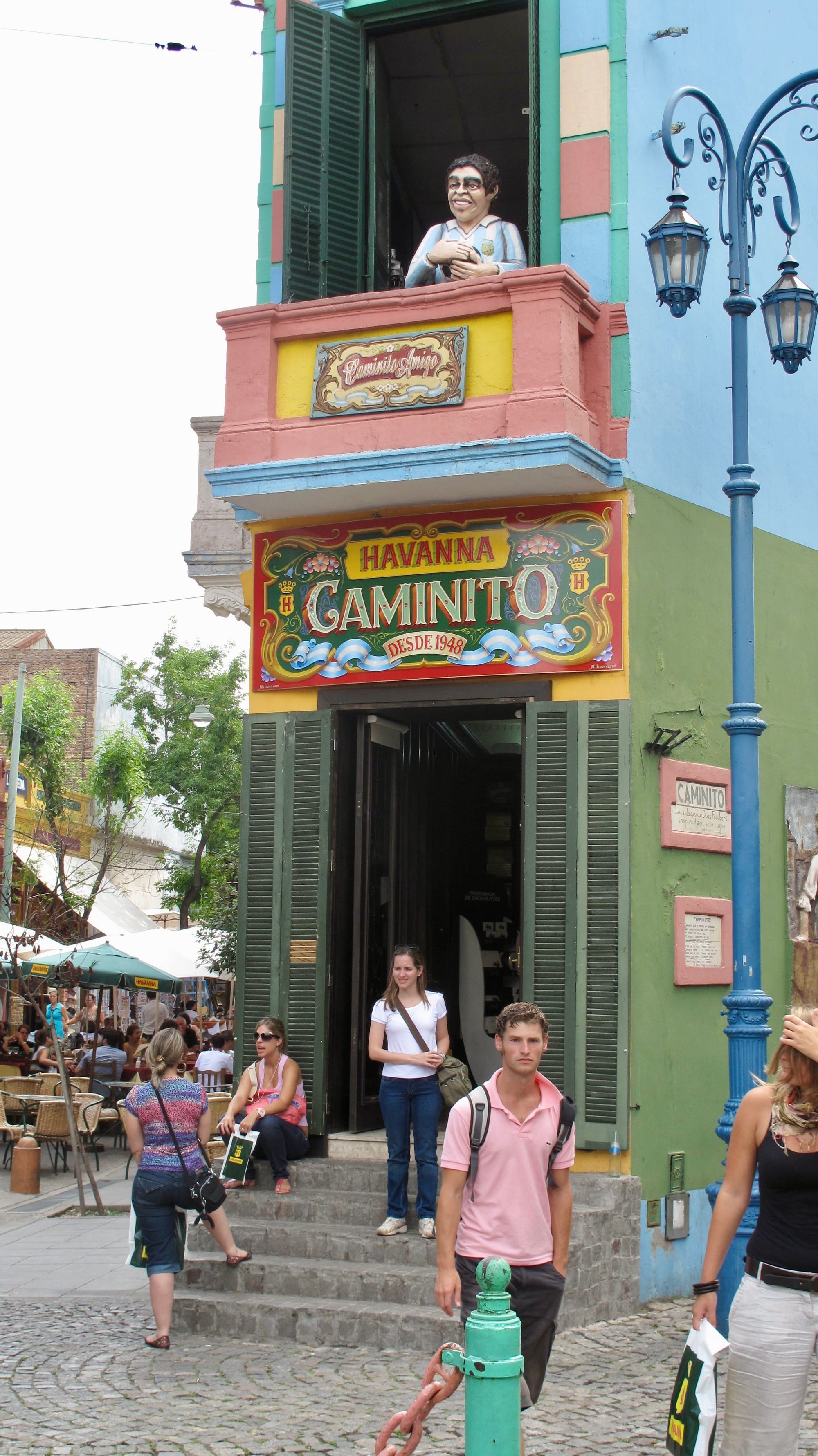
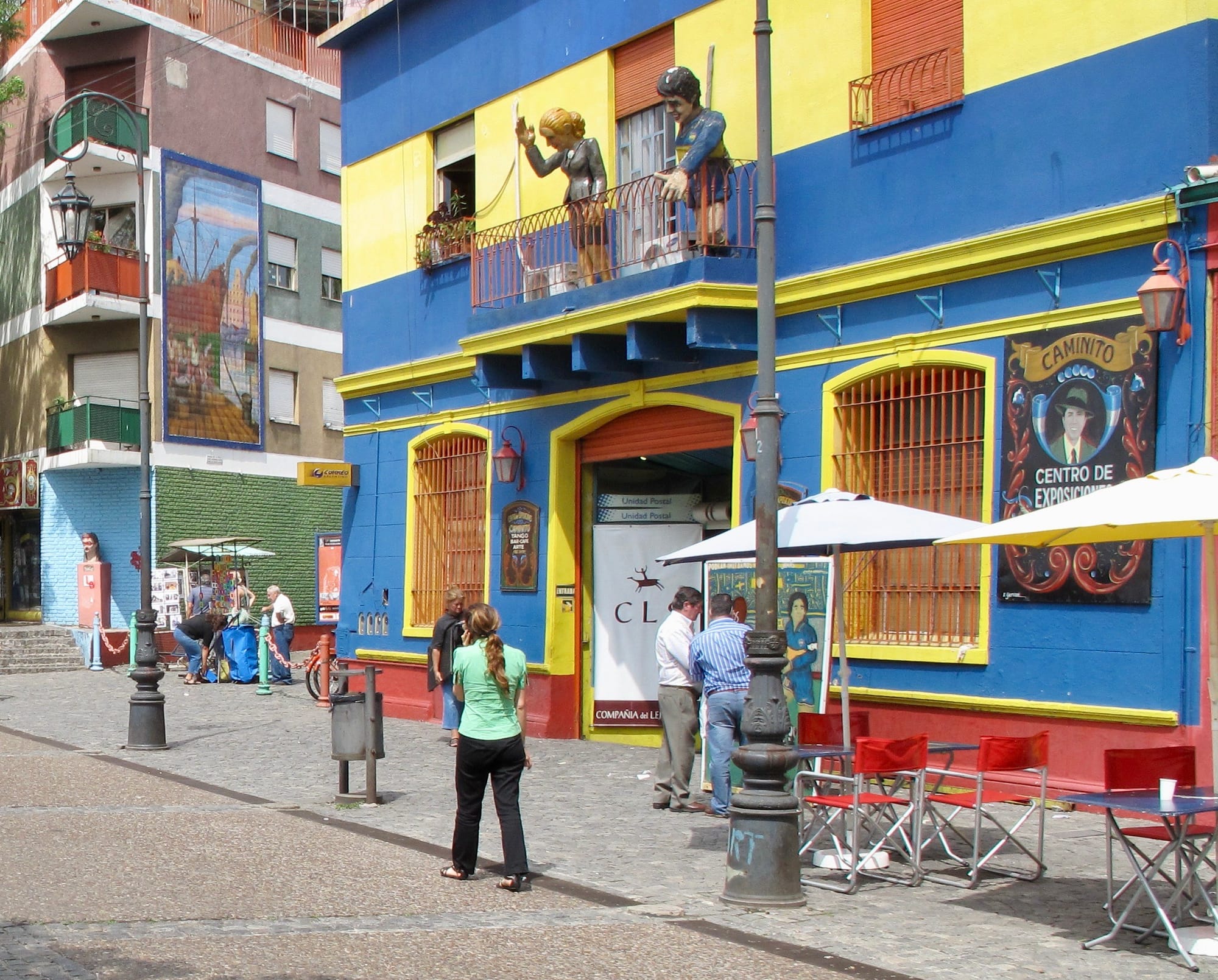
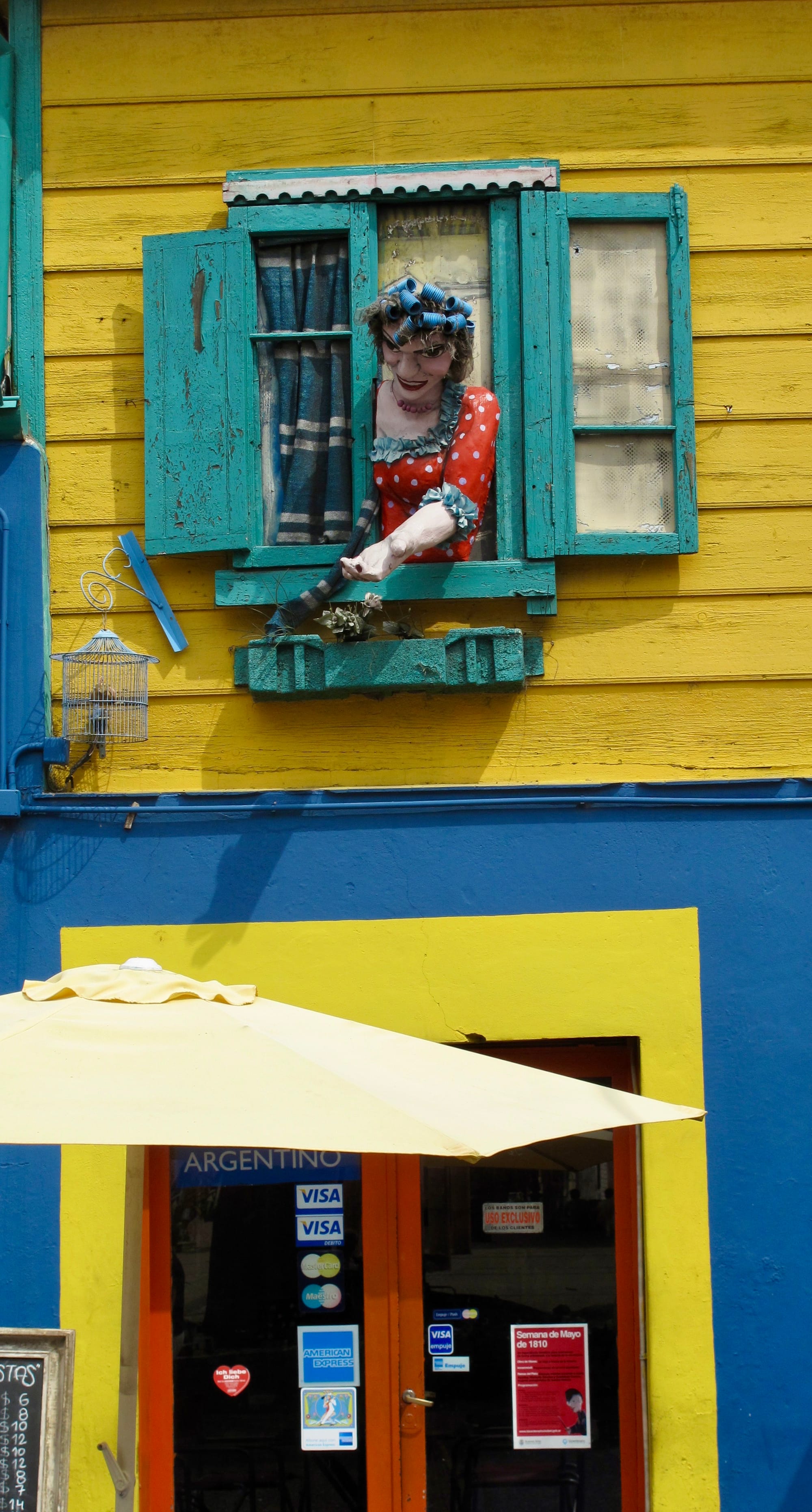
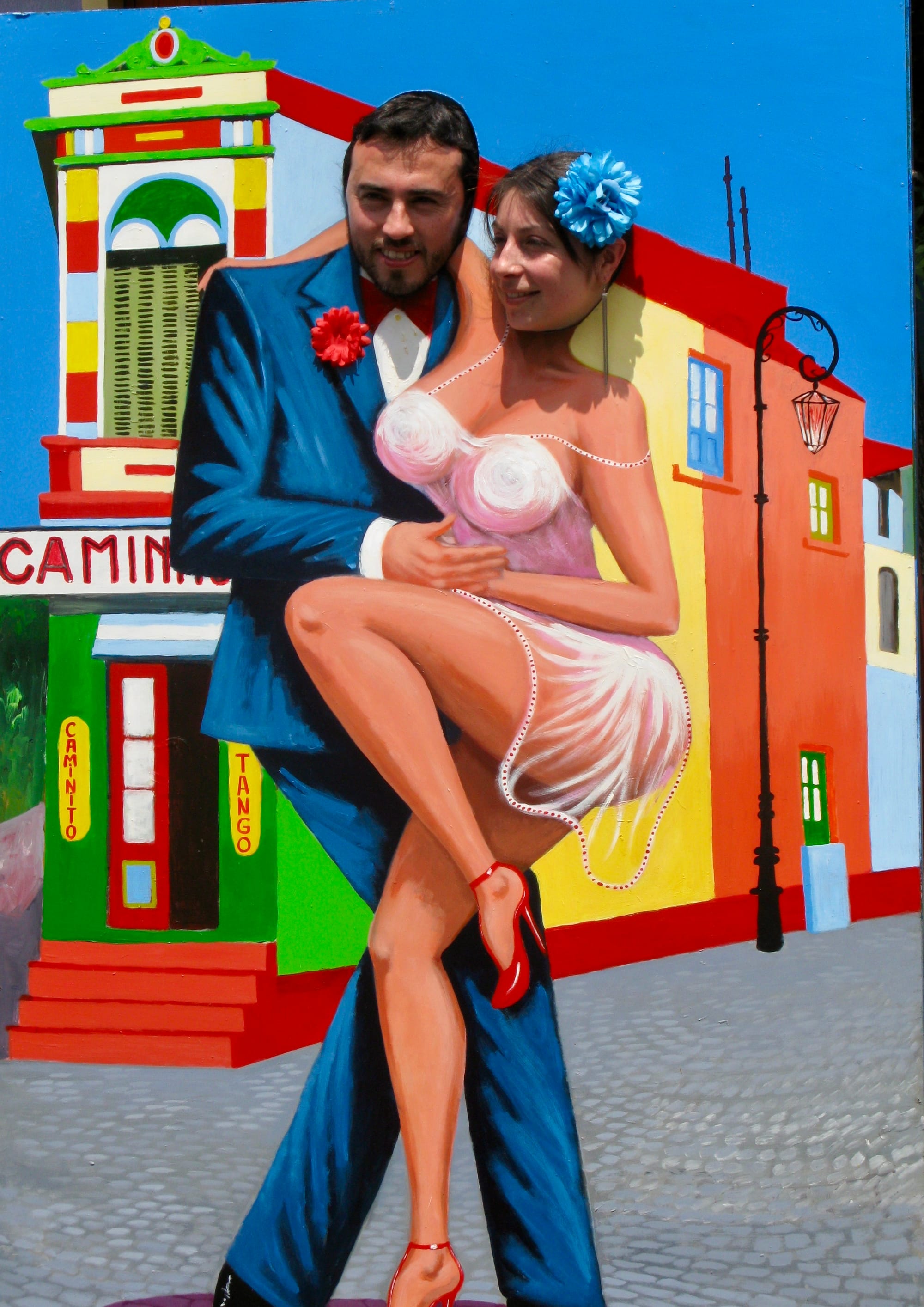
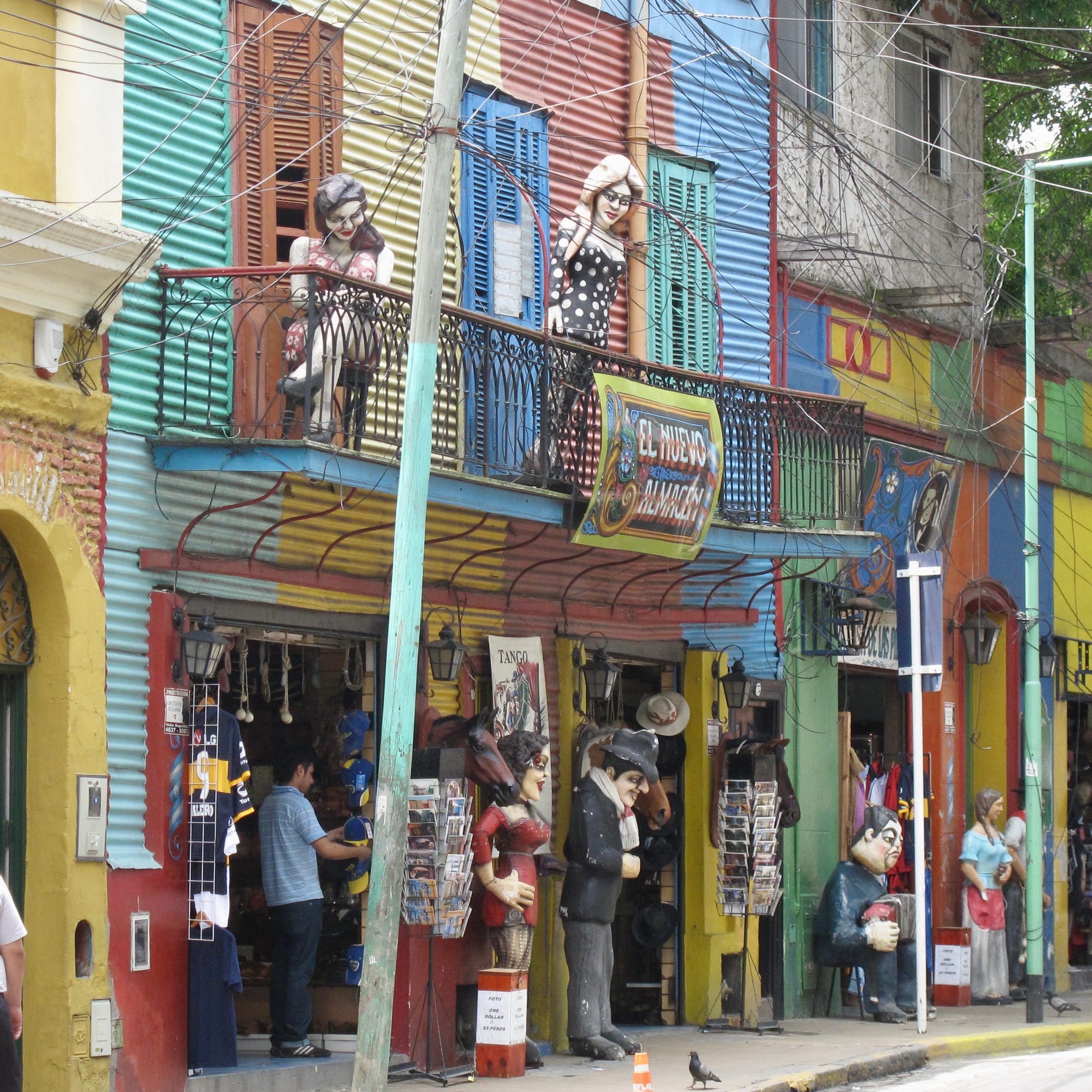
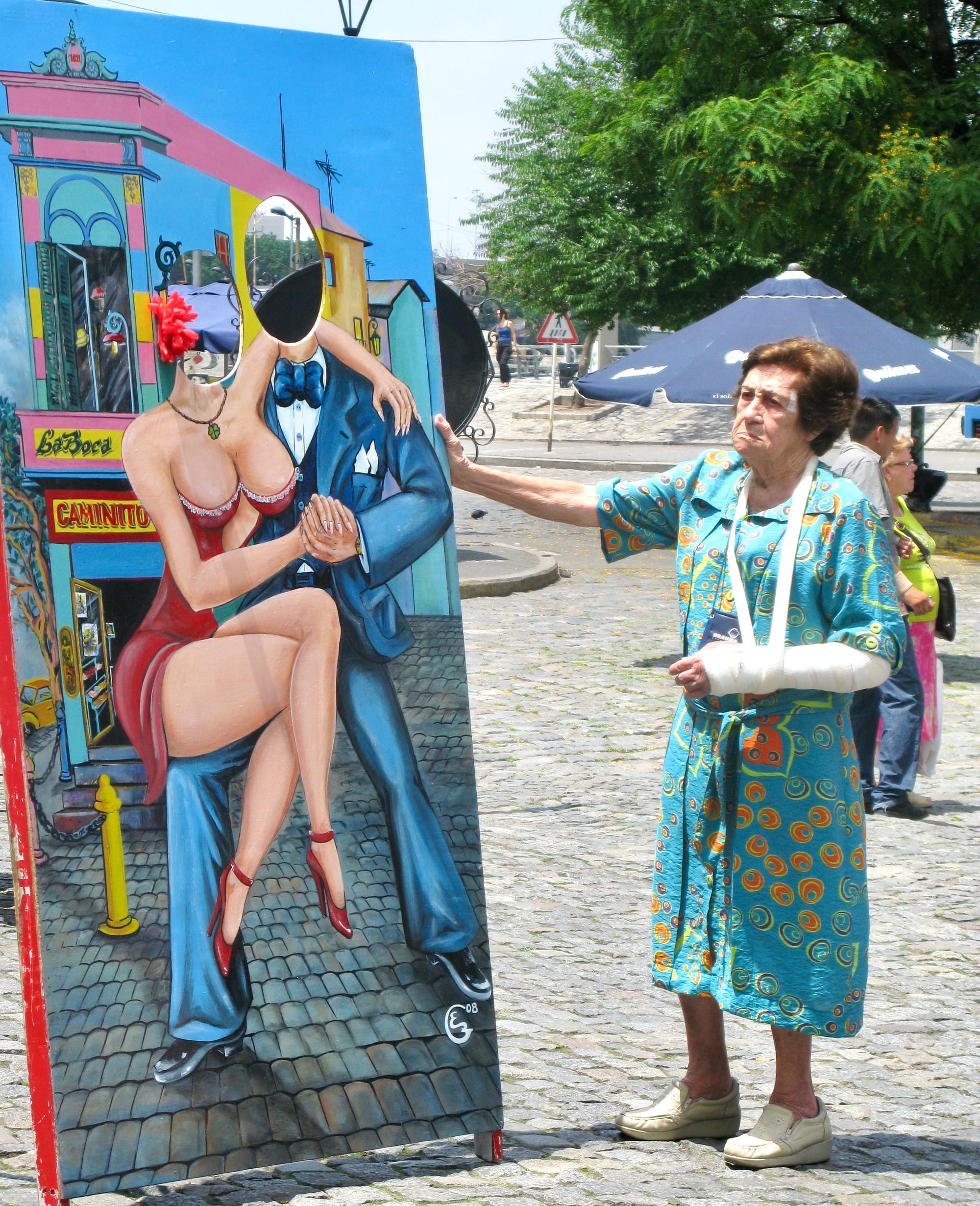
Palermo Neighborhood
One special neighborhood in Palermo has intersections that are intentionally designed to be "public squares." They're a great example of how a traditionally car-centric place like an intersection can also be a people place with the right design. Cars and people can coexist if they're respectful of each other's presence.
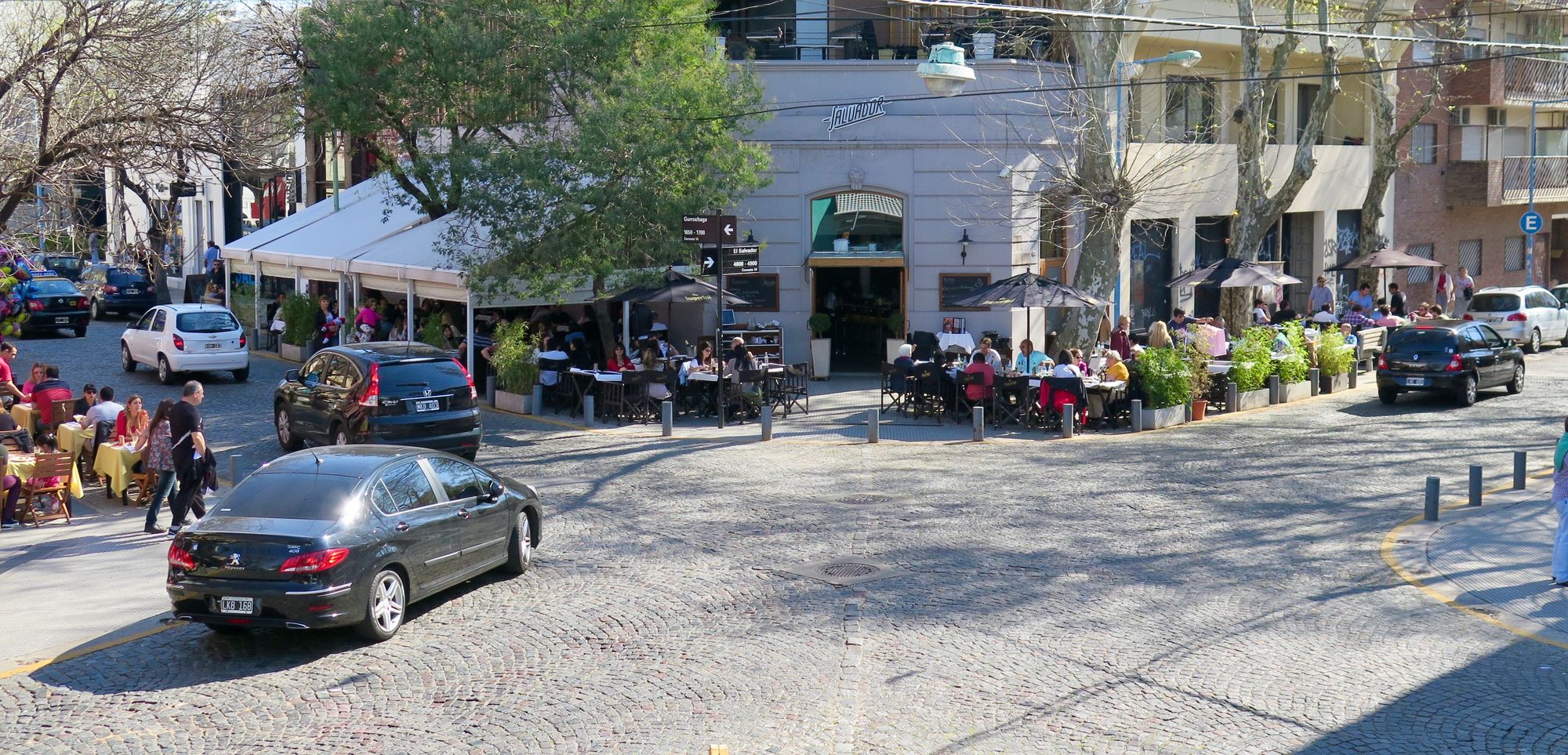
The corners here are at the same level as the sidewalks, which creates a more seamless transition between pedestrian and street areas, leading to a "shared street" experience. This intersection design encourages slower driving, creating a calmer area that is perfect for impromptu socializing which helps sidewalk cafés to flourish. The bollards add an extra element of security, making people feel comfortable being out and about.
Entrances to corner buildings are also canted, which adds to the town square feel by making the intersection feel less like a street junction and more like a circular plaza.
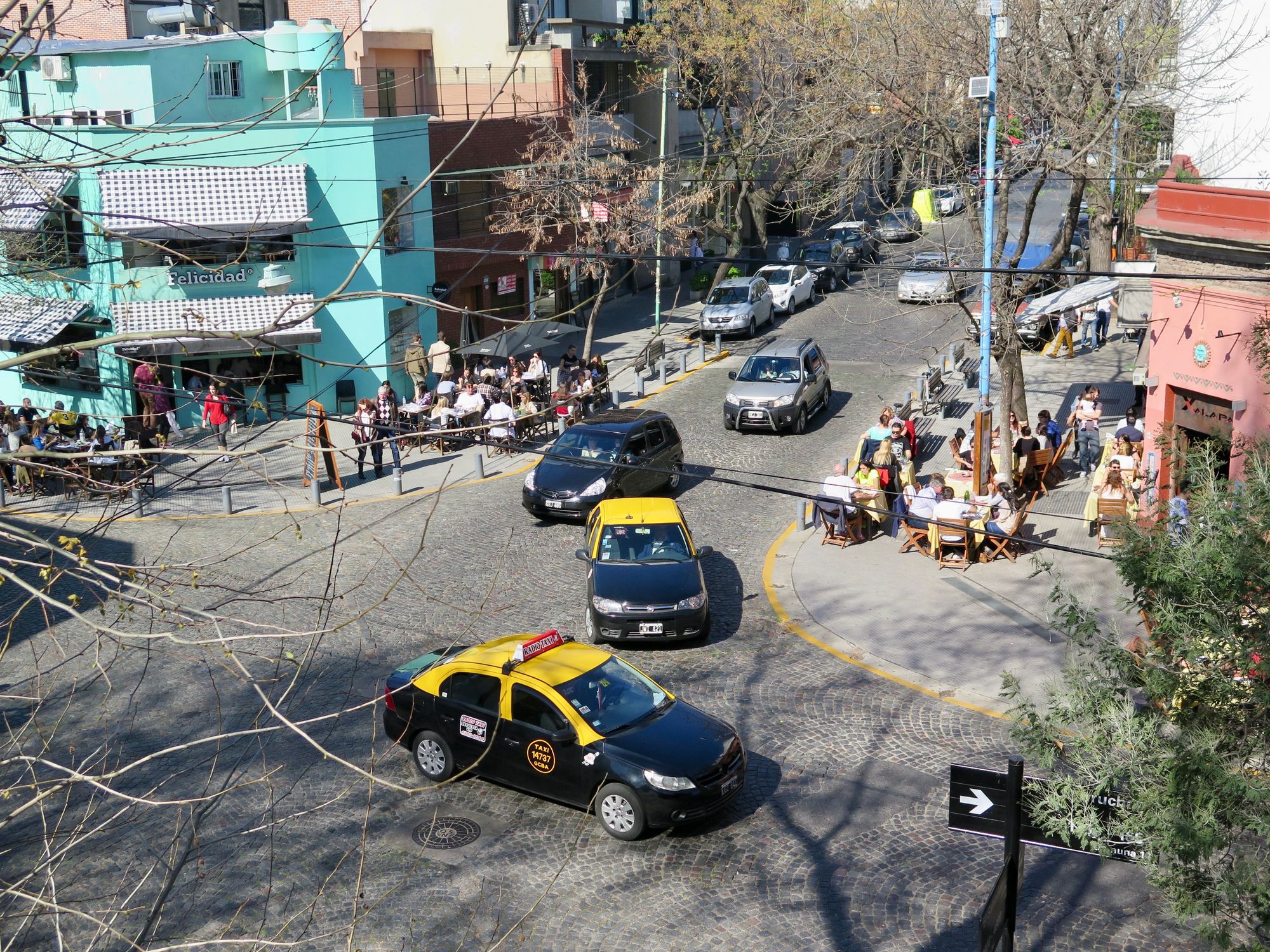
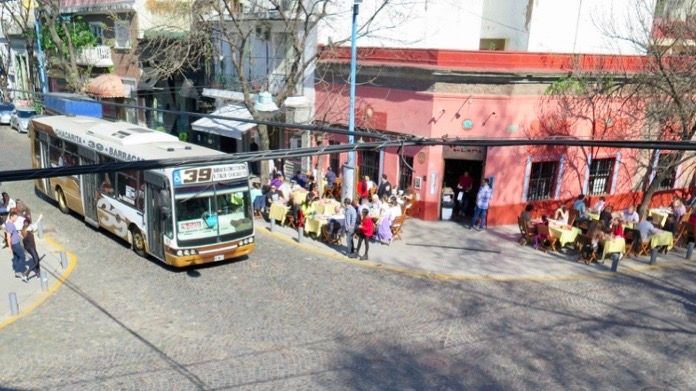
As a result of these choices, street corners in this neighborhood foster a lively social scene. This corner, in particular, is one of the best. It's bursting with color and the sounds of friendly chatter, glasses clinking, and laughter.
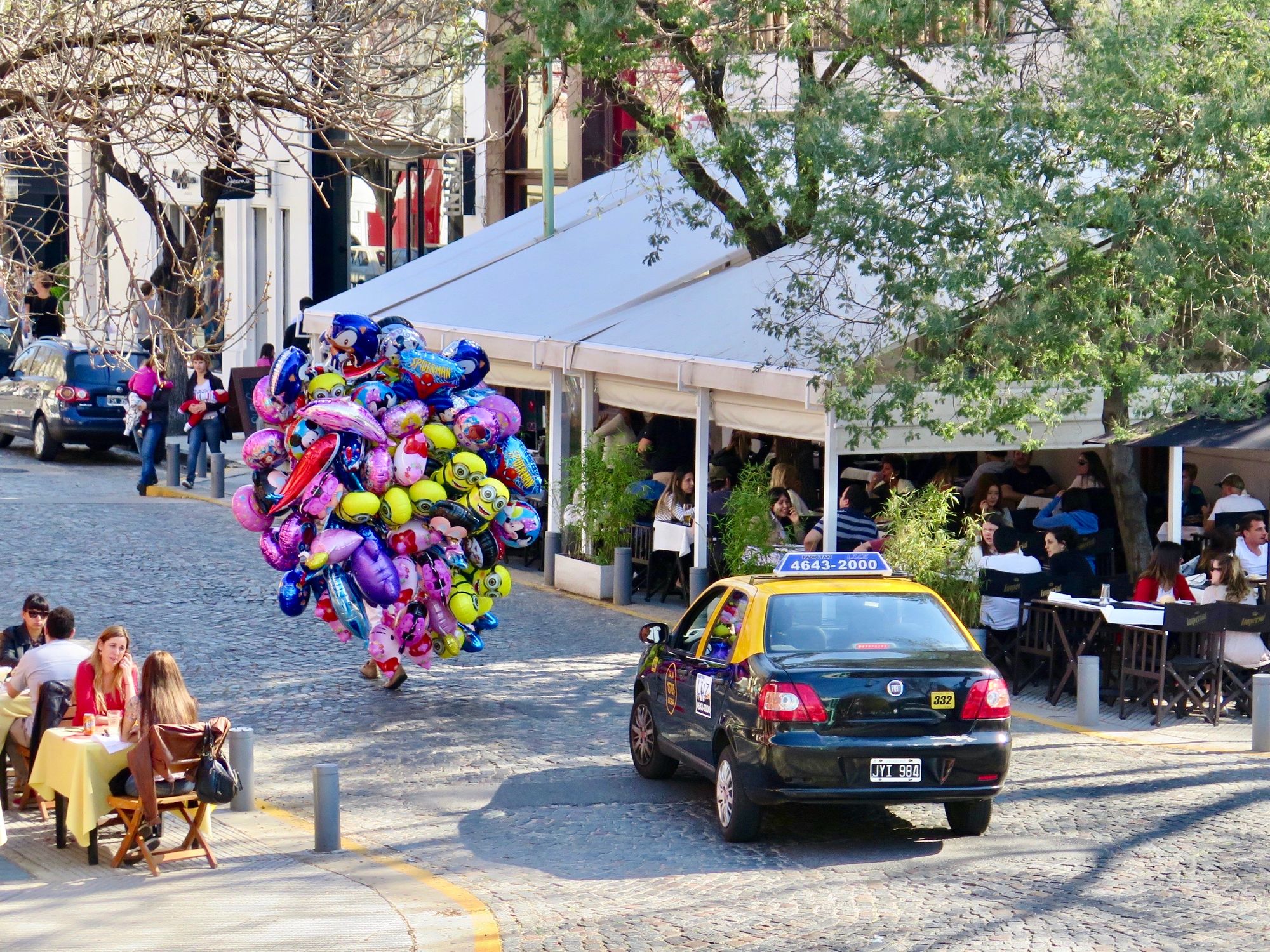
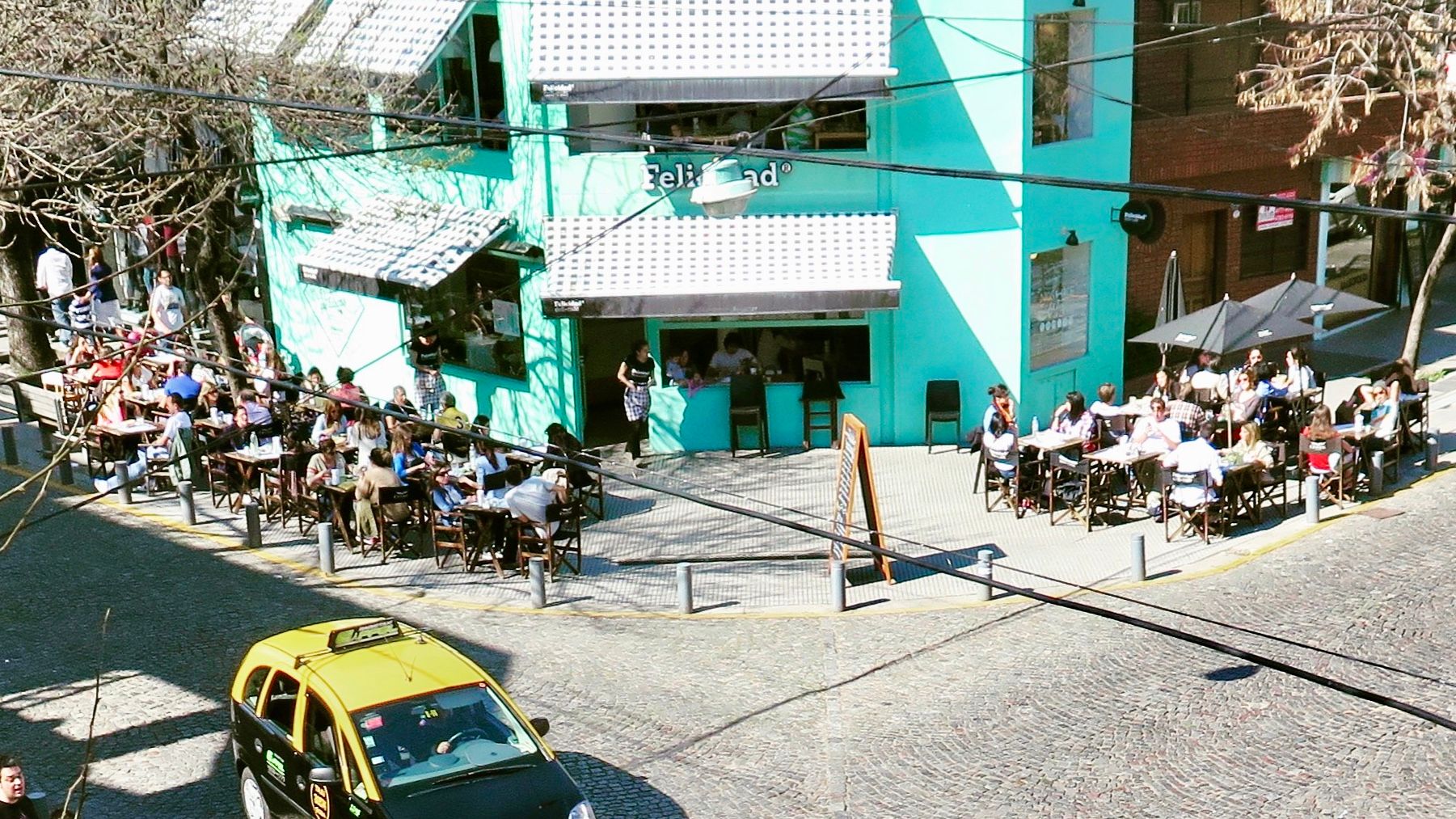
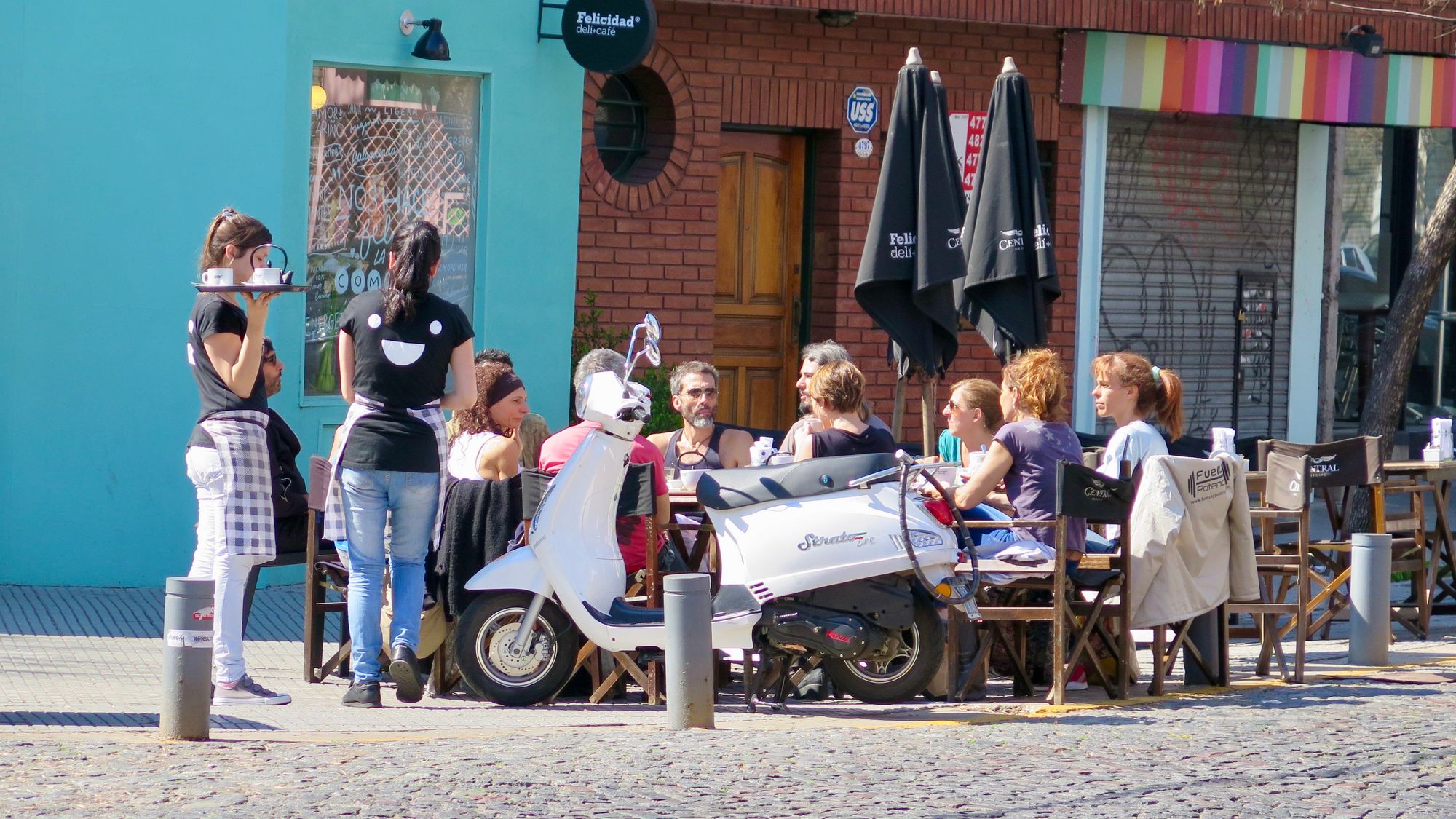
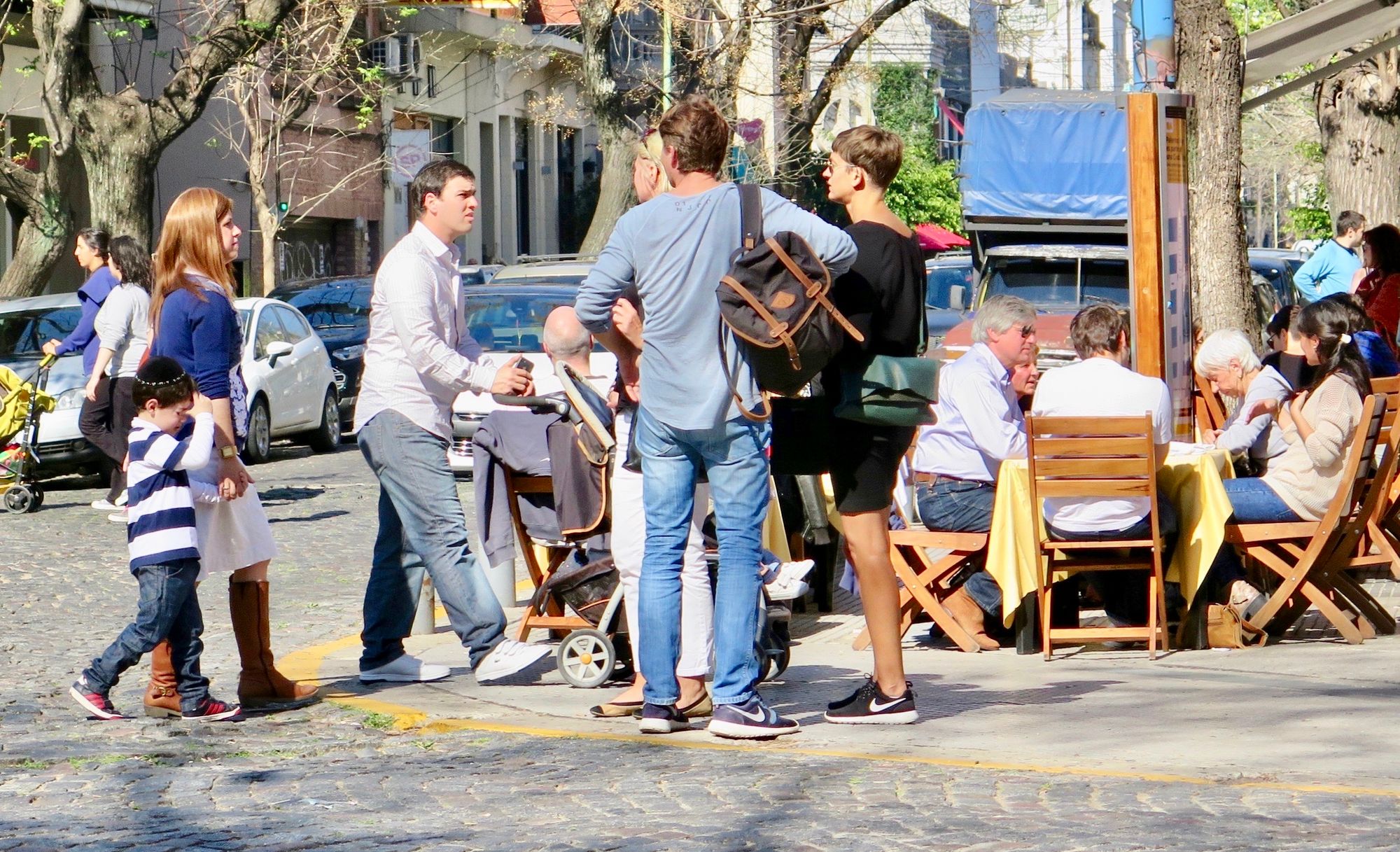
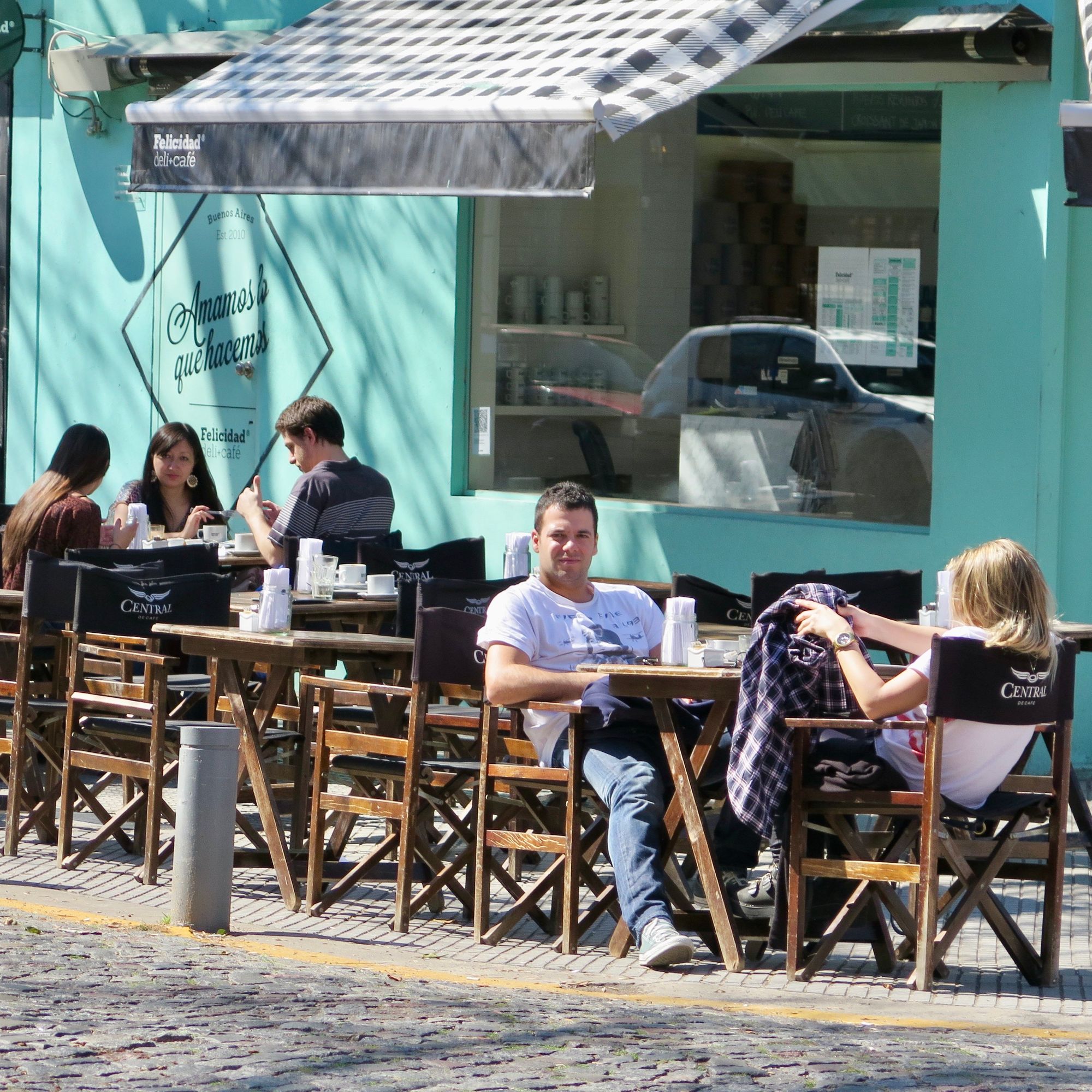
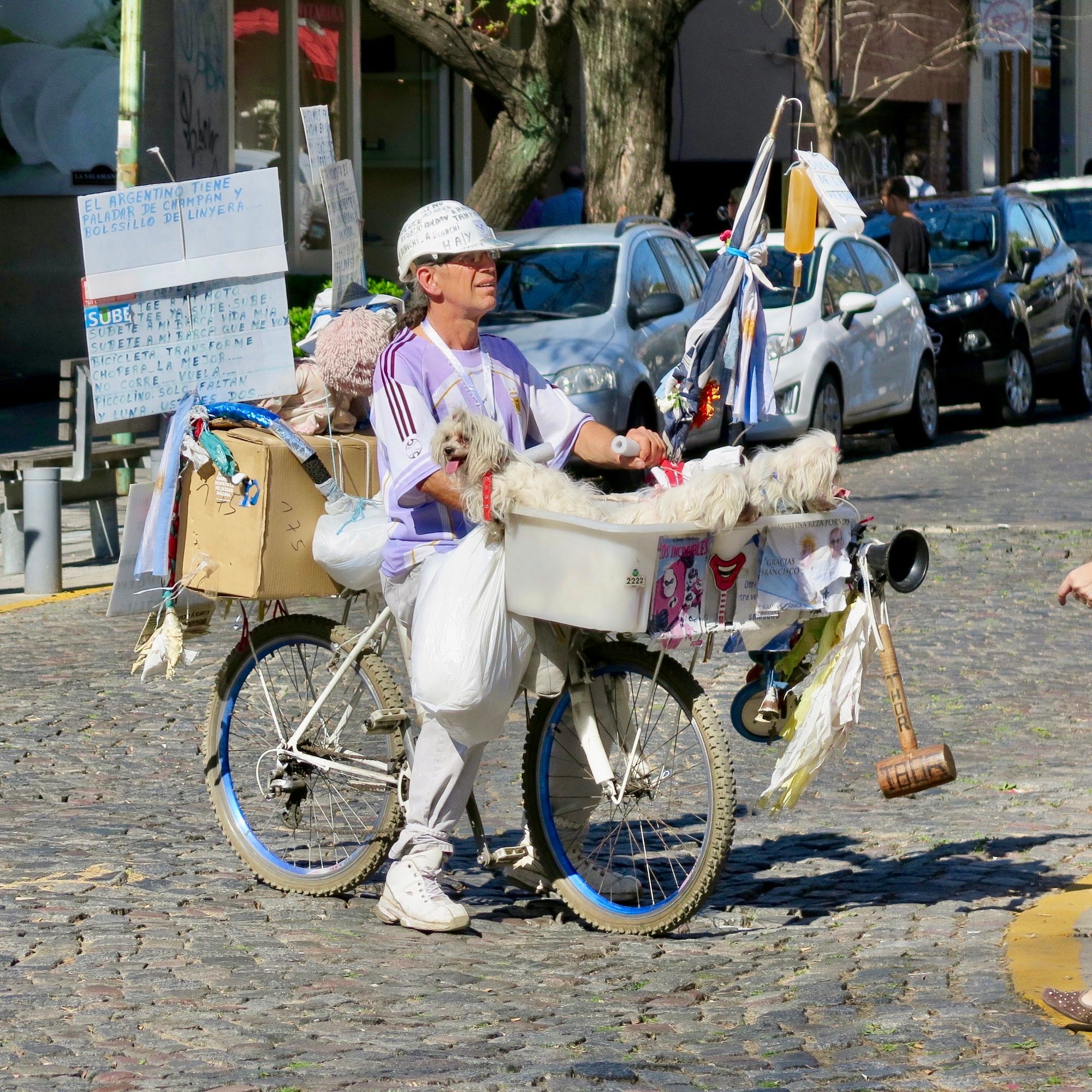
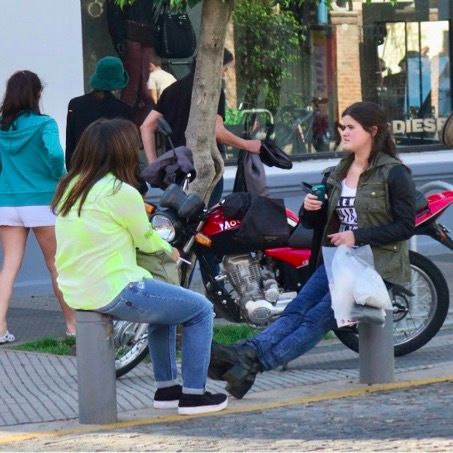
Double Level Corners – Restaurants and stores on both the ground floor and the second floor create a multi-layered experience. Like a tiered cake, they provide even more goodness to enjoy. They also draw more people in because the second floor activities can be seen from further away.
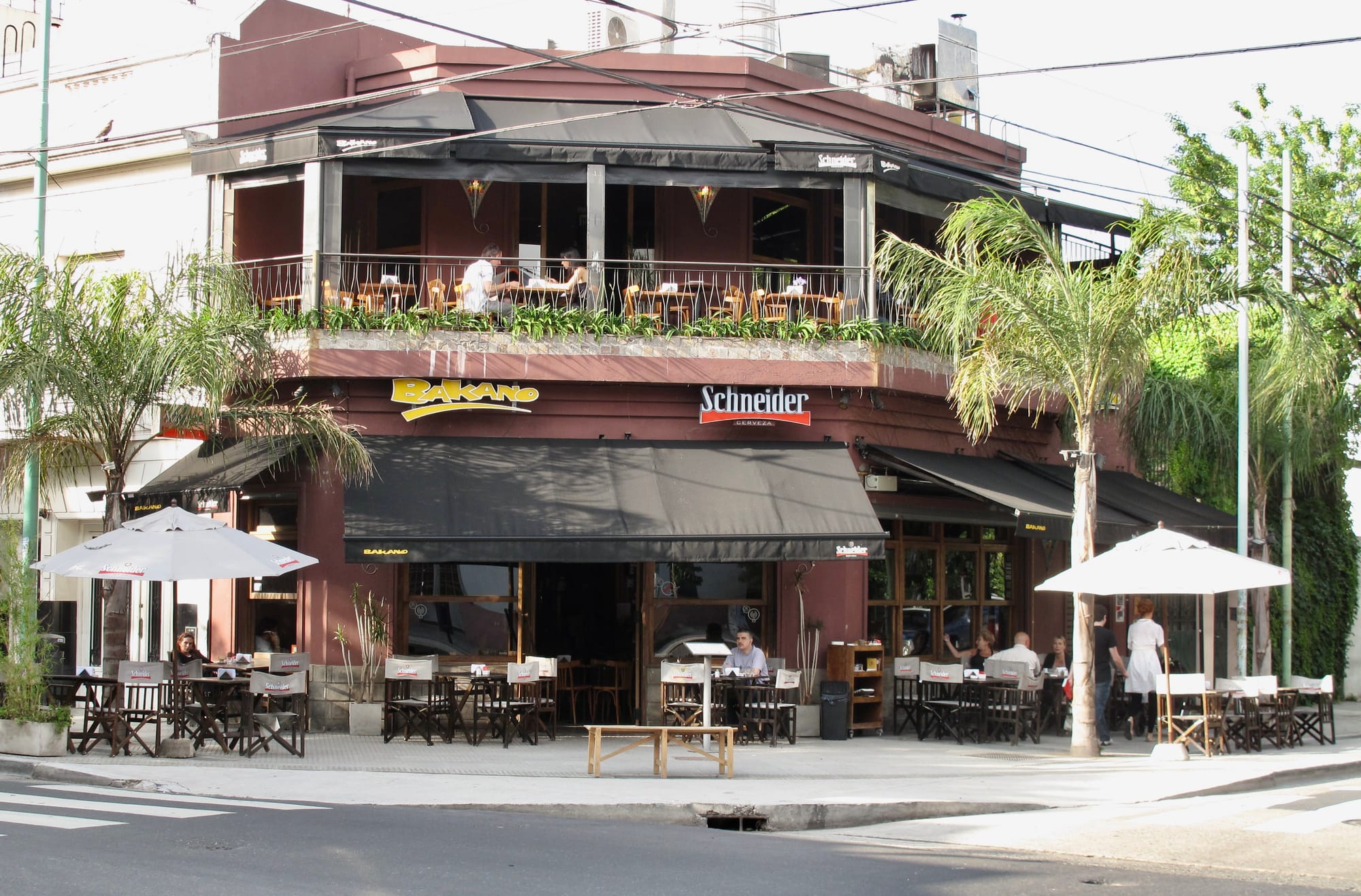
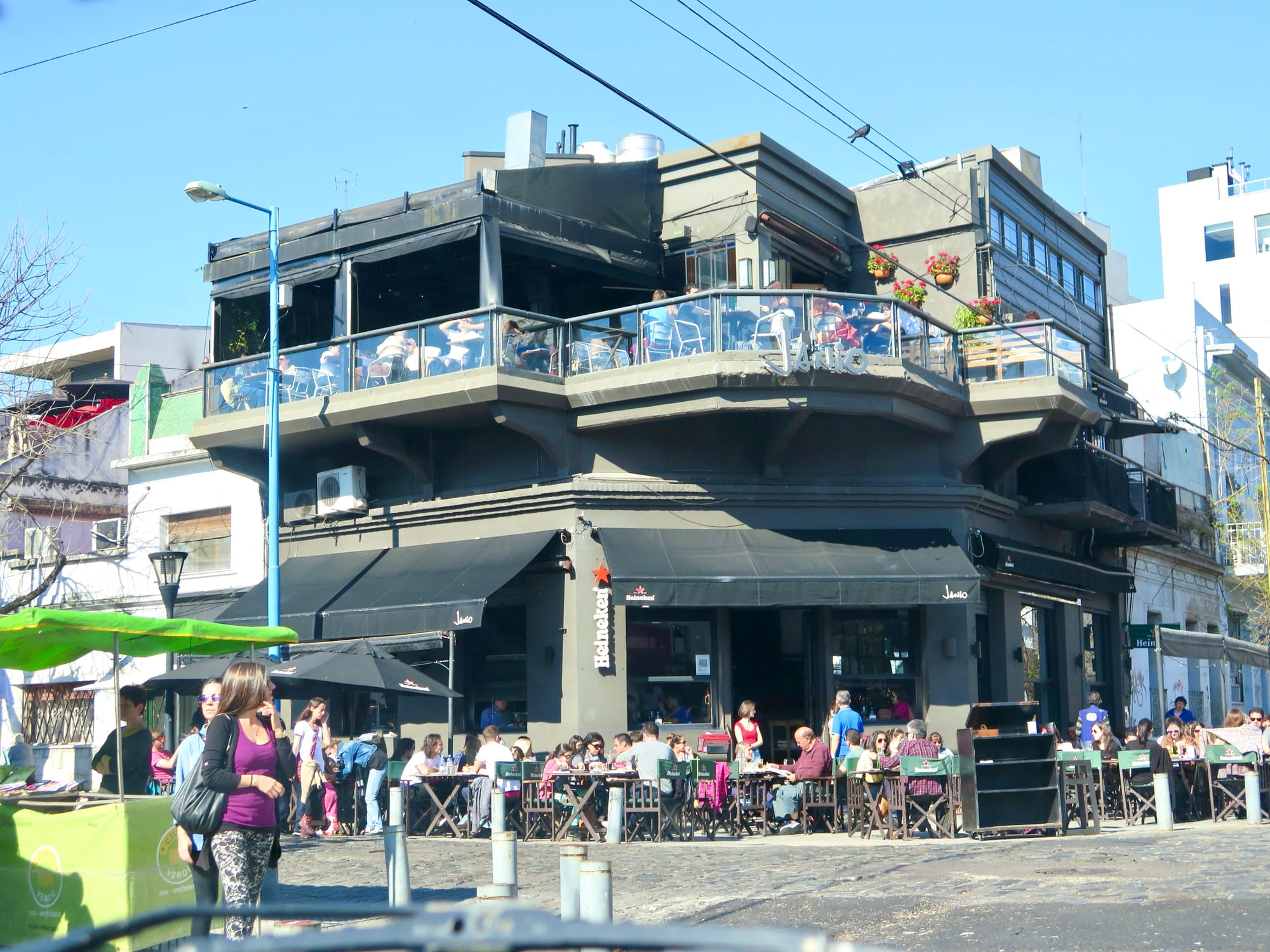
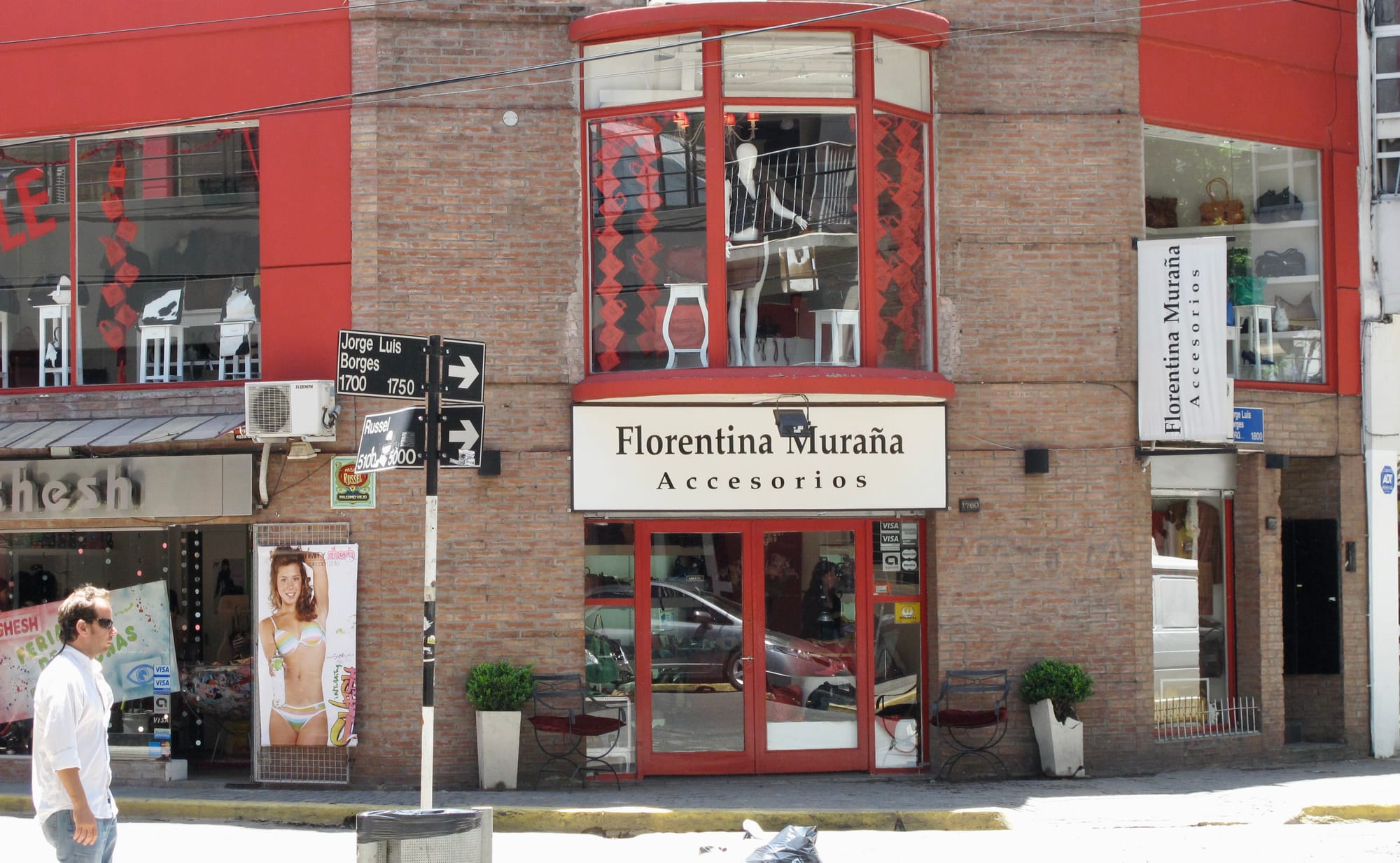
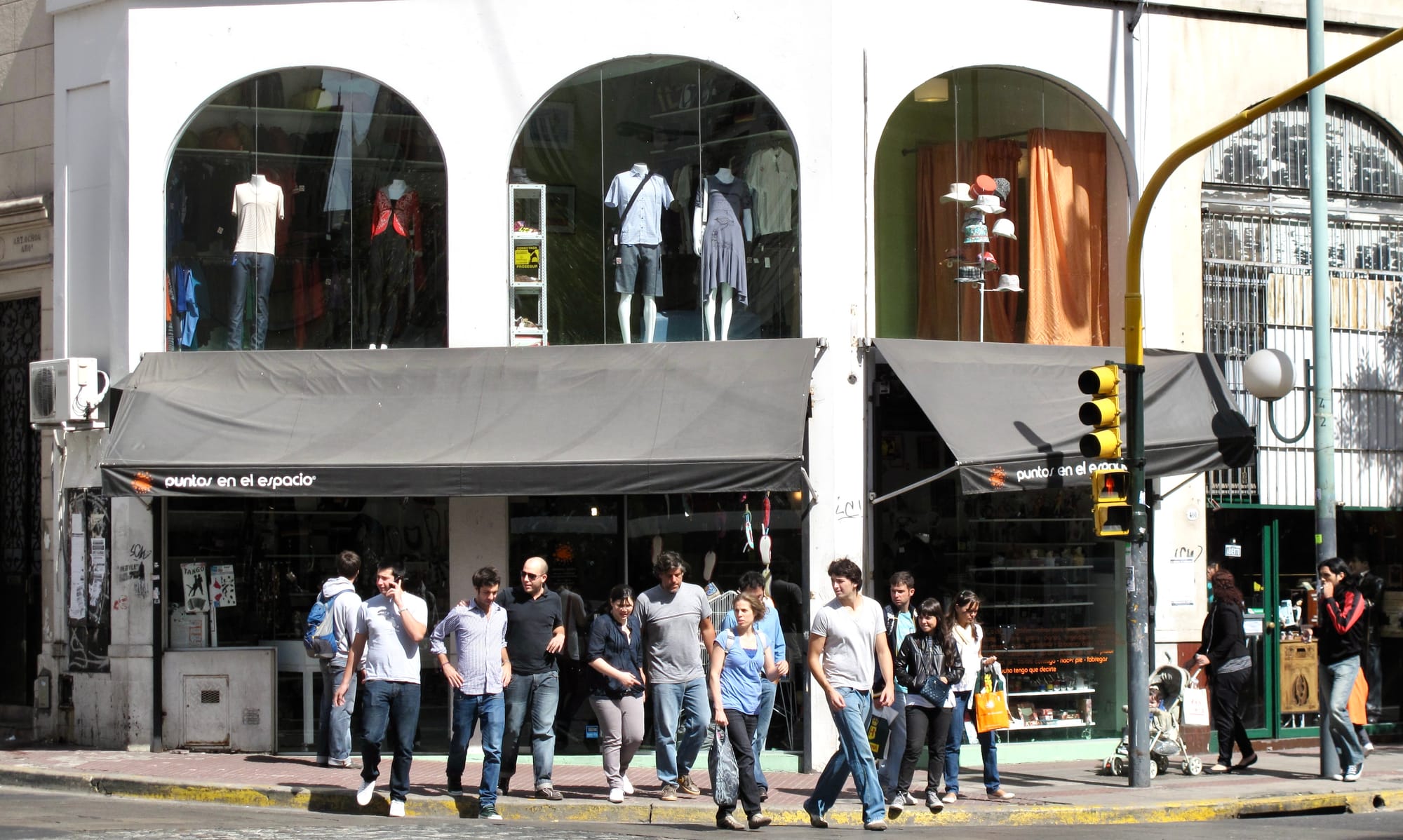
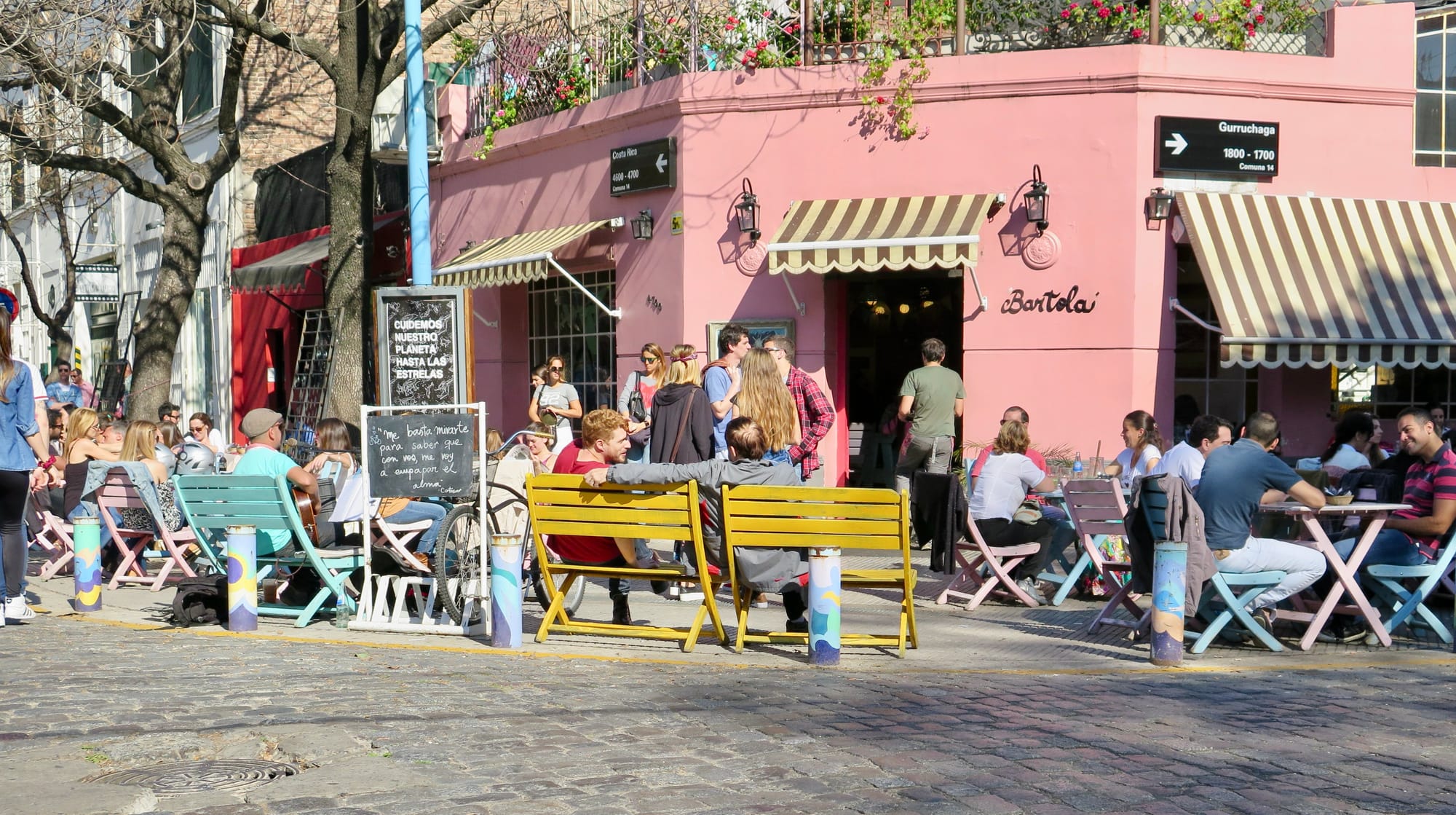
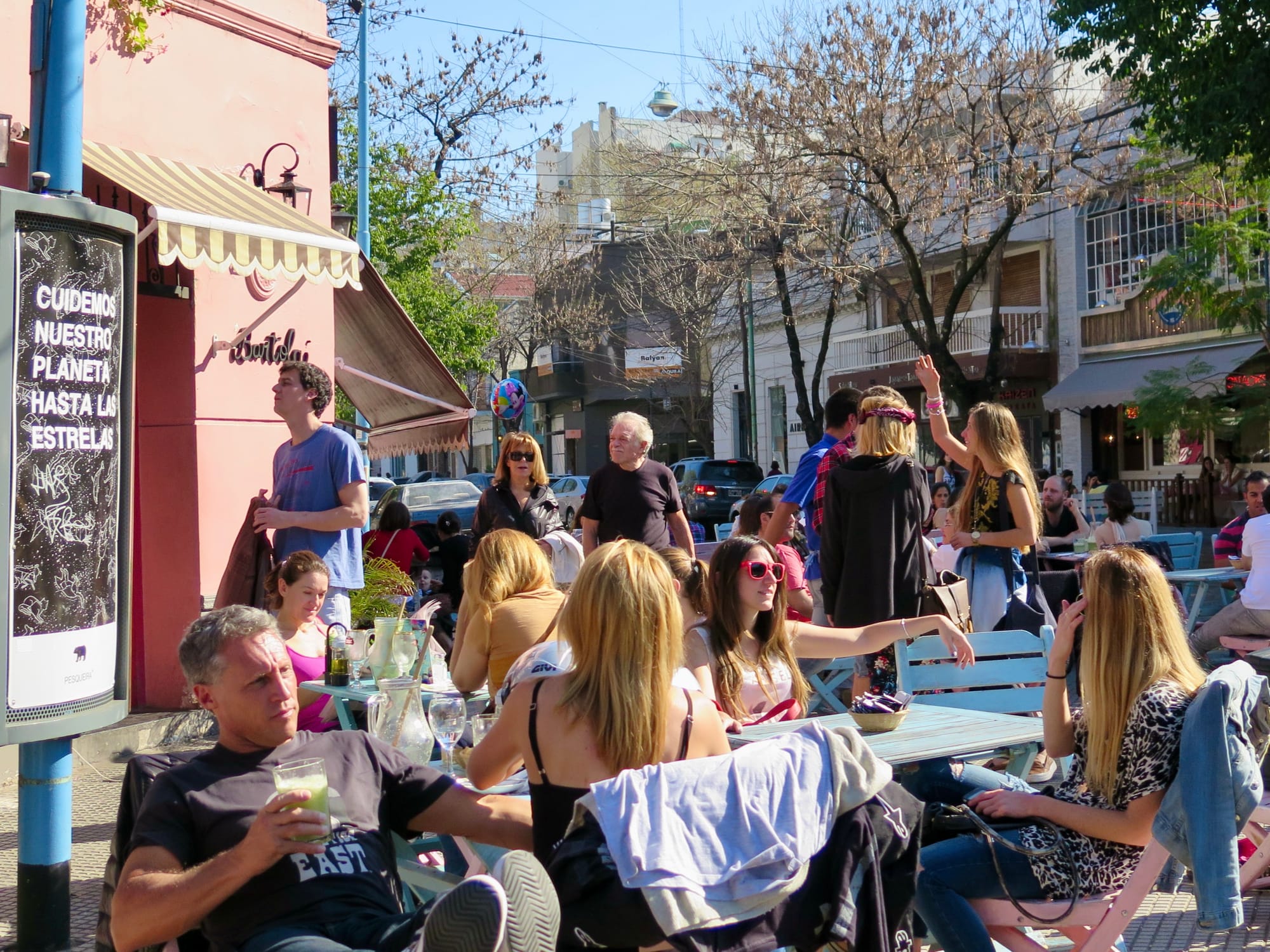
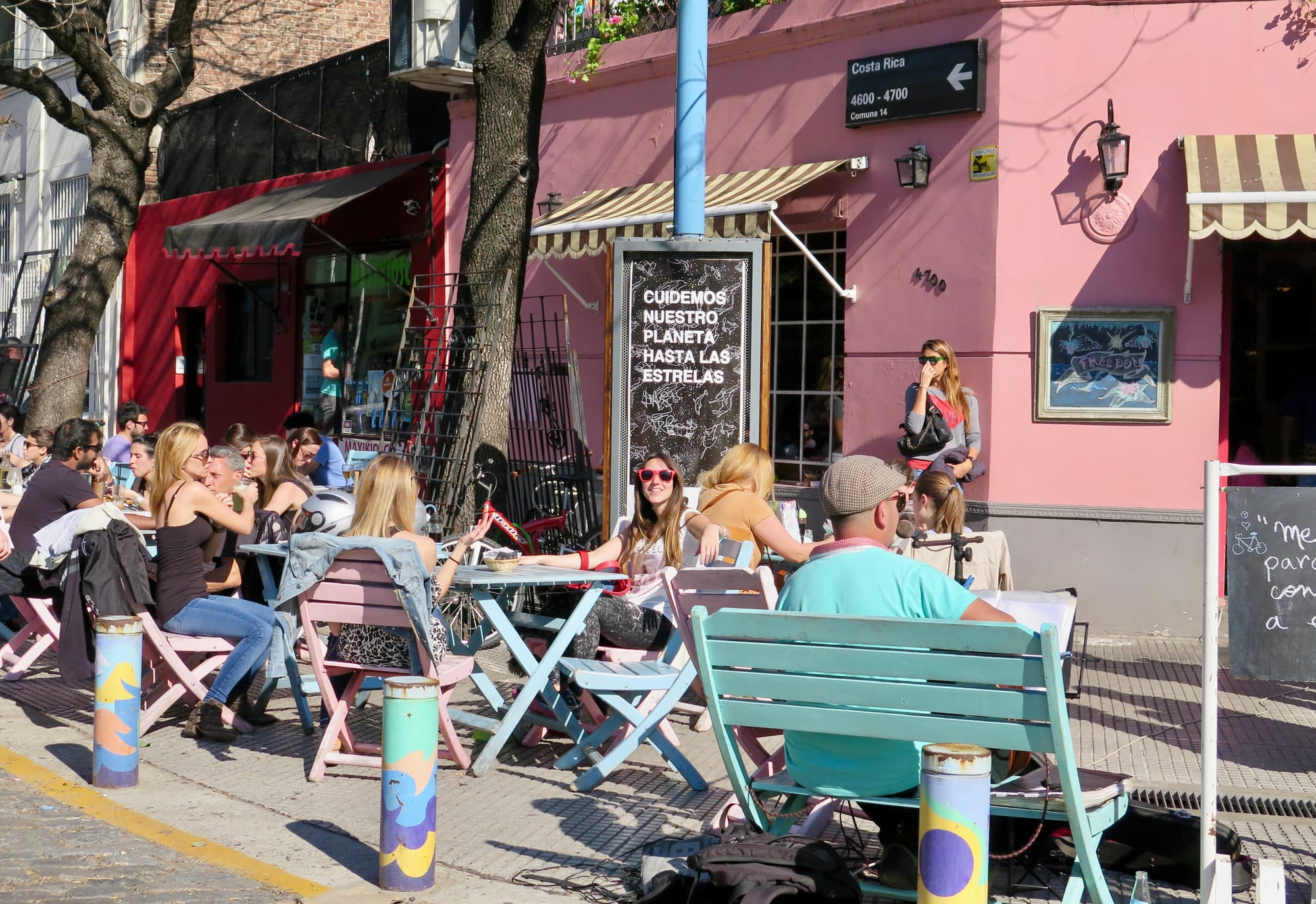
Expanding Corners Intentionally
Buenos Aires is hard at work reshaping intersections to provide the gathering places where they are most needed and can deliver the biggest impact.
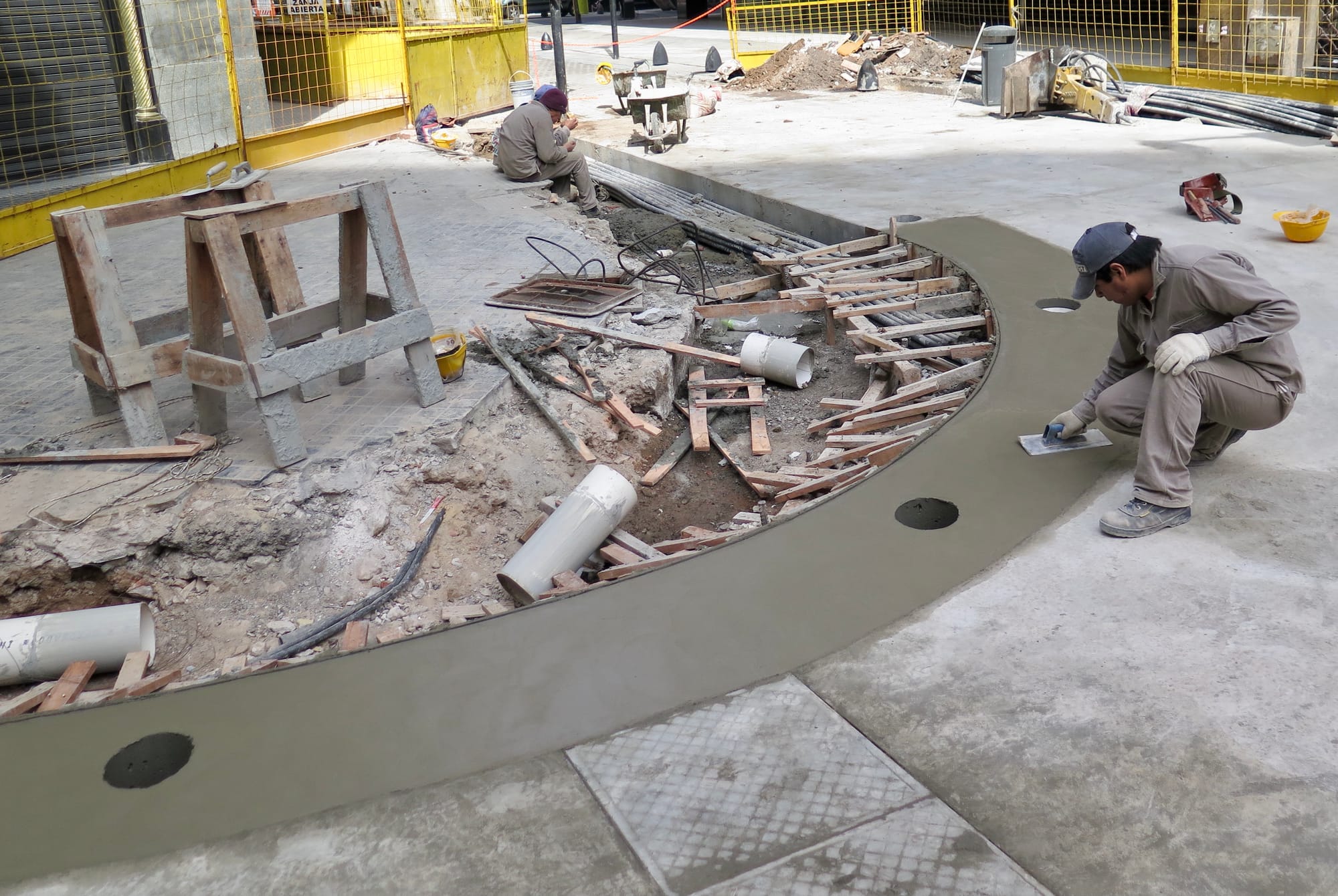
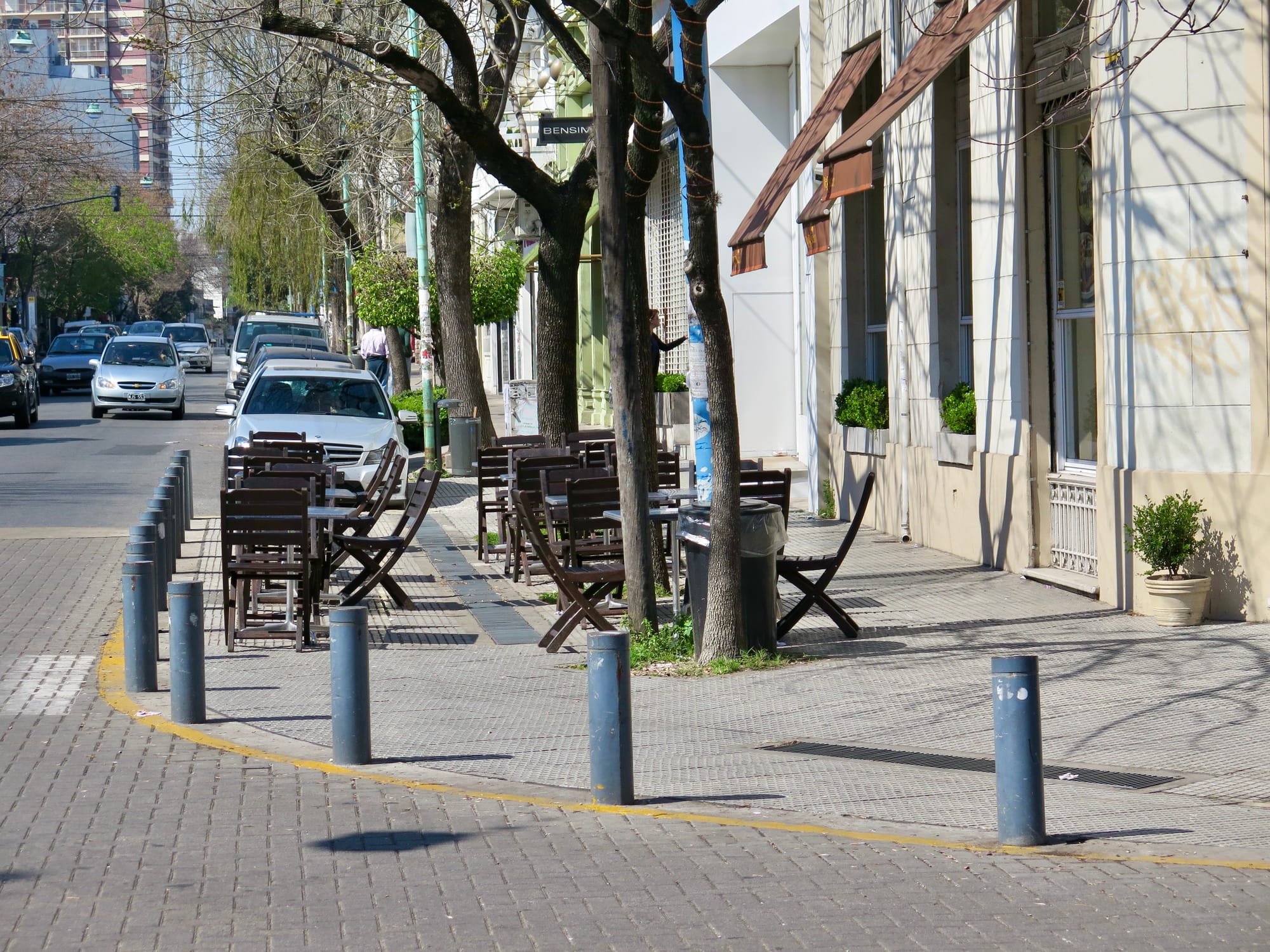
Extended Corners
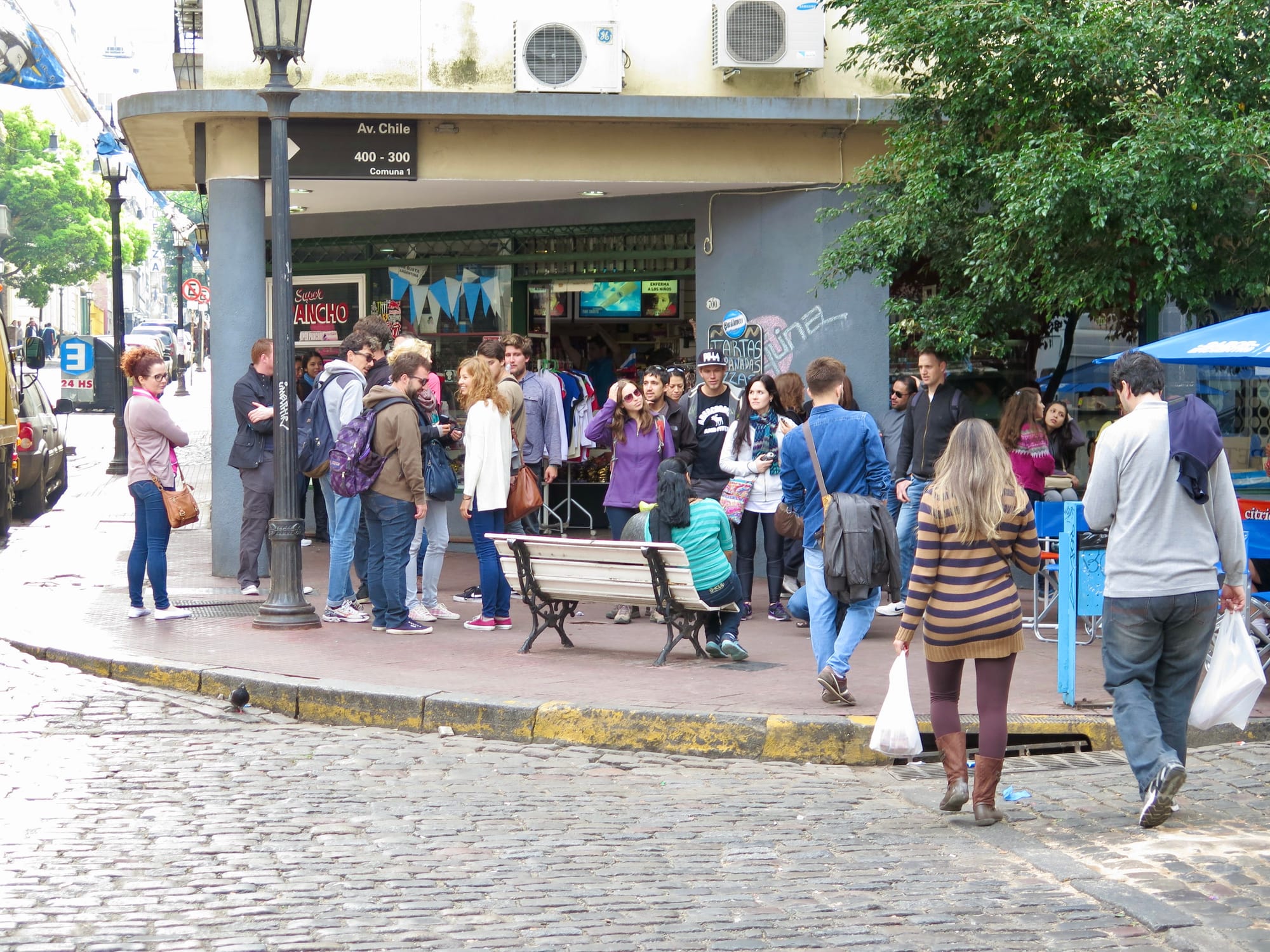
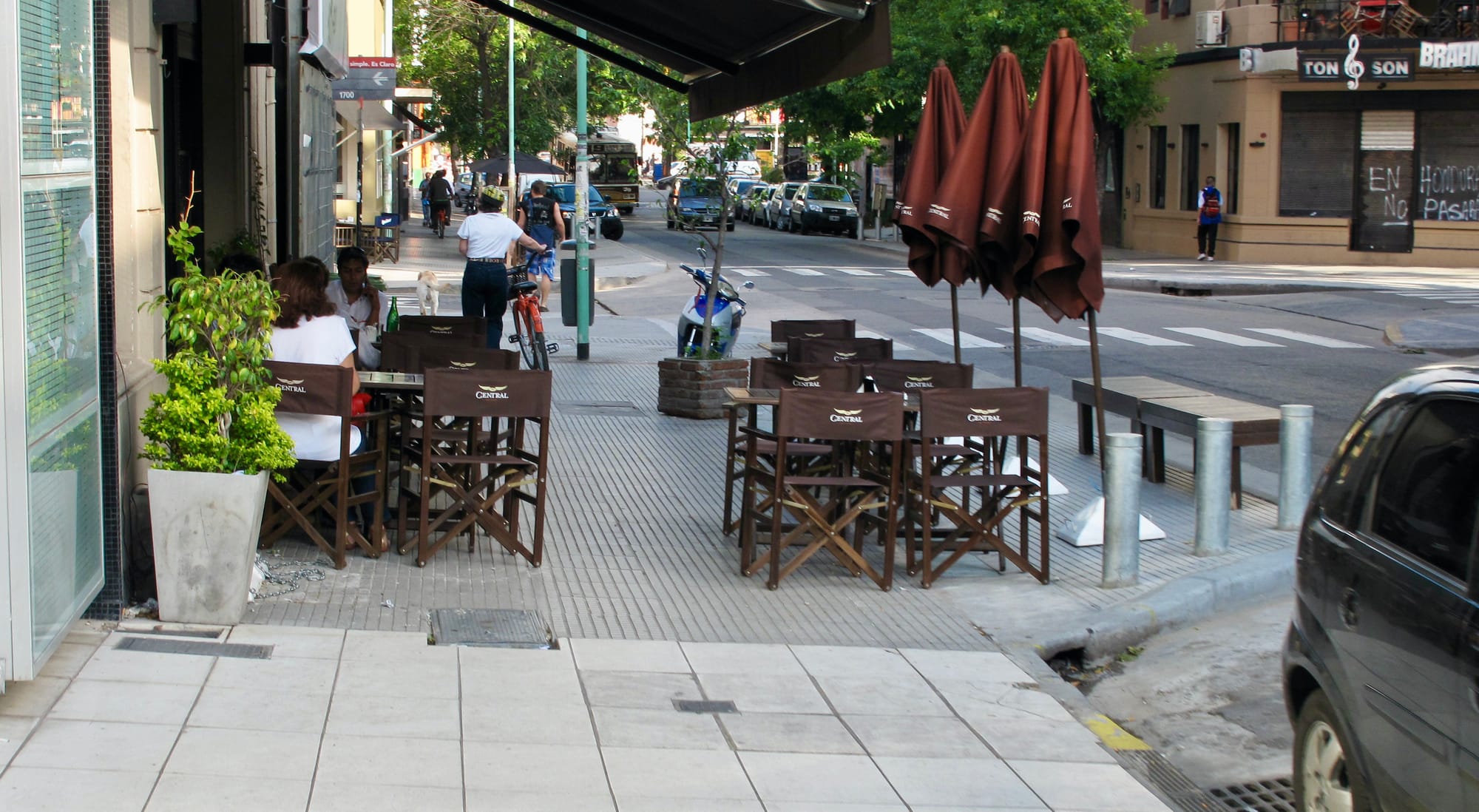
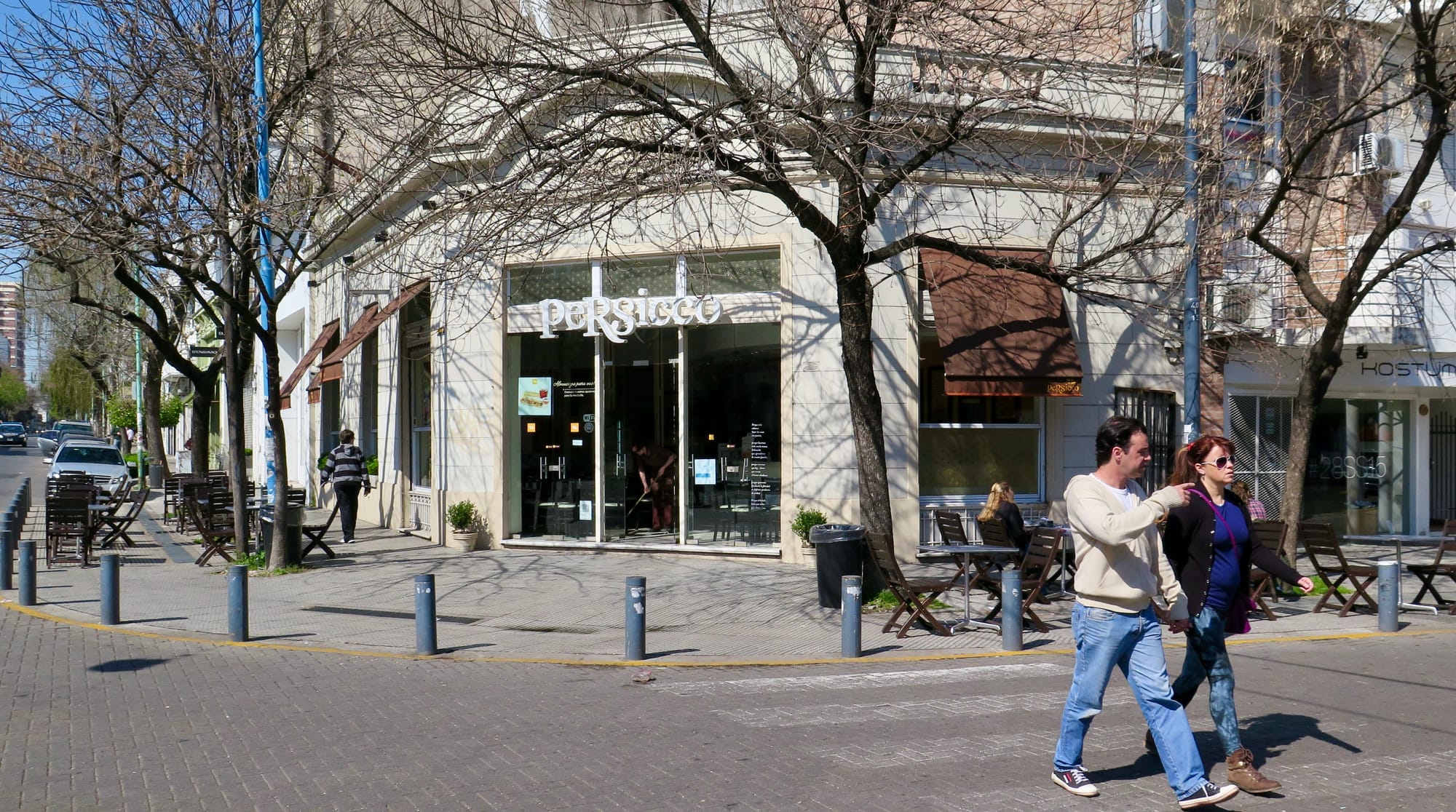
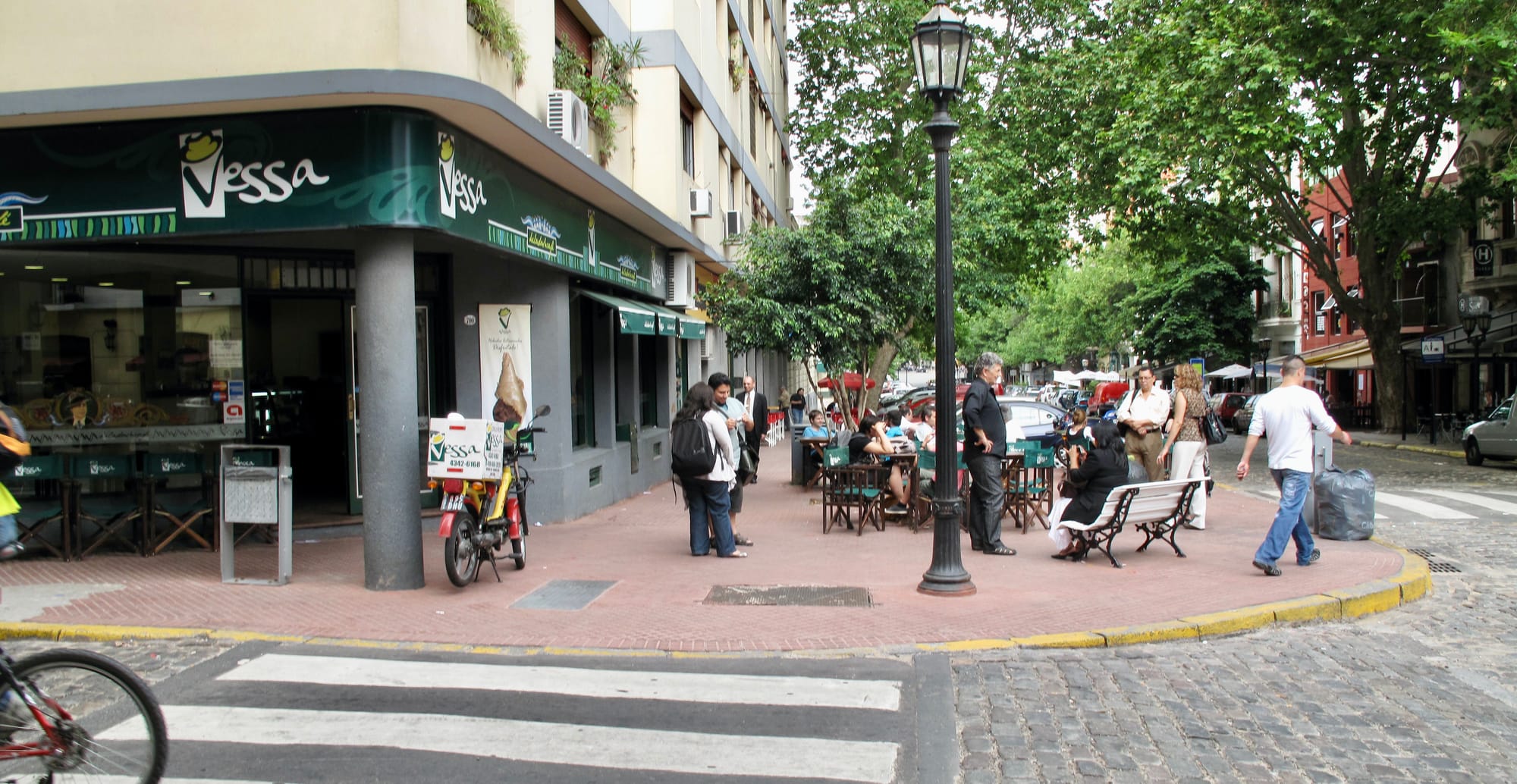
Simple corners - even without extending the curb, plenty of seating and amenities can be fit onto a modest corner. It might be a tight squeeze, but lots of great things come in small packages.
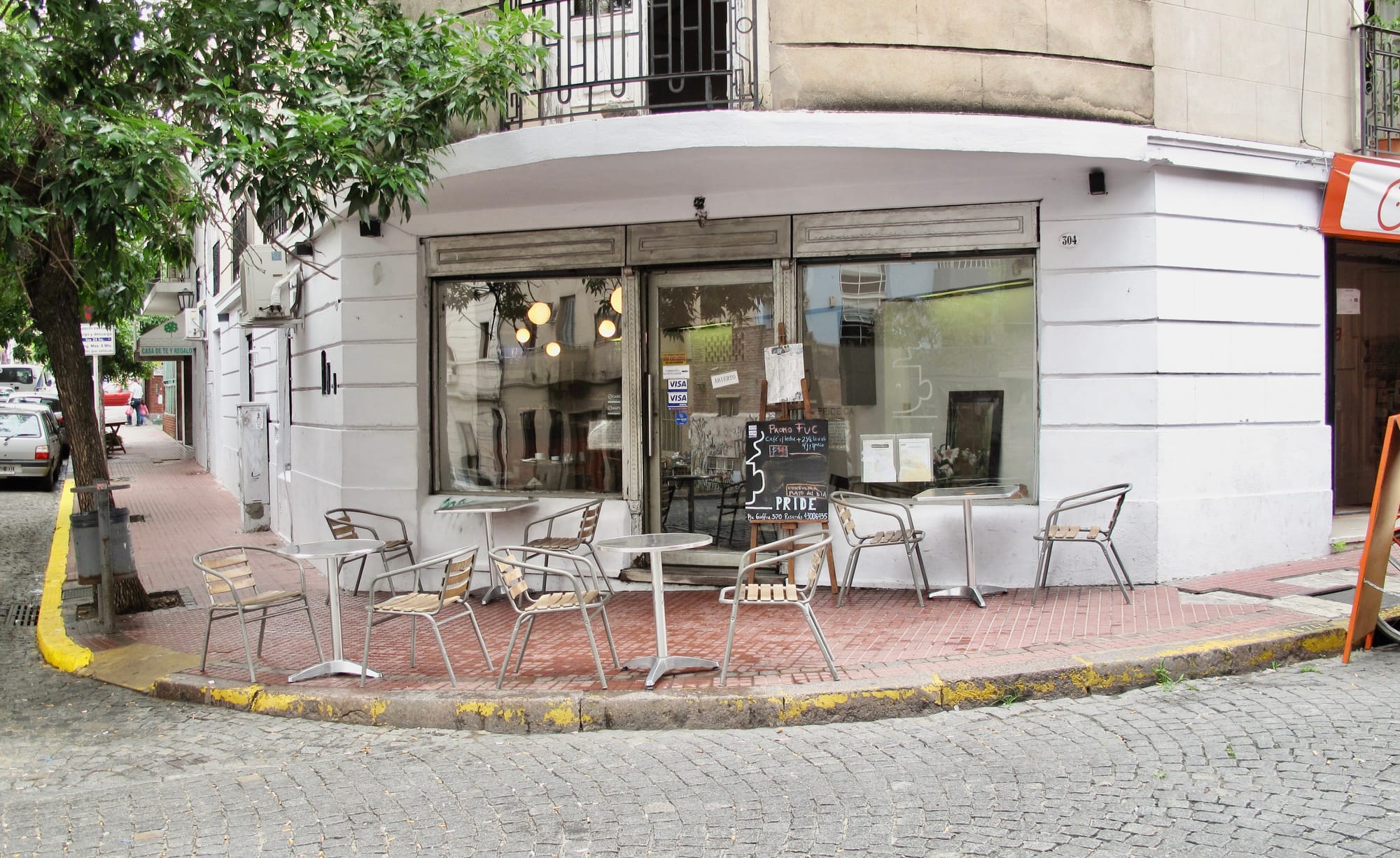
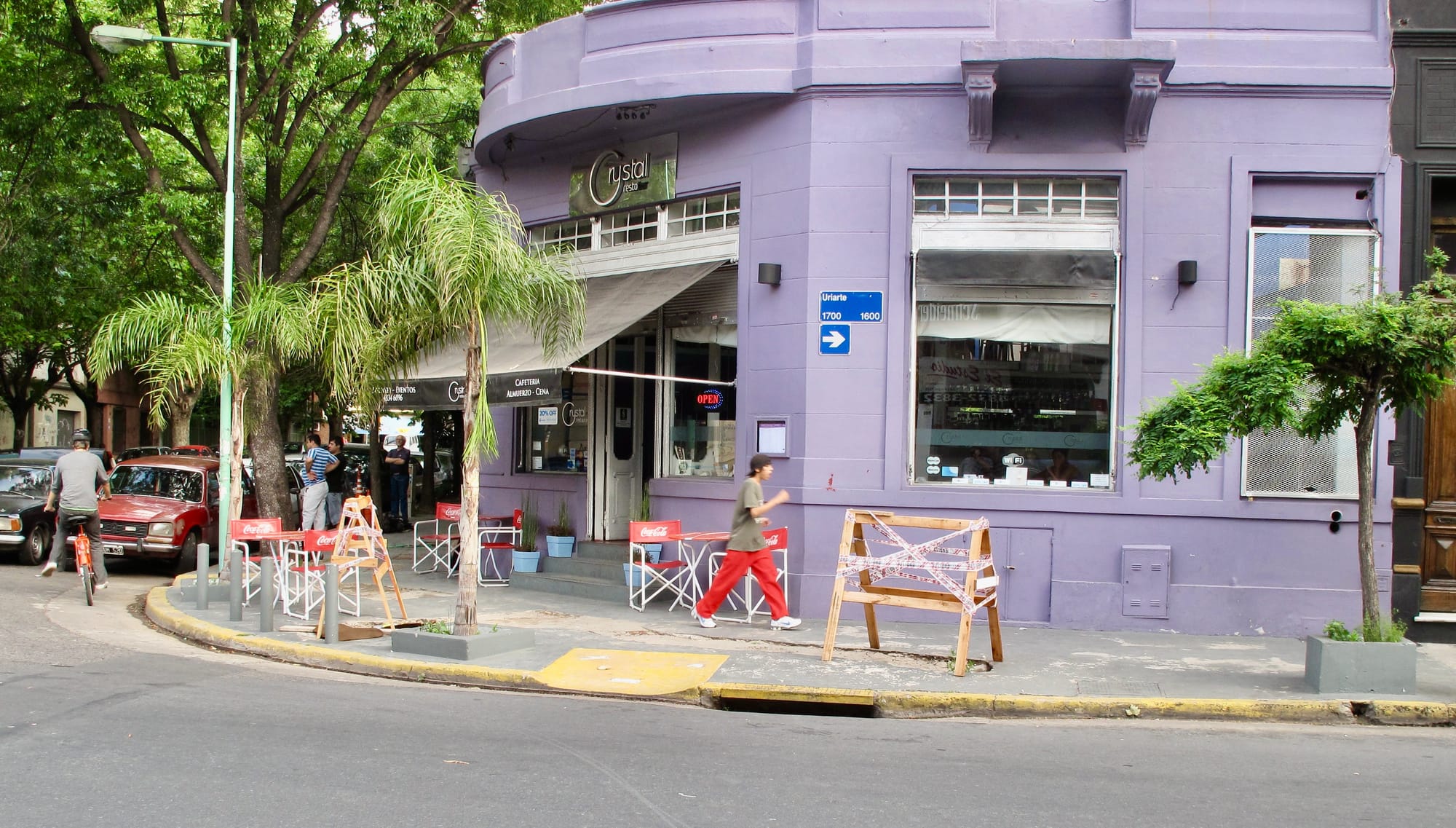
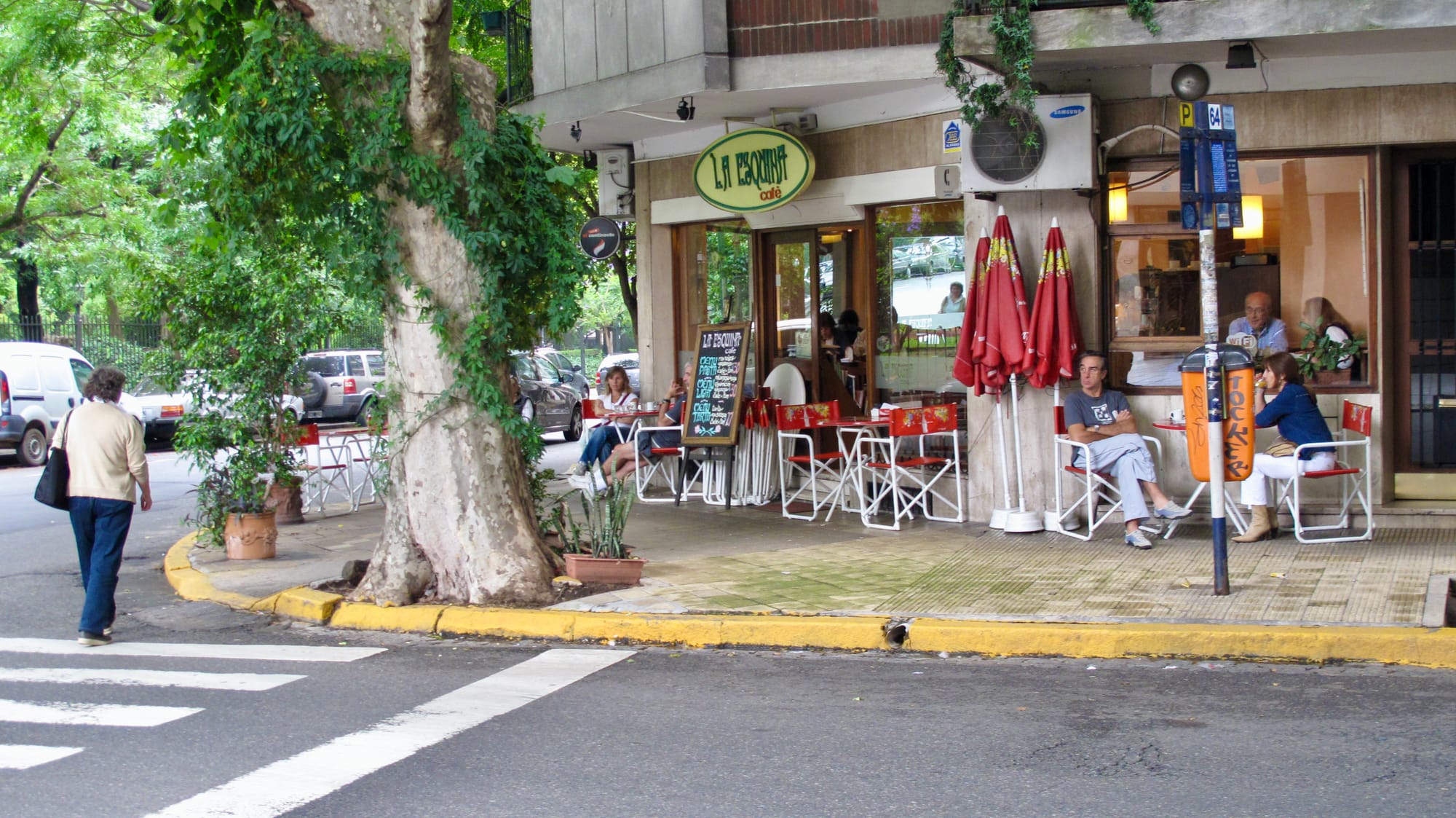
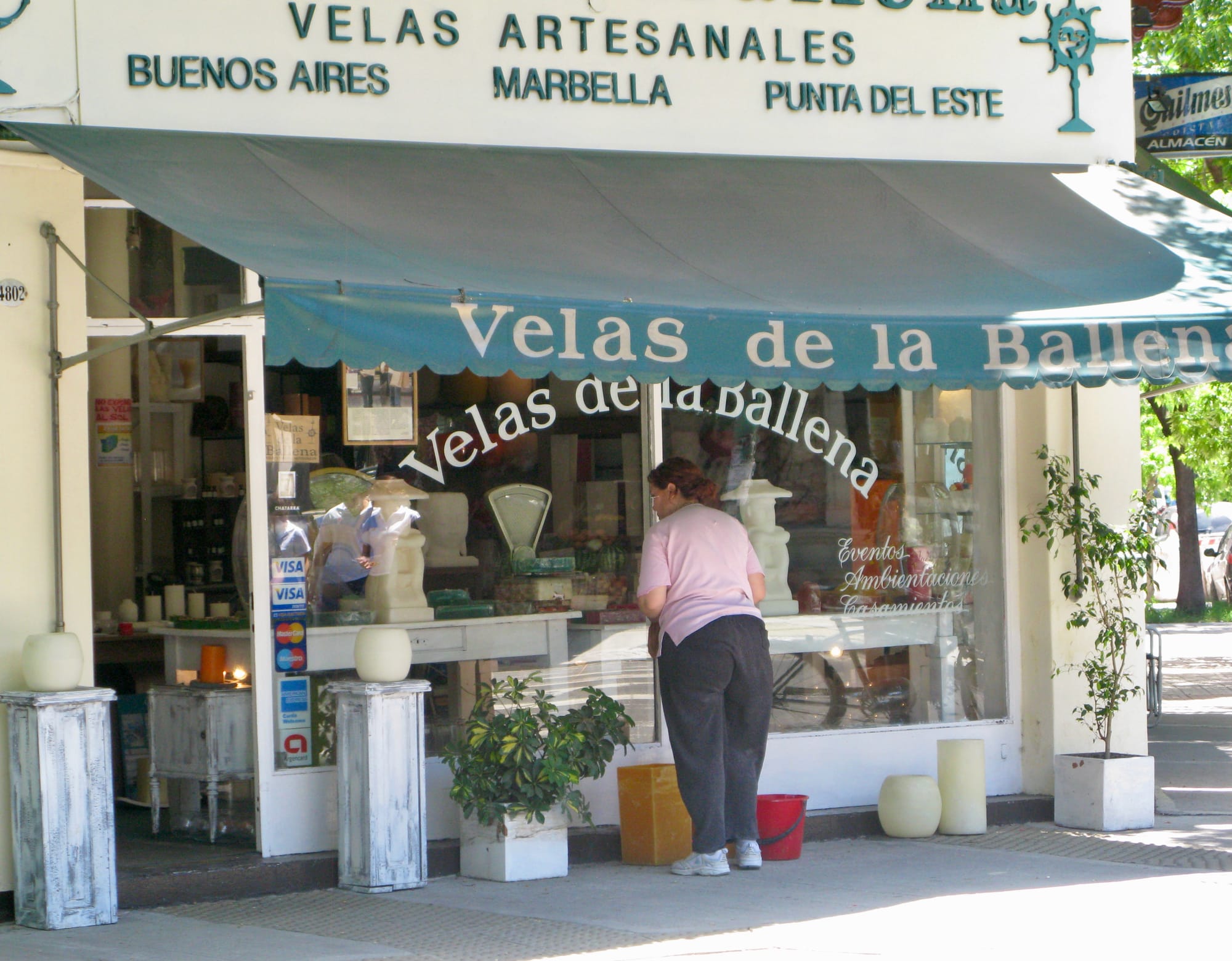
More informal corners with spots like corner stores and street vending create natural hangouts.
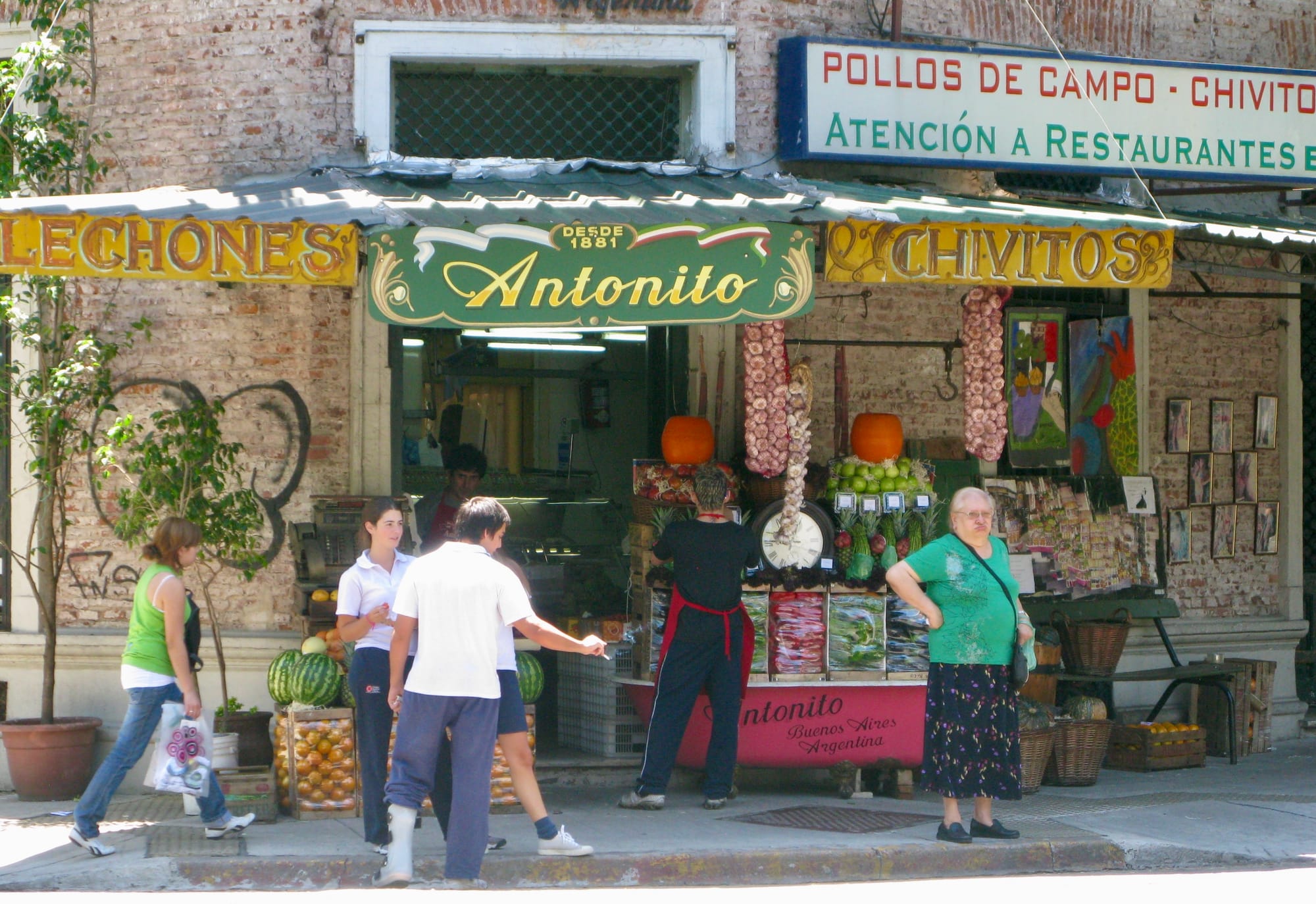
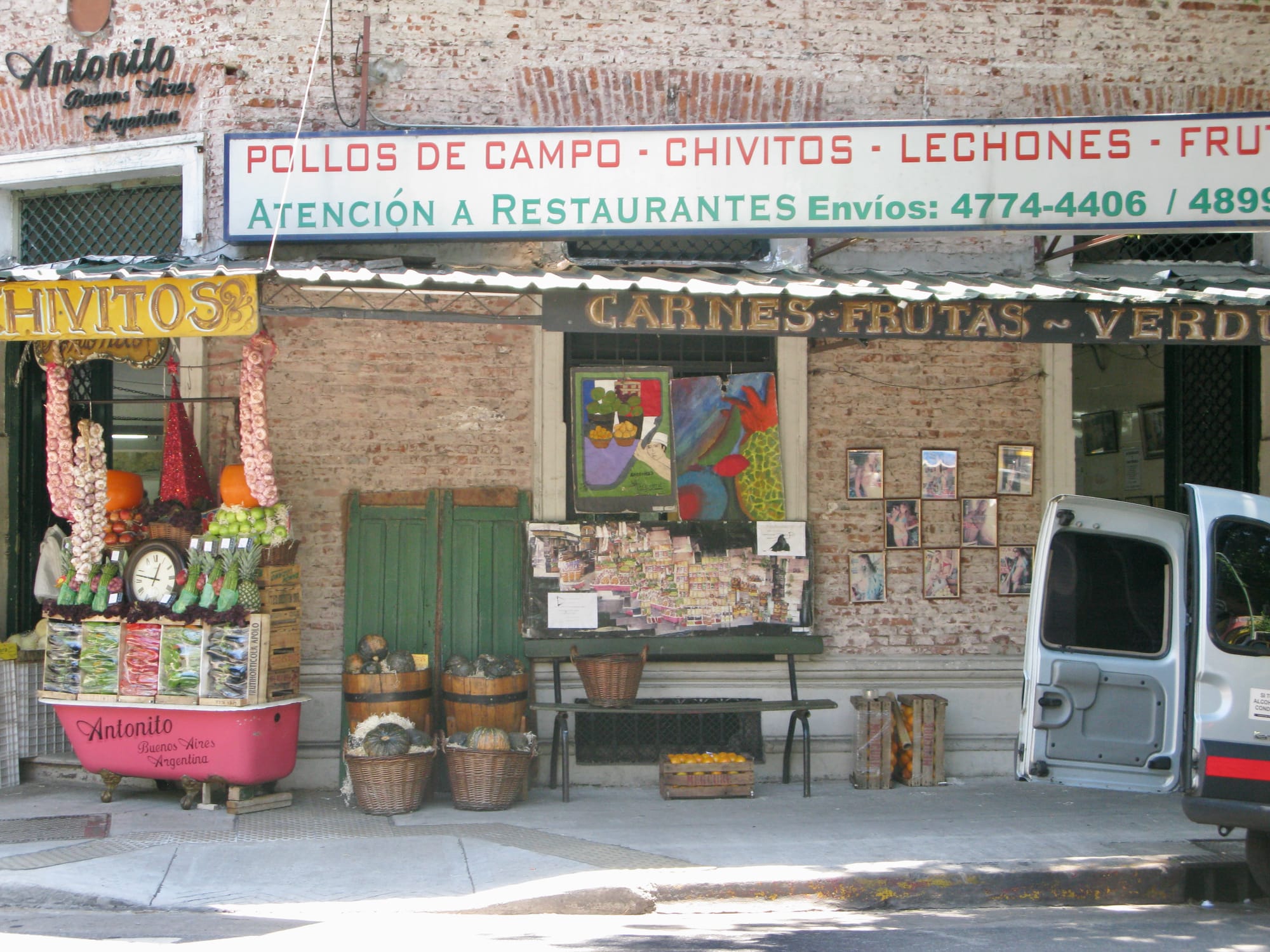
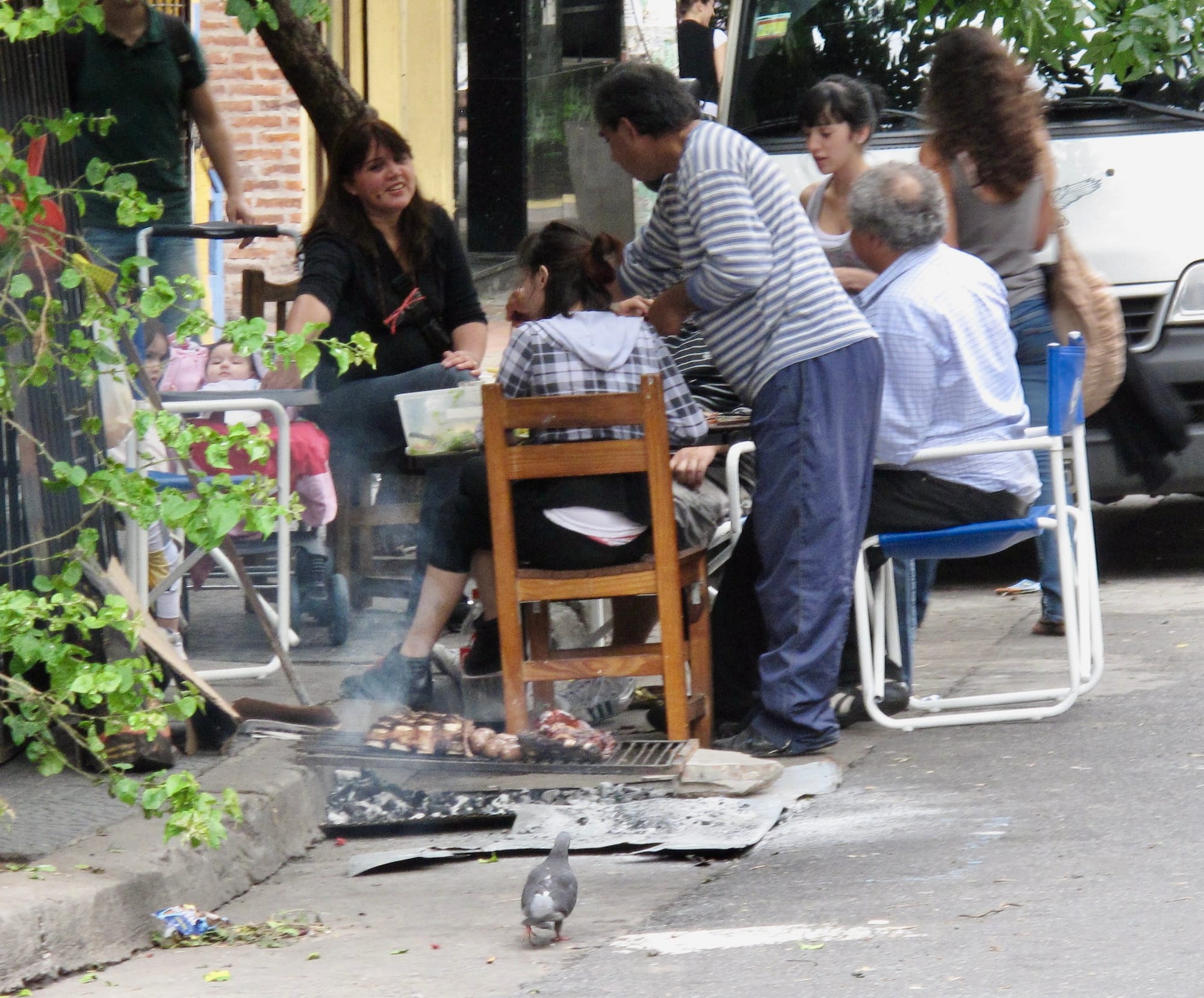
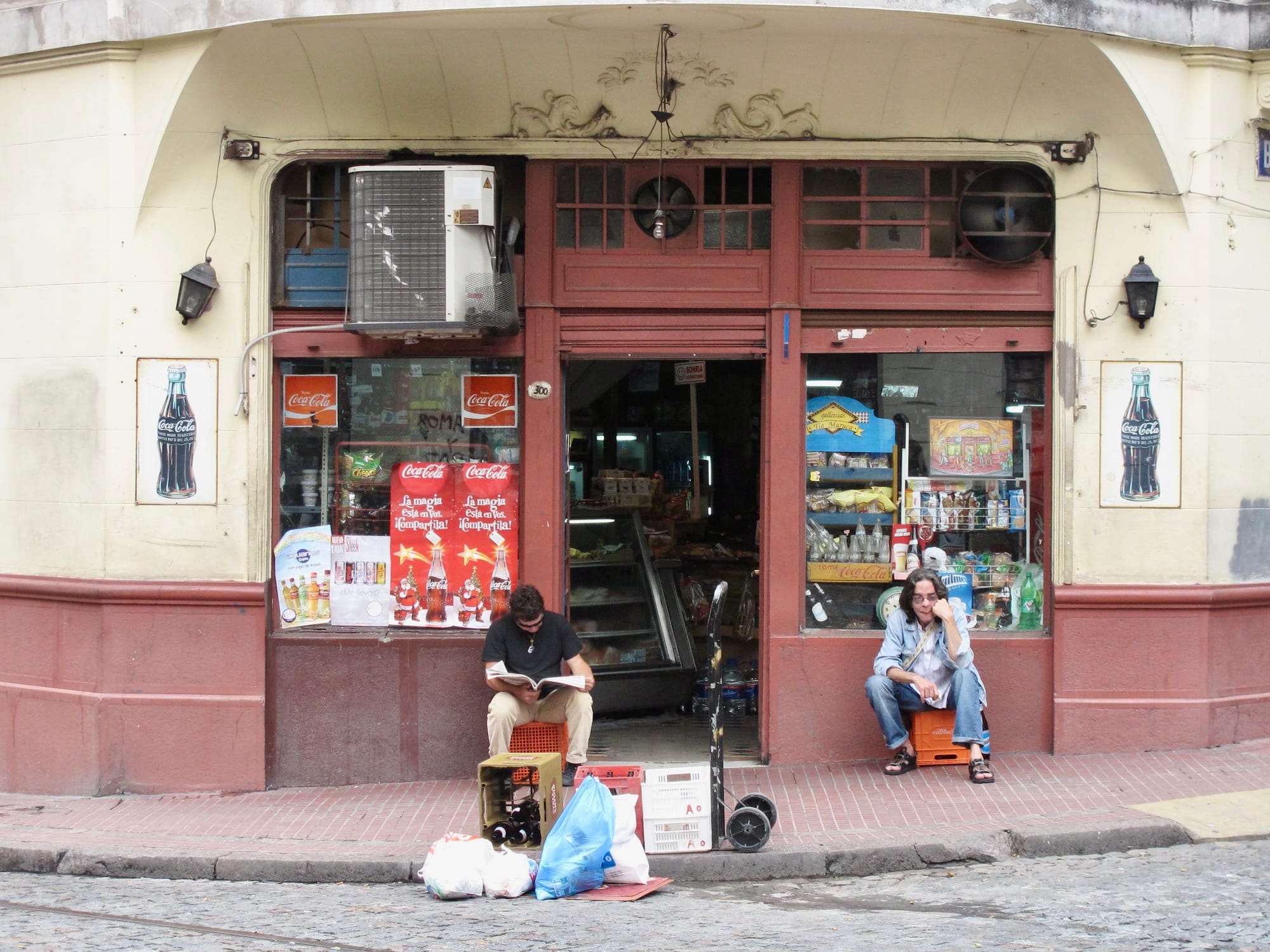
Buenos Aires Takeaways
- When walking around many of the neighborhoods in Buenos Aires, one senses strong social activity on almost every block because of outdoor seating, vendors, and amenities.
- With the activity happening at the corners, the intersection naturally becomes a meeting place connecting people from all directions.
- Trees are a key part of most intersections providing both comfort and safety.
- Traffic is relatively calm as most streets are active with people, encouraging cars to drive slow. Creating "shared streets" by making the intersection and sidewalk the same level and adding bollards also helps.
Mexico City
Street Corner Vendors and Seating
In Mexico City, the liveliest parts of the city are the corners where vendors sell all manner of goods and people sit around them to eat and chat. Mexico City demonstrates that the corner doesn't need a formal activation like a café or restaurant to be vibrant – all you need is someone selling something delicious.
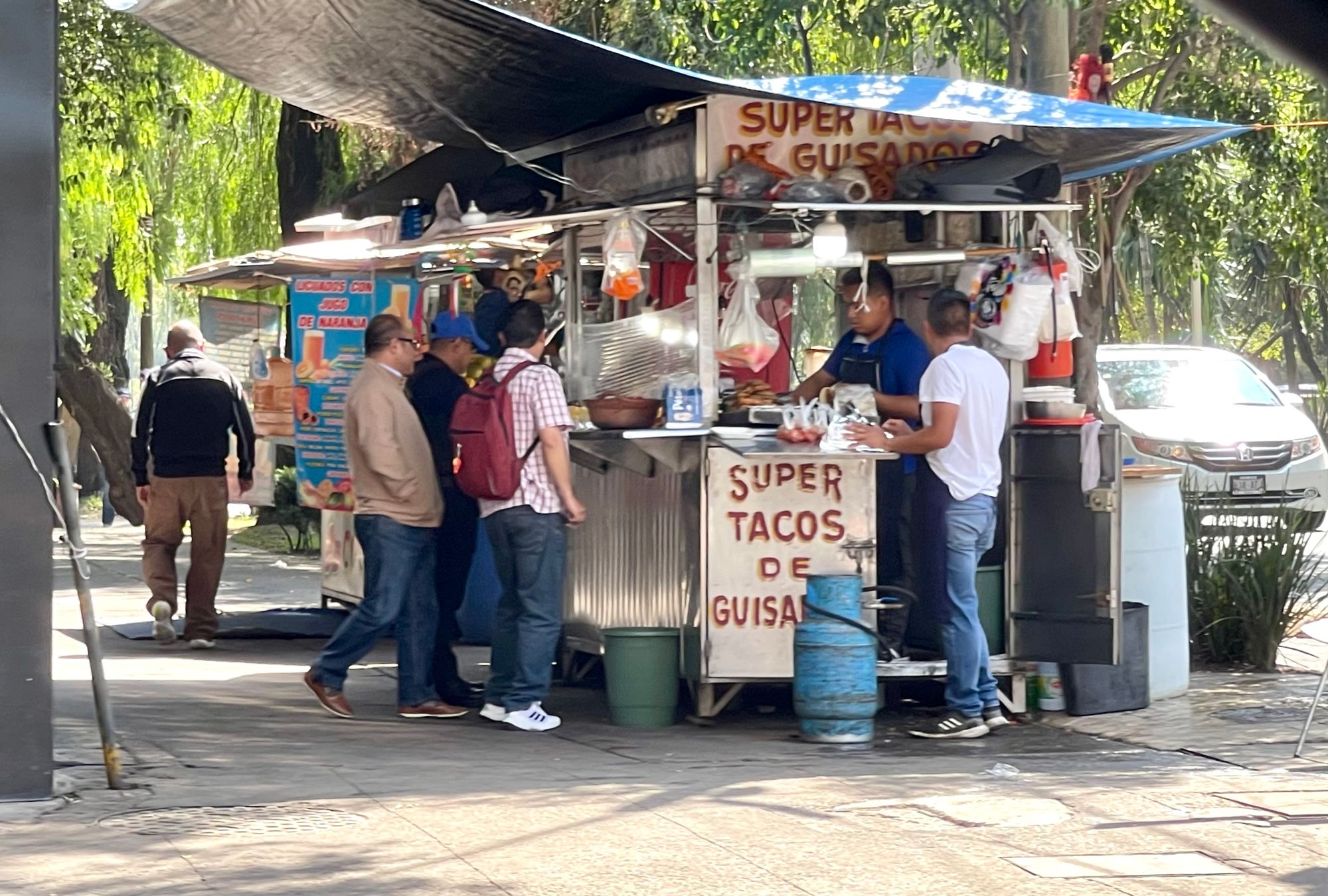
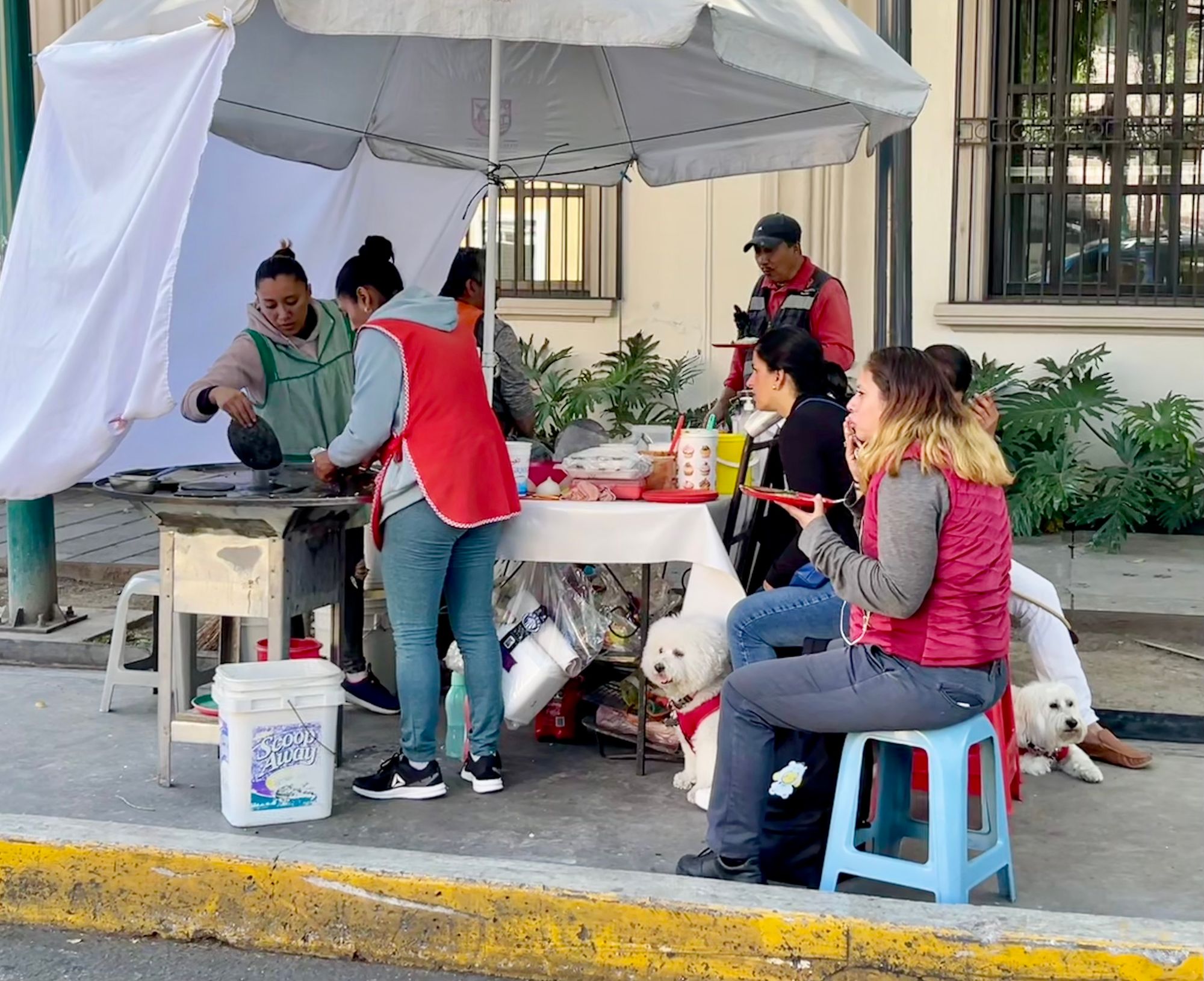
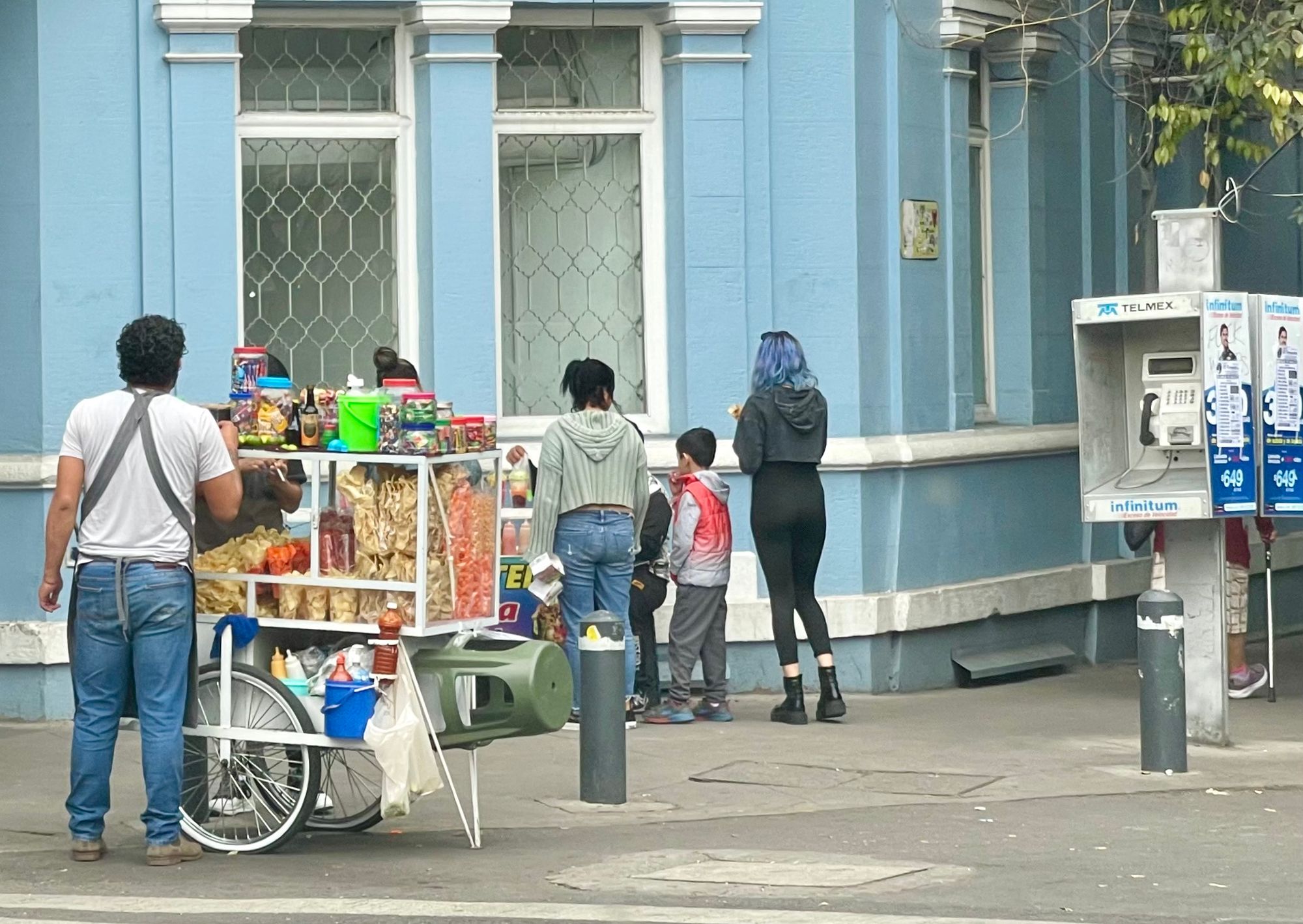
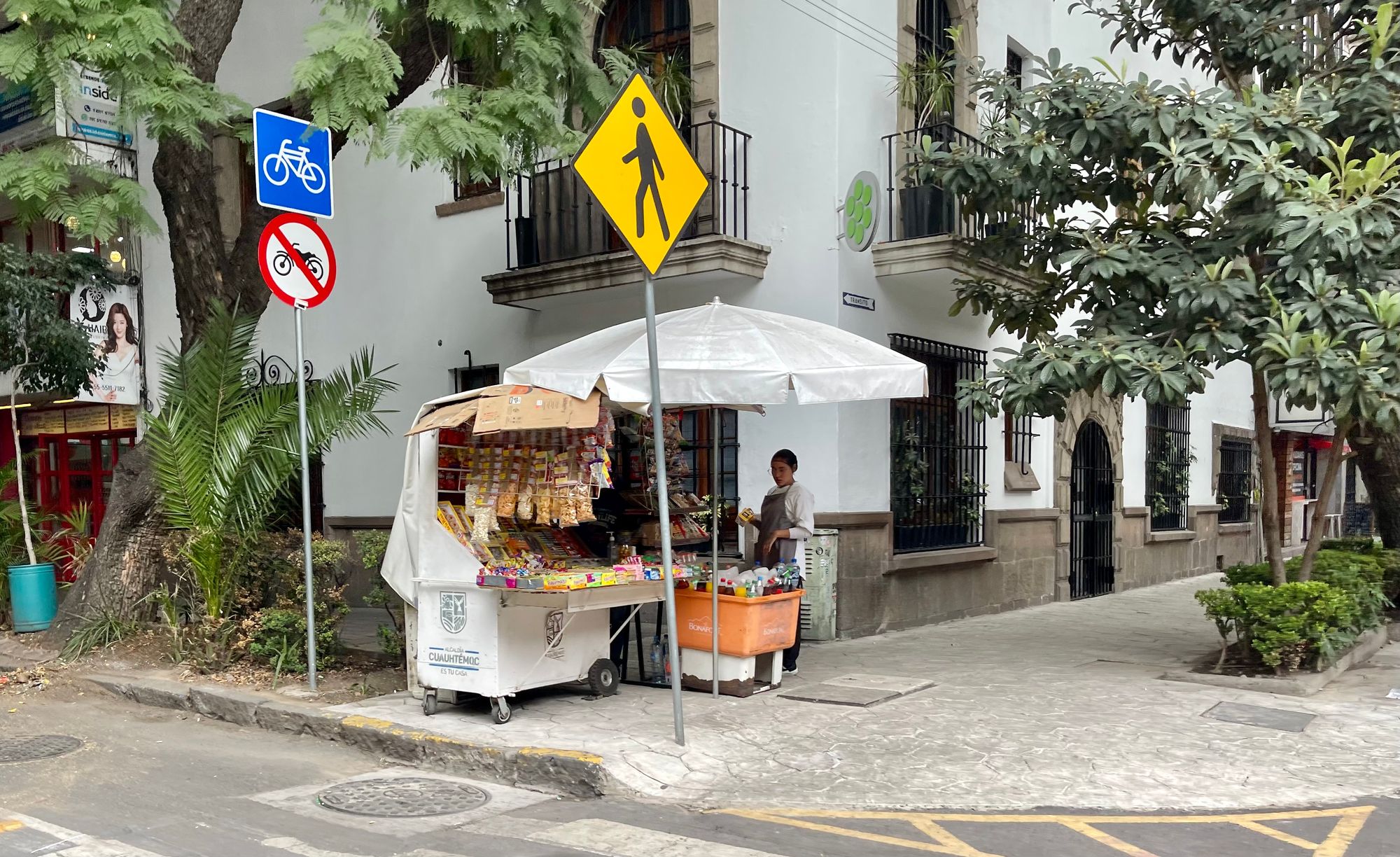
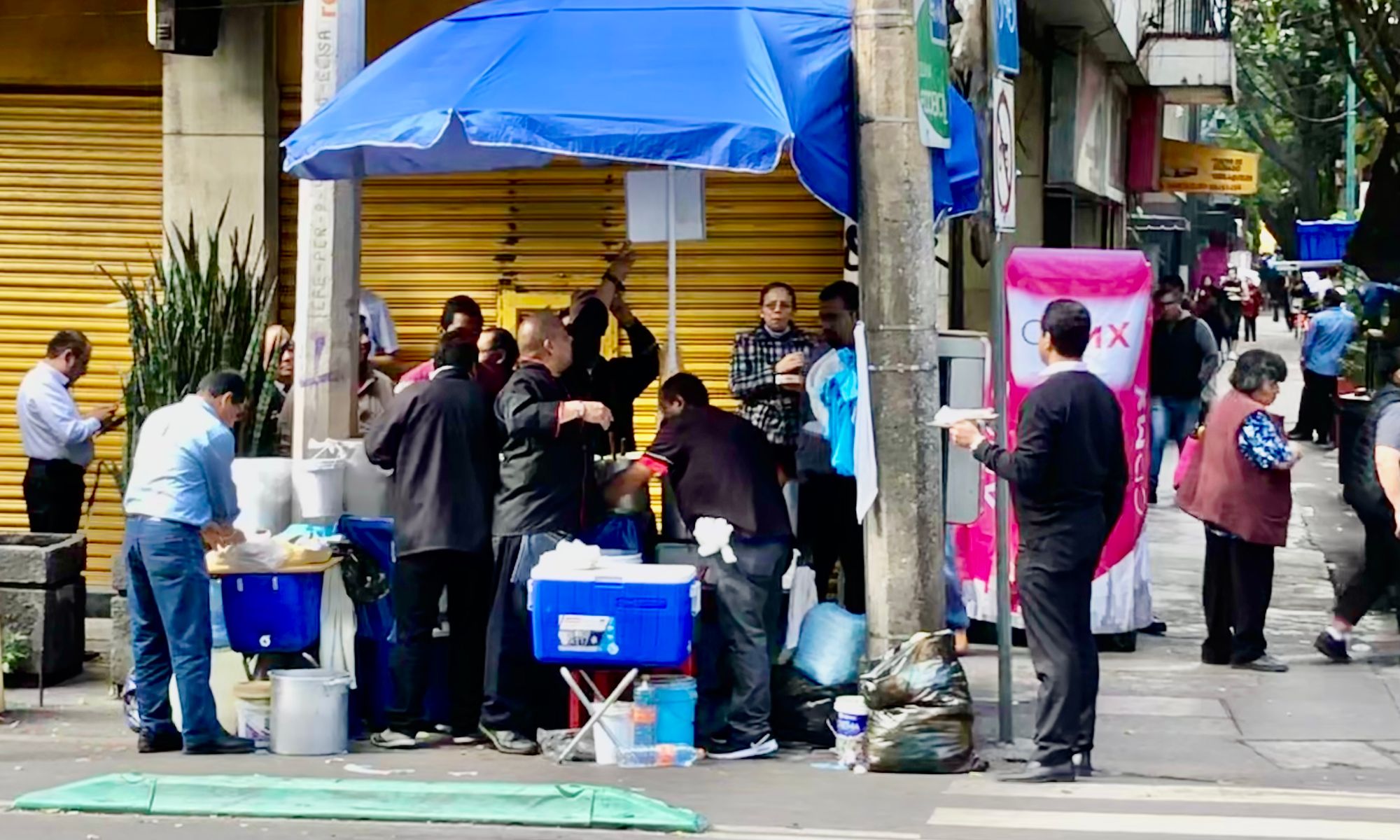
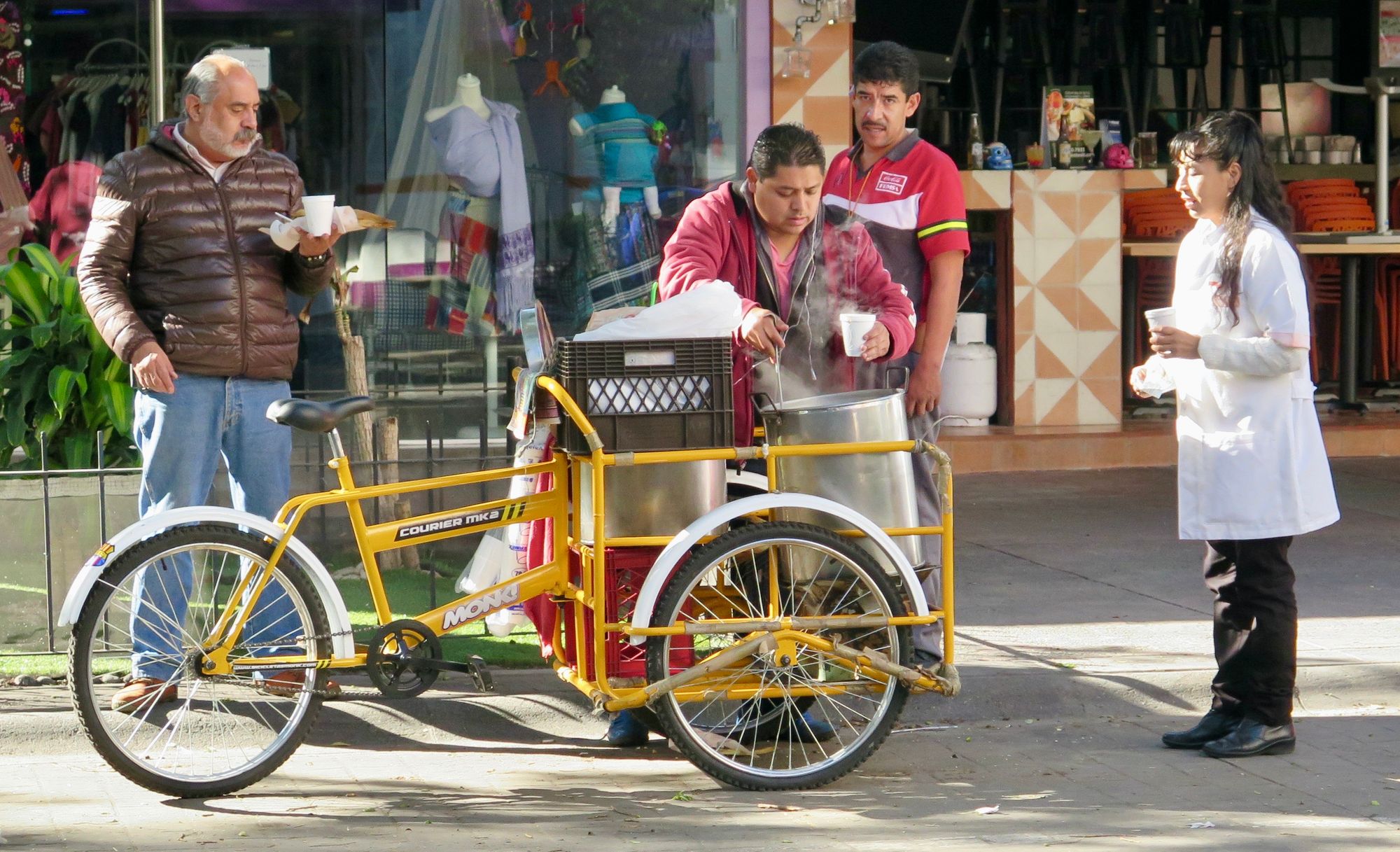
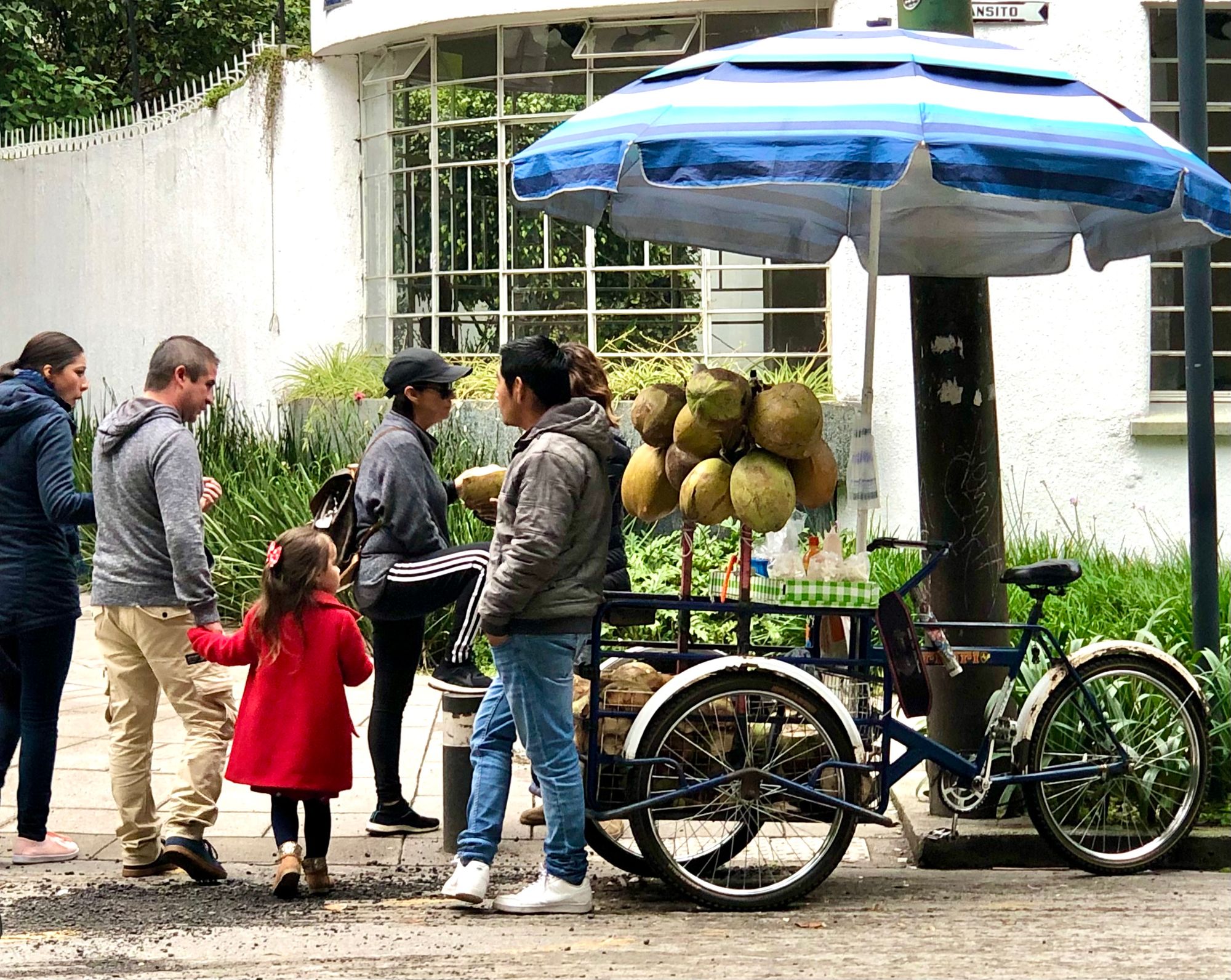
Double-Loaded Sidewalks
Double-loaded sidewalks are how we describe sidewalks that have amenities, seating, and/or activities on both sides of the pedestrian walkway. This makes the sidewalk feel safer and more secure because there are barriers between people and cars and it makes it more interesting because there's twice the things to see and do!
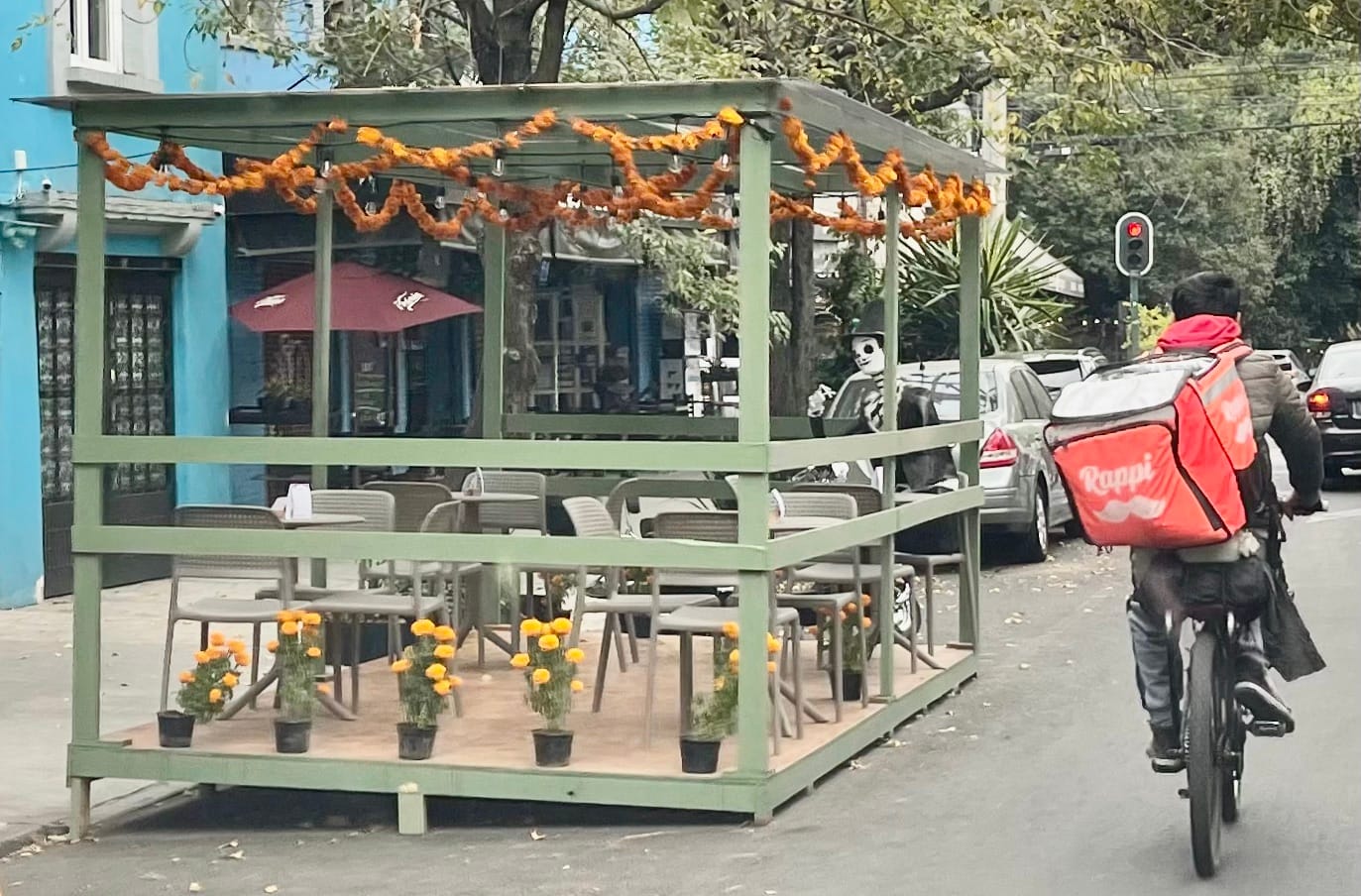
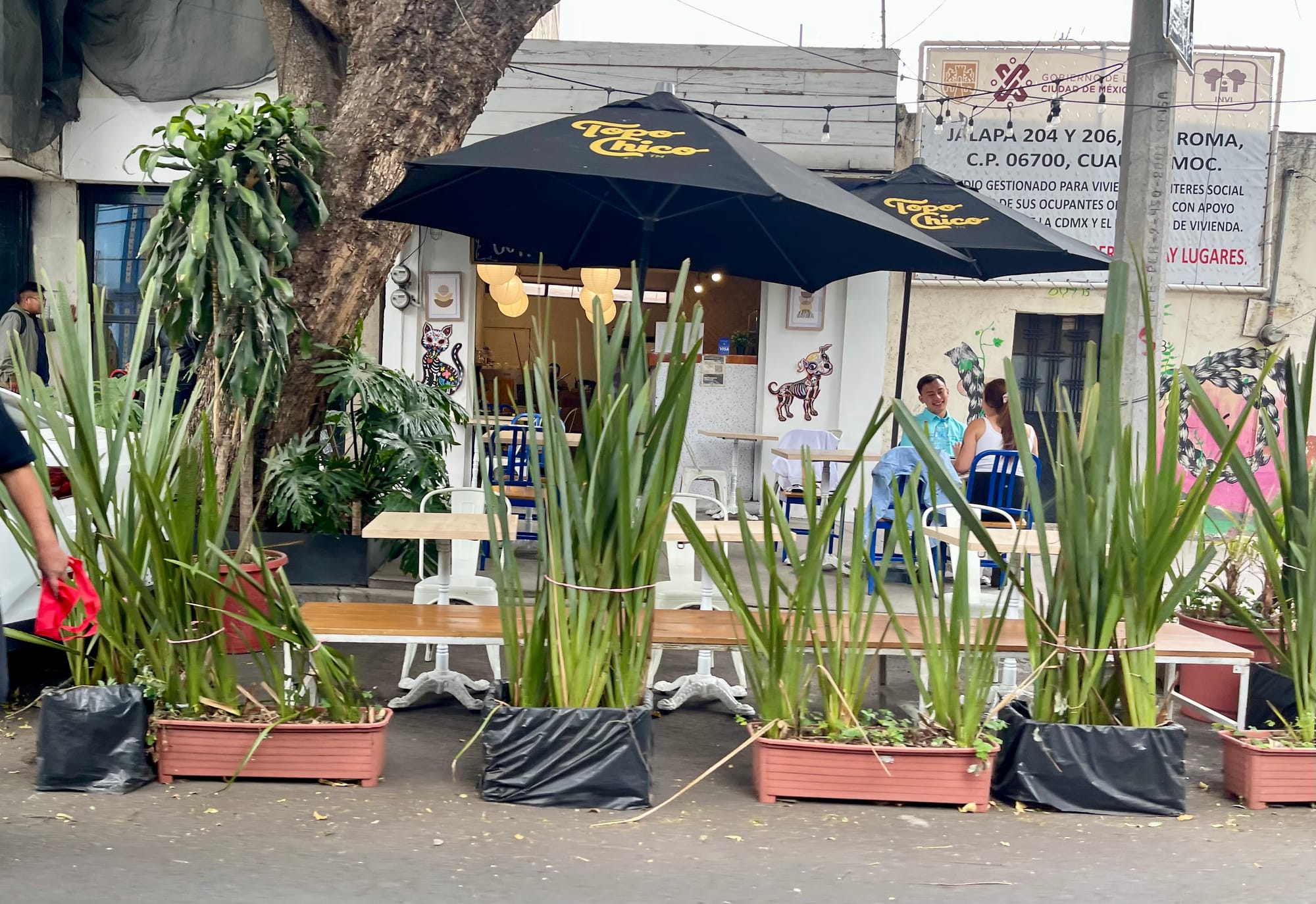
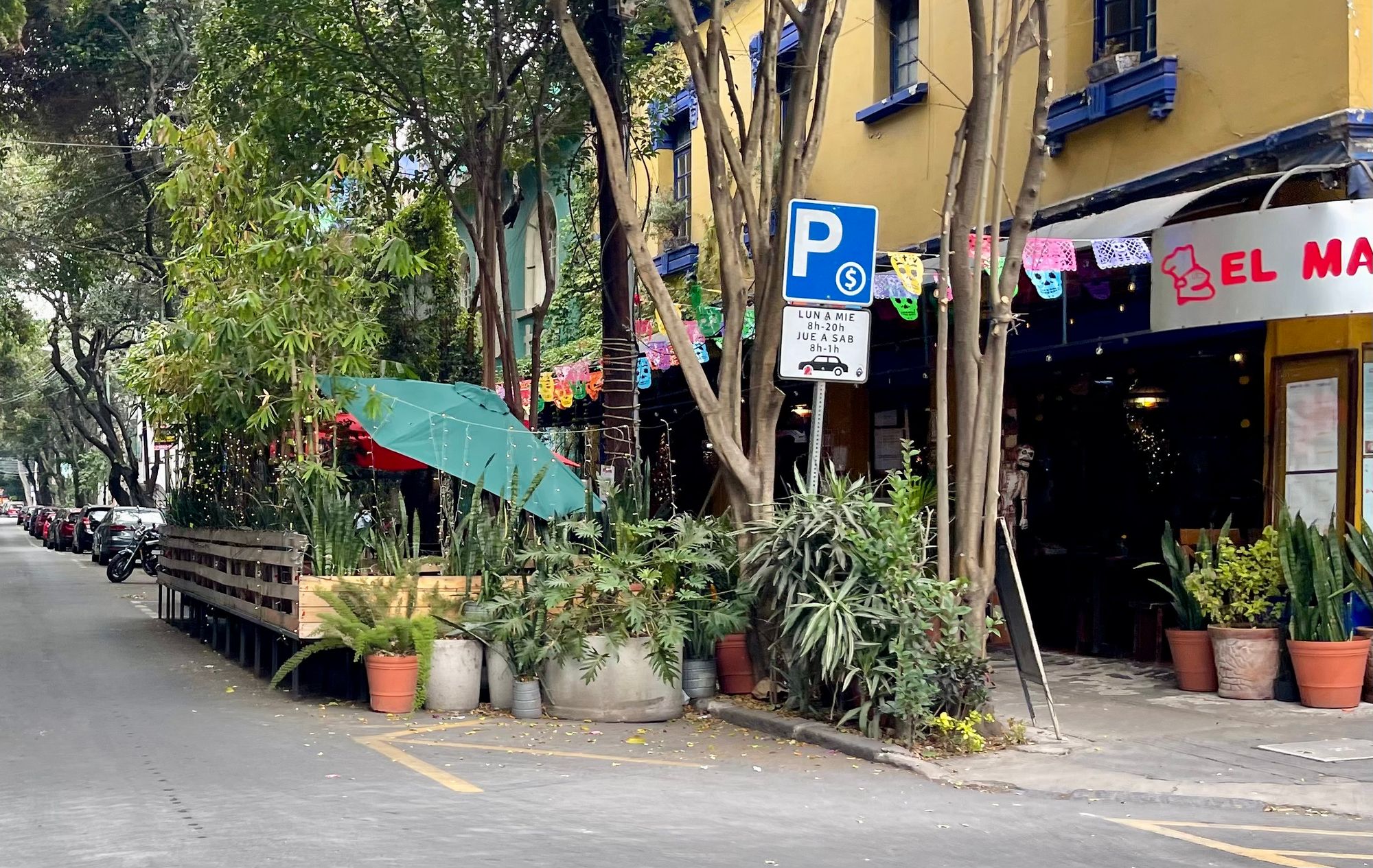
Takeaways
- Activities at corners and intersections create the most engaging places where people connect. Corners are major hangouts in neighborhoods and understood to be such by all.
- In some cases, they create hubs of activity by spreading along each side of the corner and down the block.
- The double loading of sidewalks is an asset for each neighborhood because it further showcases its unique qualities.
Paris - A City of Corner Cafes
What's so great about Paris' corners is that they extend into the buildings they're in. Even from across the street, you can see what's happening indoors. This is often because many have windows or glass doors that can be opened, instead of walls, thus connecting the inside to the outside and totally changing the appearance and atmosphere of the building.
Using that idea as a strategy means that any corner can become a destination.
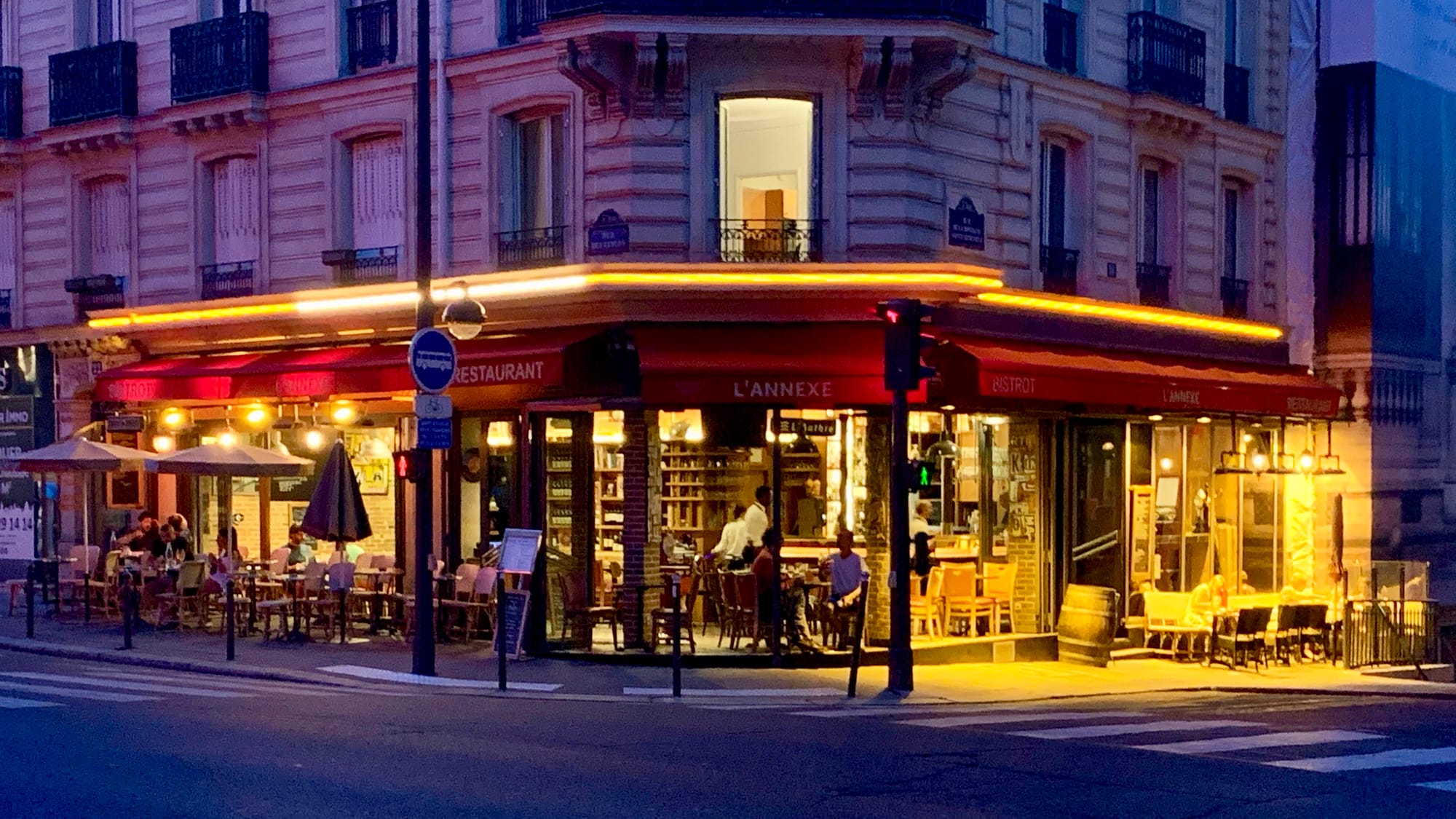
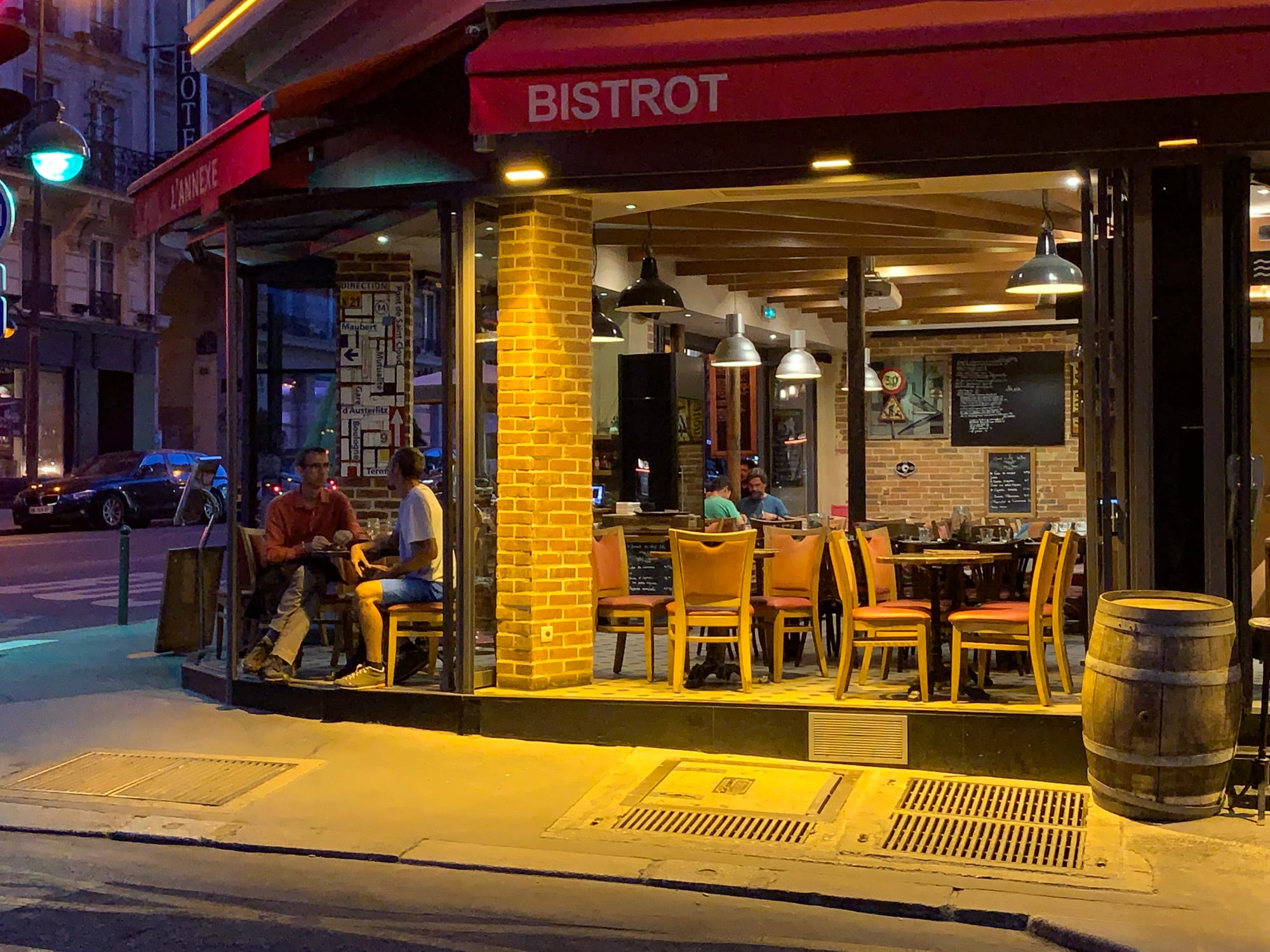
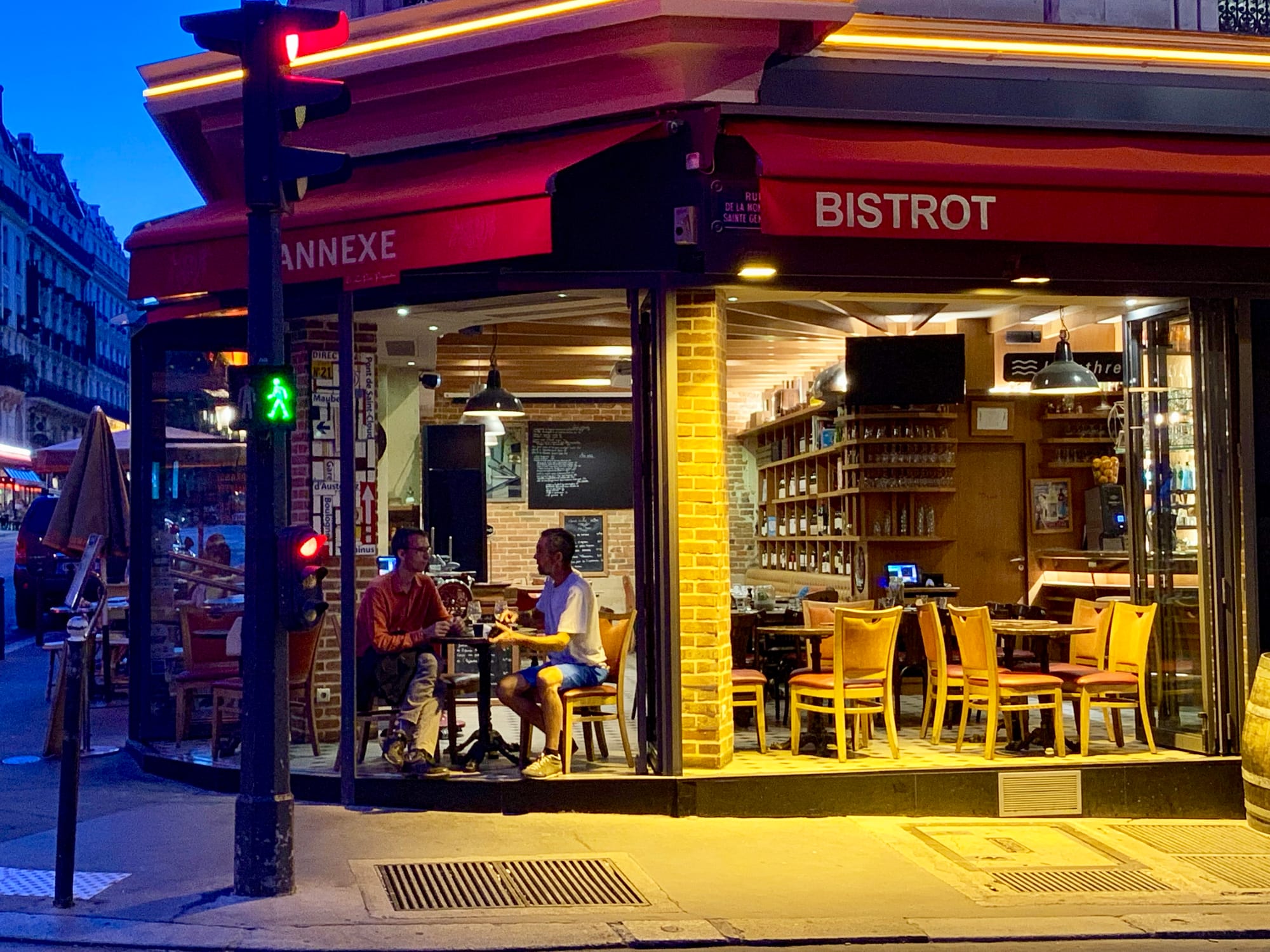
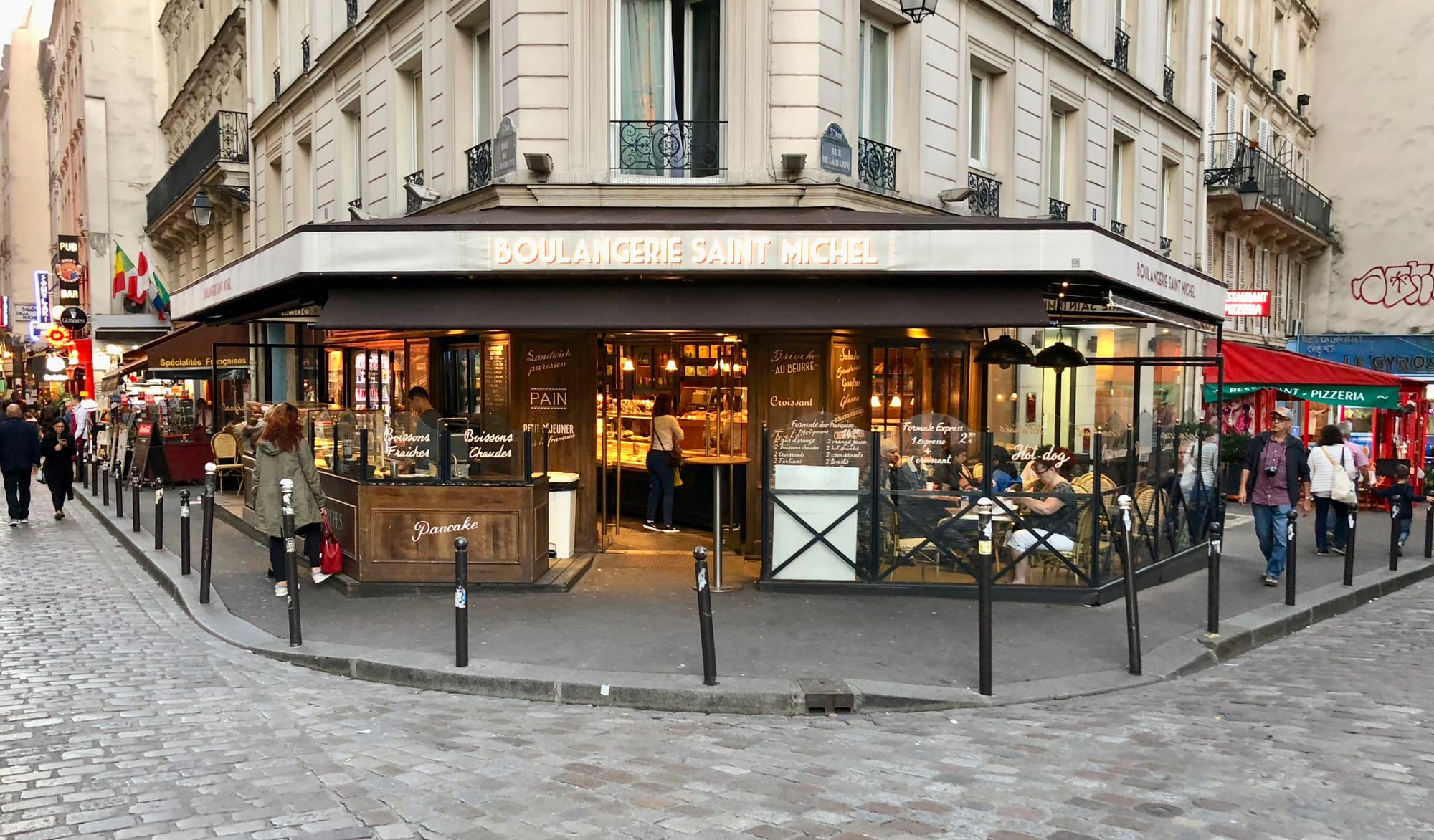
Even the smallest corner can be transformed into a charming hotspot of activity with a pop of paint, movable chairs, some shade, and a few bollards. You don't need much to make a great place, just a handful of great LQCs.
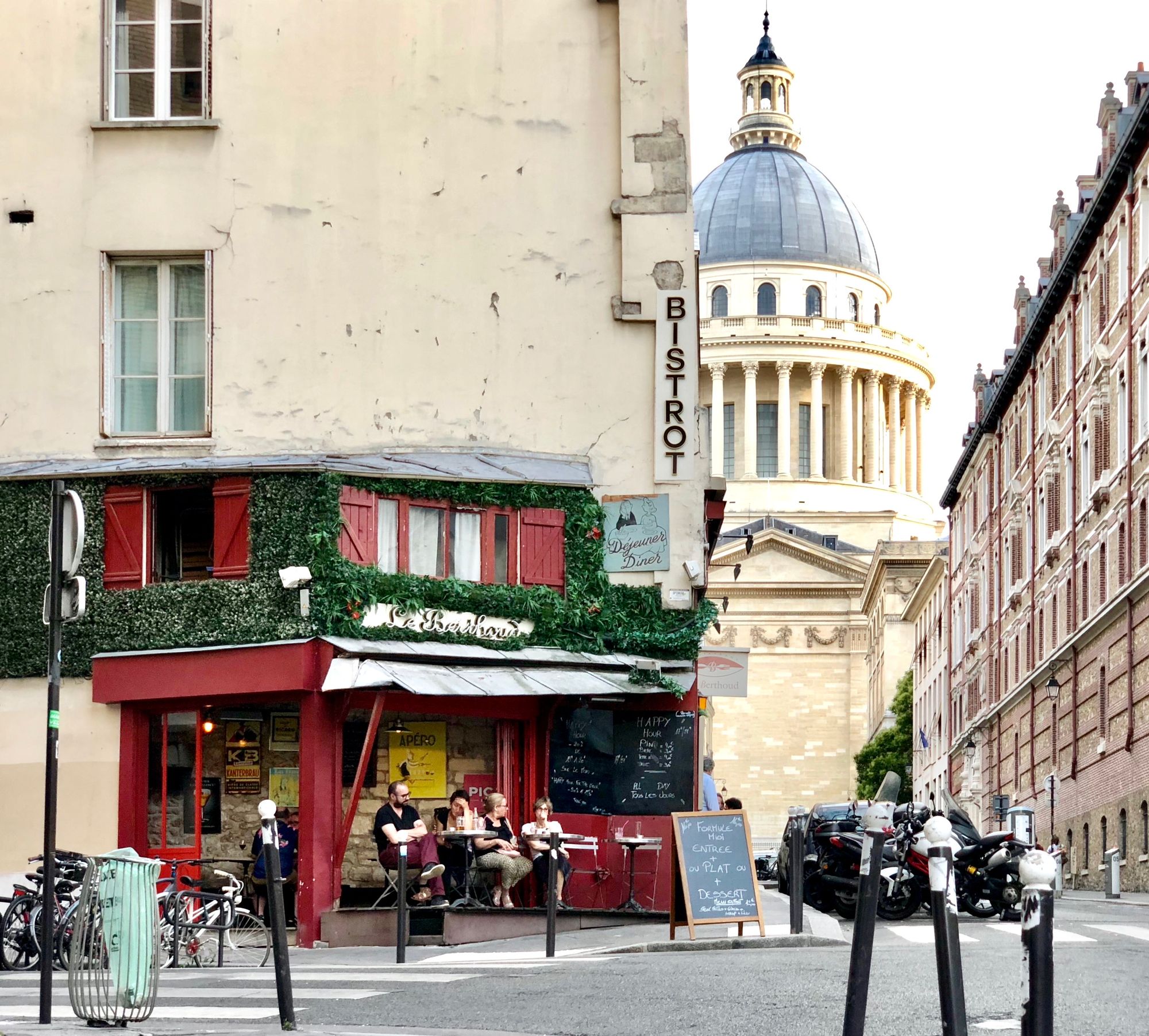
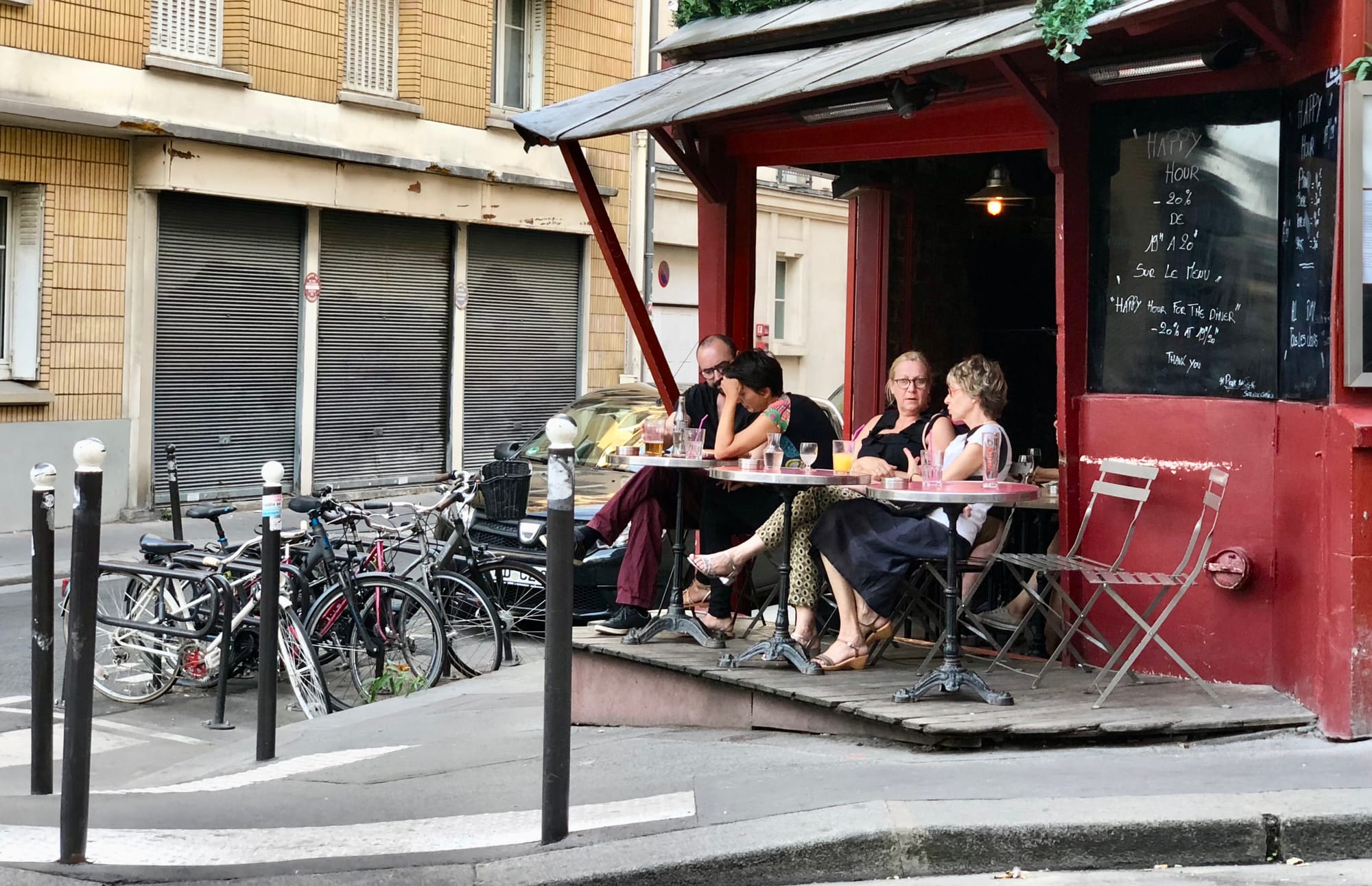
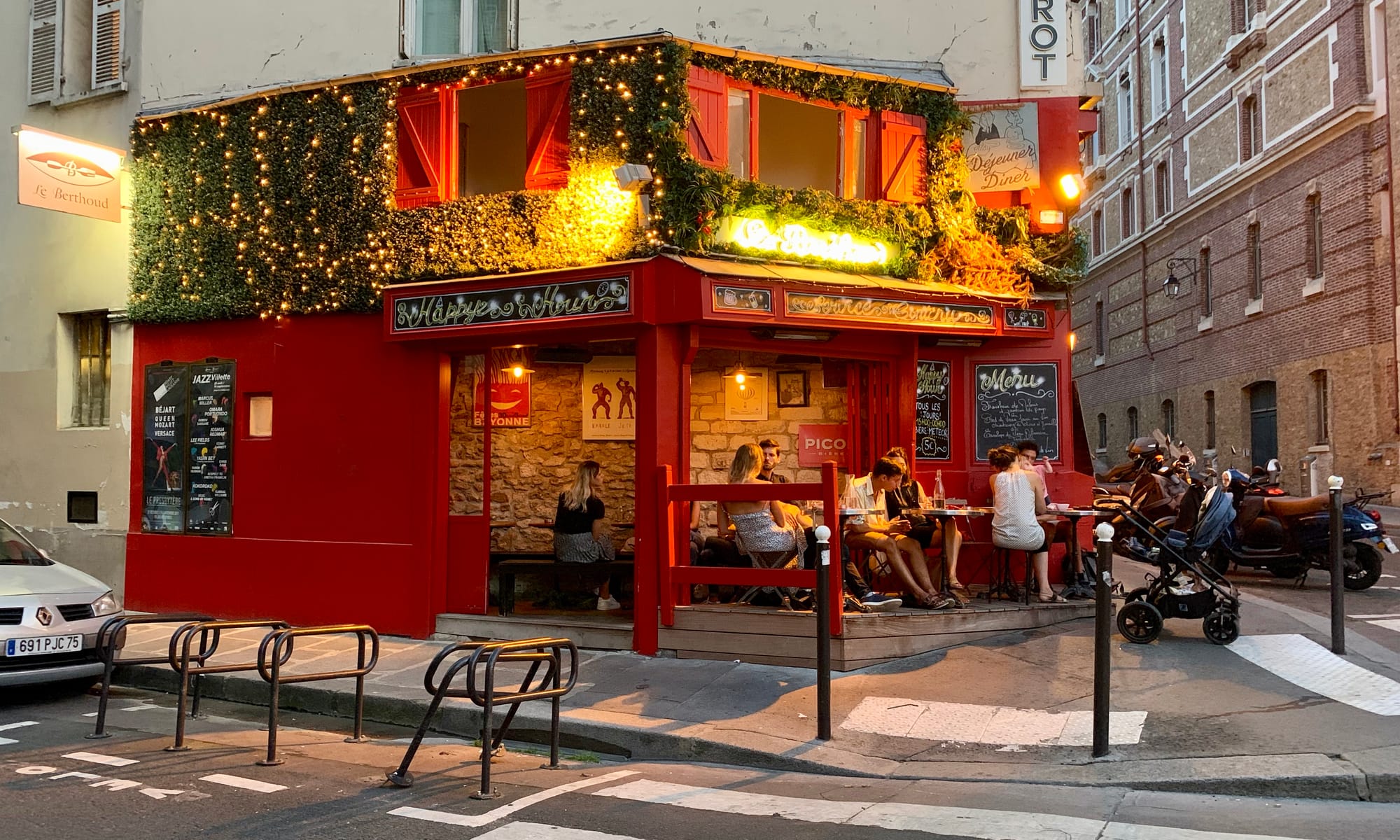
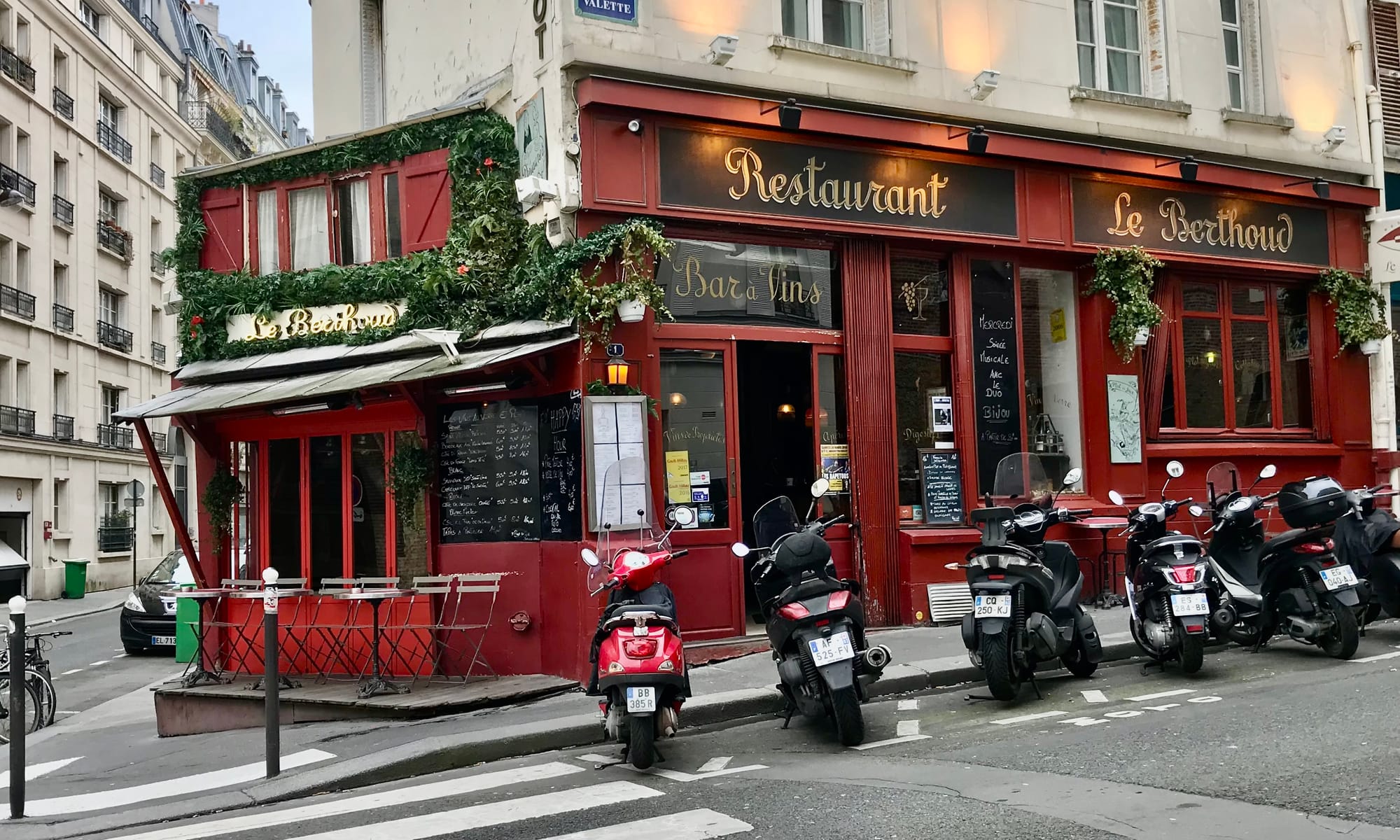
The Perfect Corner
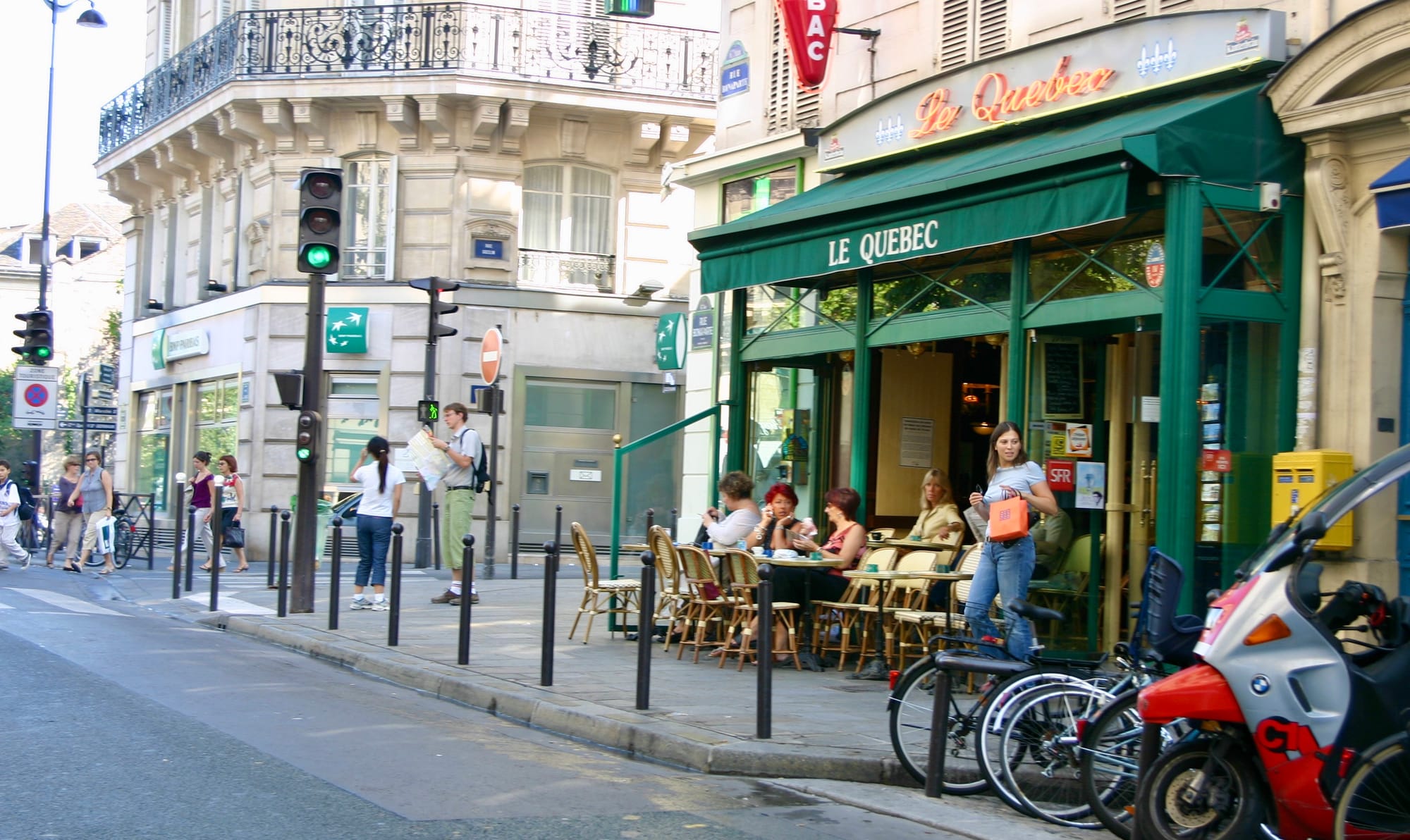
Paris' Classic Cafes
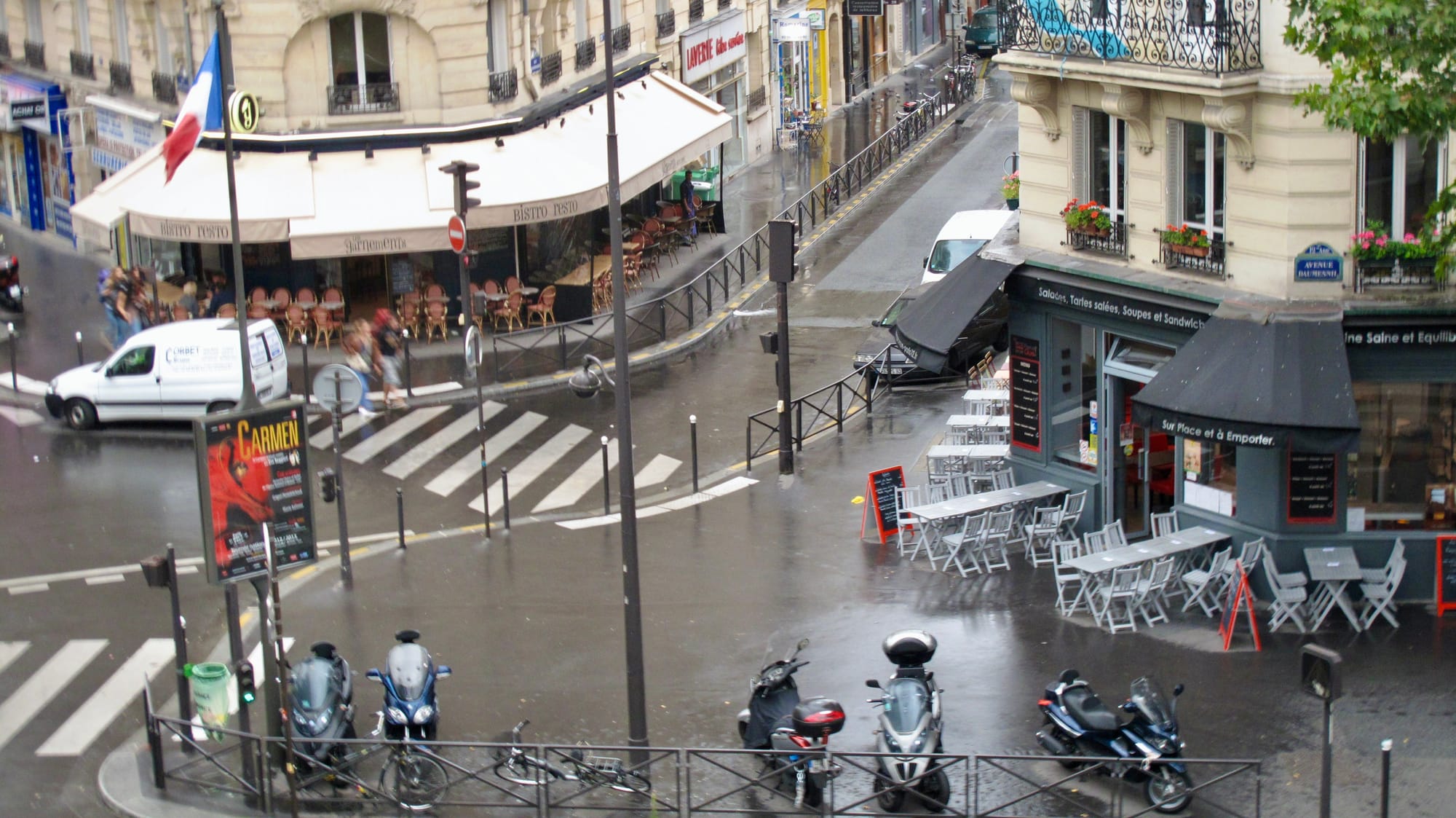
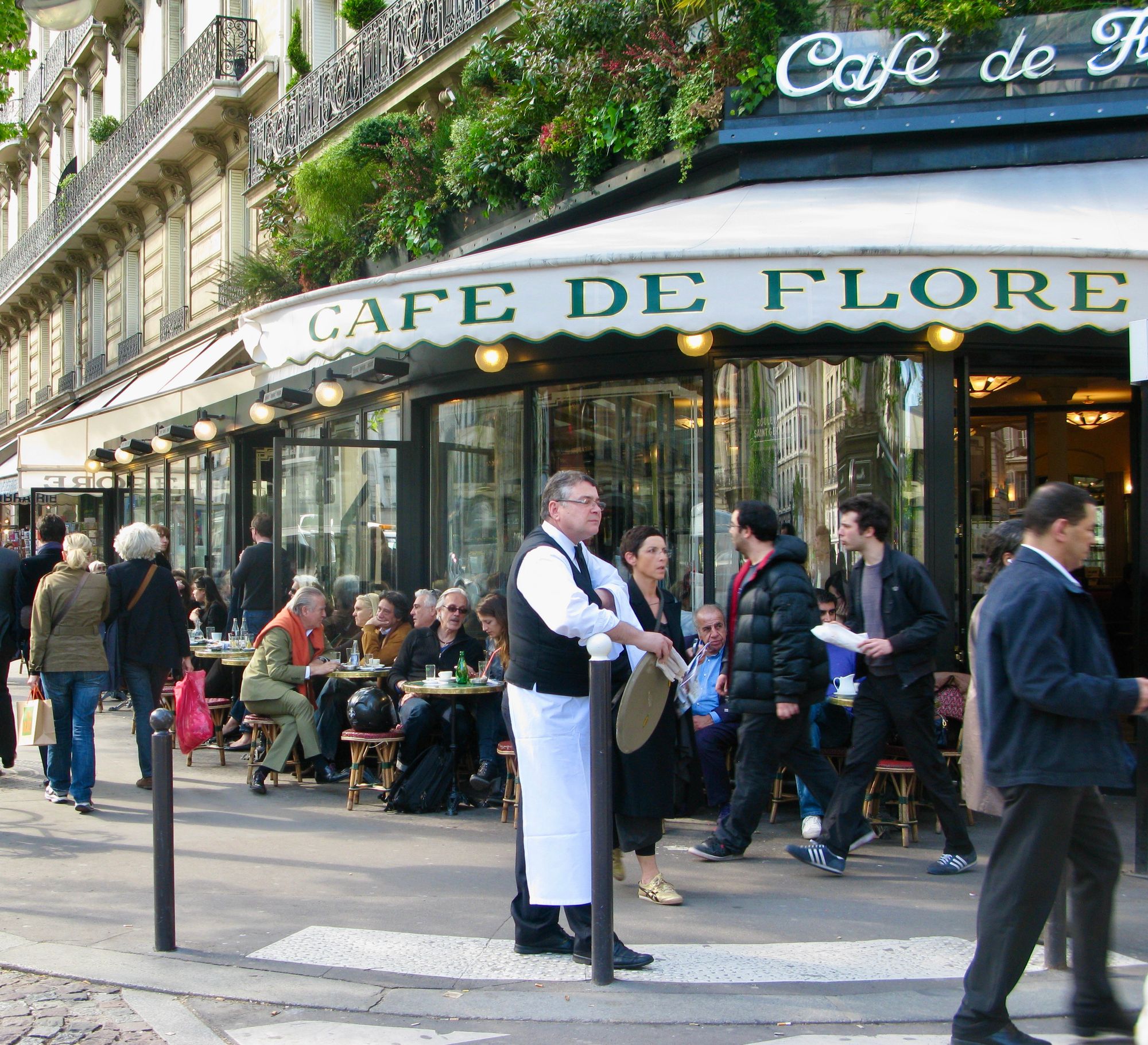
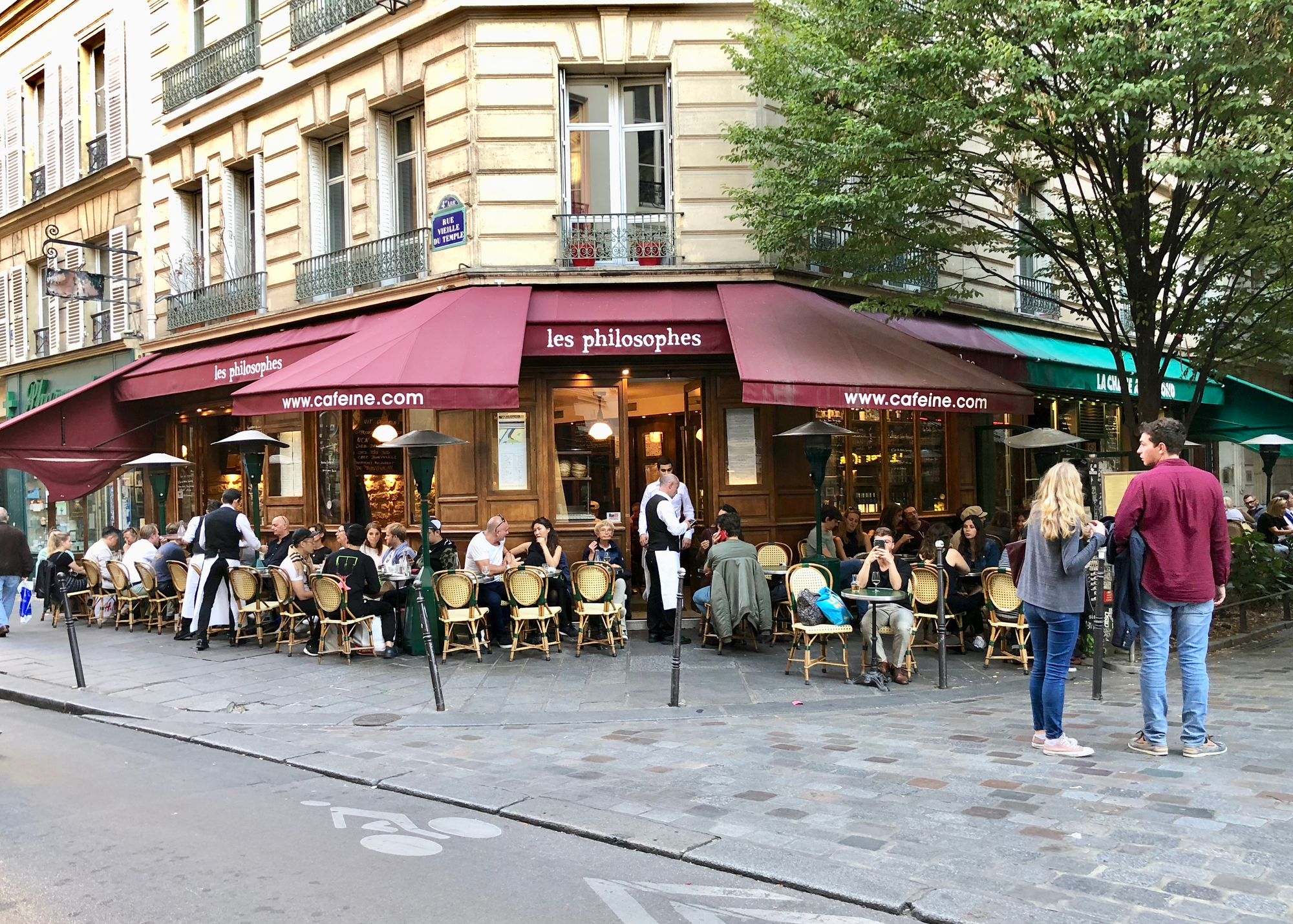
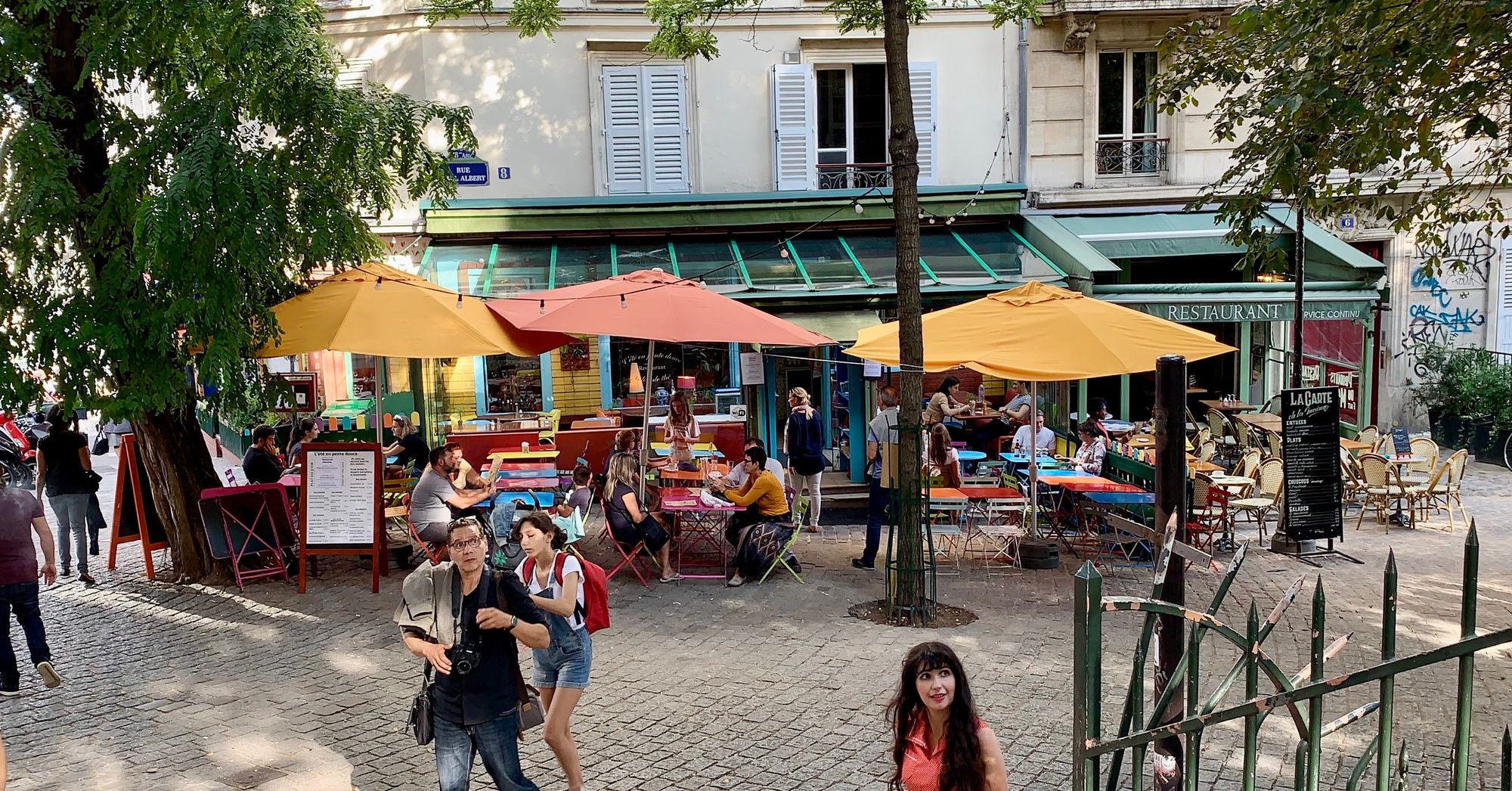
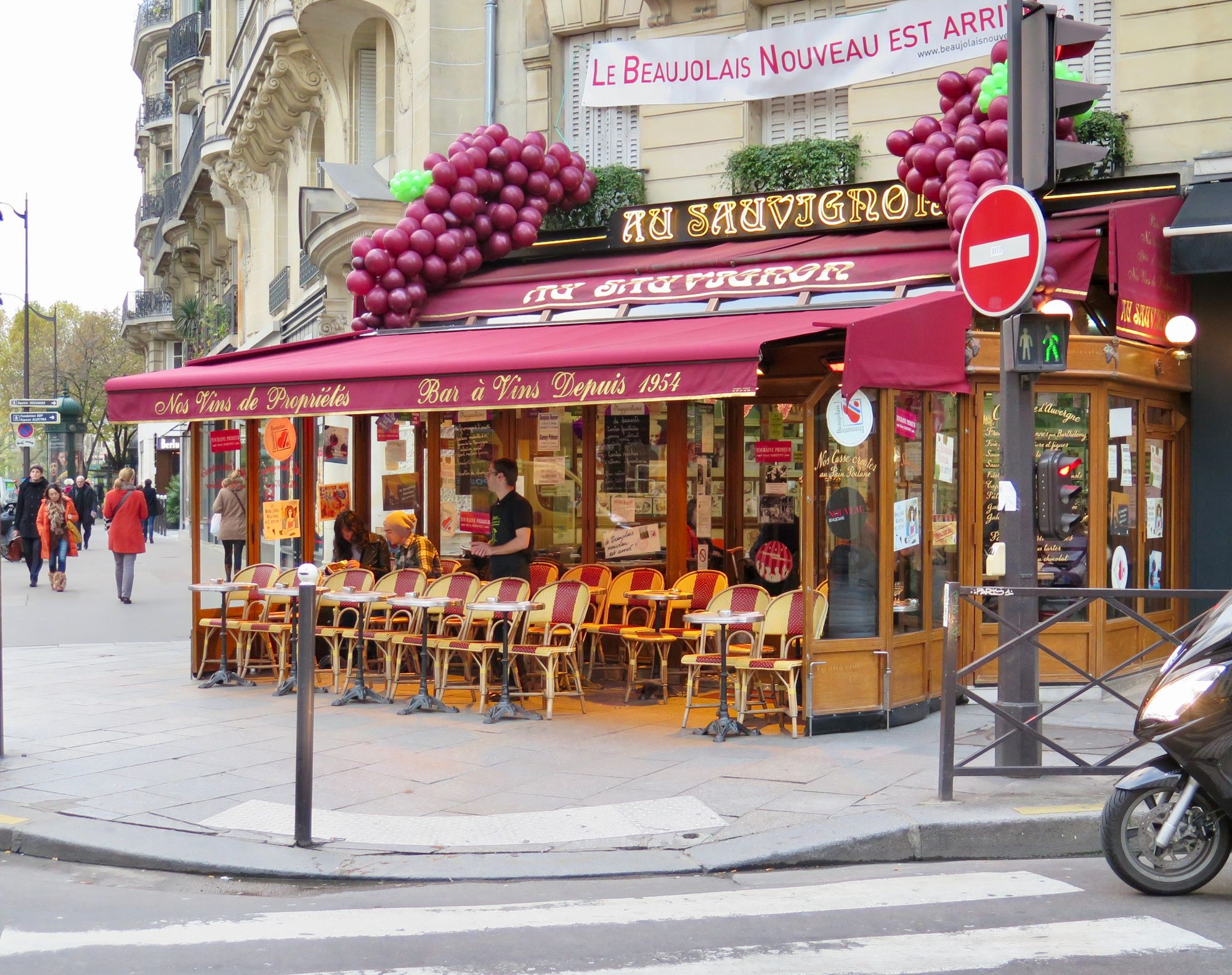
Takeaways
- What is so impressive about Paris is that over time it has taken bland unengaging buildings and transformed them, especially at the corners, to give them life.
- Its standout corners most often feature restaurants and cafes, but other activities such as fruit and vegetable stands, ice cream, prepared food, even hardware stores stand out at corners and add to the social activity in neighborhoods.
Barcelona's Canted Corners and Corner Seating
Barcelona's Passeig de Gracia takes the grand prize for best canted corners and seating that together create unique plazas for gathering. Barcelona's corner seating on Passage de Gracia, designed by Catalan Architect, Antoni Gaudí, has become a recognizable emblem and key symbol of Barcelona.
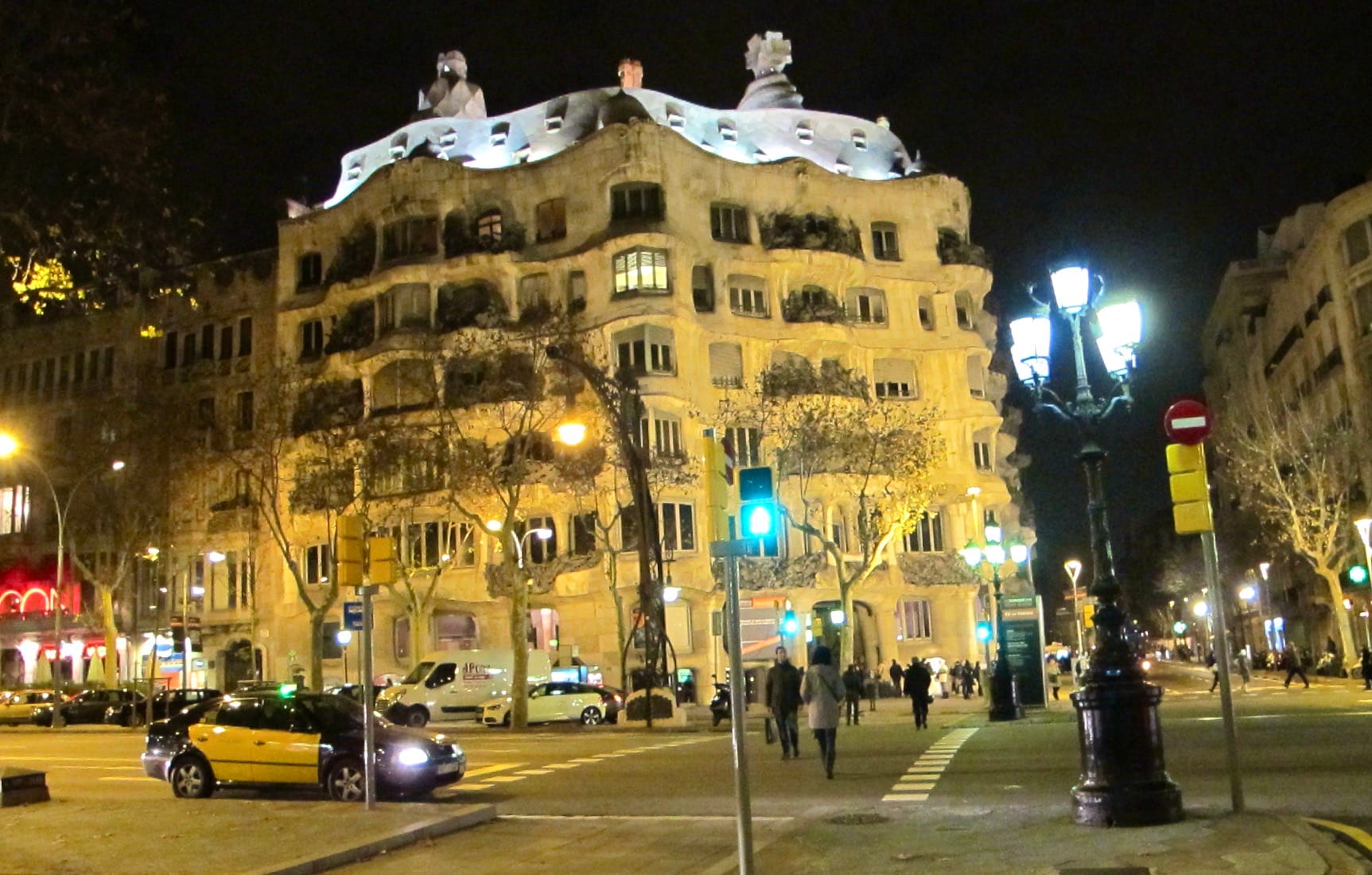
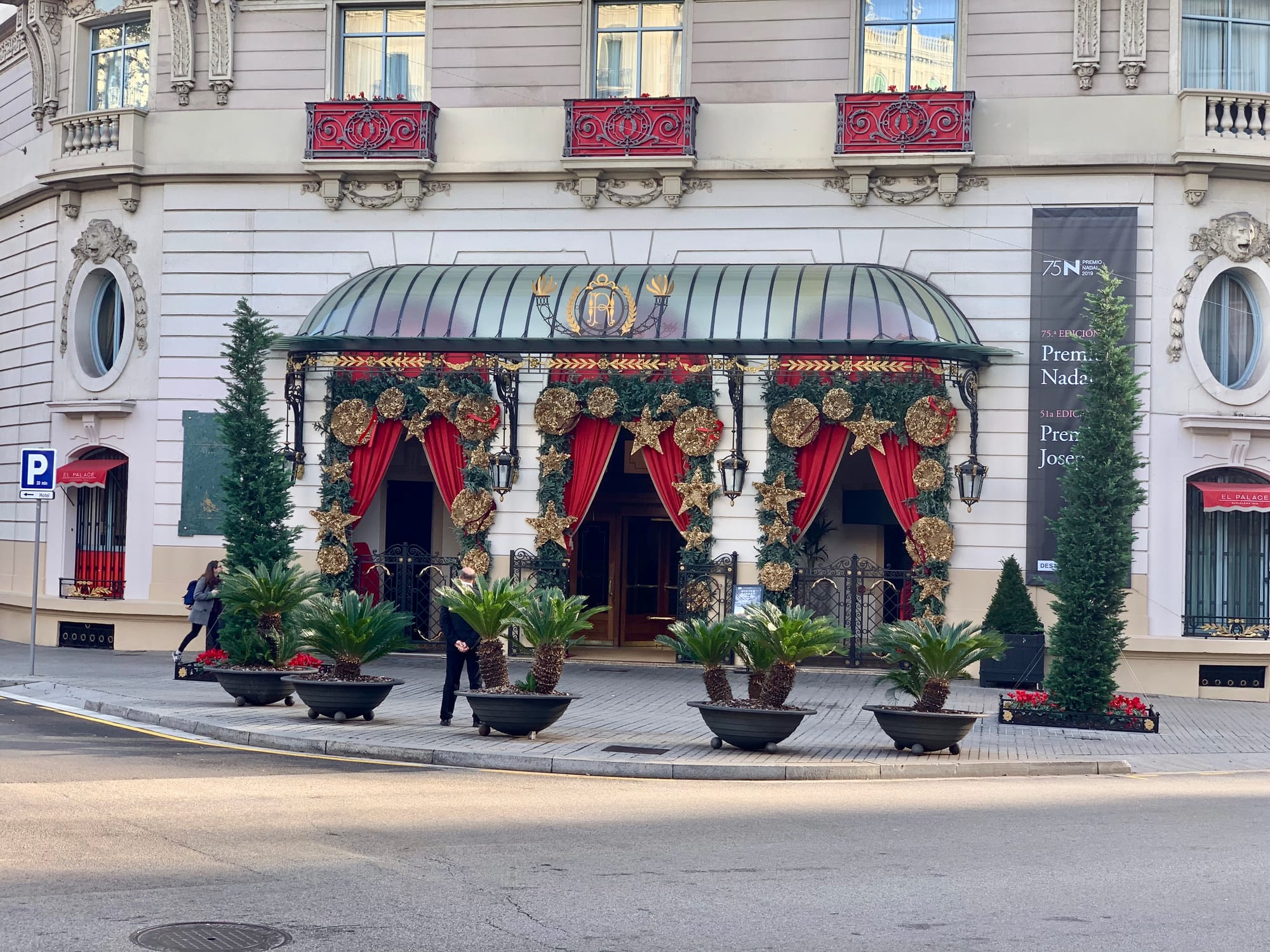
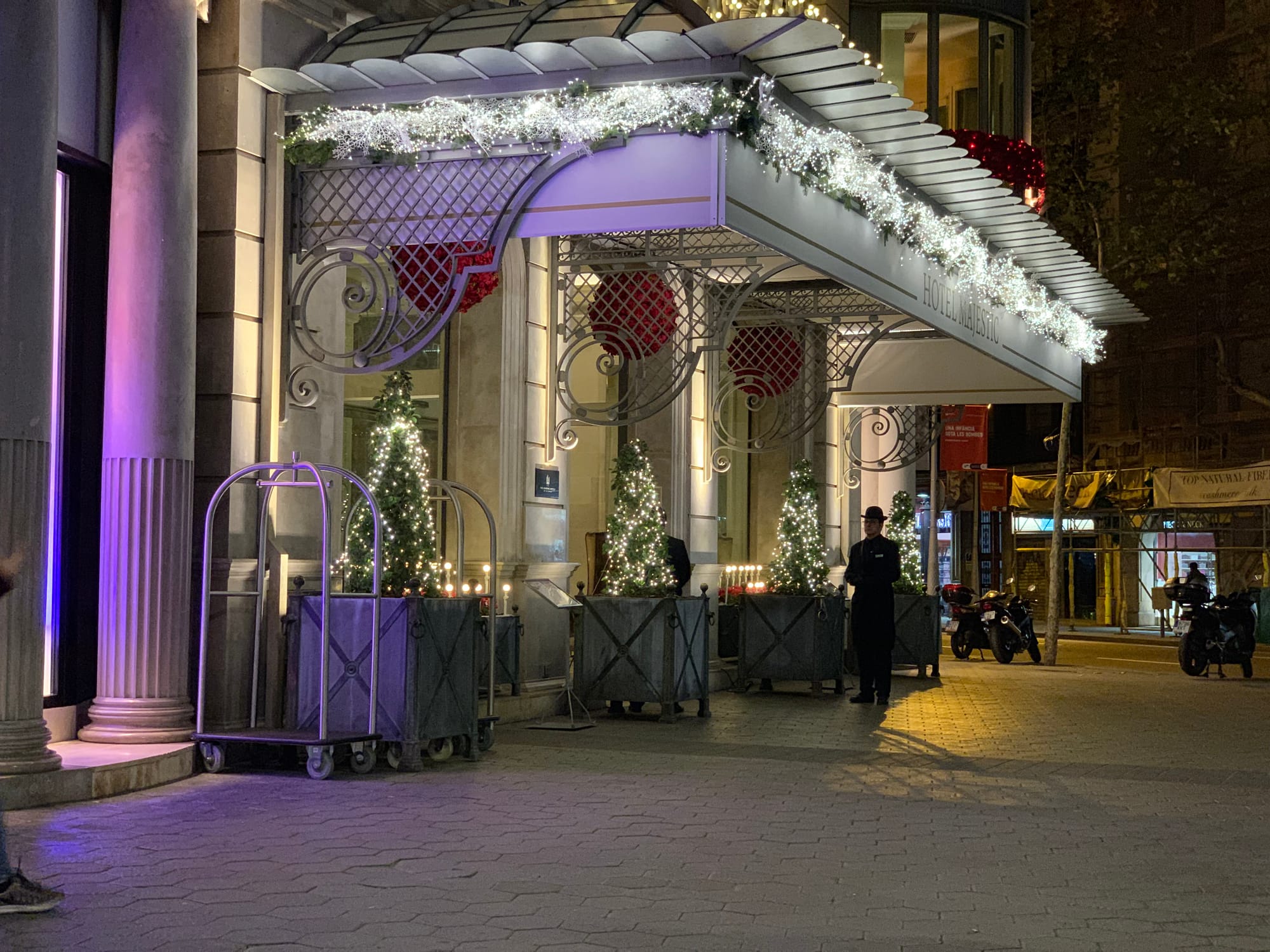
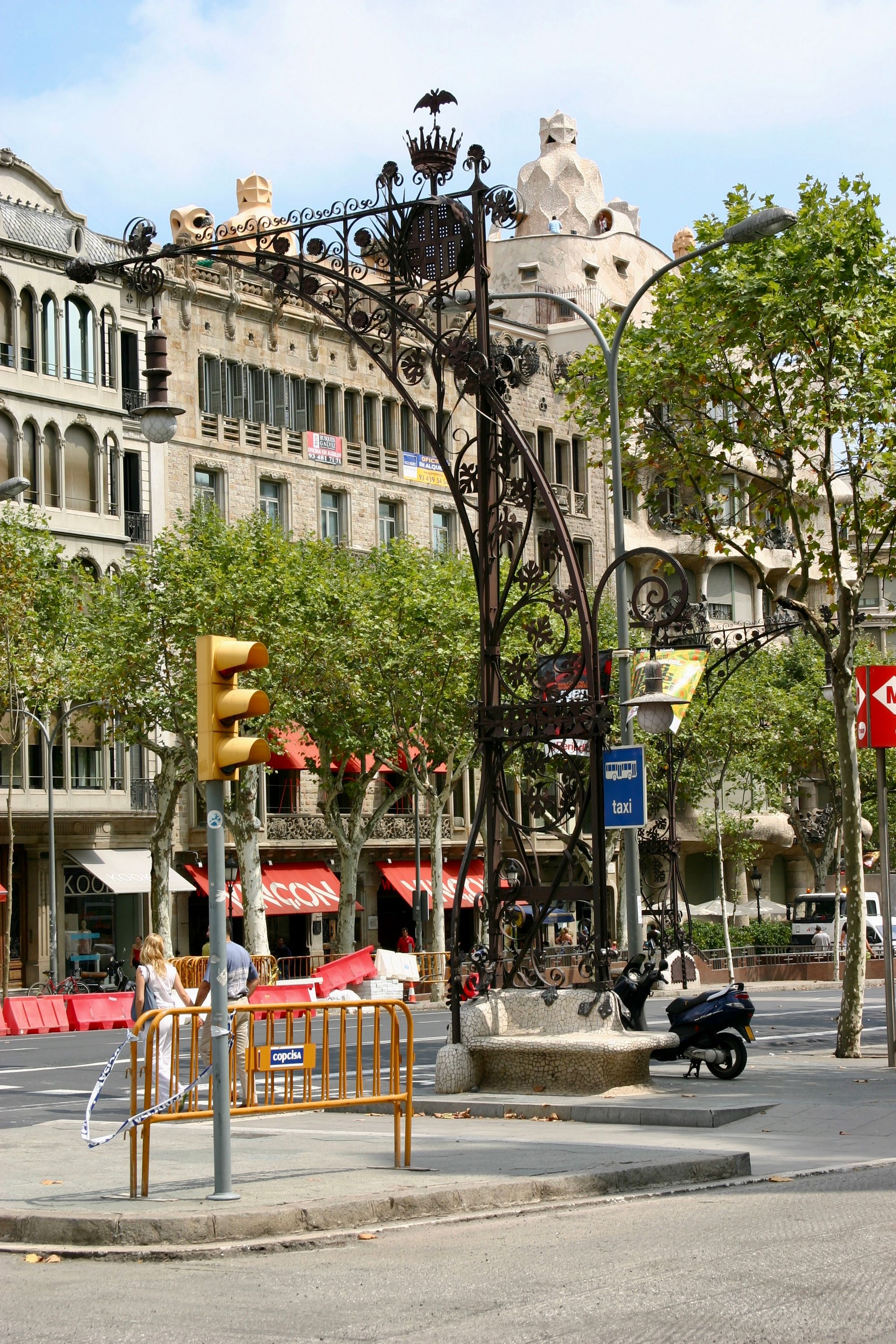
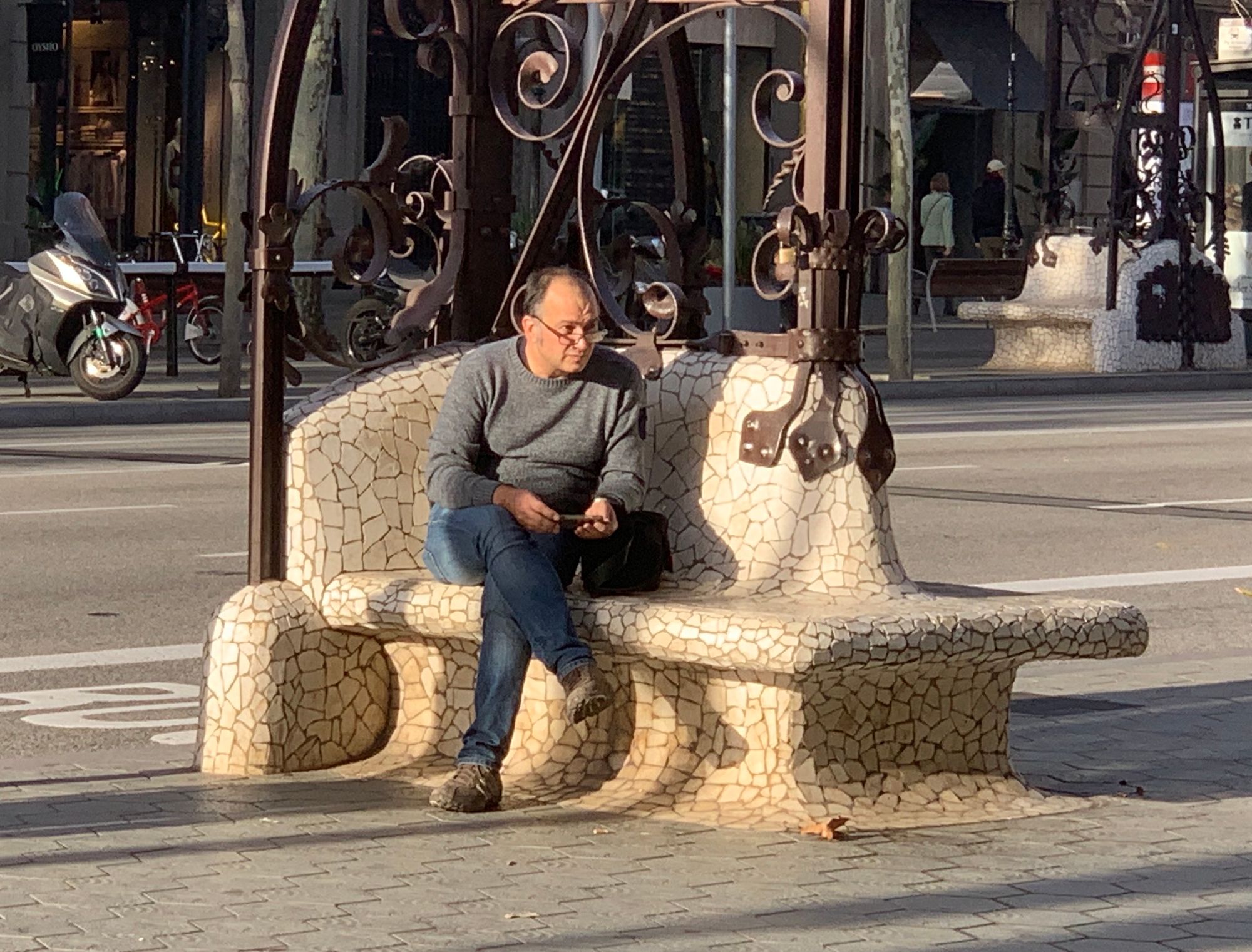
These round "tree guard" benches that have an almost 360 degree seating area are perfect for making different groups of people feel comfortable sharing a seat because they aren't forced to face each other. In this way, one bench serves many.
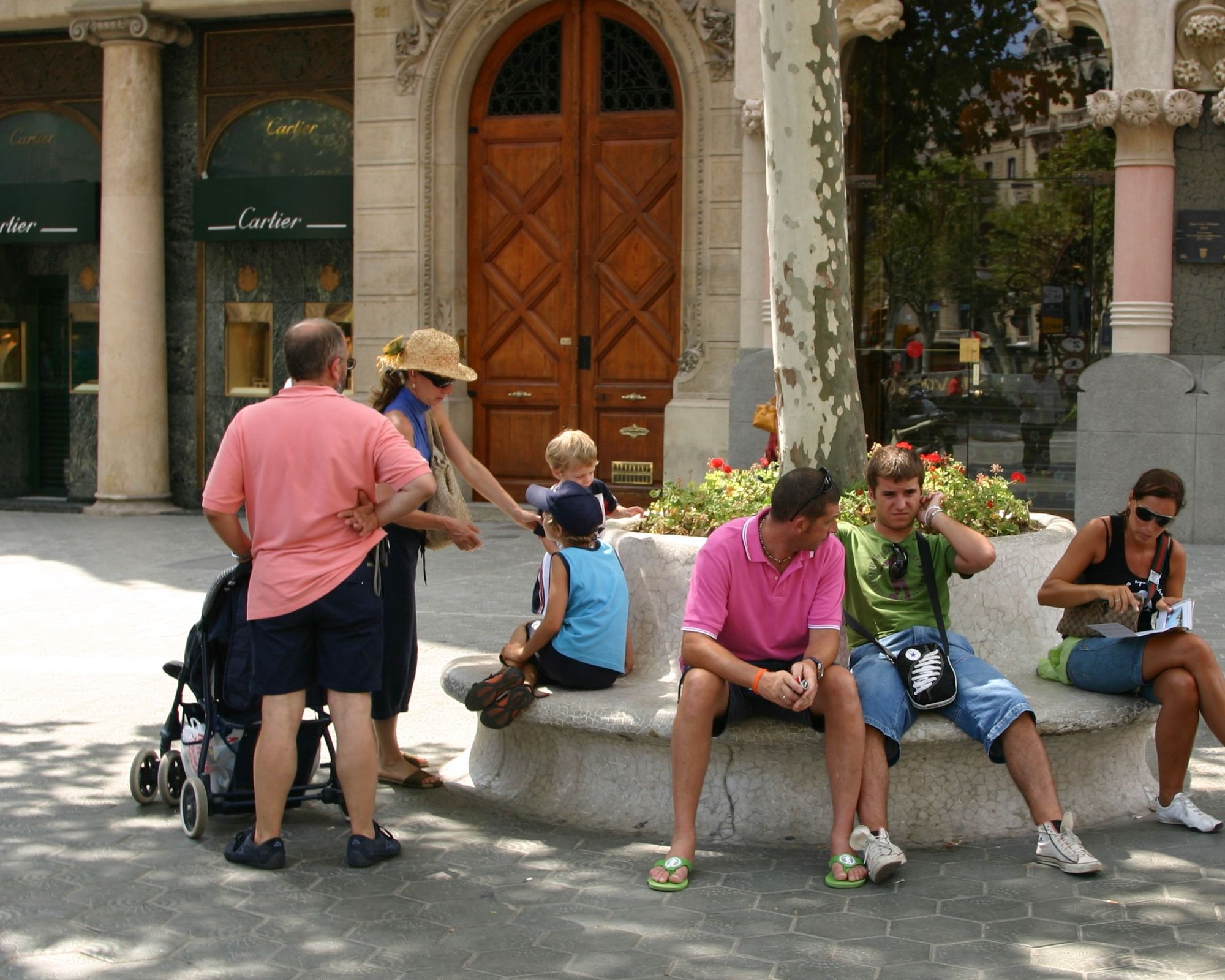
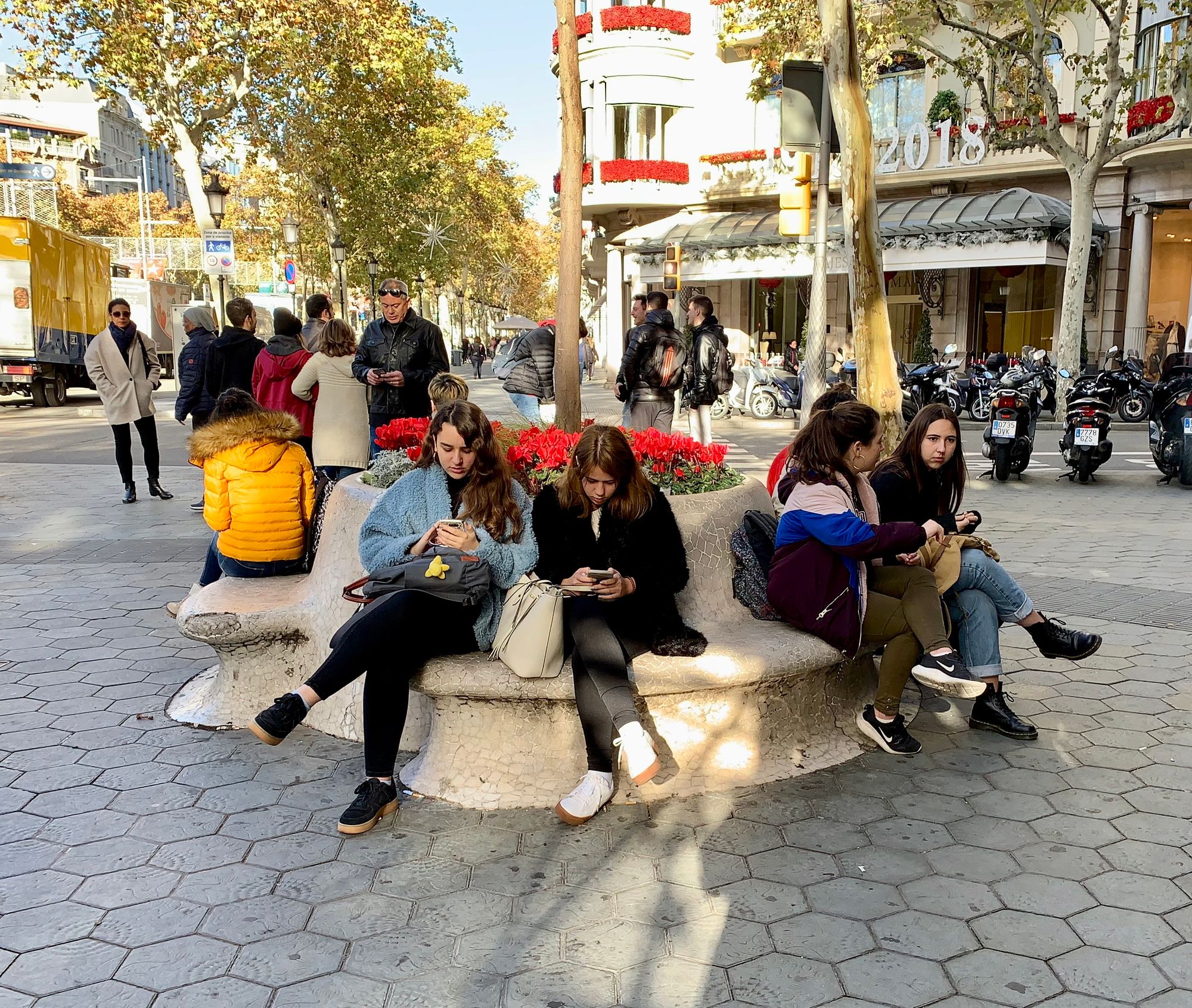
Takeaways
- Barcelona is a city of art and that art is expressed even at intersections and benches throughout the city. It makes even the mundane extraordinary.
- Barcelona's extended and canted corners provide settings for prominent buildings such as hotels and Antoni Gaudí's buildings where corners become major gathering places. Fitting them with great benches completes the experience.
San Diego - Little Italy
Corner plazas like in Little Italy are catalysts that can change an entire corridor from an overly wide street to a pleasant boulevard lined with cafes and amenities.
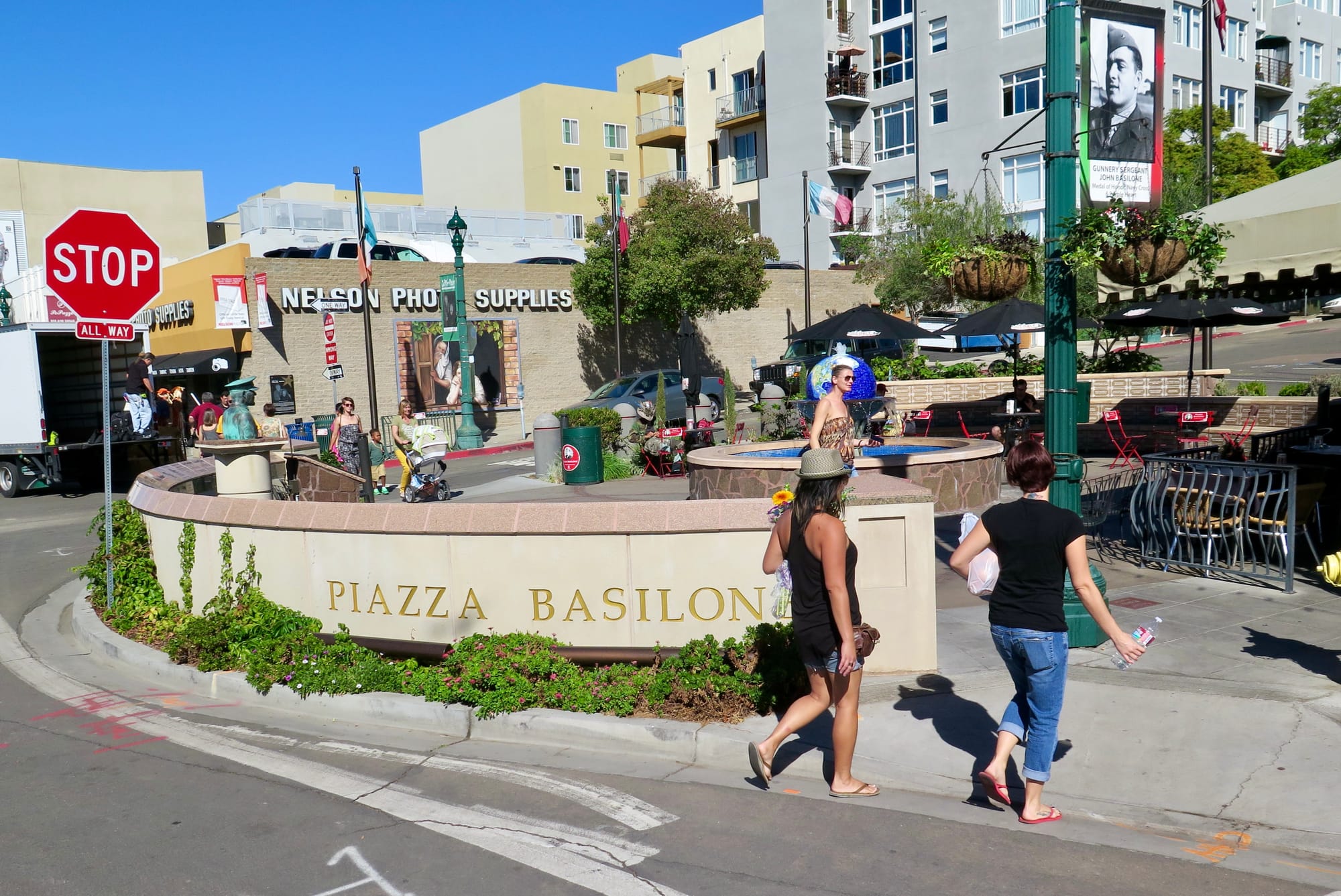
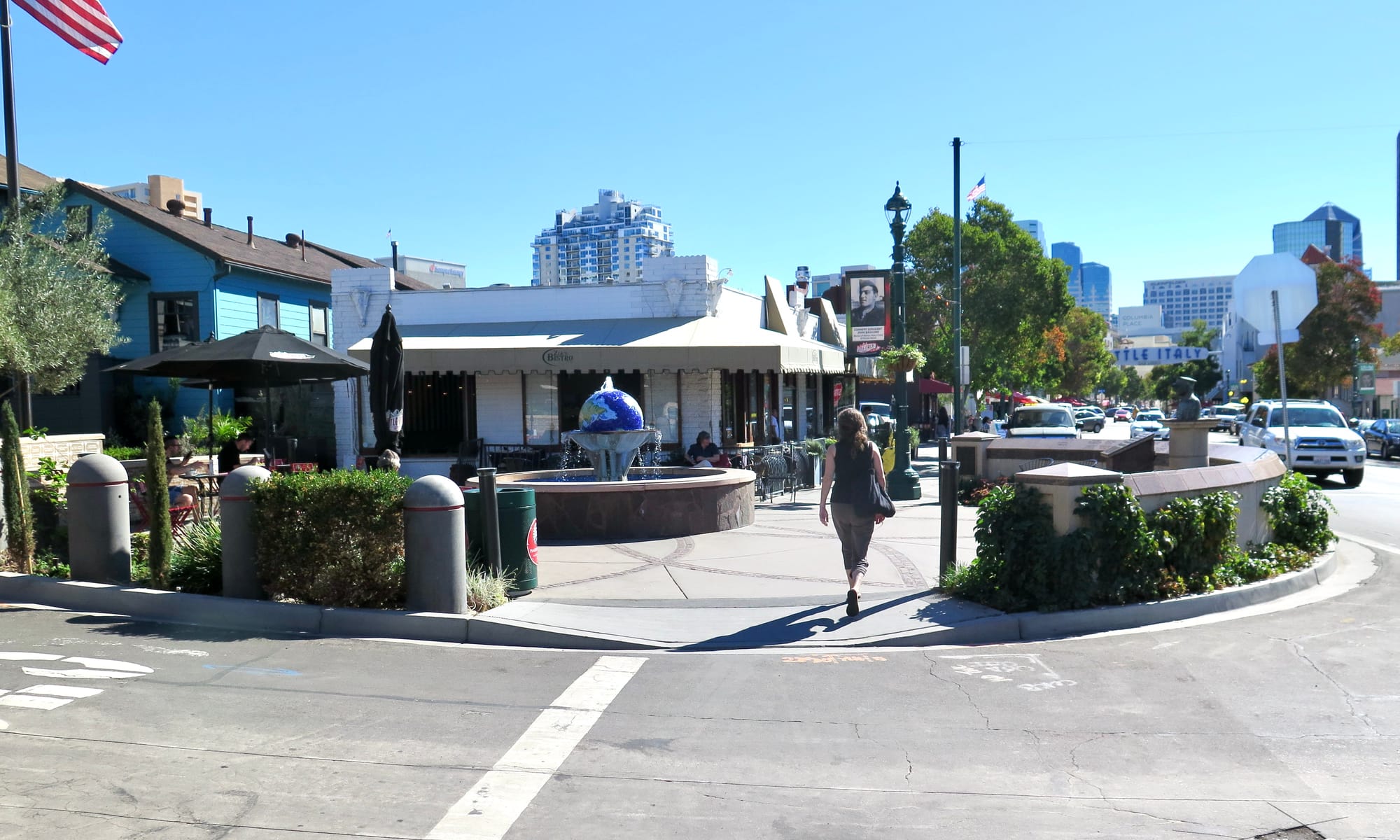
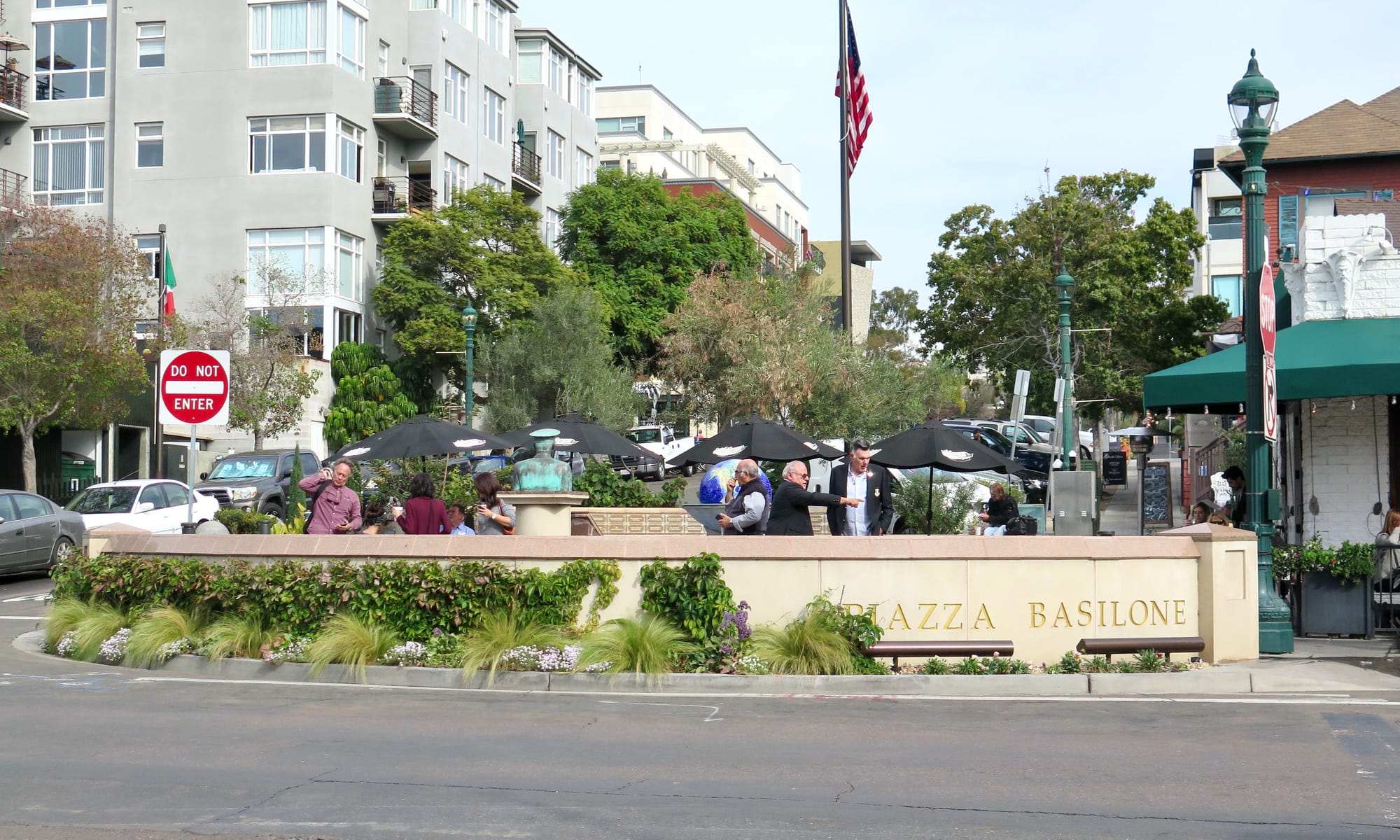
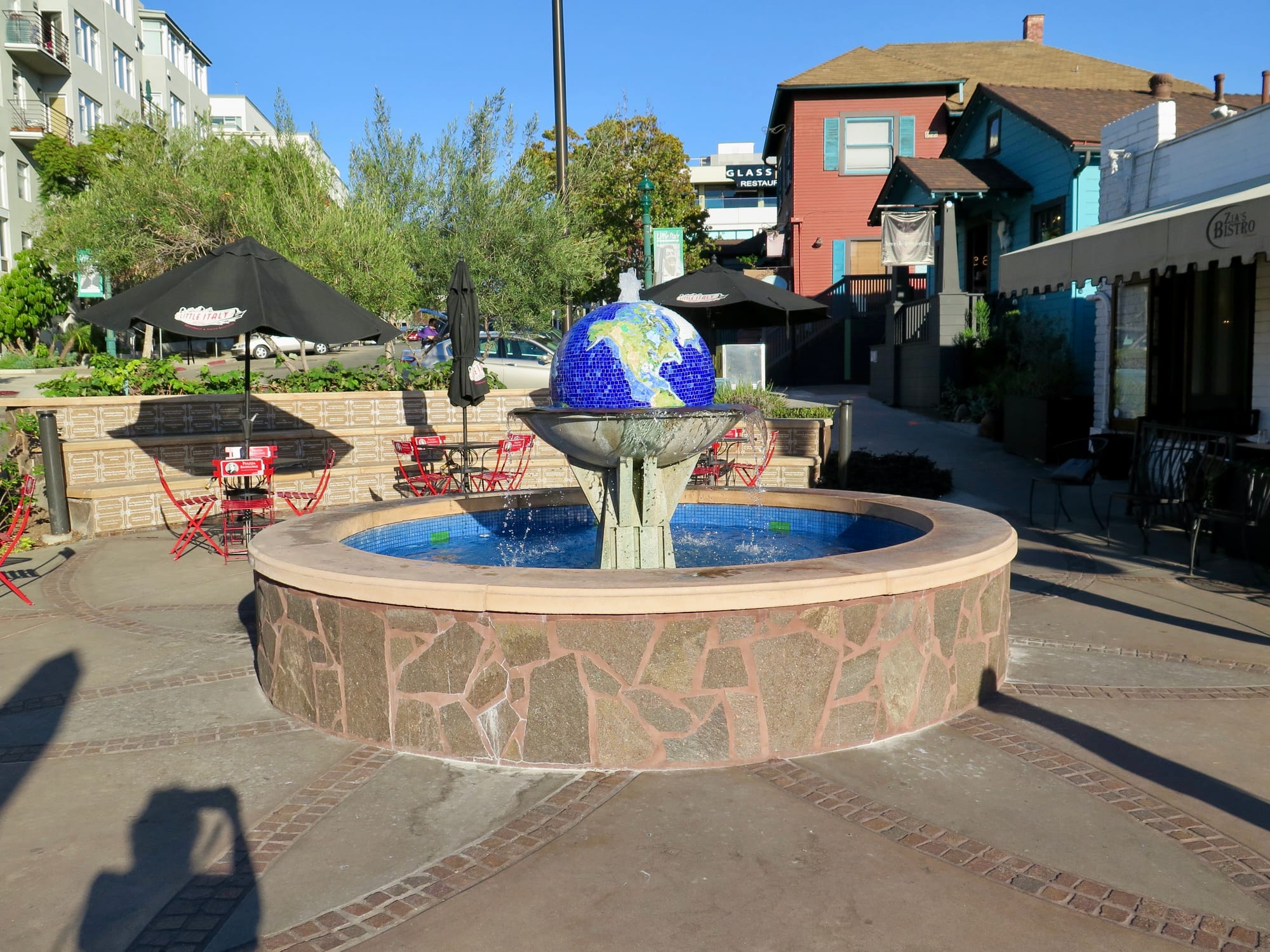
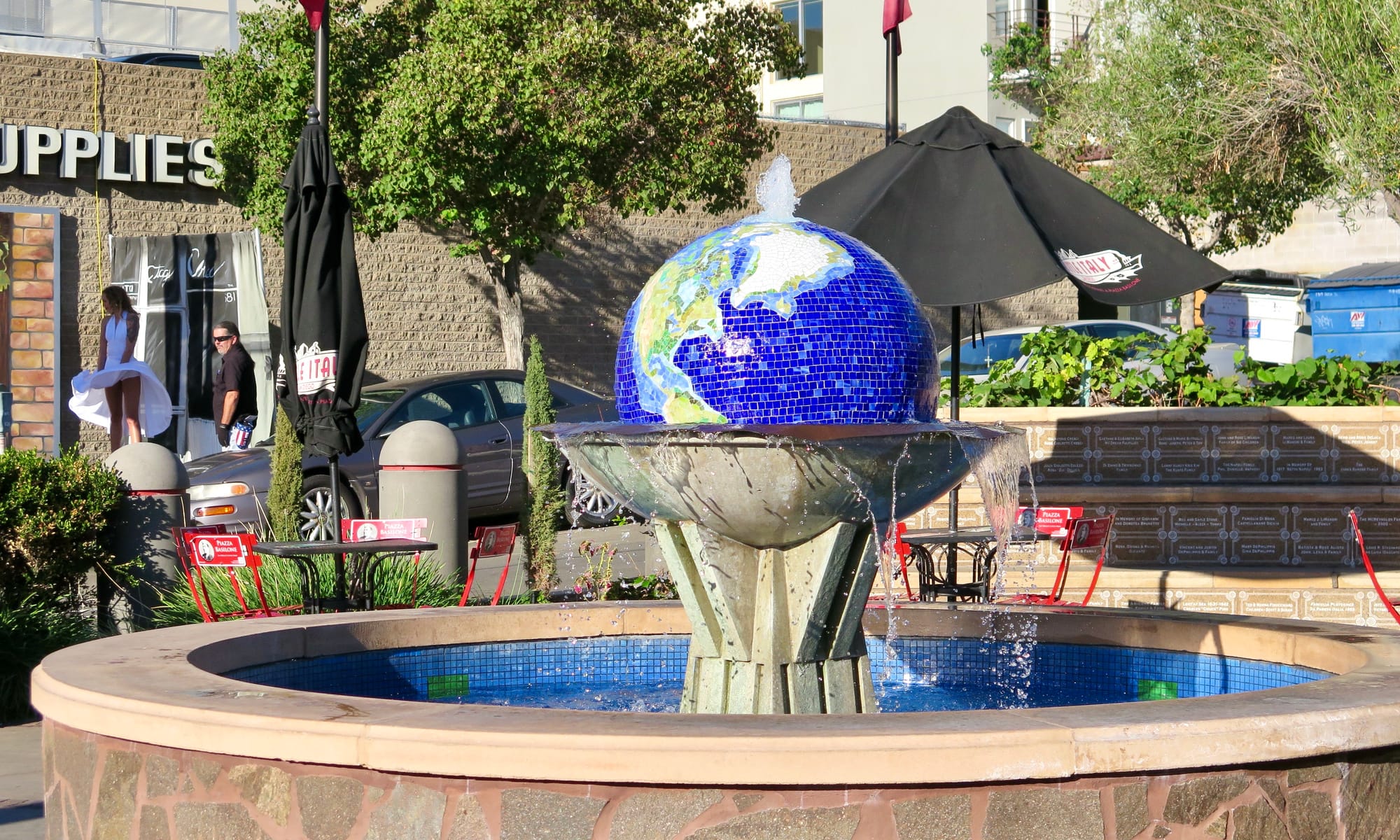
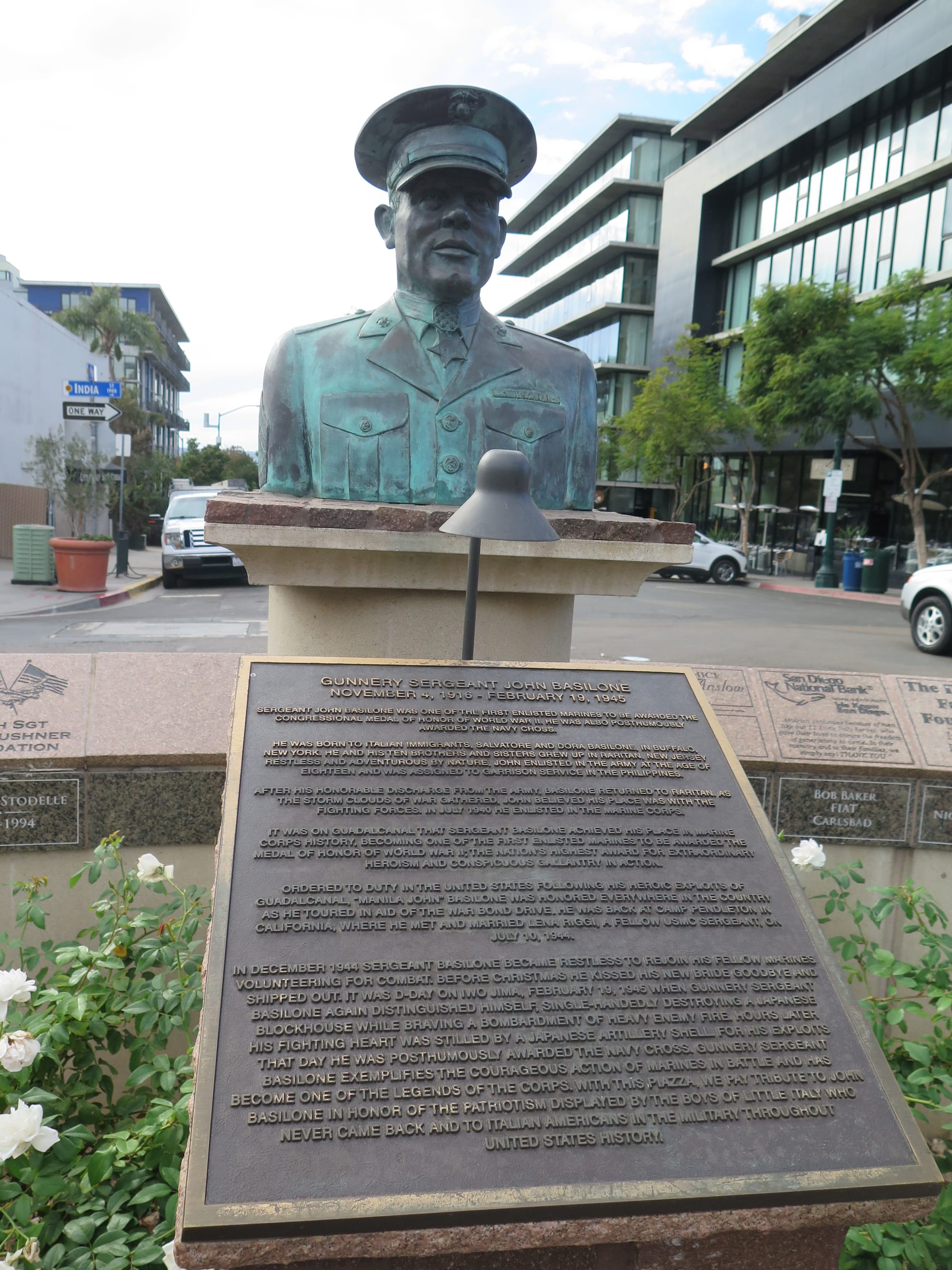
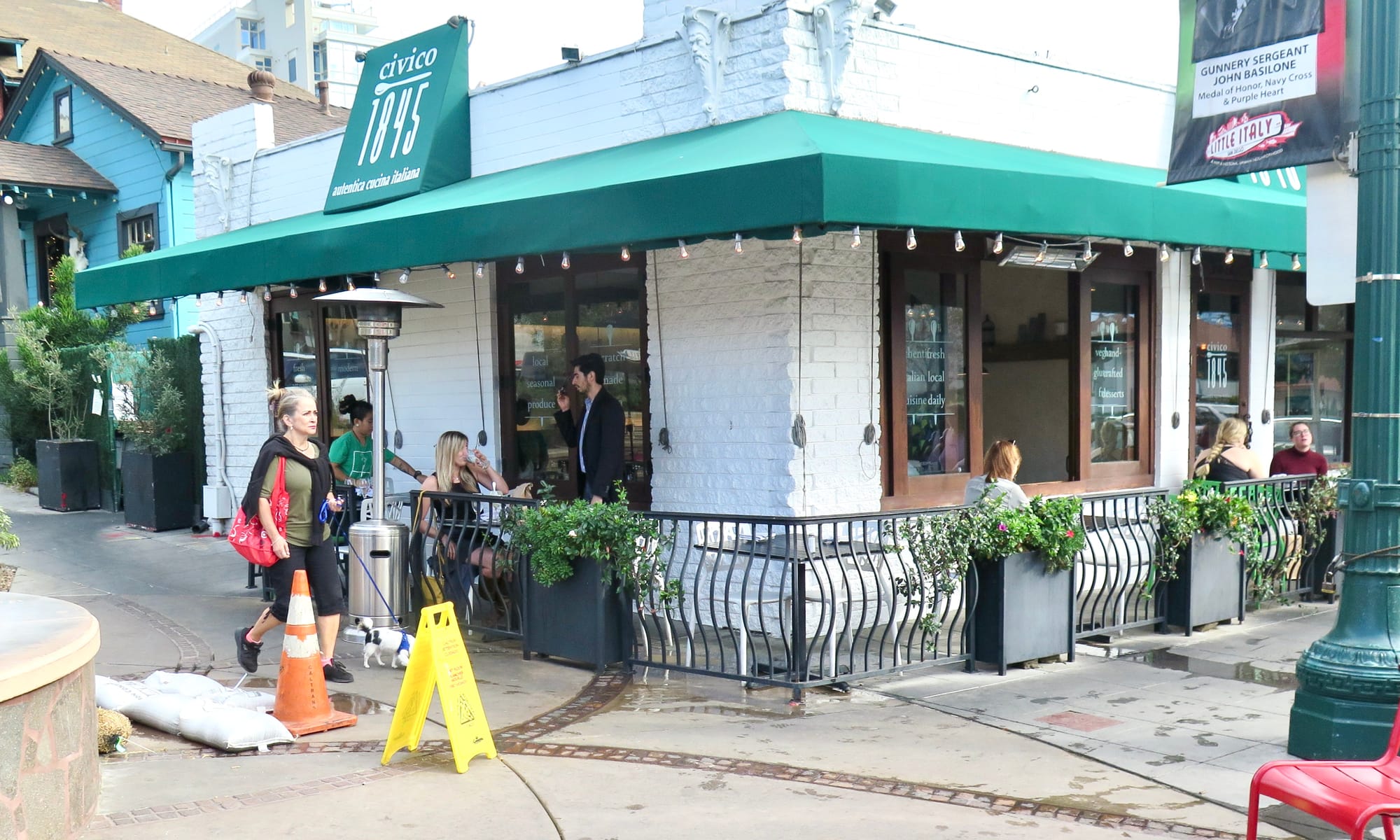
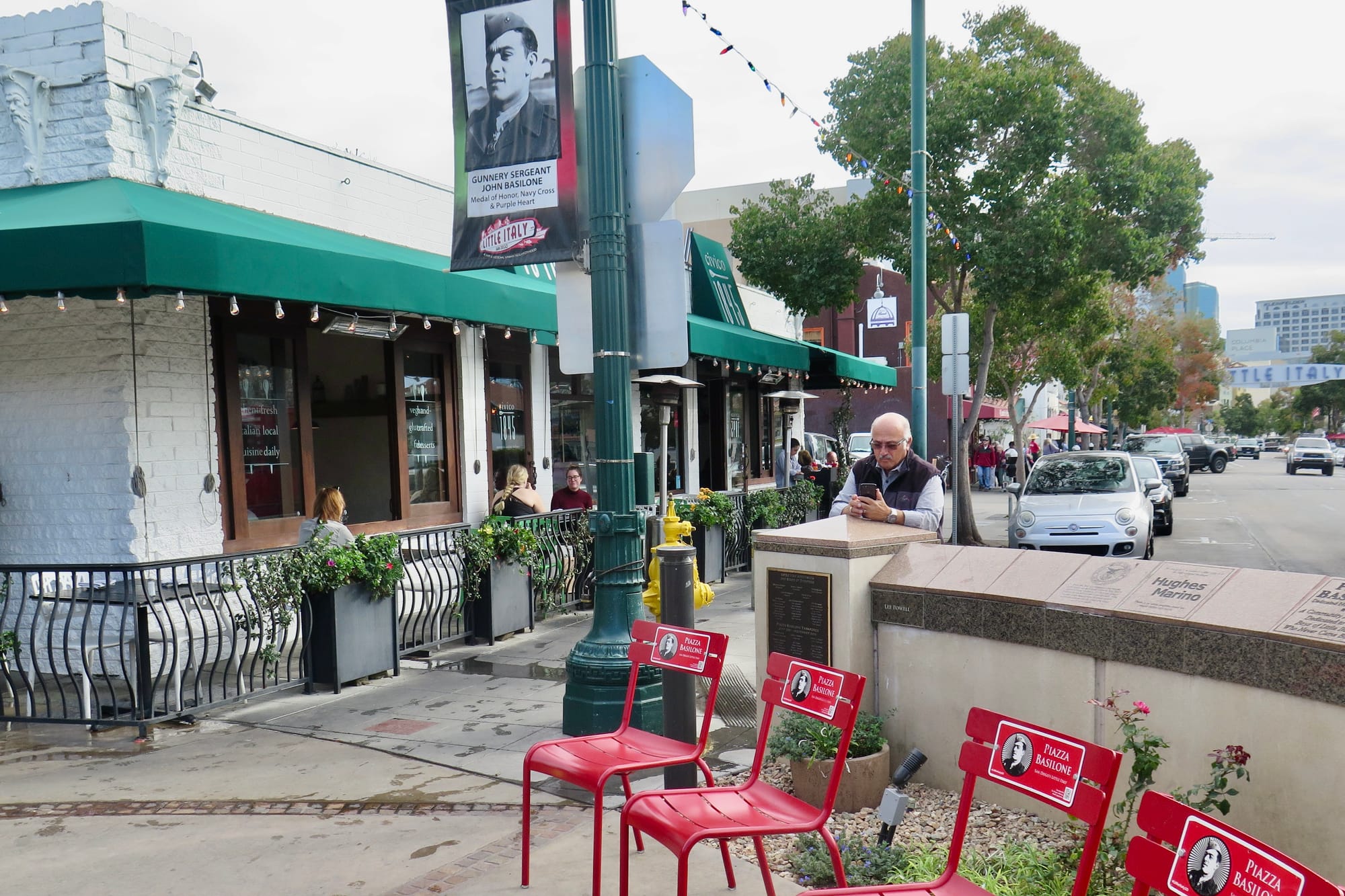
Corners restaurants and small plazas
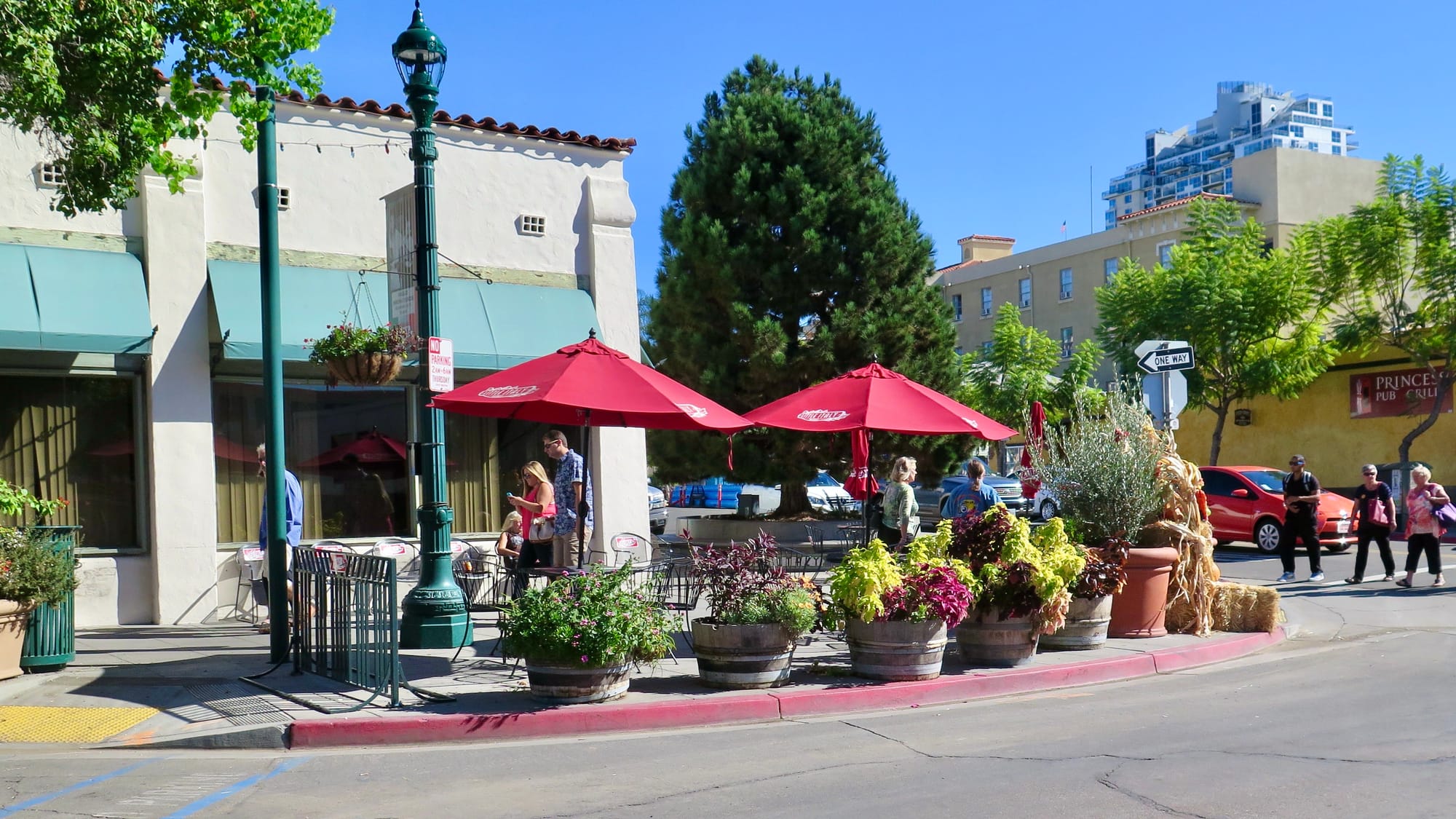
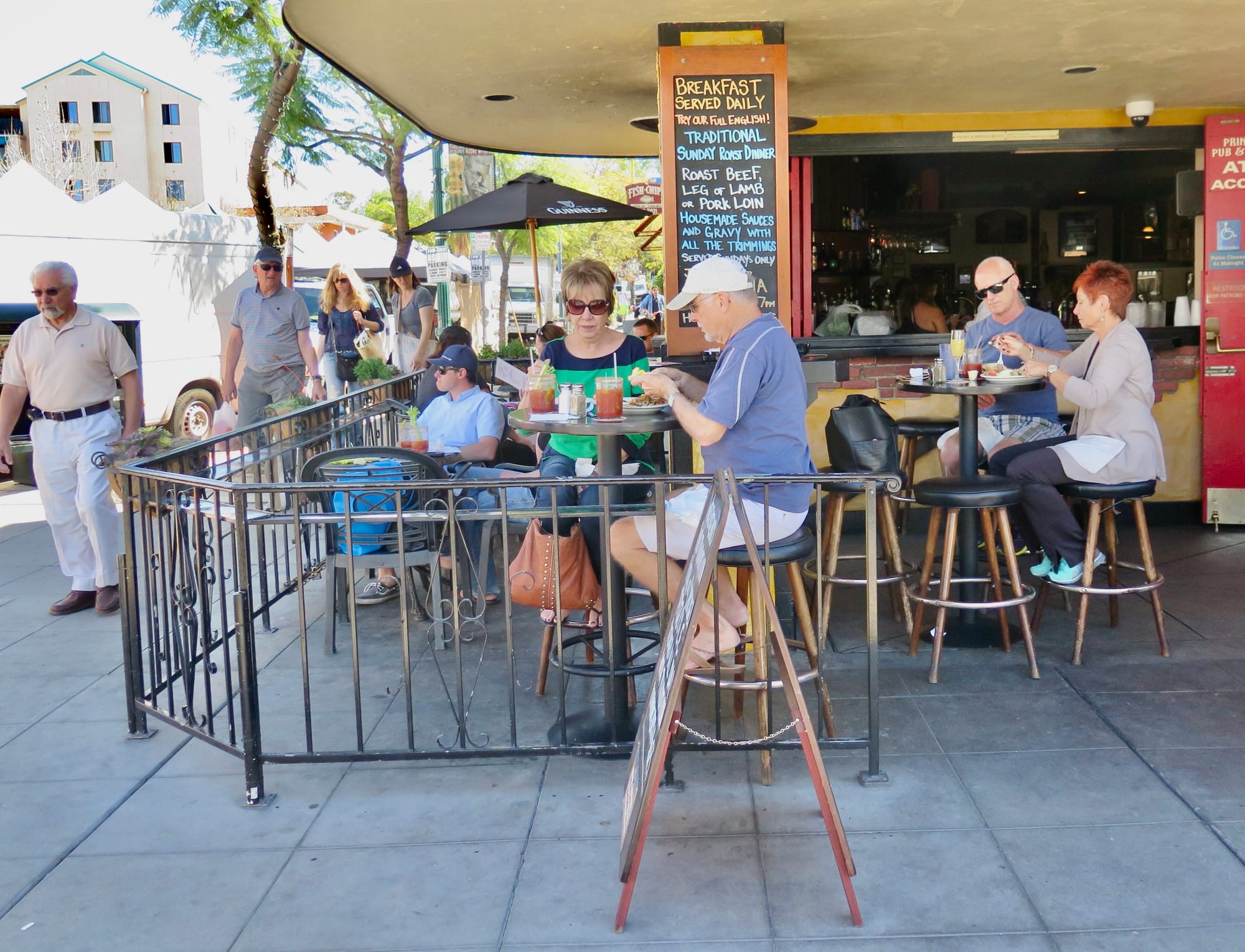
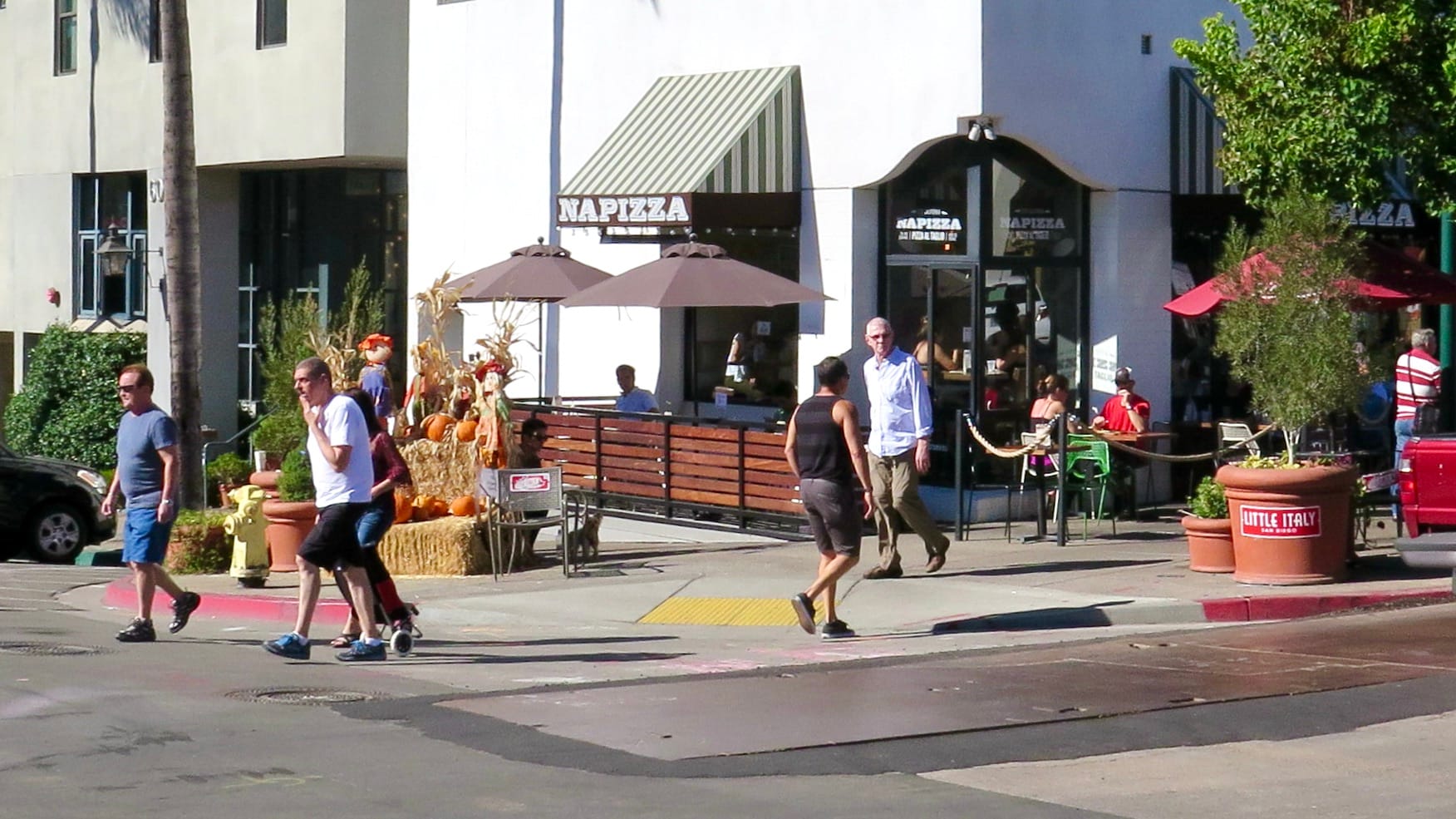
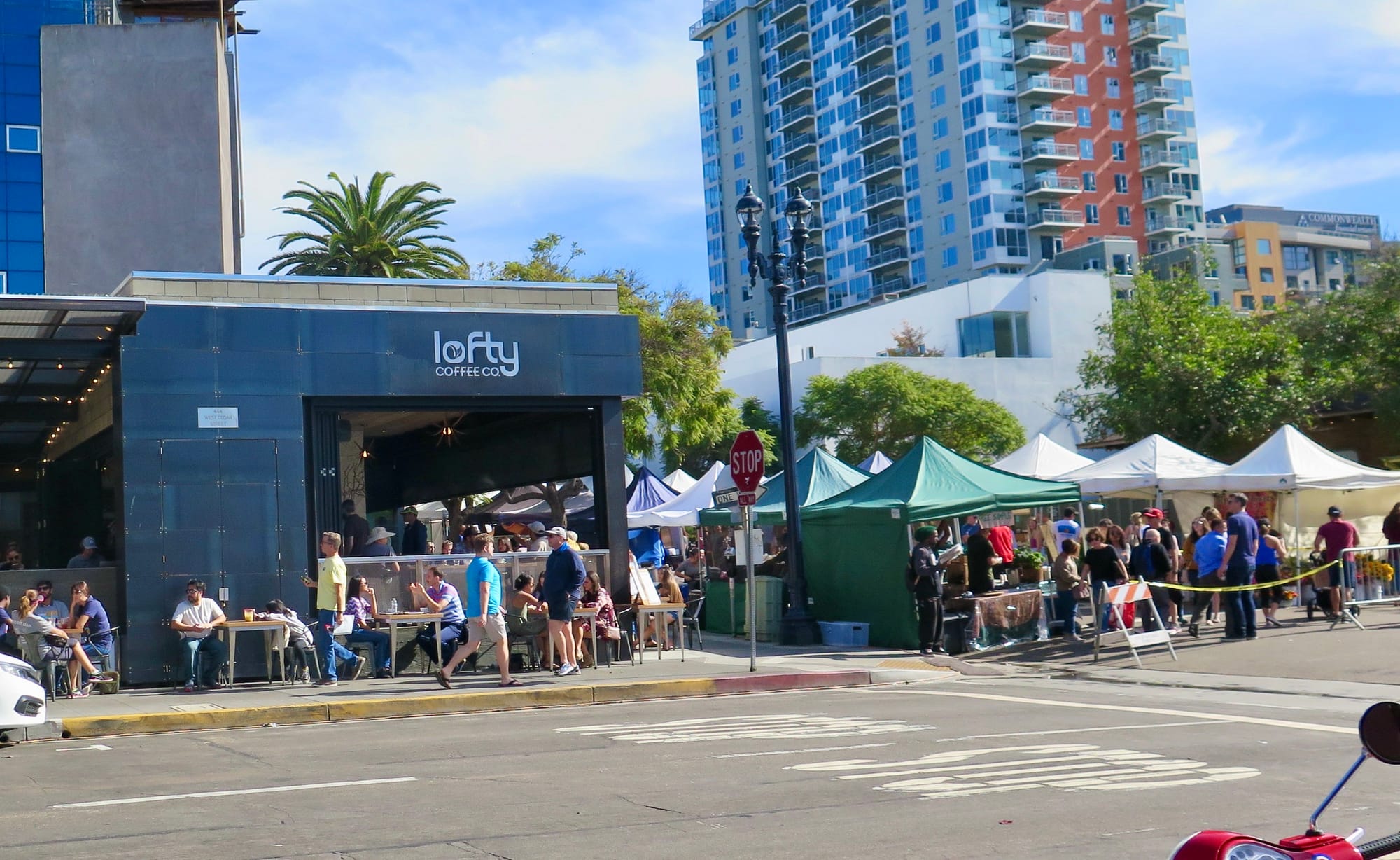
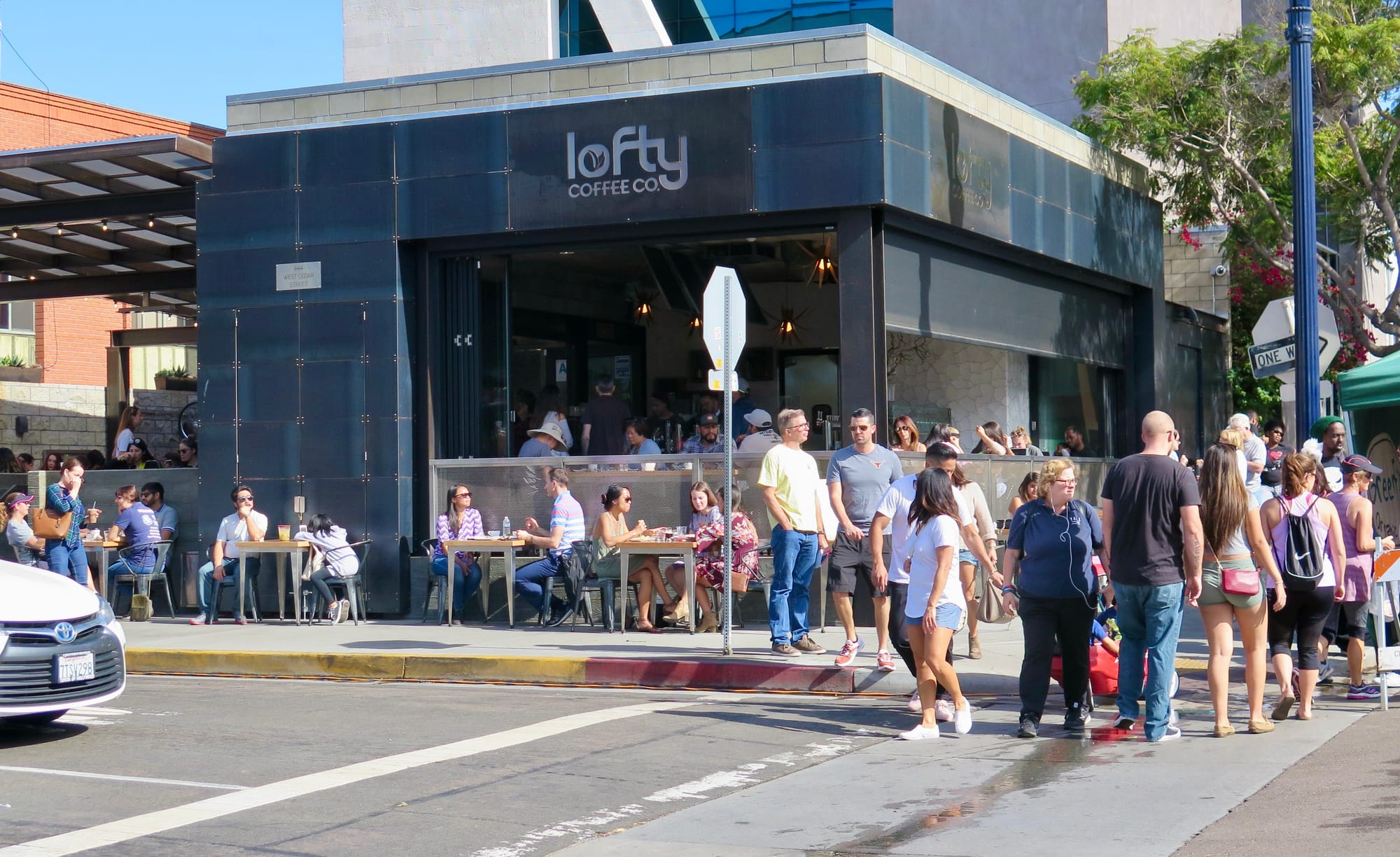
Takeaways
- Reciprocal gestures: There is a wonderful progression in Little Italy that started with a plaza at the main corner to where other corners were extended, then a street was closed and then two entire blocks were transformed to have cafes, etc. One catalytic change had meaningful ripple effects through reciprocal gestures that transformed the whole area.
- Double loading: Throughout this area, streets and corners double load and pull the inside of the block out with amenities, art, displays and seating on the sidewalks, making the streets and corners engaging and interesting places to be.
Cobble Hill, Brooklyn
Public Seating at the Farmacy and MozzLab
On Henry Street in Brooklyn is another exceptional corner. The intersection here, with public seating on three of its corners, is a remarkable setting for people to come together and it is available to use 24/7 even if you don't buy anything.
On one corner there is a soda fountain called the Farmacy that draws mostly children, a young crowd, but also seniors from the neighborhood. It is a place for everyone and connects the community.
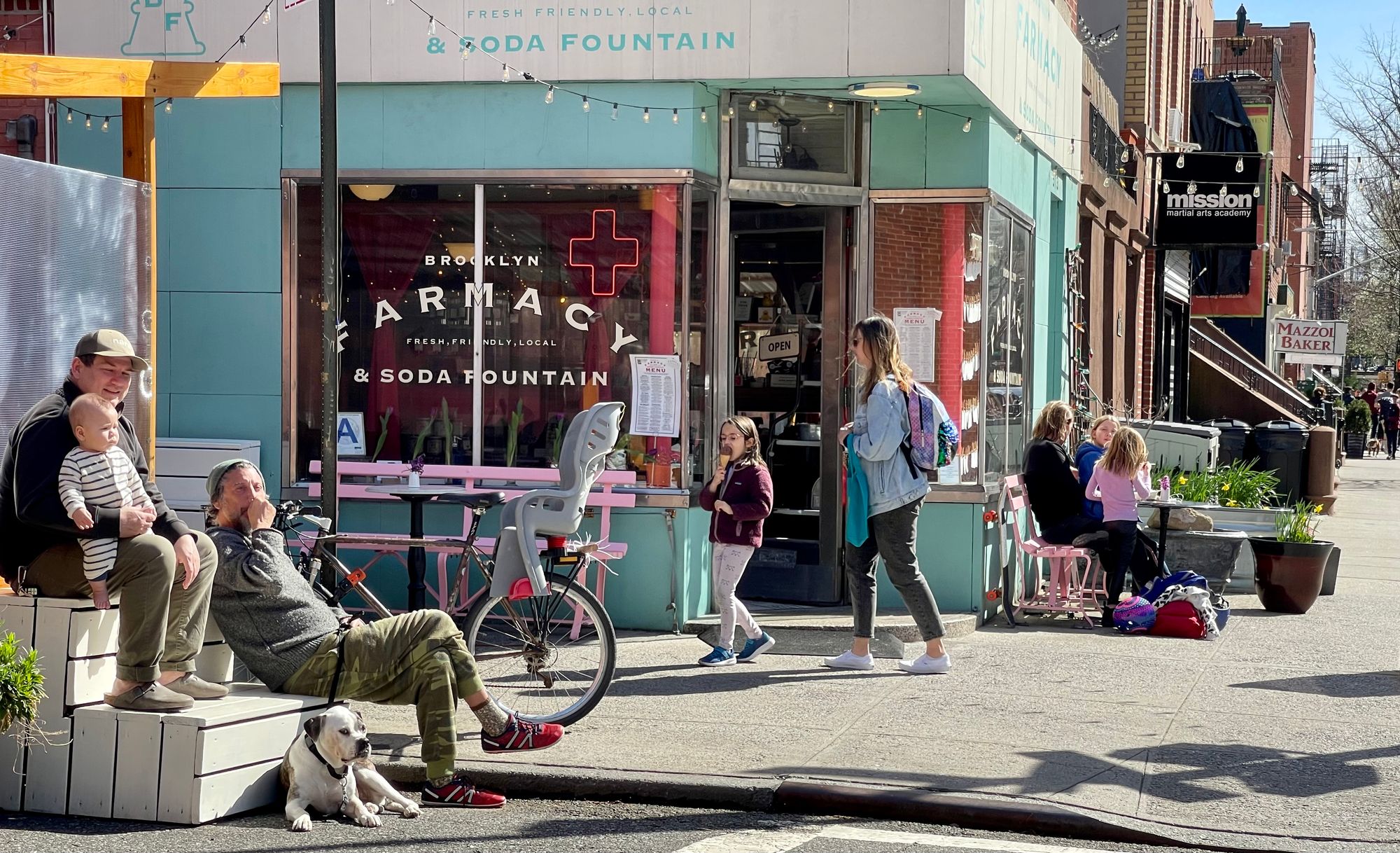
Gia, the owner of the Farmacy, wants community members to hang out there and feel welcome. She wants it to be a hub of social life and she has done a great job of creating that.
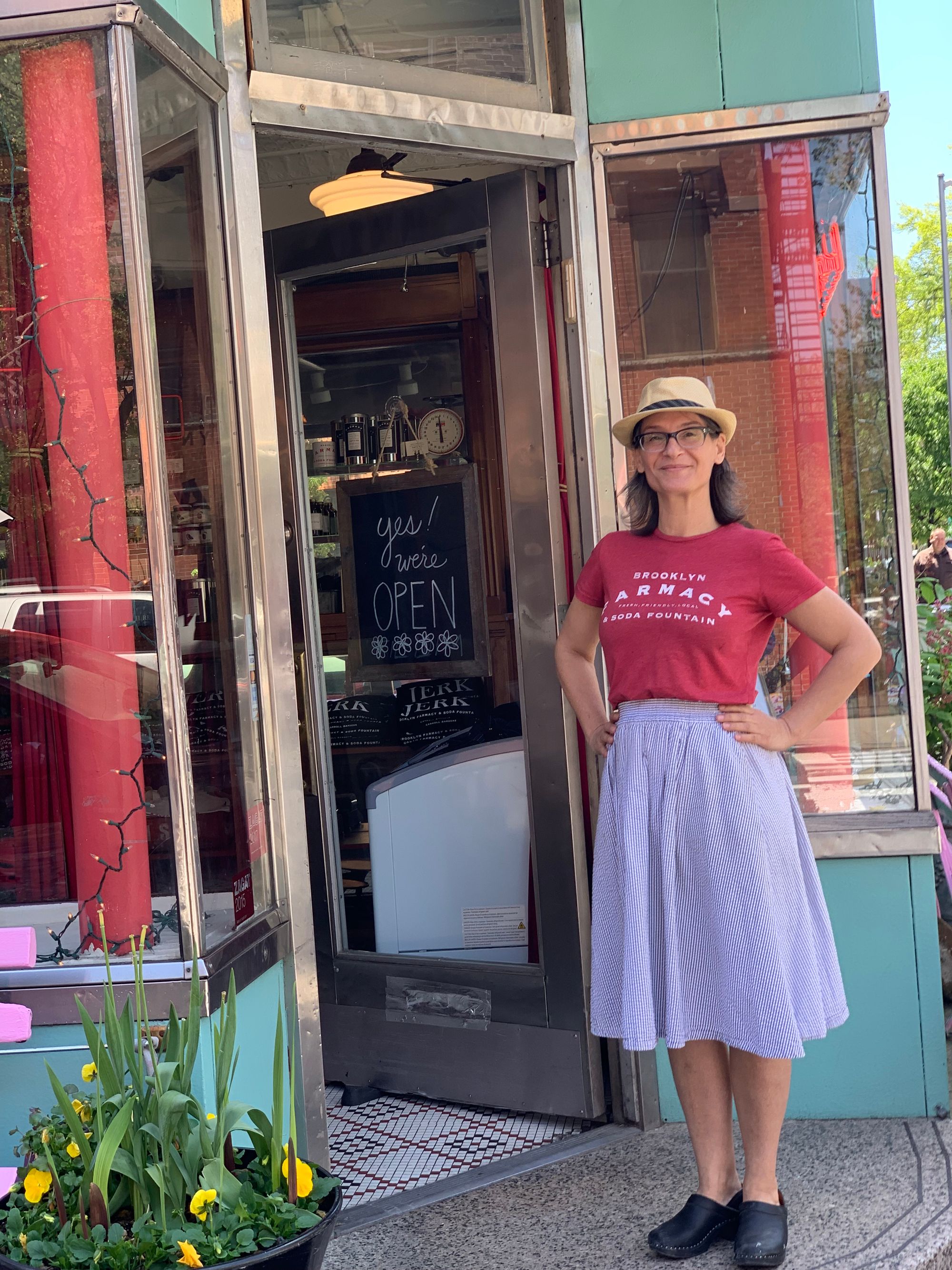
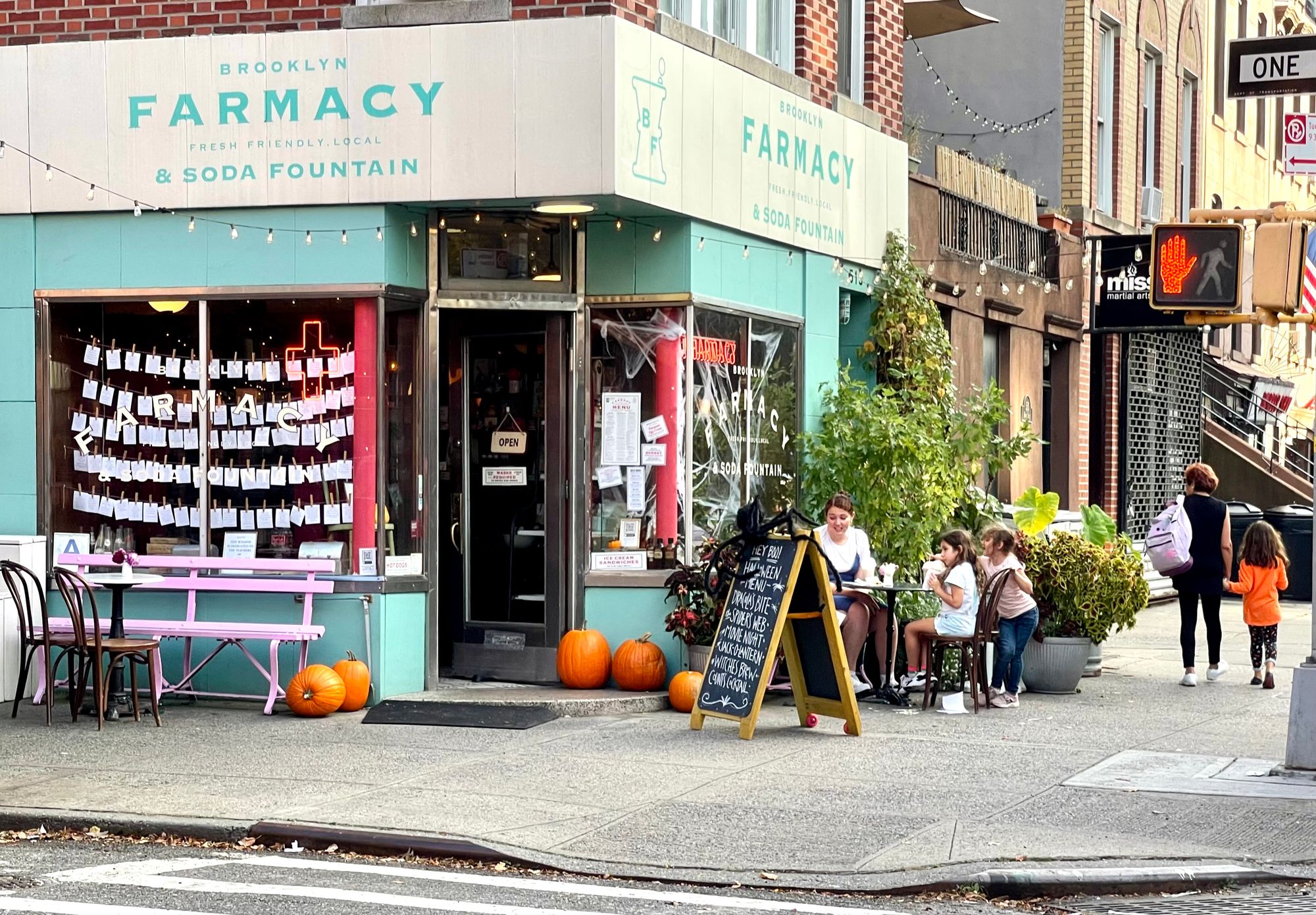
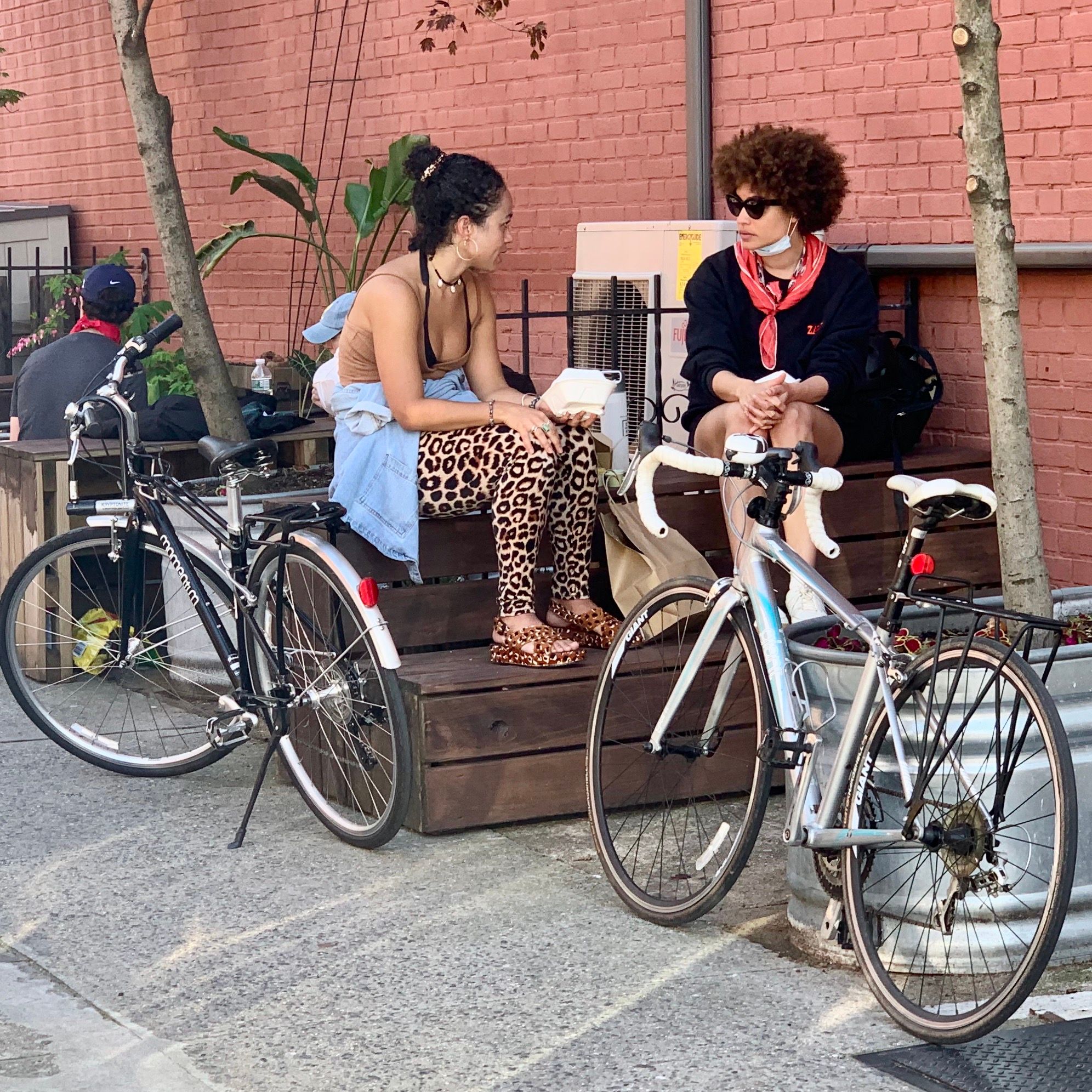
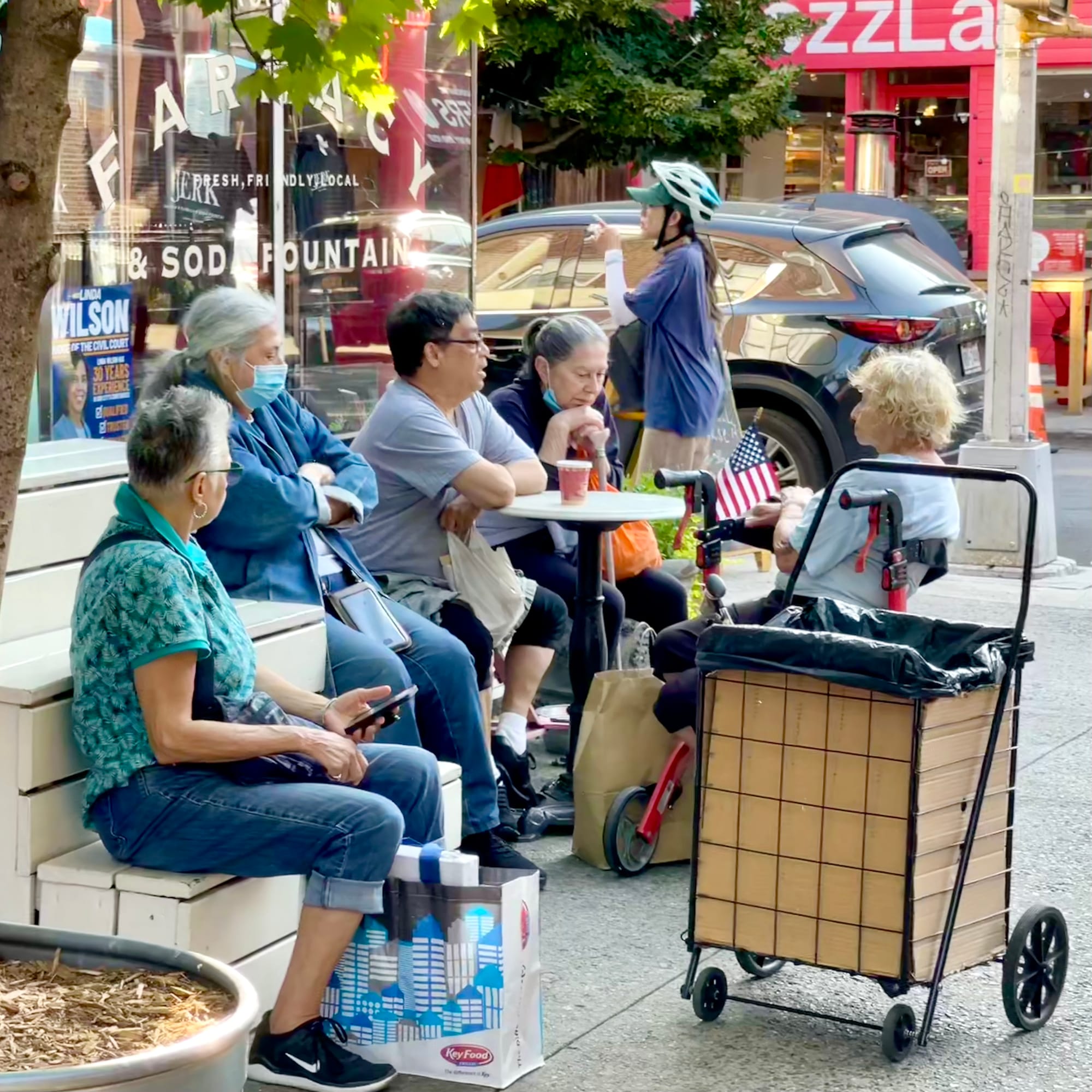
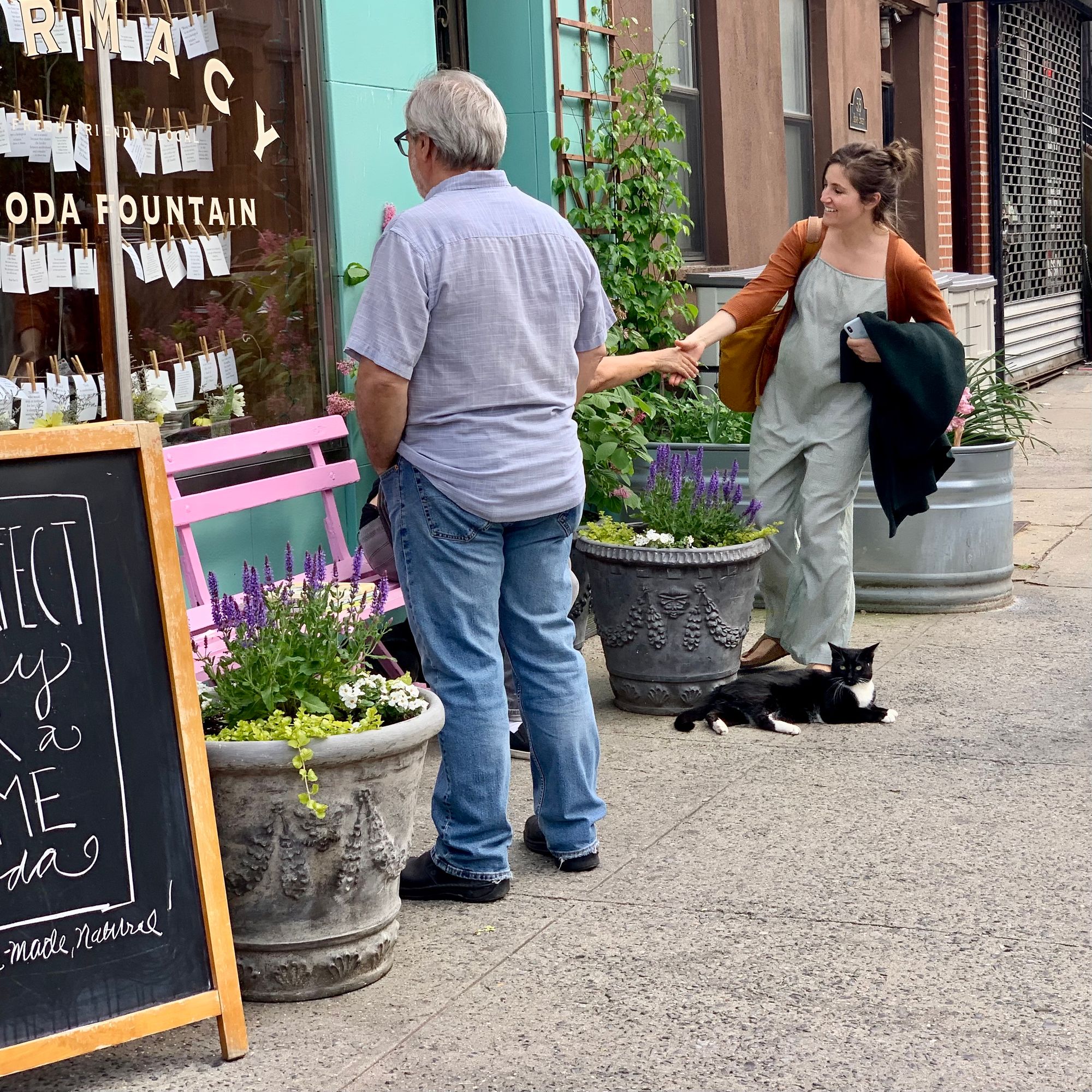
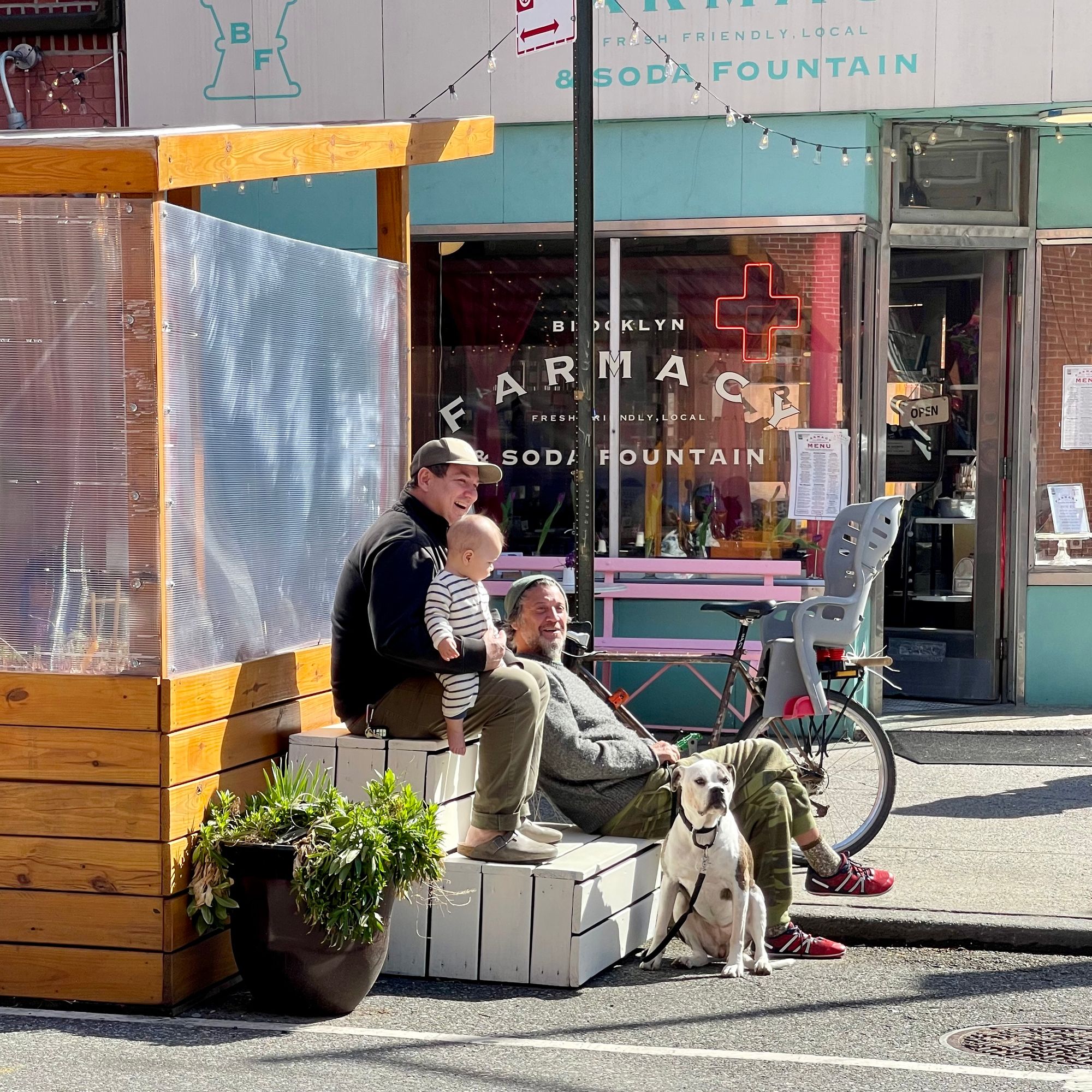
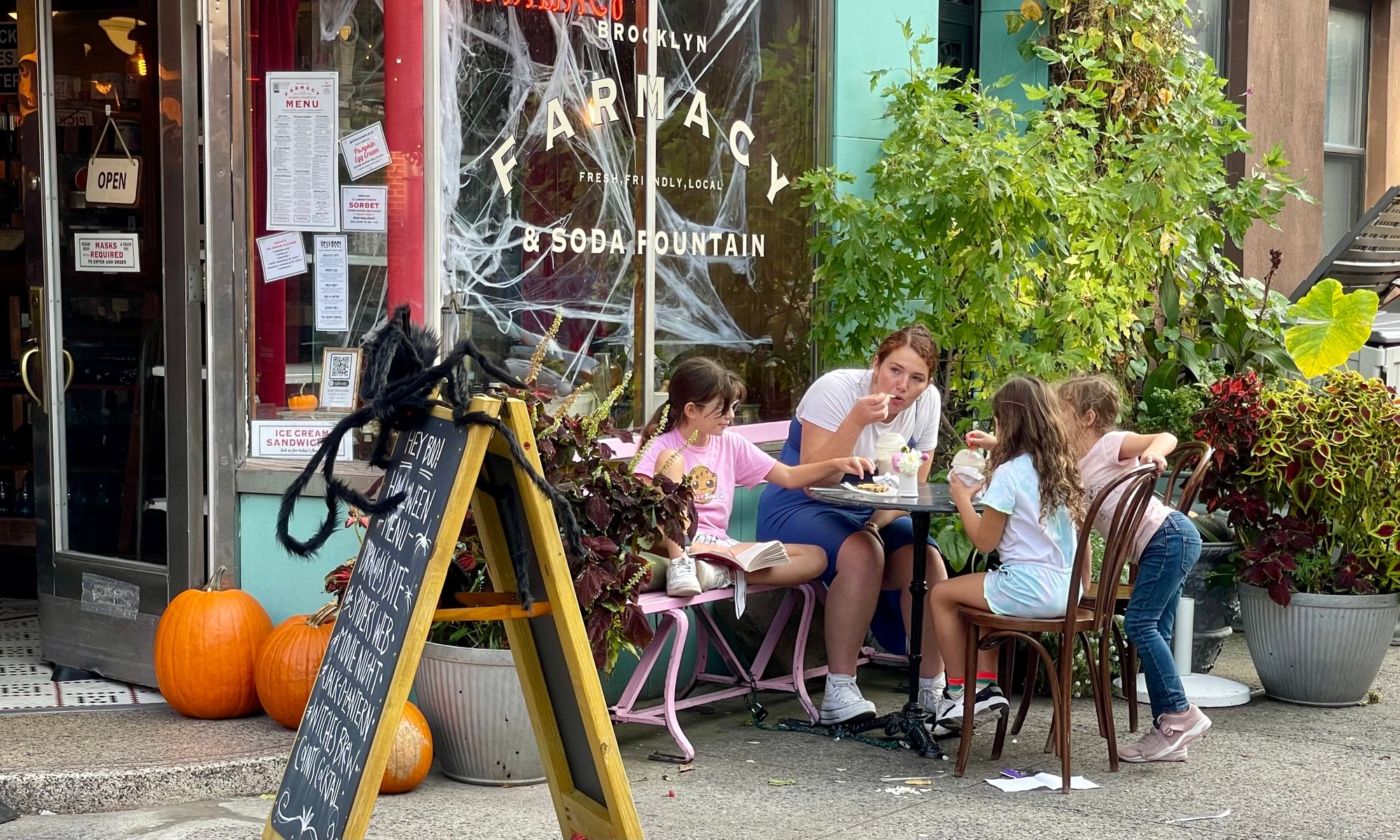
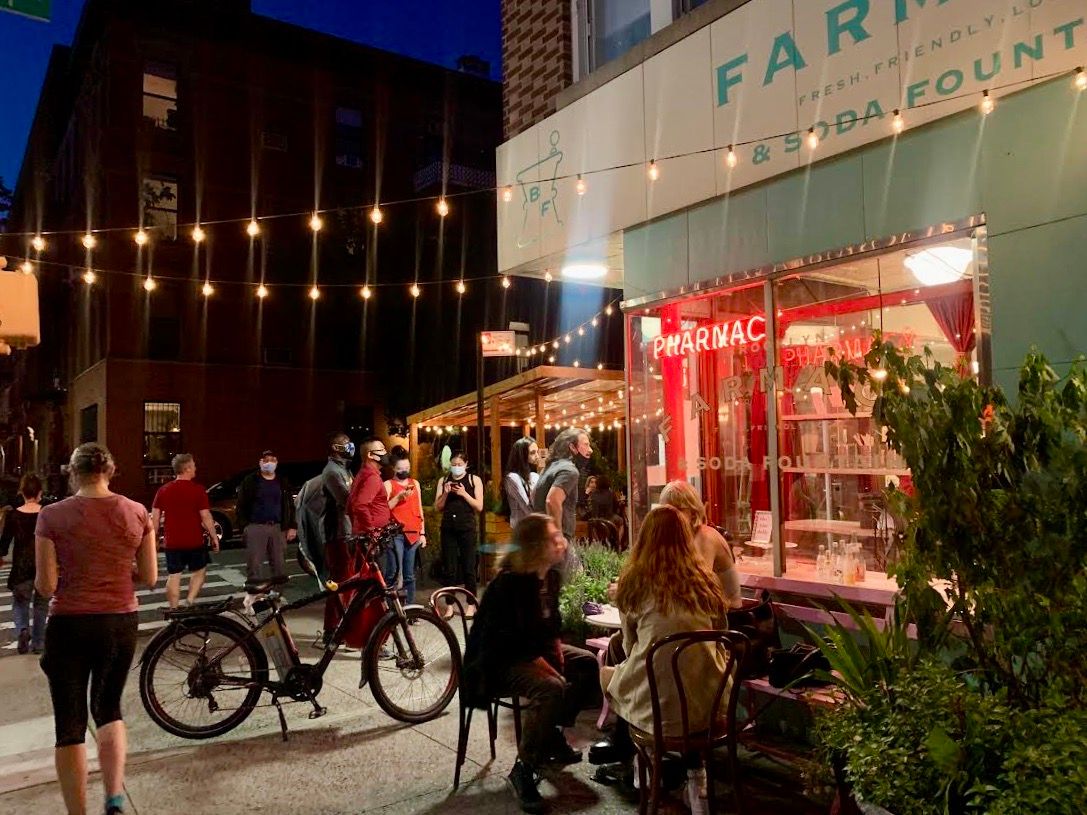
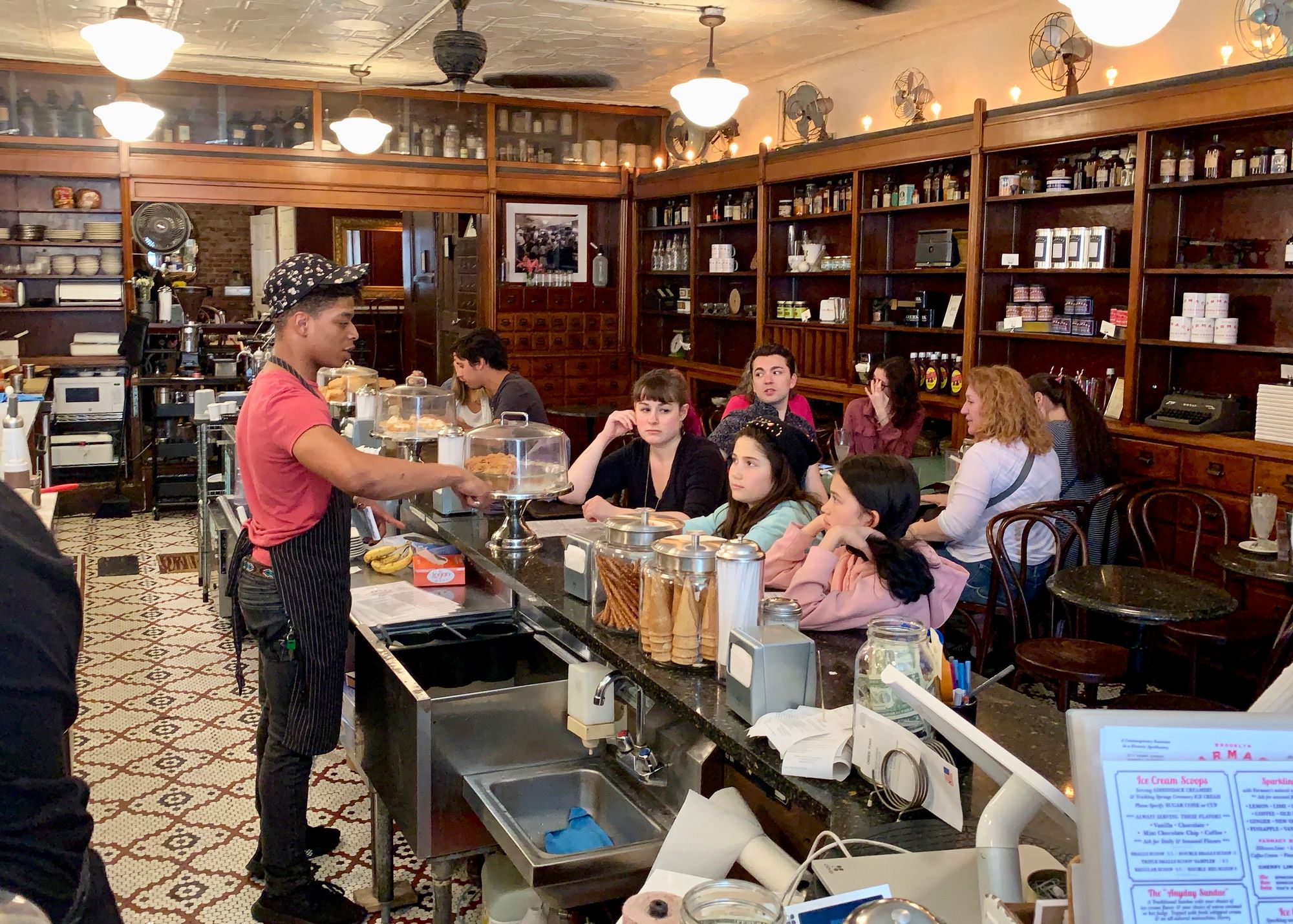
Across the street, a relative newcomer, MozzLab, has created another public gathering place, competing to make this one of the most social intersections around. Both corners provide seating that is available for anyone, day and night, open or not. Both provide food but they are not cafes and have no table service.
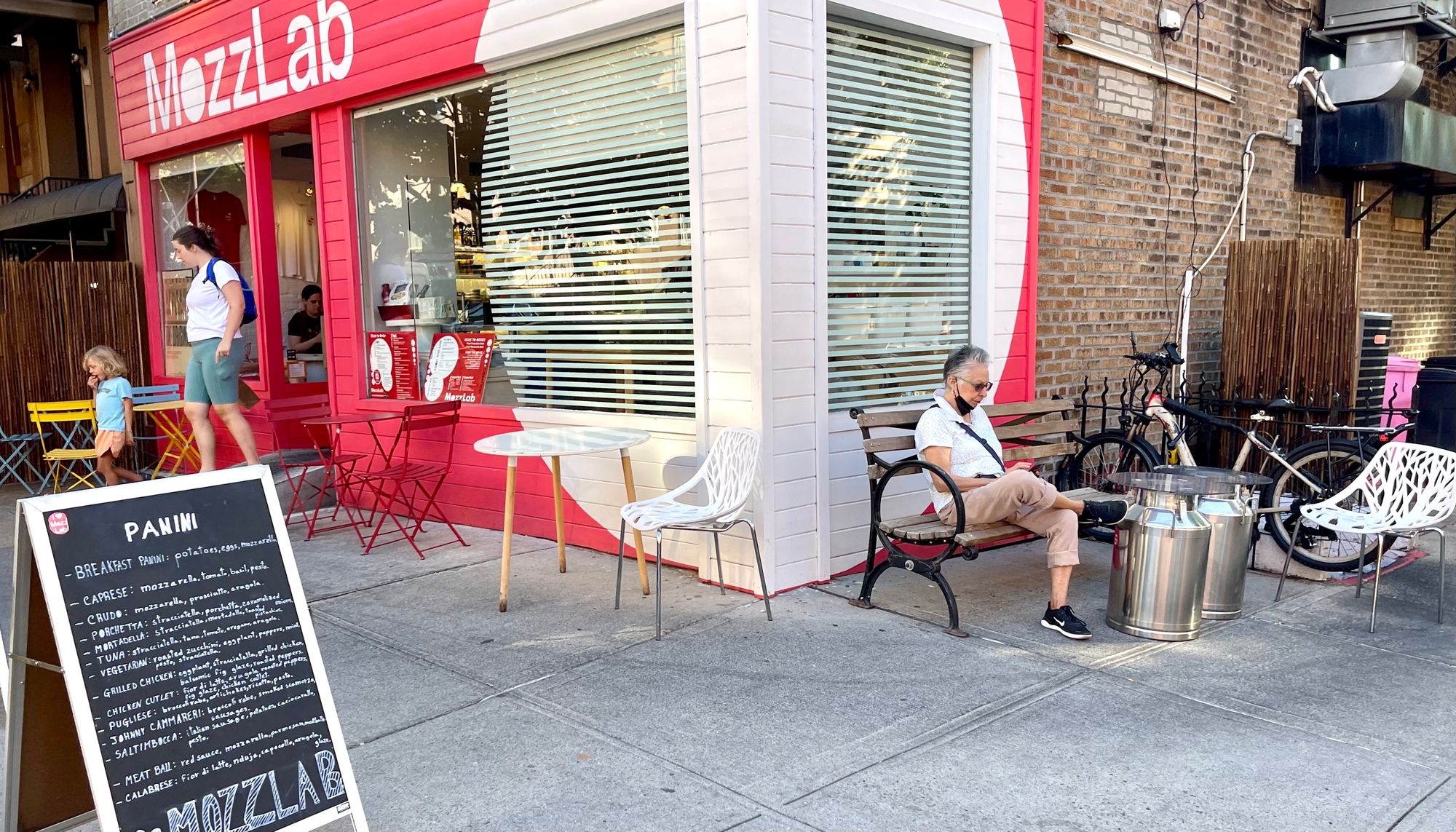
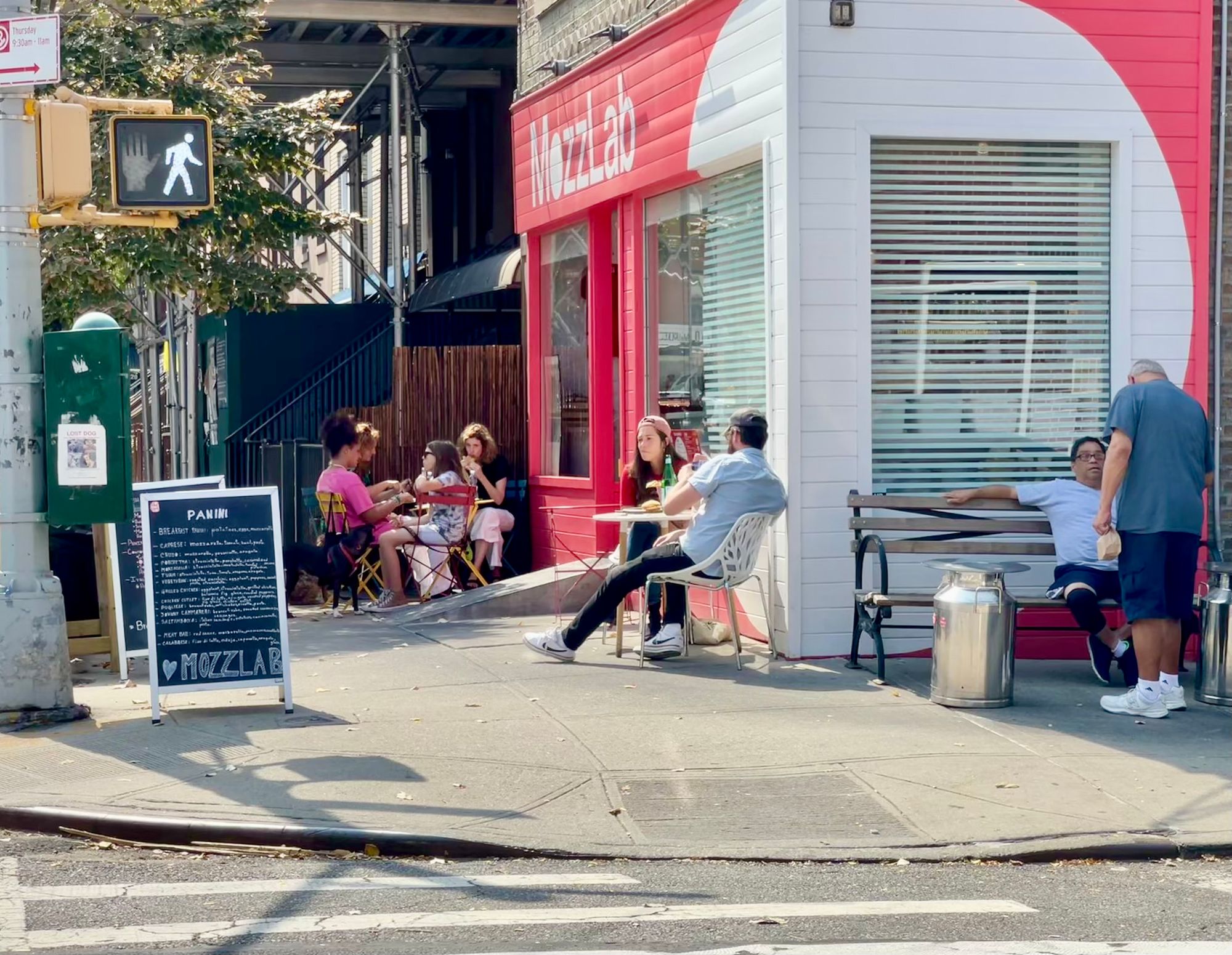
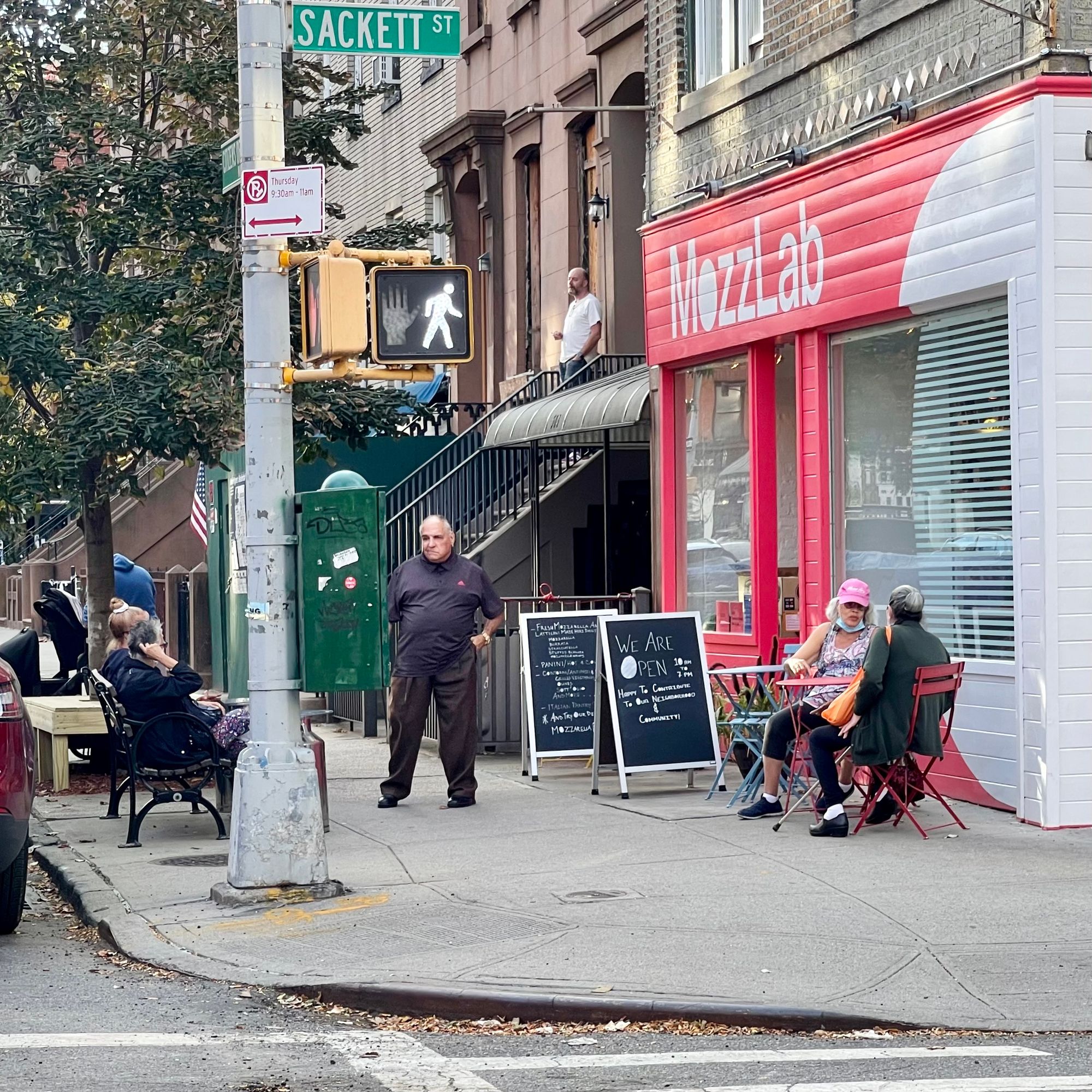
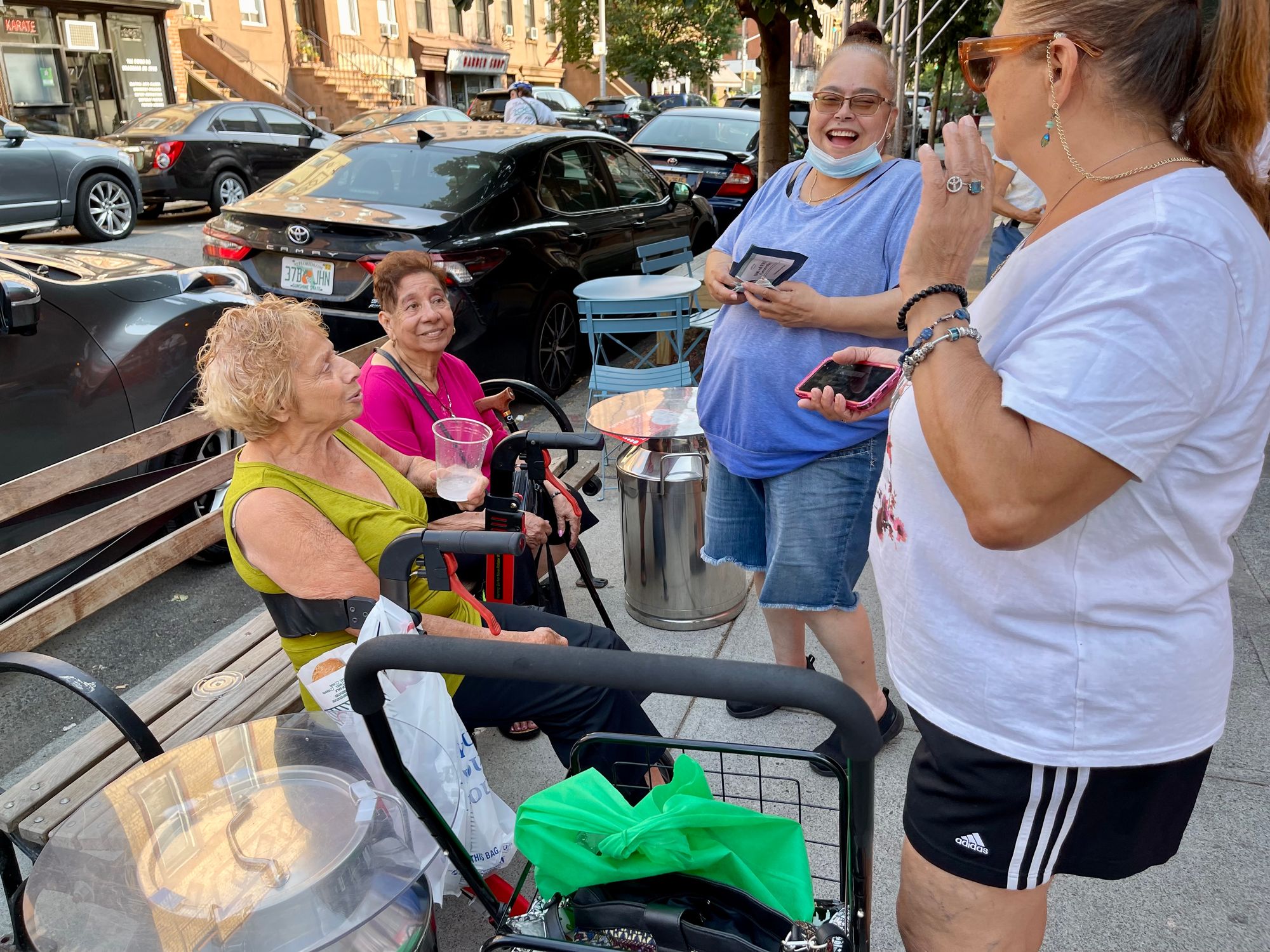
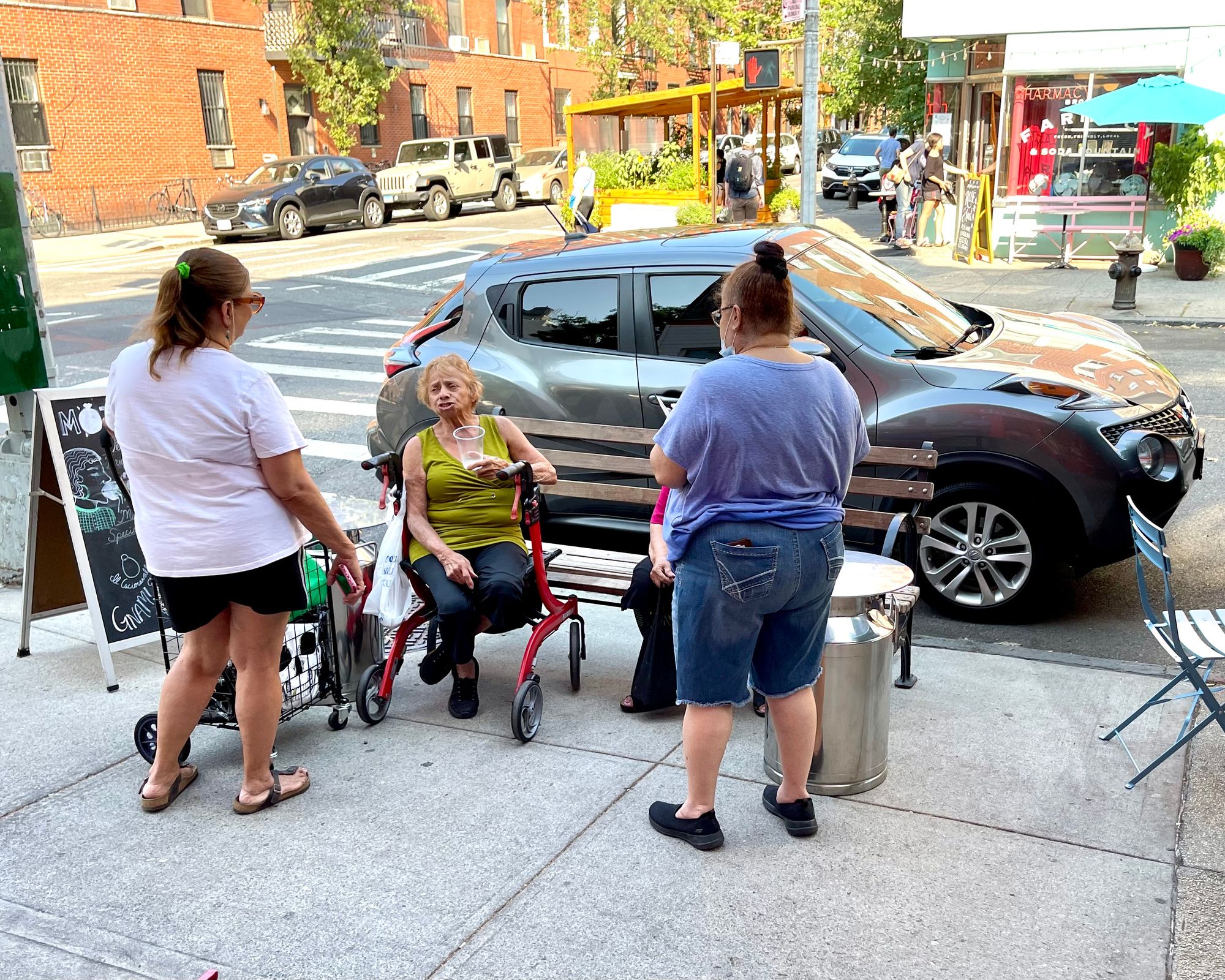
Moonstruck was shot here
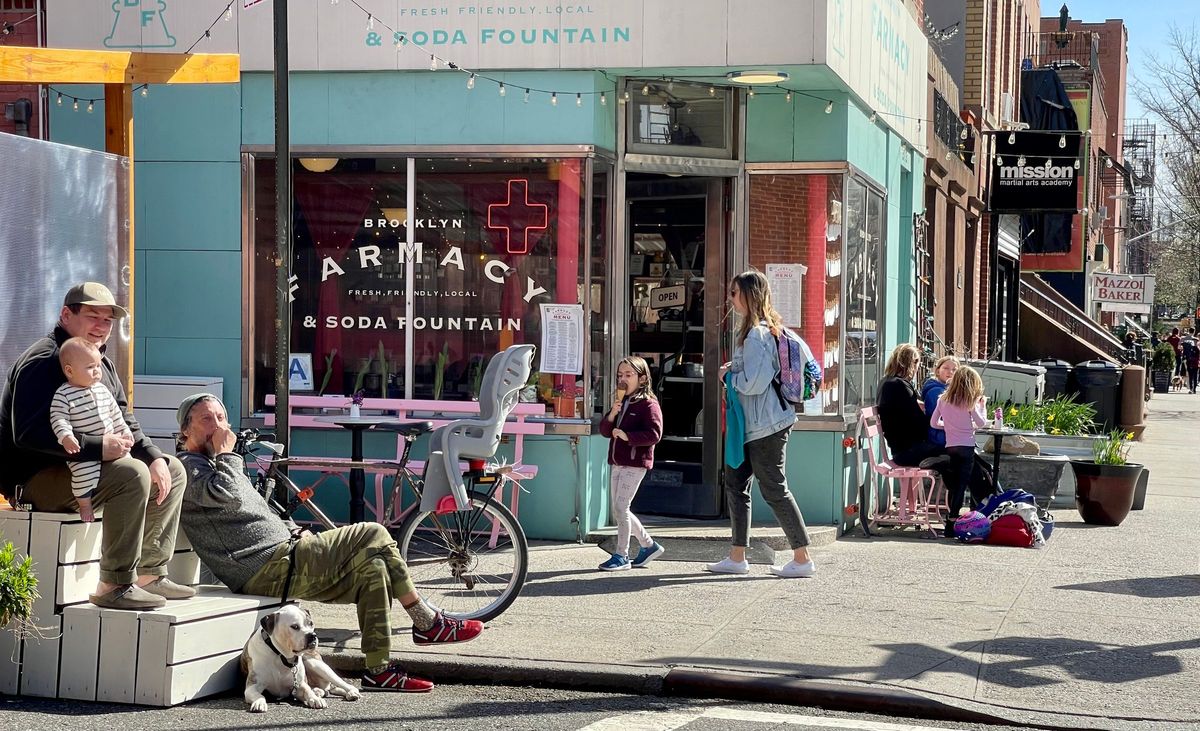
Takeaways
- It's important to make corners vibrant and active, not just for paying customers of the corner establishments, but also for people throughout the community at all hours. That is how the corner becomes a true public space.
- When one corner becomes alive with activity, other corners across the intersection catch the spark too. Gradually, through the power of reciprocal gestures, as all the corners become activated the intersection transforms into something like a plaza – a place primarily for people rather than cars.
Istanbul
Istanbul, like so many cities with deep roots in history, is a perfect case study for the more recently developed western cities to look to. Its origins go back way before the rise of the automobile and the recent car-centric development of cities defined by entirely new, often siloed, disciplines. These new car-focused developments have delivered outcomes that are challenging cities globally because they are minimizing places for social life and commercial activity in favor of places for cars and traffic.
For these cities, it has now become a major question how to handle what has happened in the last 100 years and all that has been lost. We have said for many years that we need to "turn everything upside down to get it right side up... to get from inadequate to extraordinary." In this case, that means changing our focus from cars to people. Exploring what life was like before 1920 and the car needs to become the foundation for the future. Istanbul is one place to start.
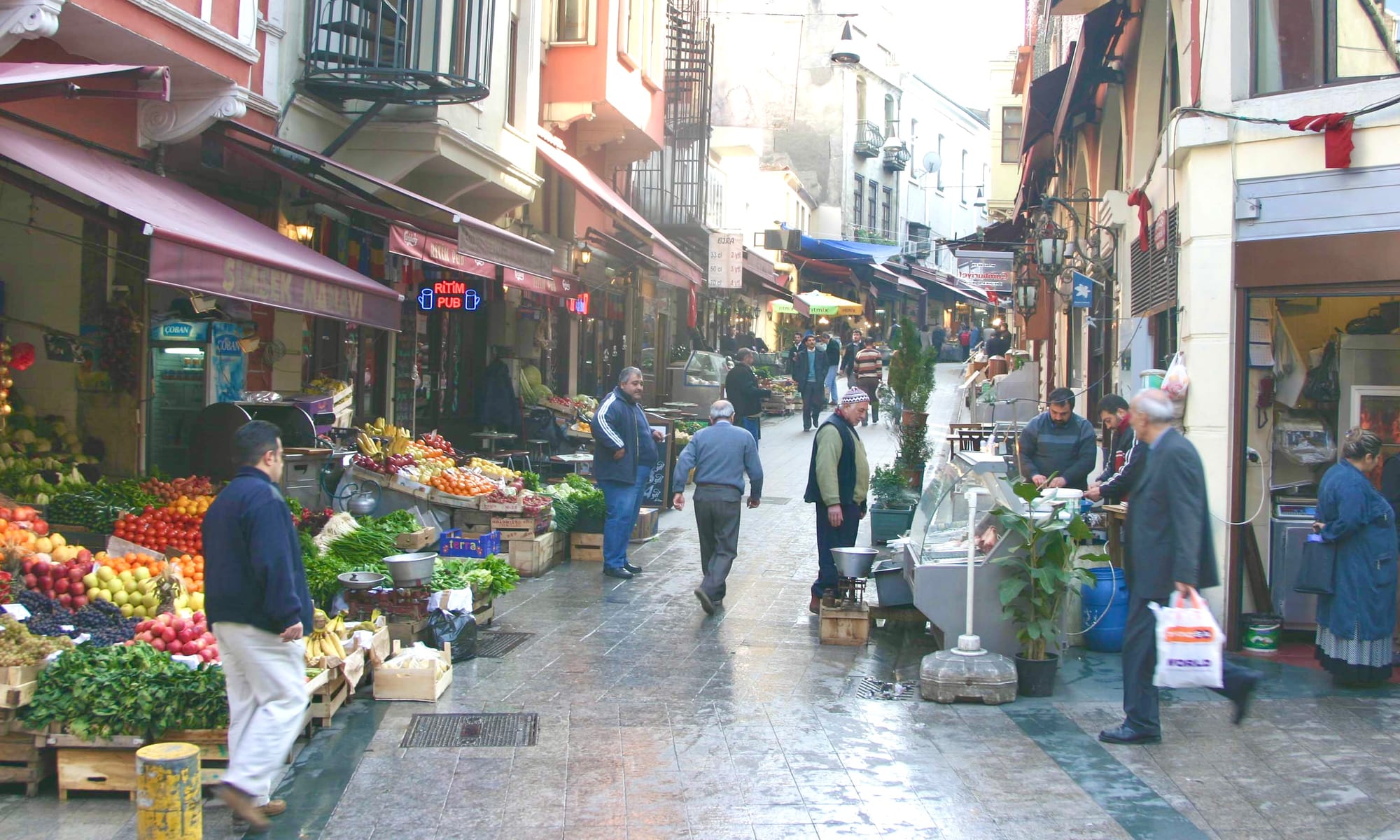
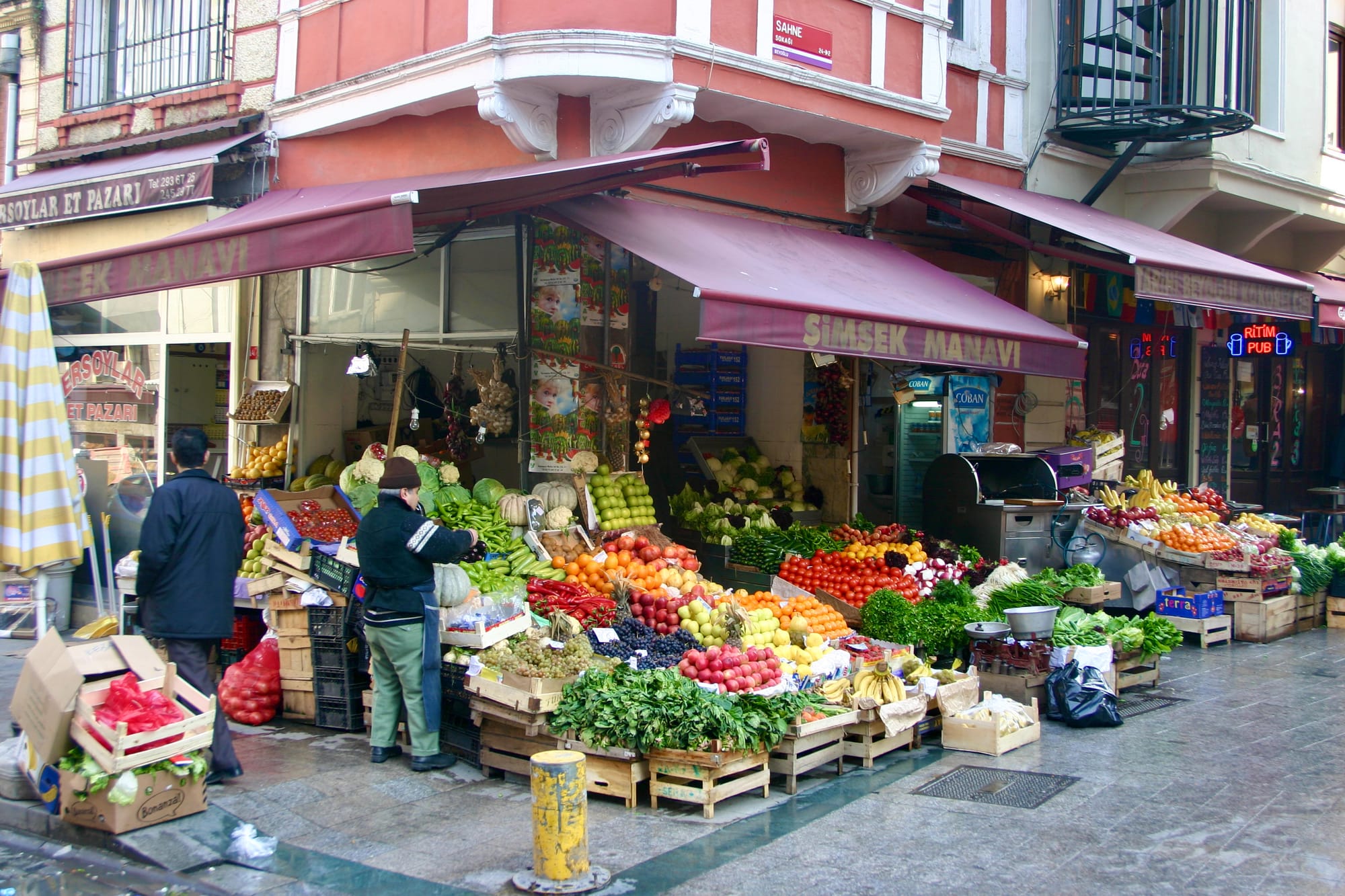
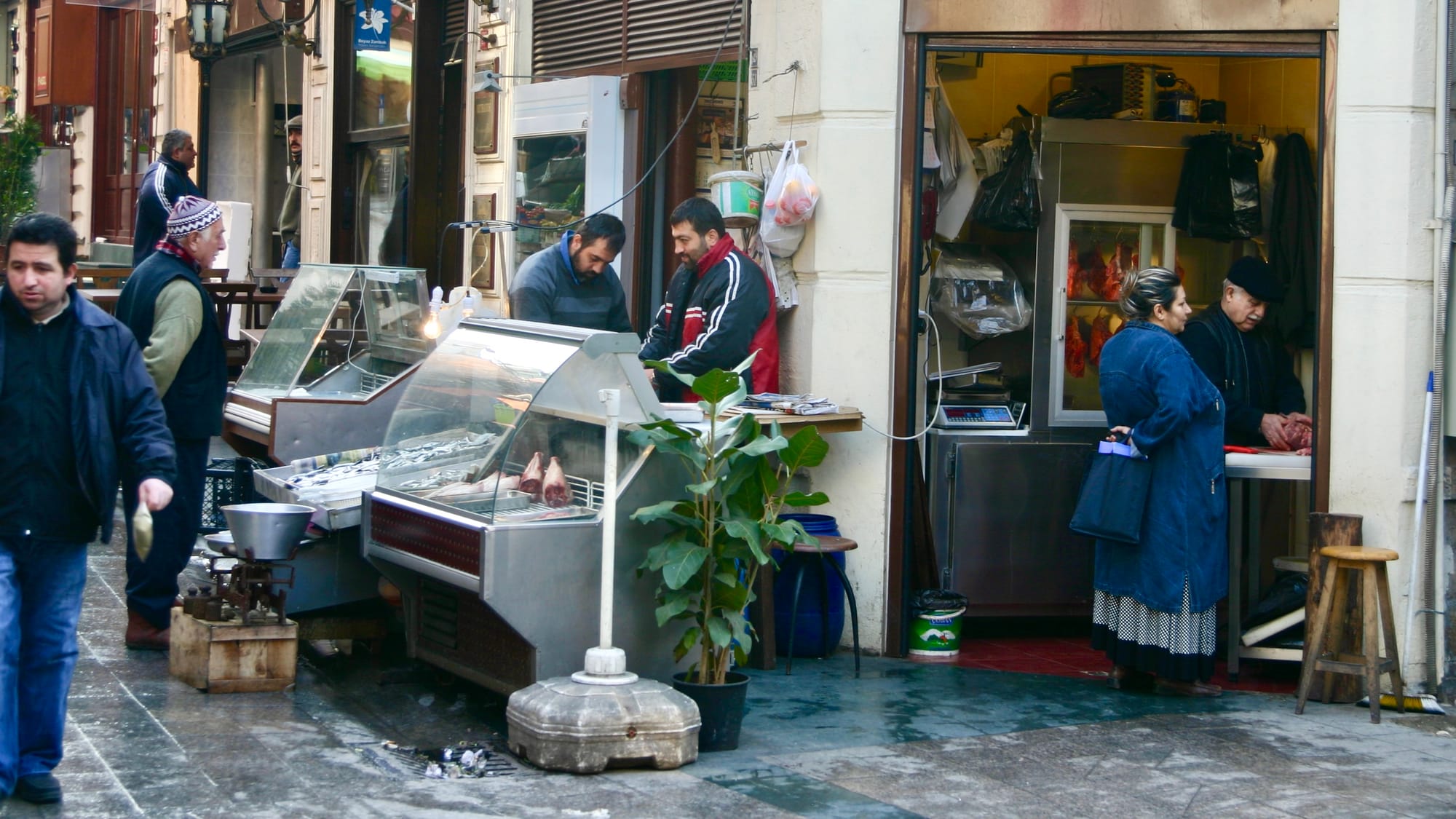
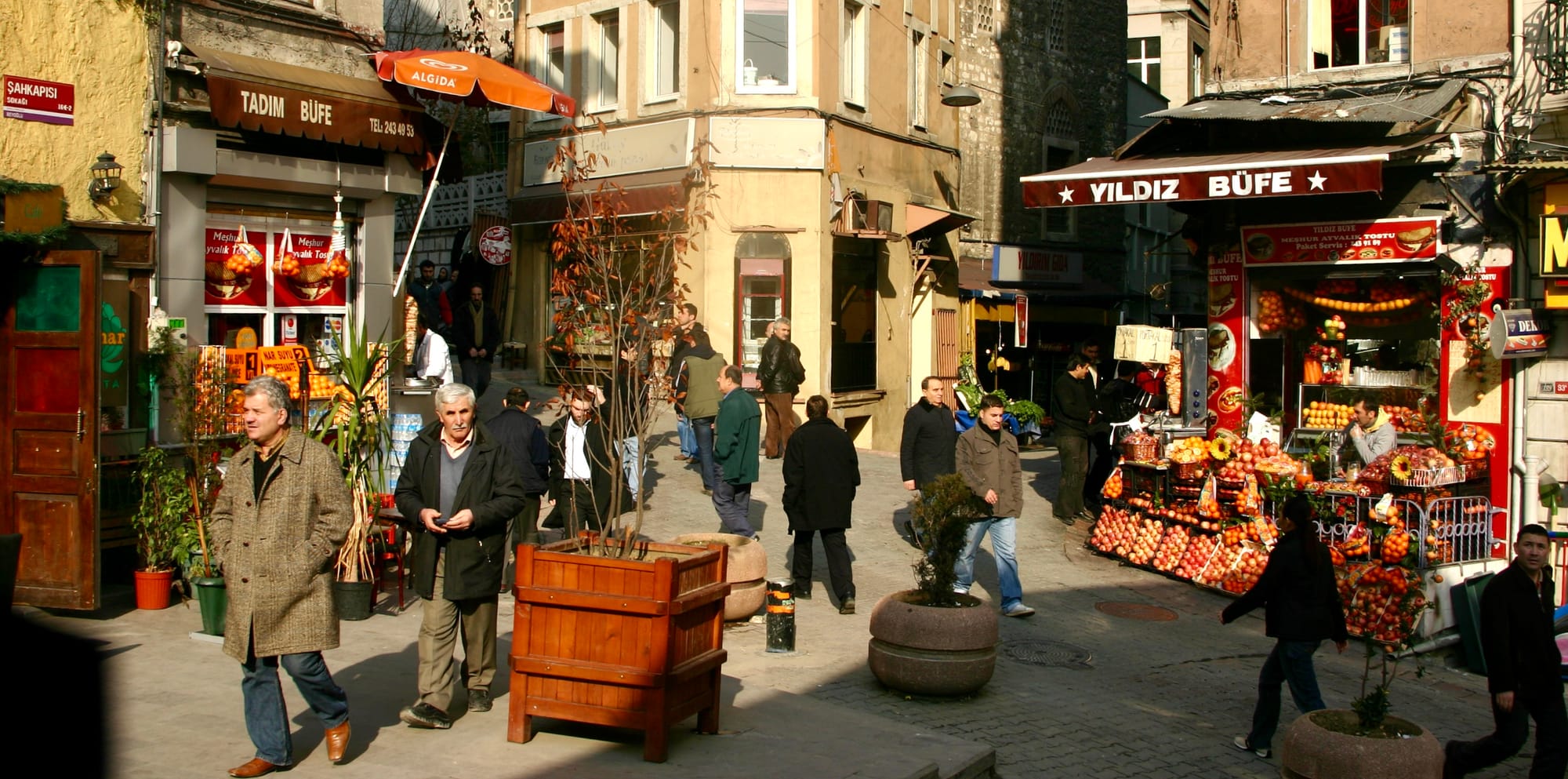
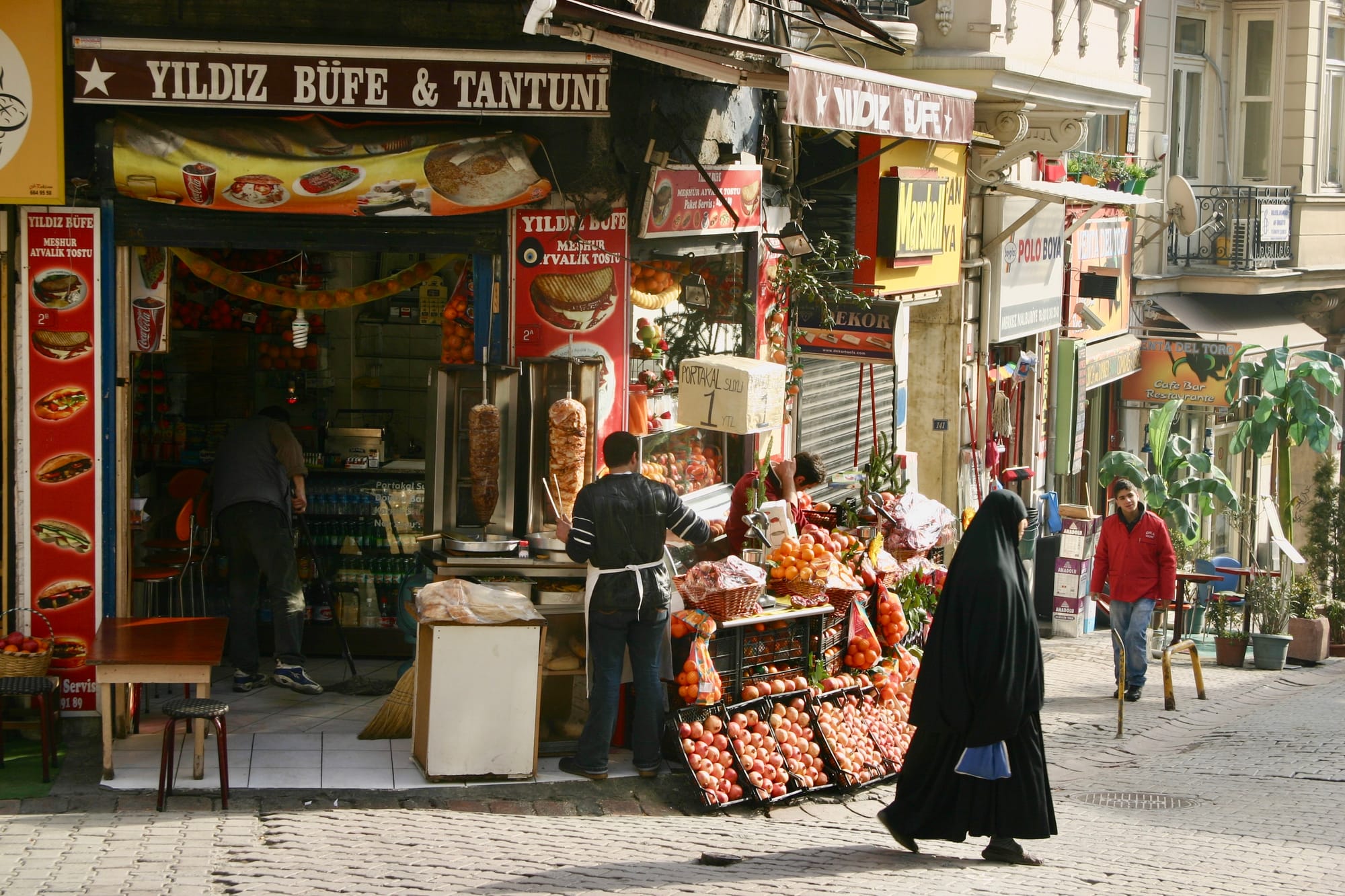
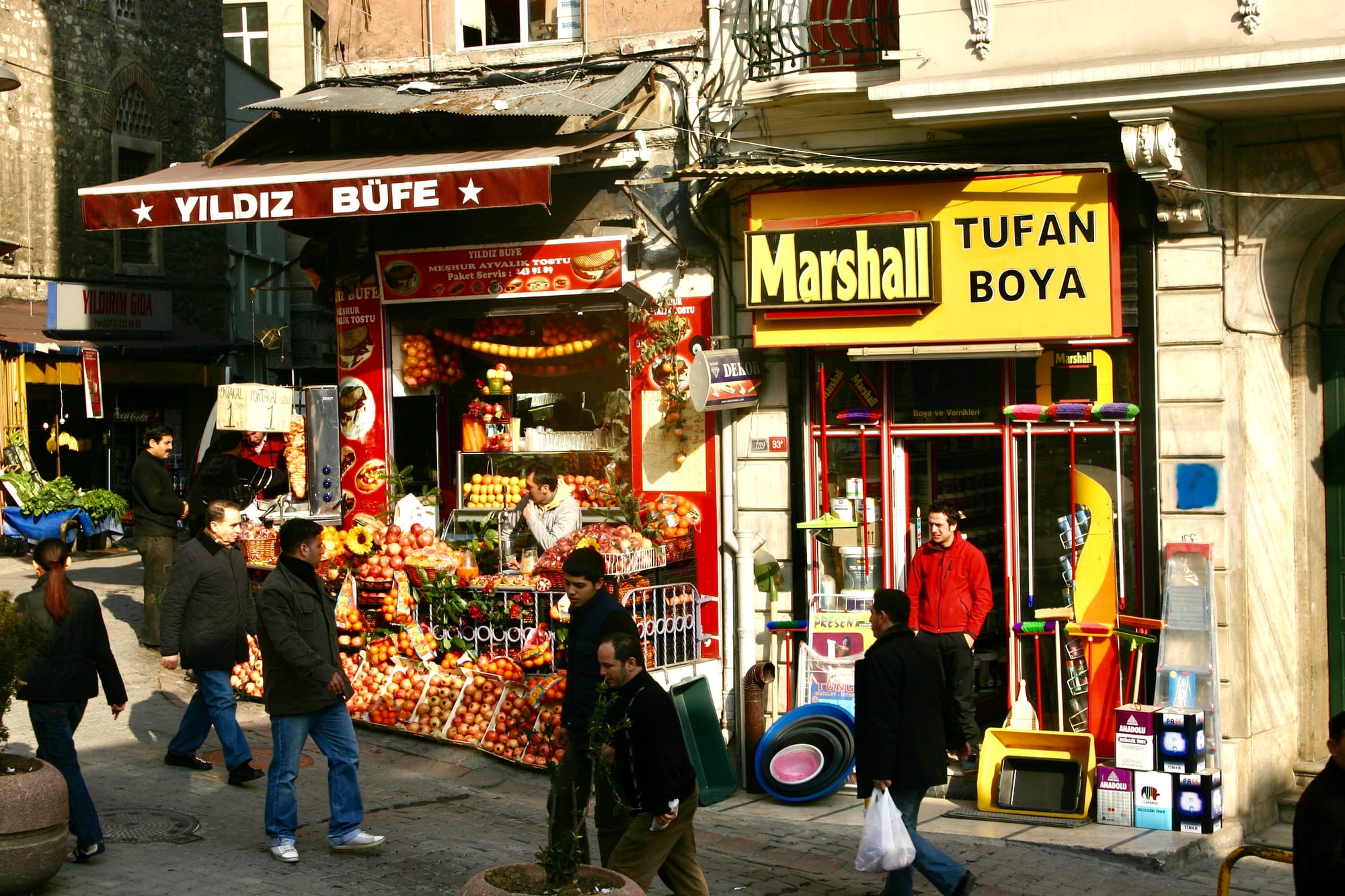
Food Stalls

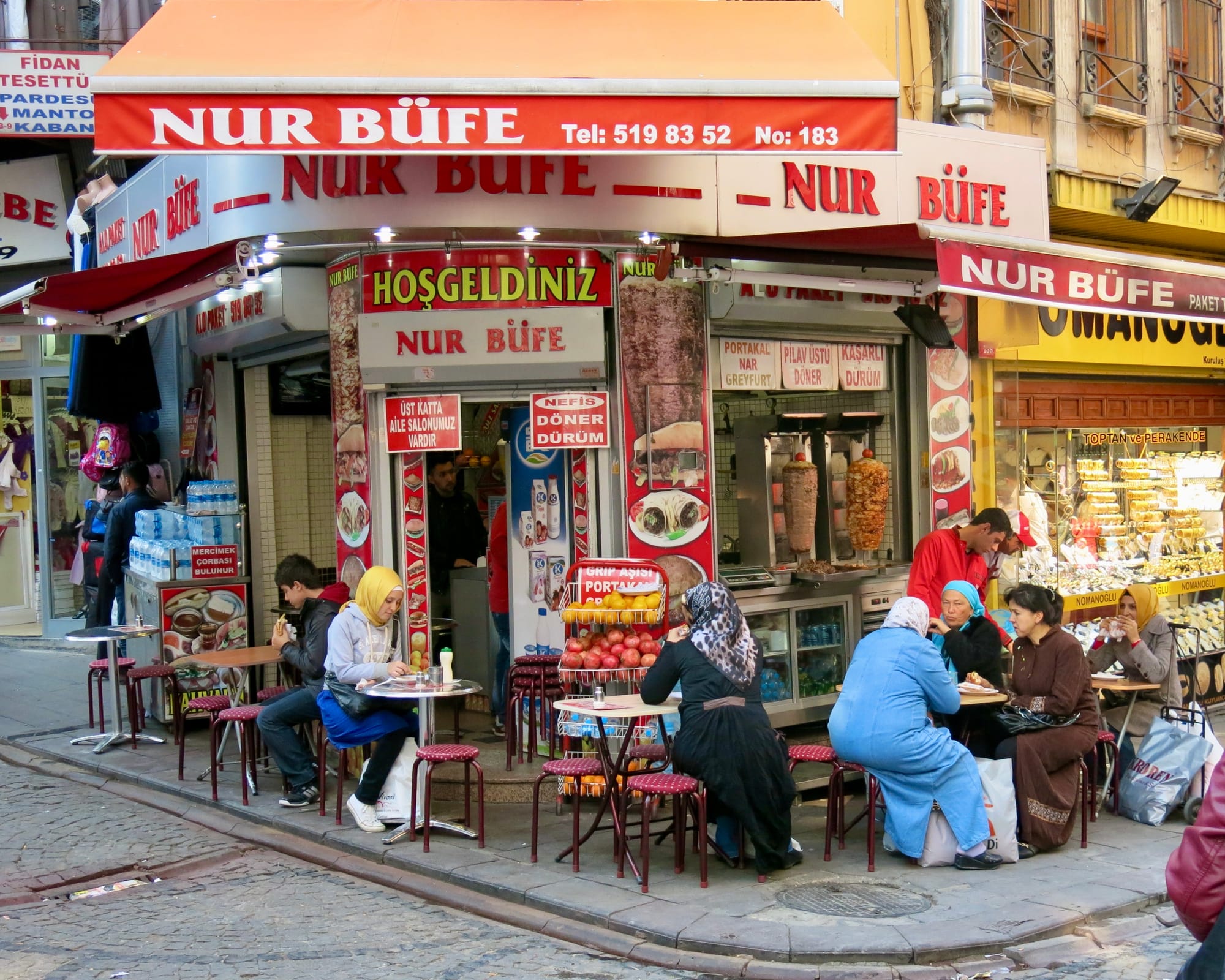
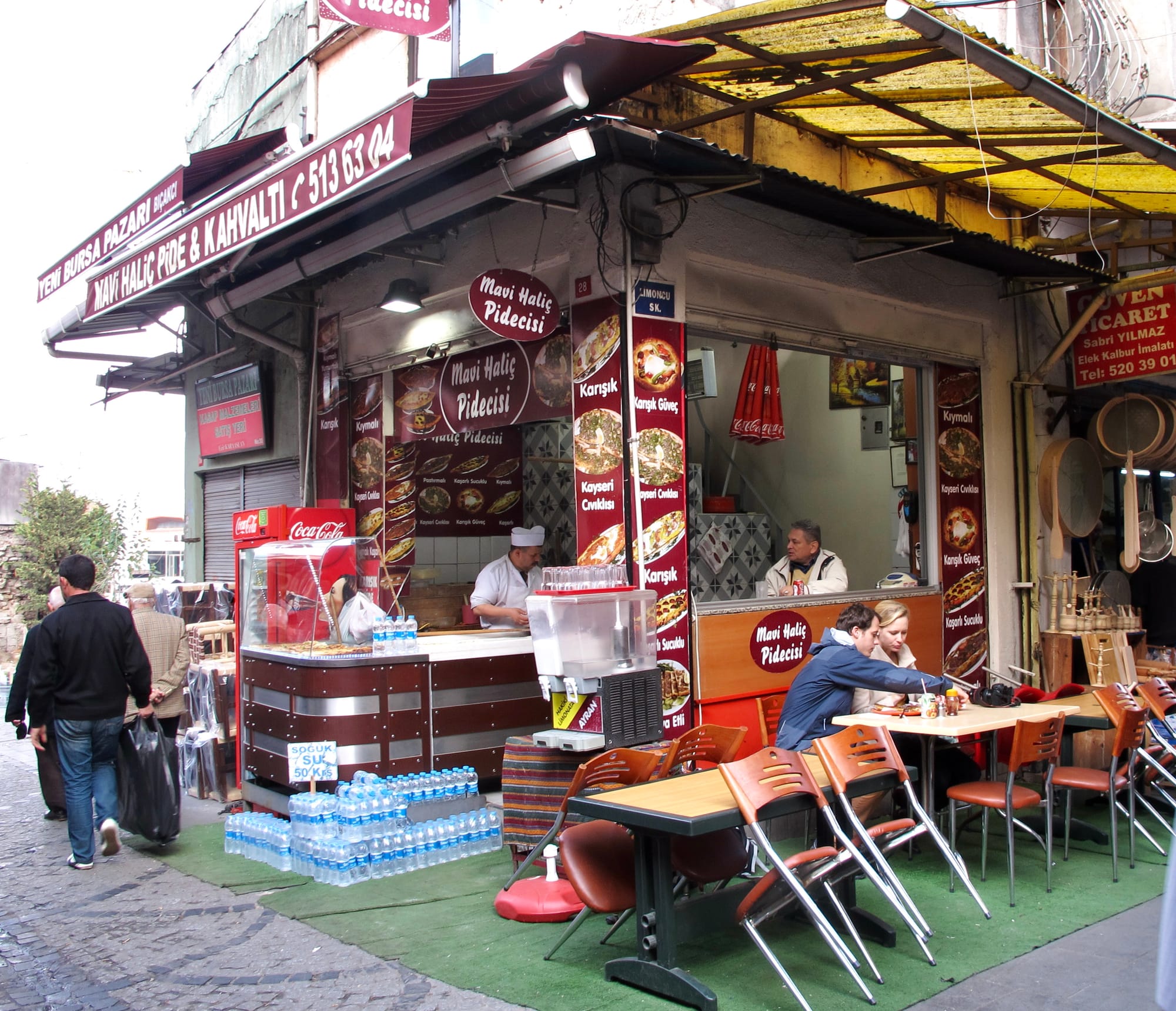
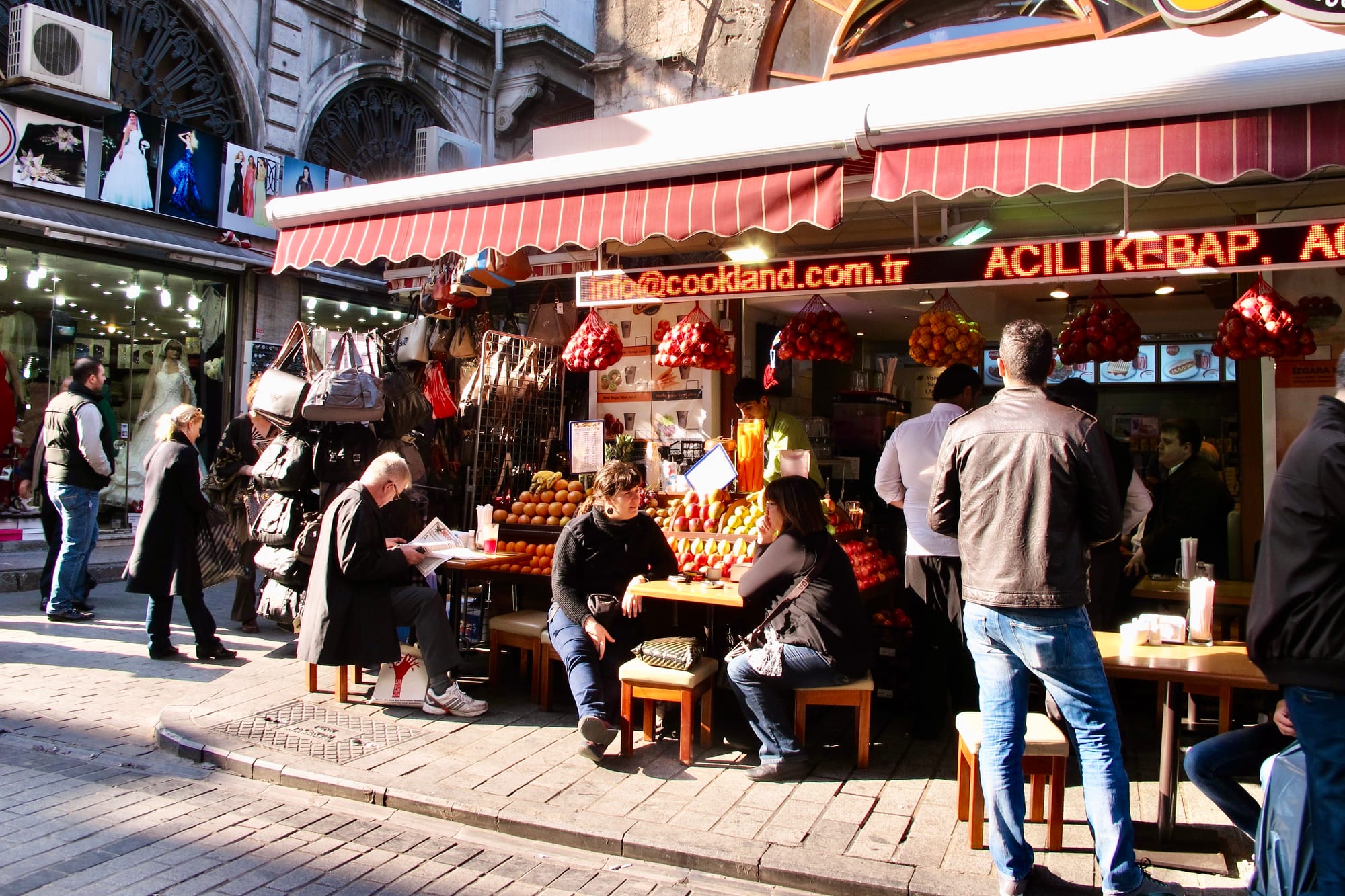
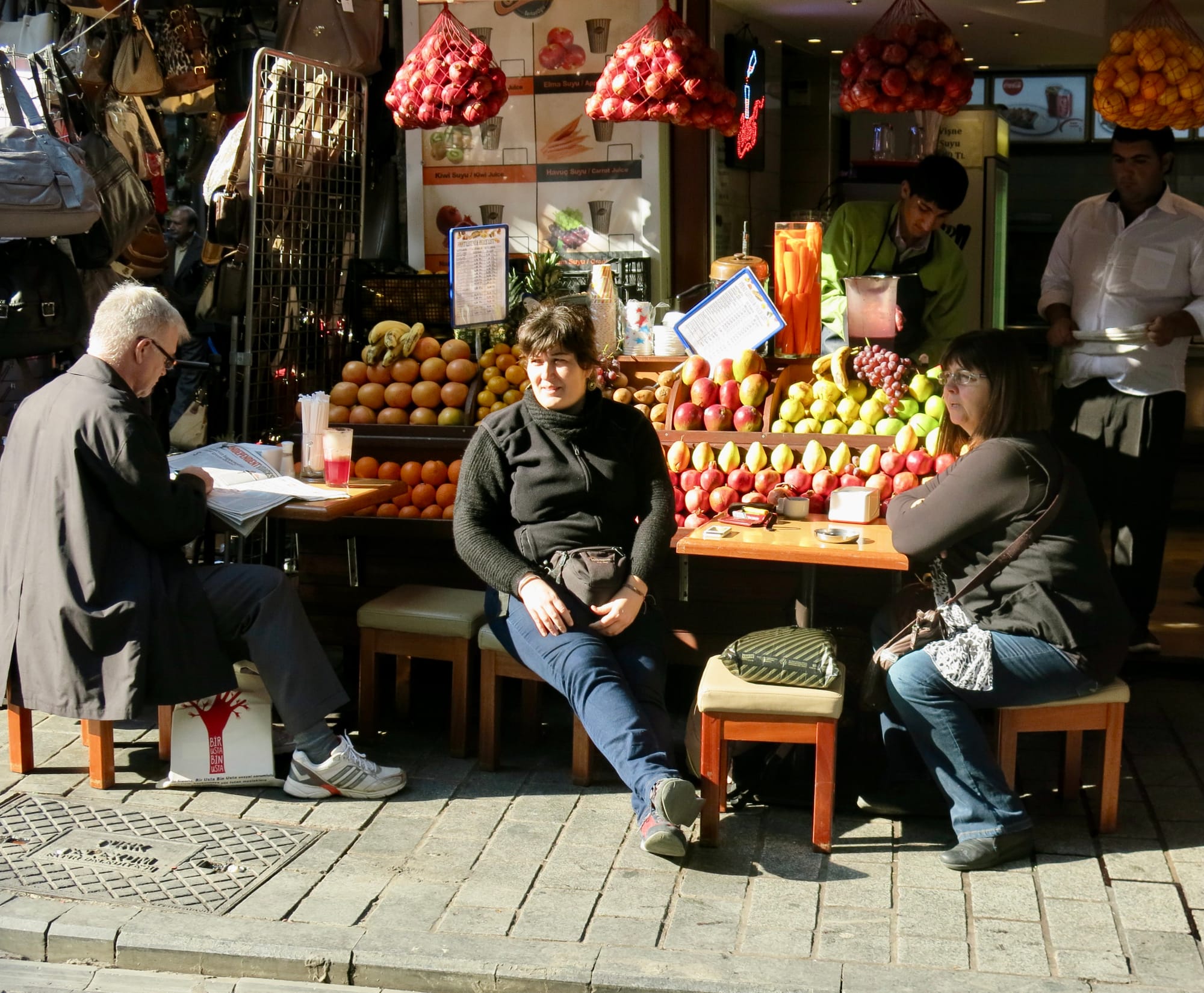
You can see all kinds of things being sold in the street from bicycles to pots and pans and so on.
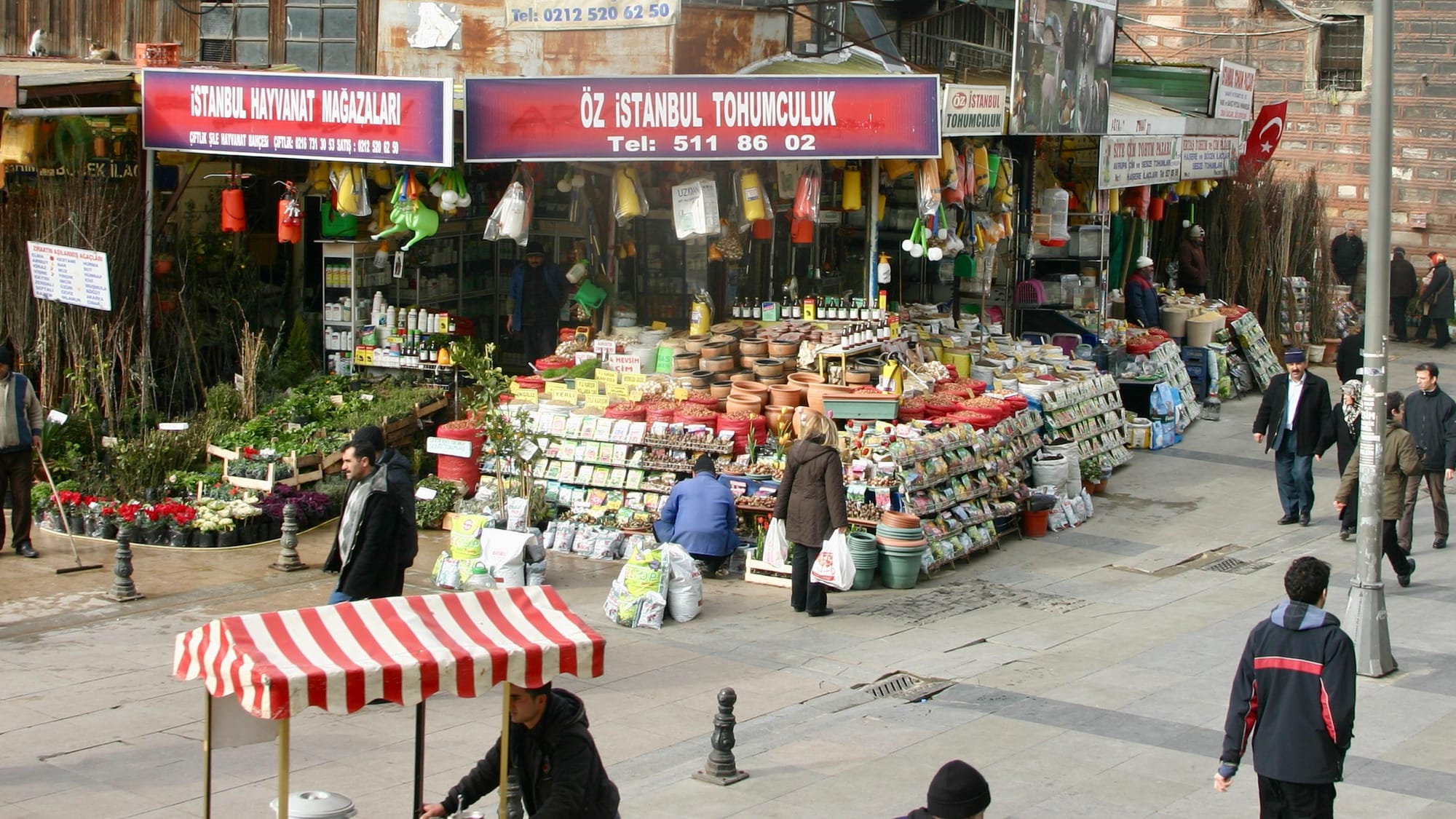
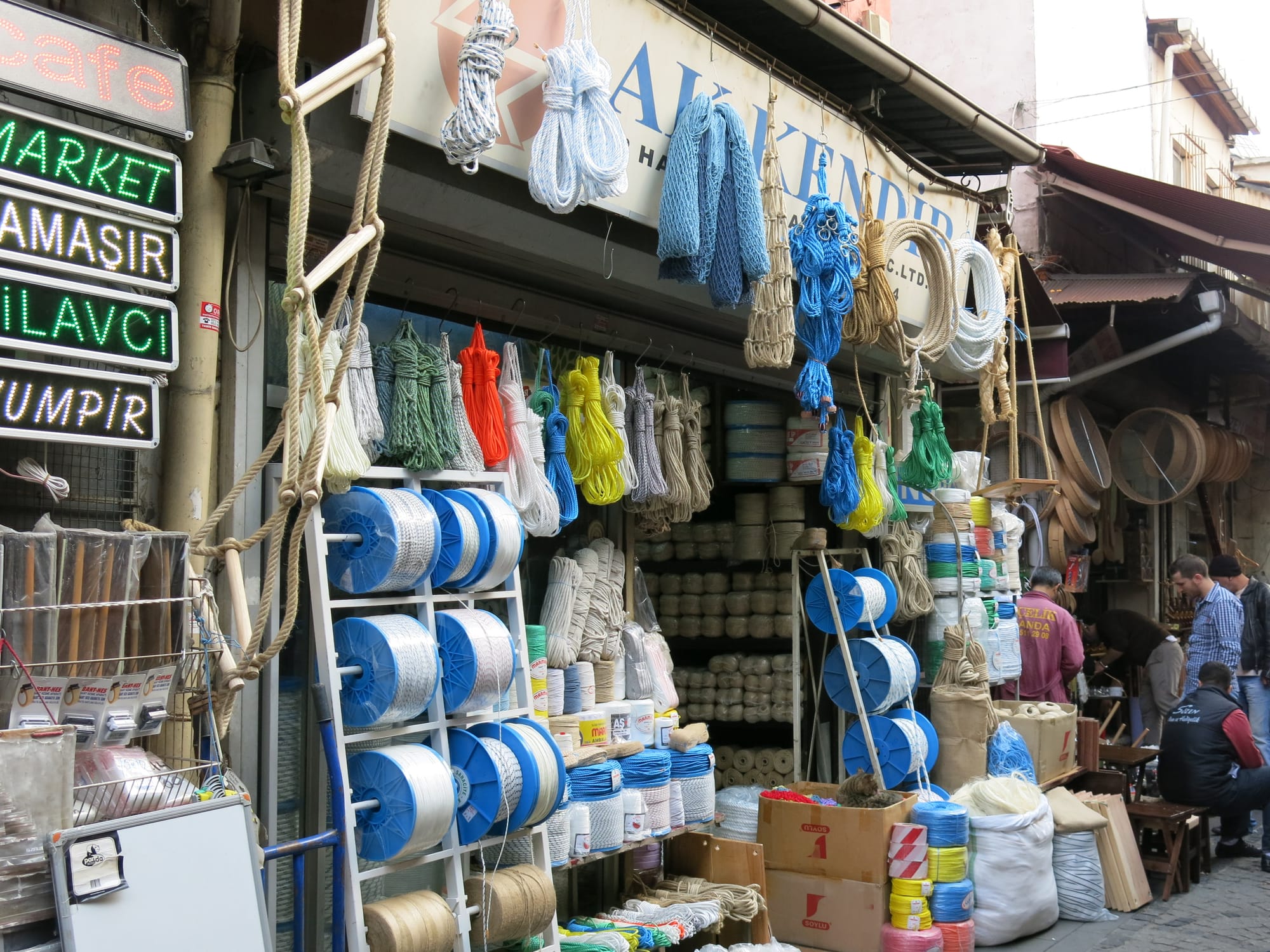
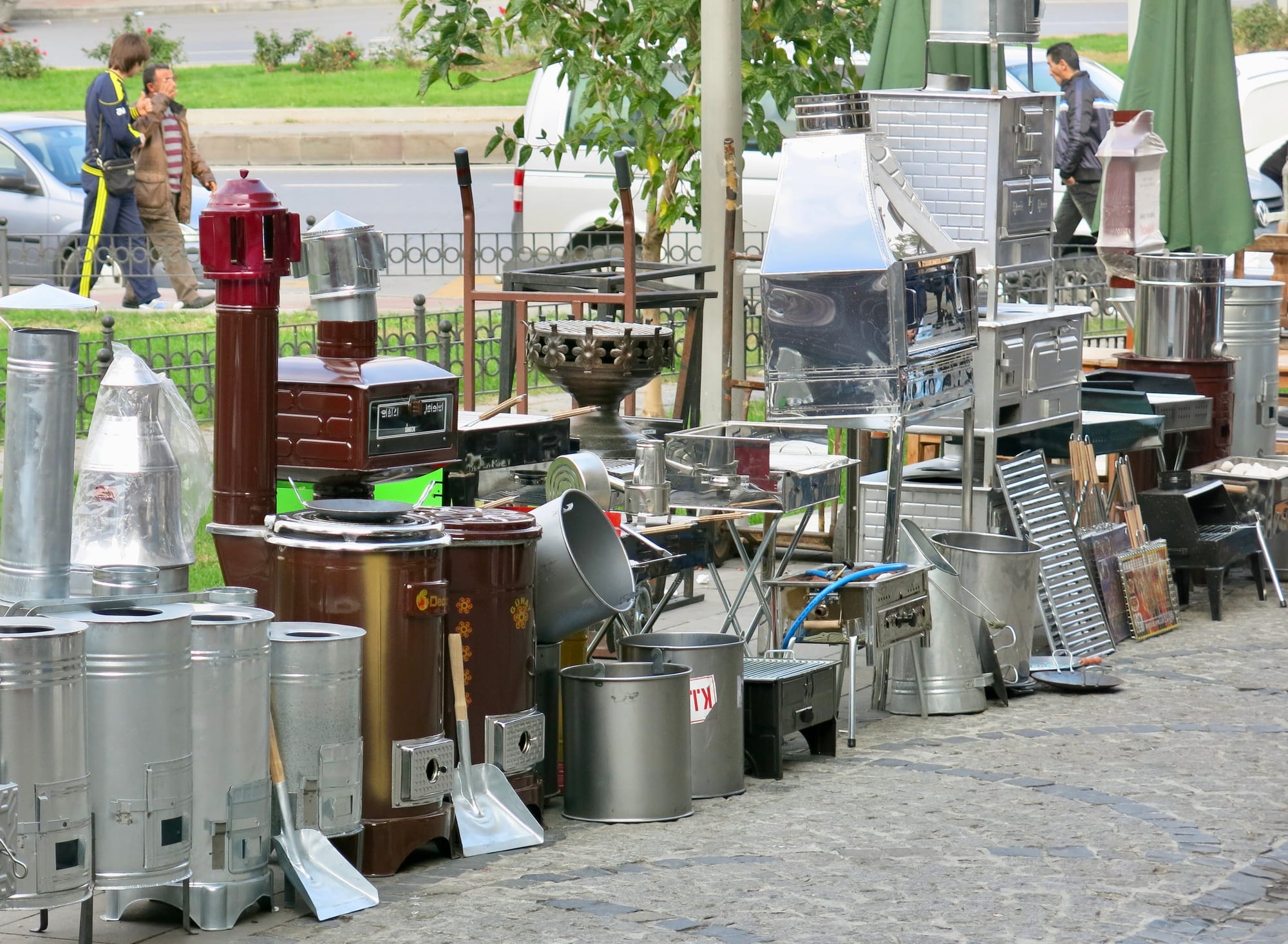
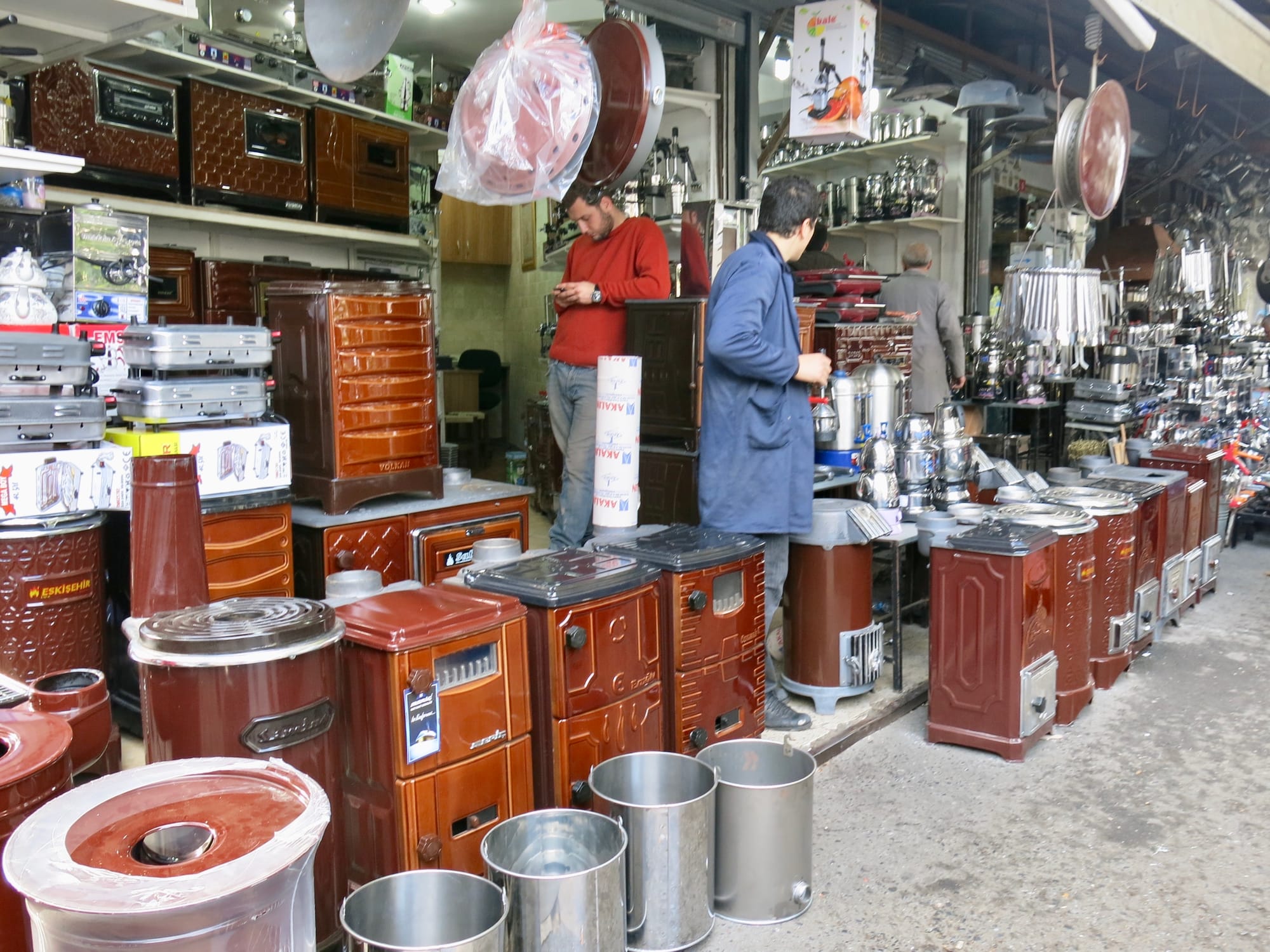
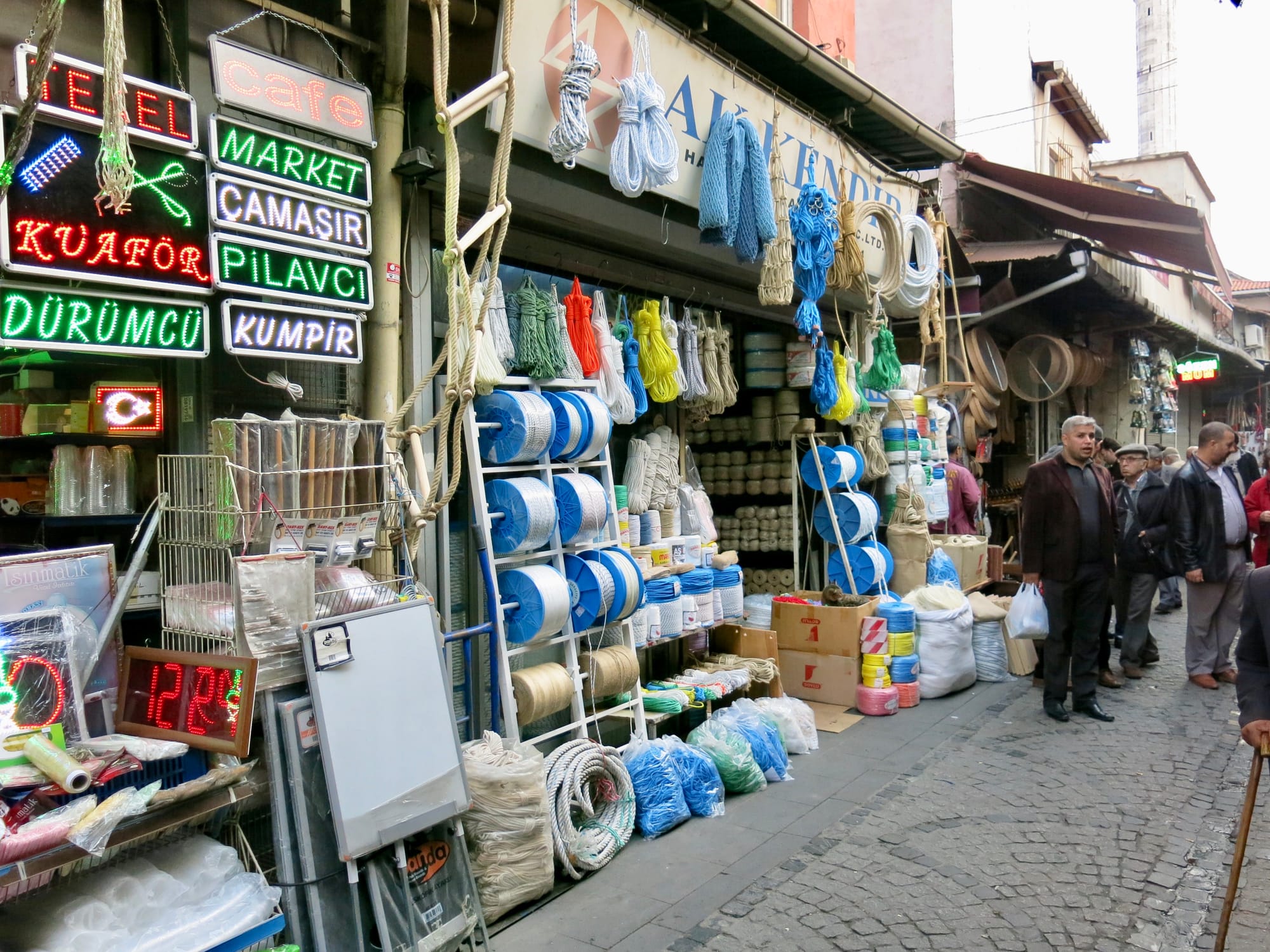
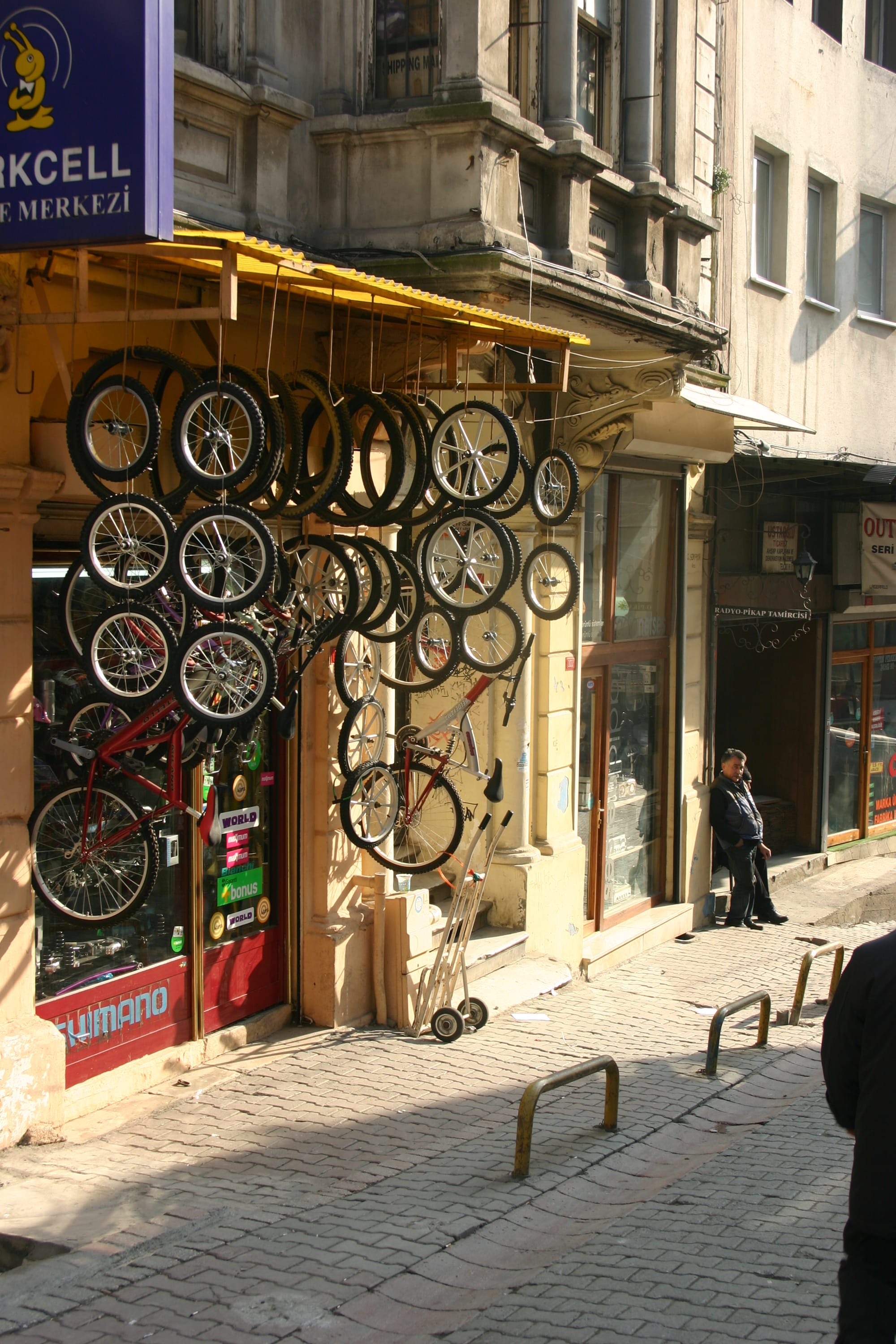
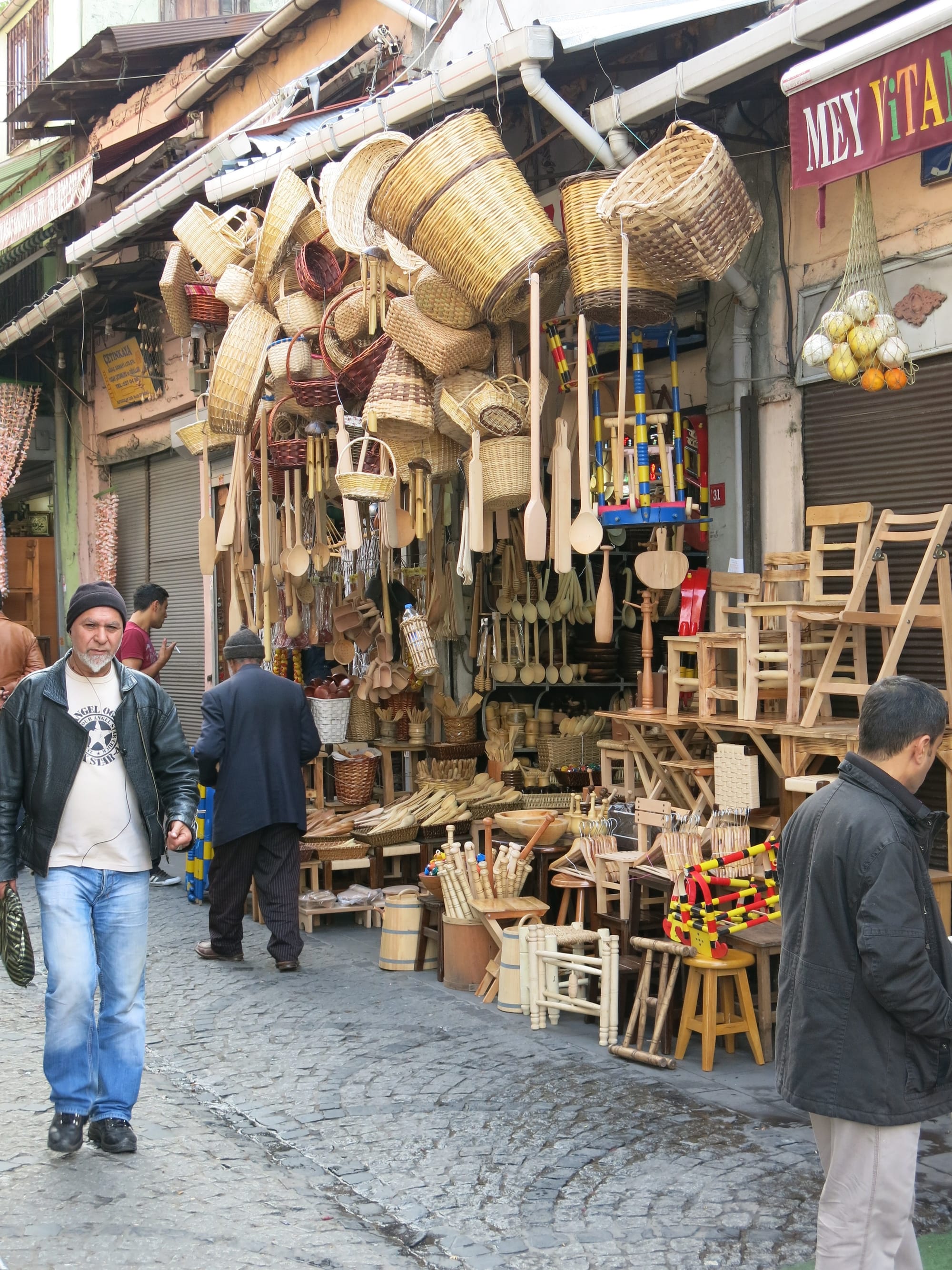
Takeaways
- When everything is displayed in the open, passersby can see what they're looking for, and even things they didn't know they wanted, immediately. This is good for business and it makes walking in public more interesting.
- You don't need big wide corners to support seating and social activity. Many of Istanbul's corners are a tight squeeze, but nevertheless they are equipped with chairs and tables that invite people to stop and stay a while.
Hong Kong
The corner leading into this historic part of Hong Kong greets one with the strong contrast of a modern western woman in an ad selling luxury alcohol and a small local vendor at her feet who has been there selling bananas for 50 years. Between them is a store named "American Nutrition Co." This juxtaposition symbolizes how the new and modern intersects with the old and traditional in this dynamic, globalized city.
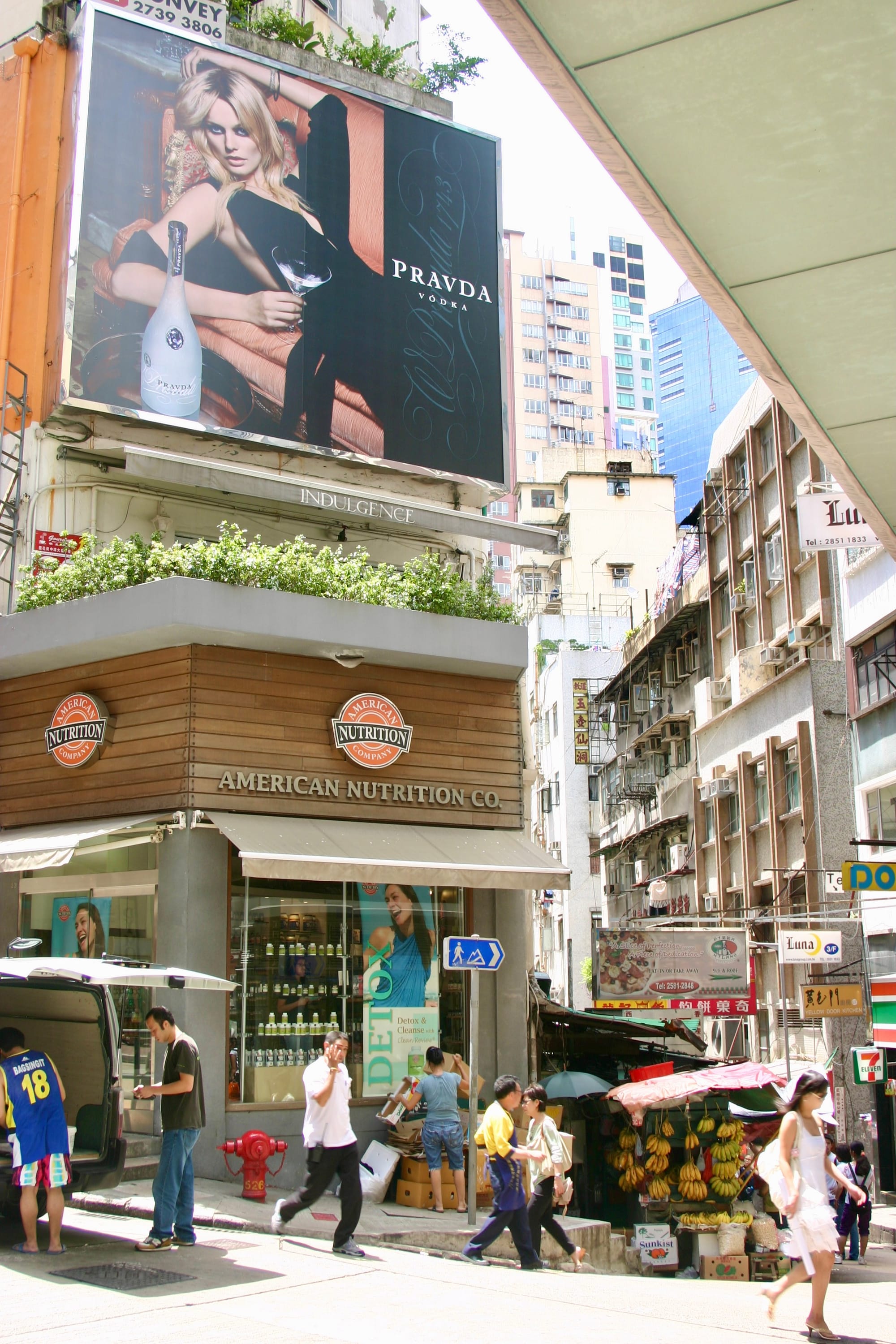
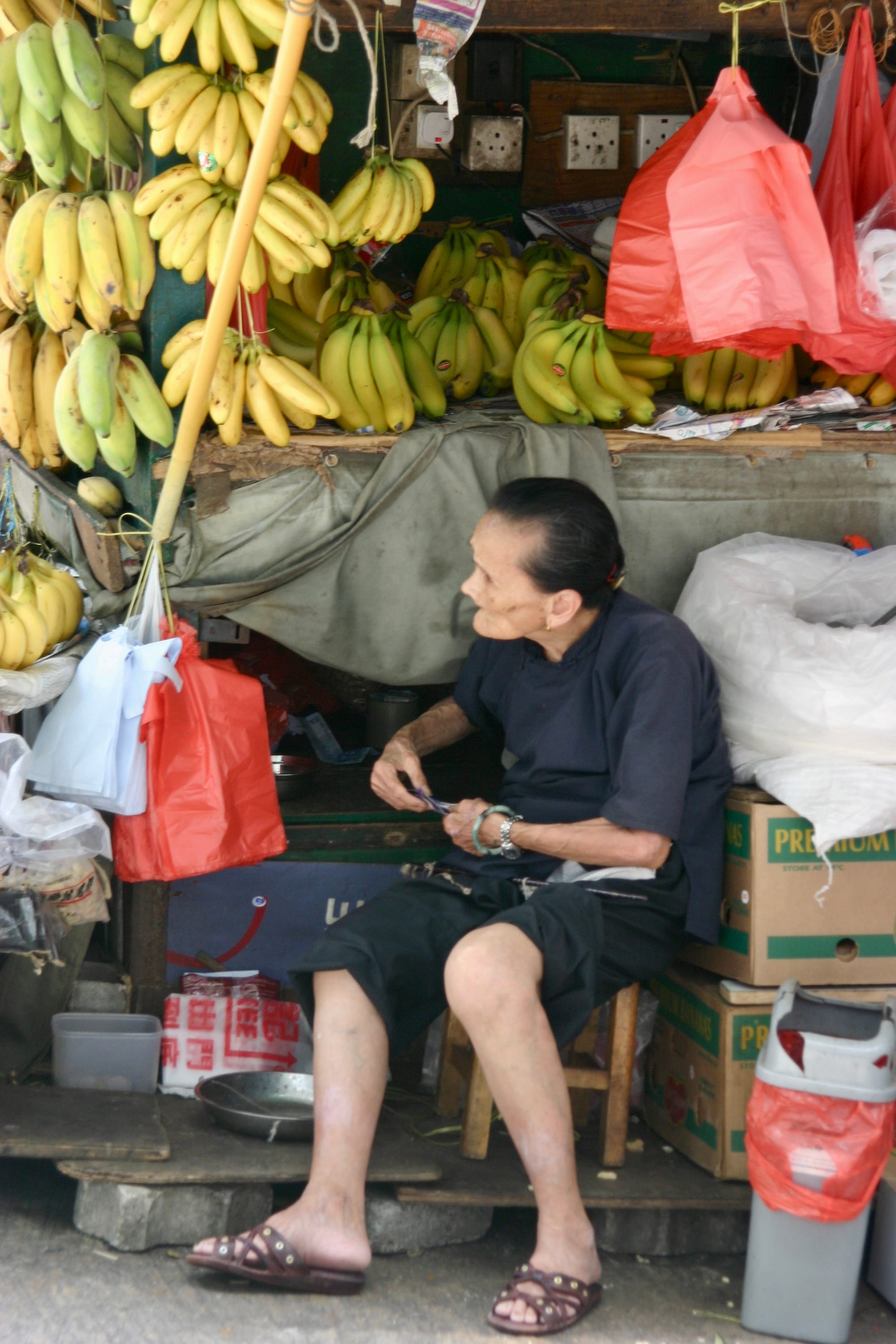
Market entranceway
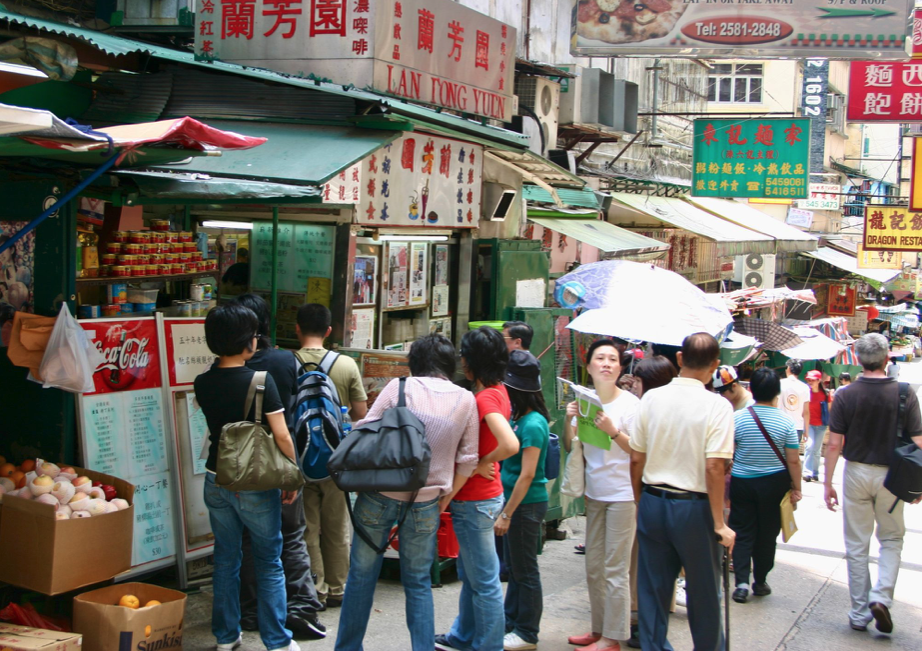
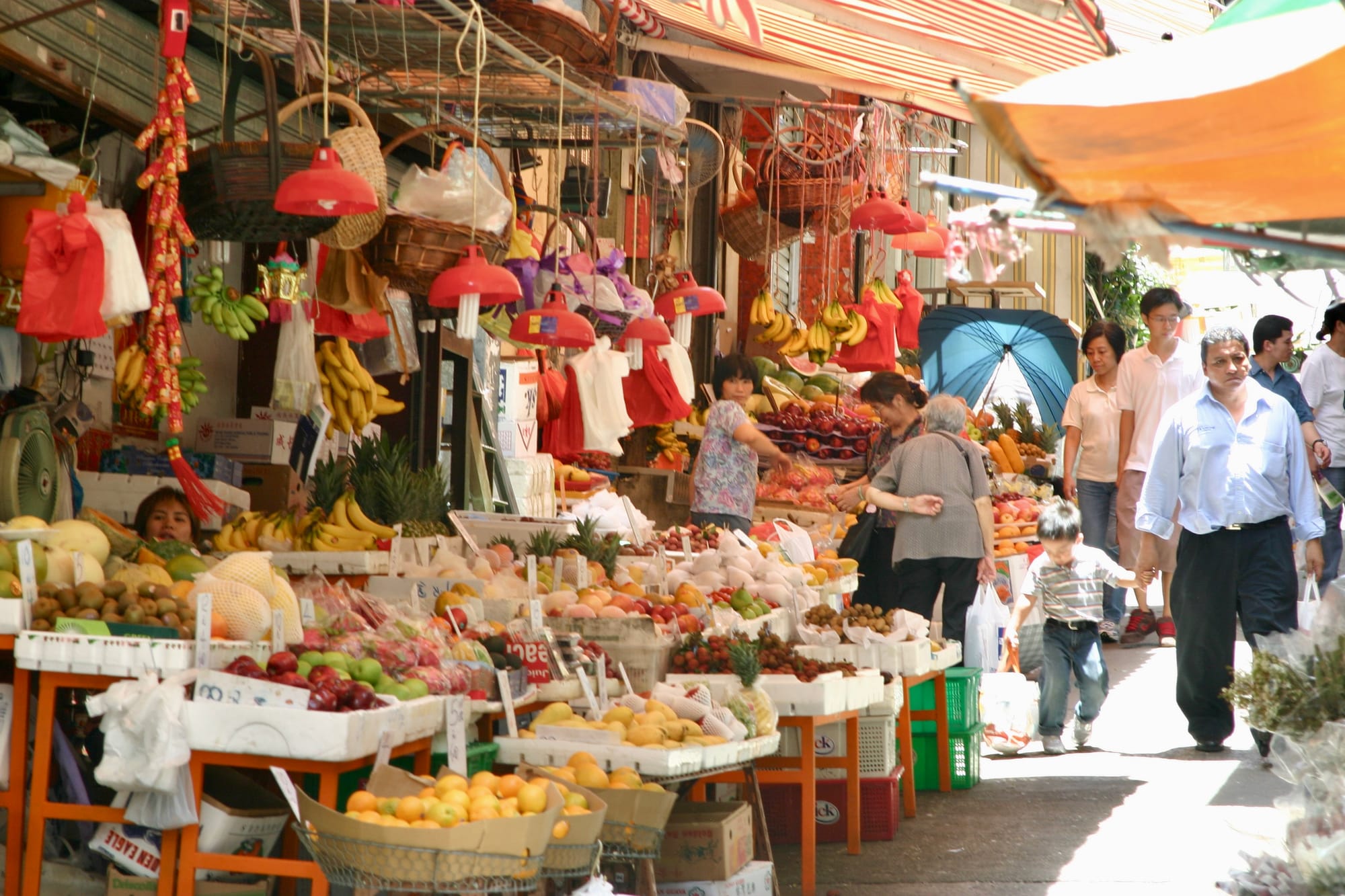
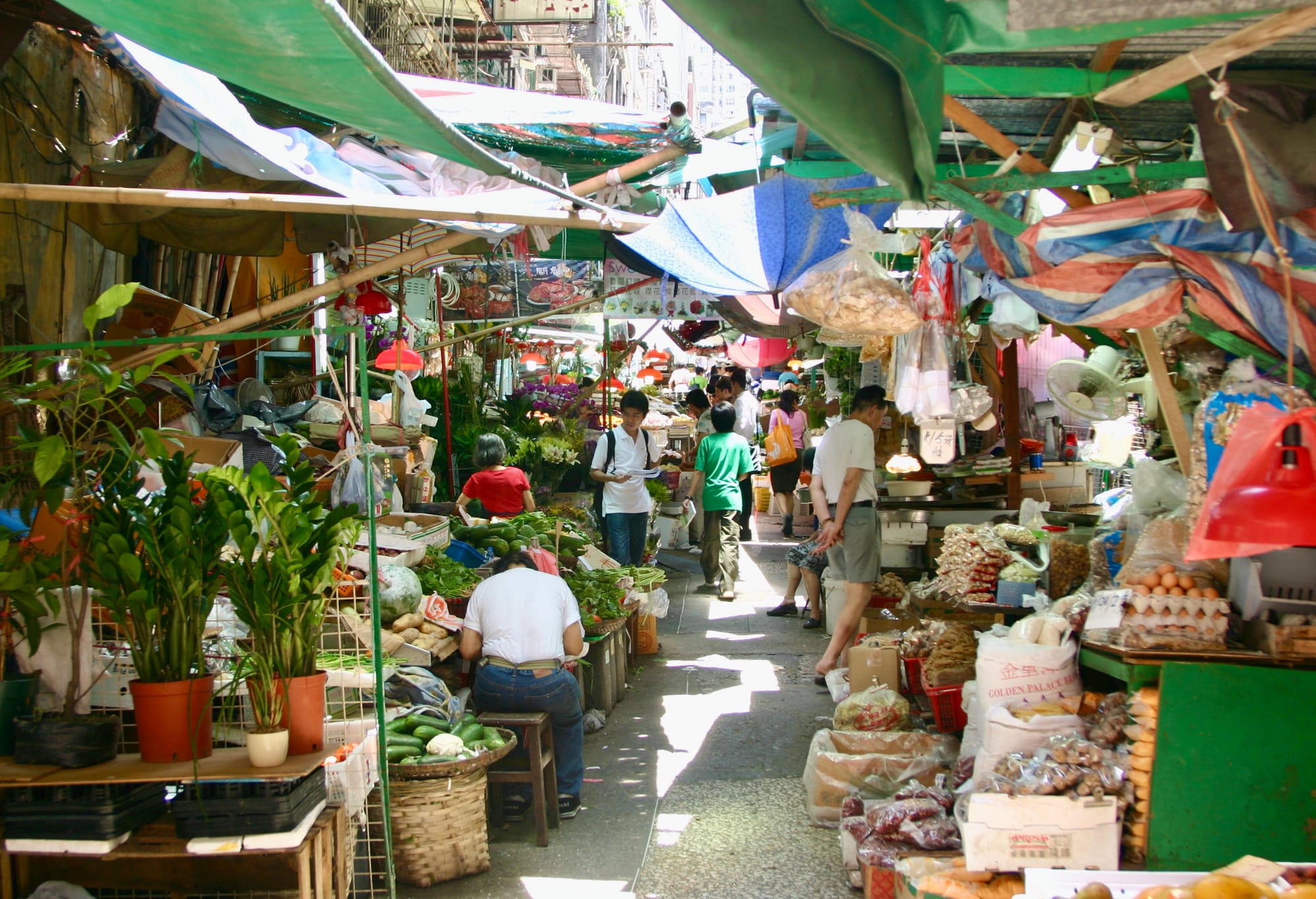
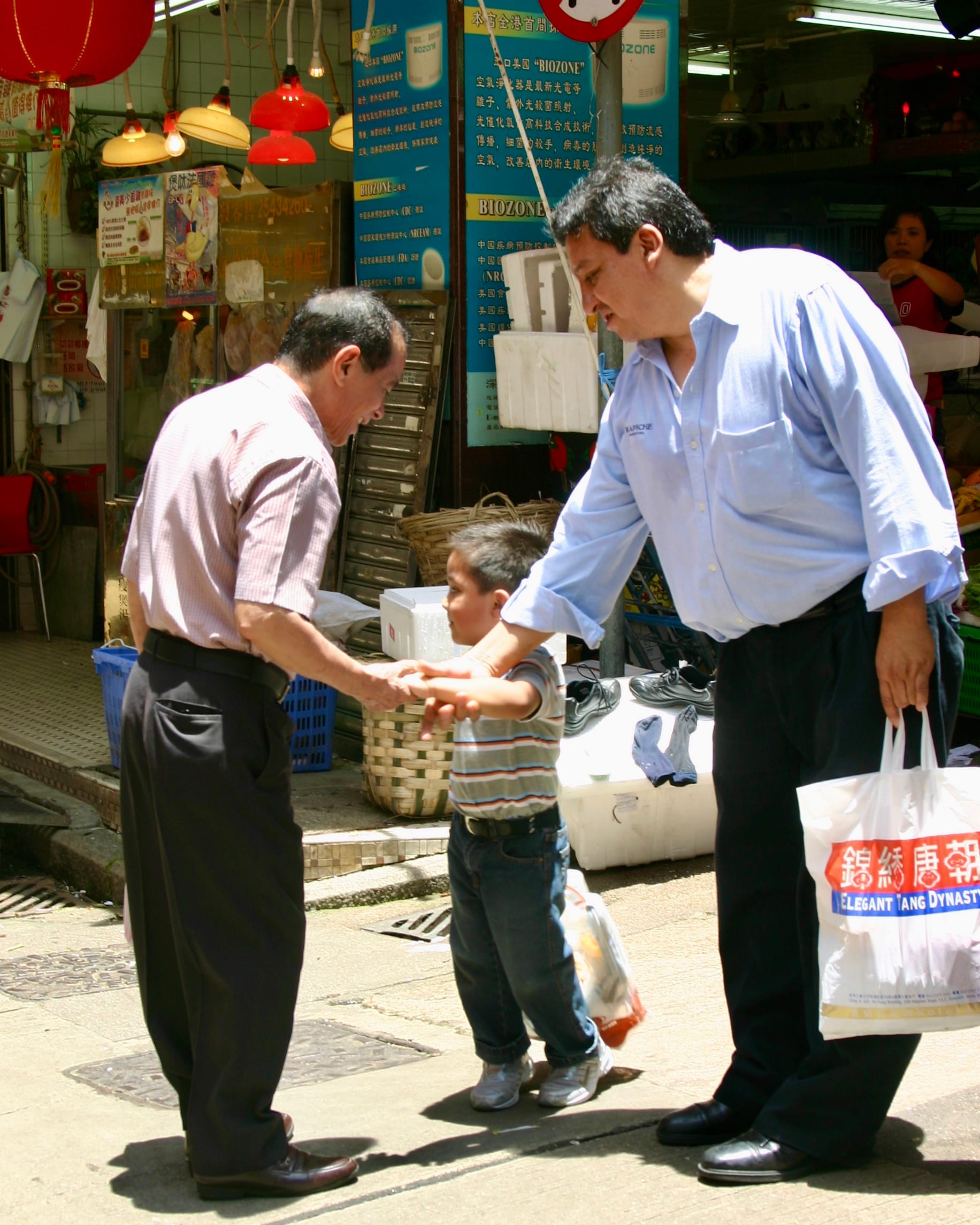
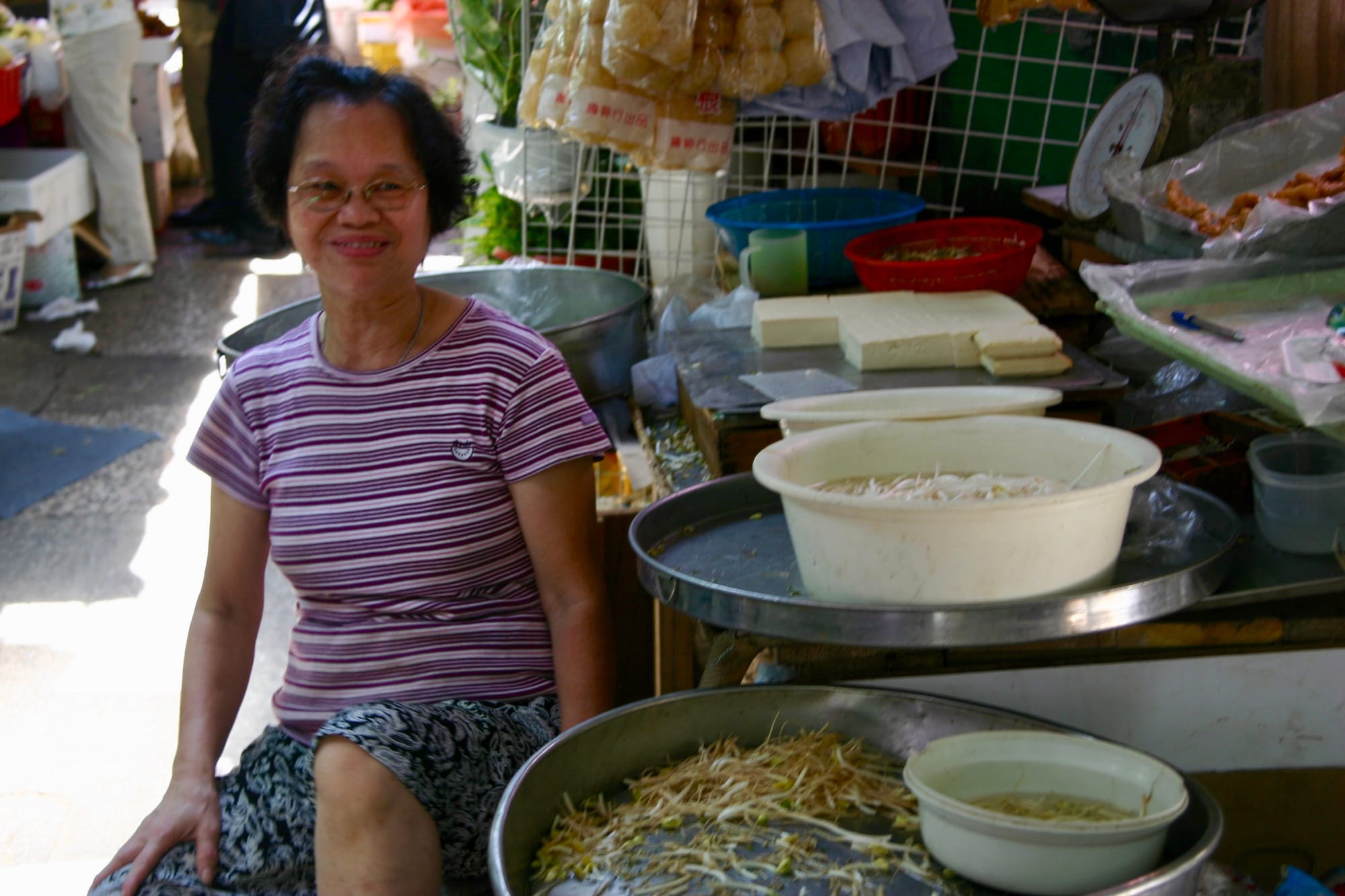
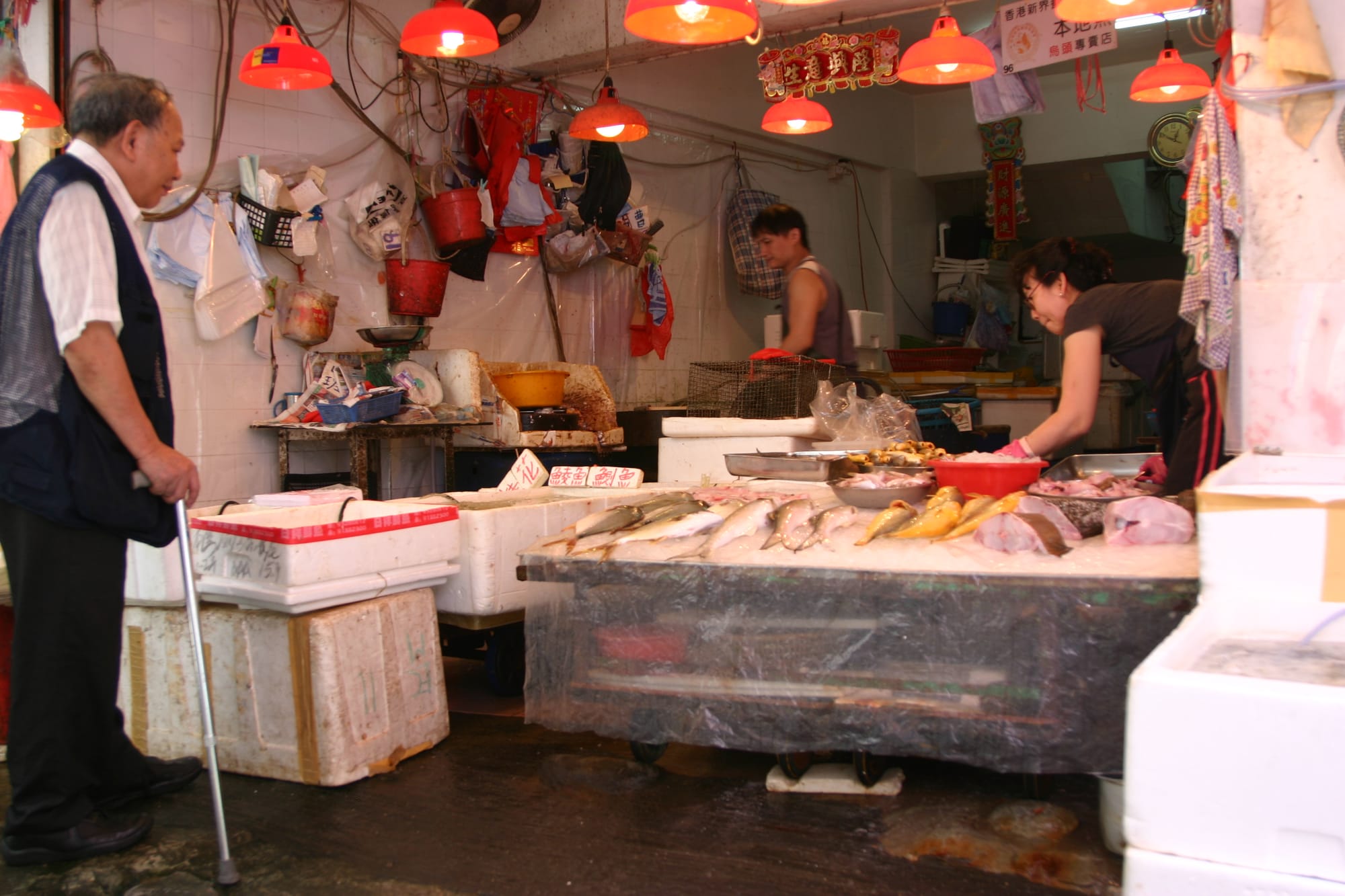
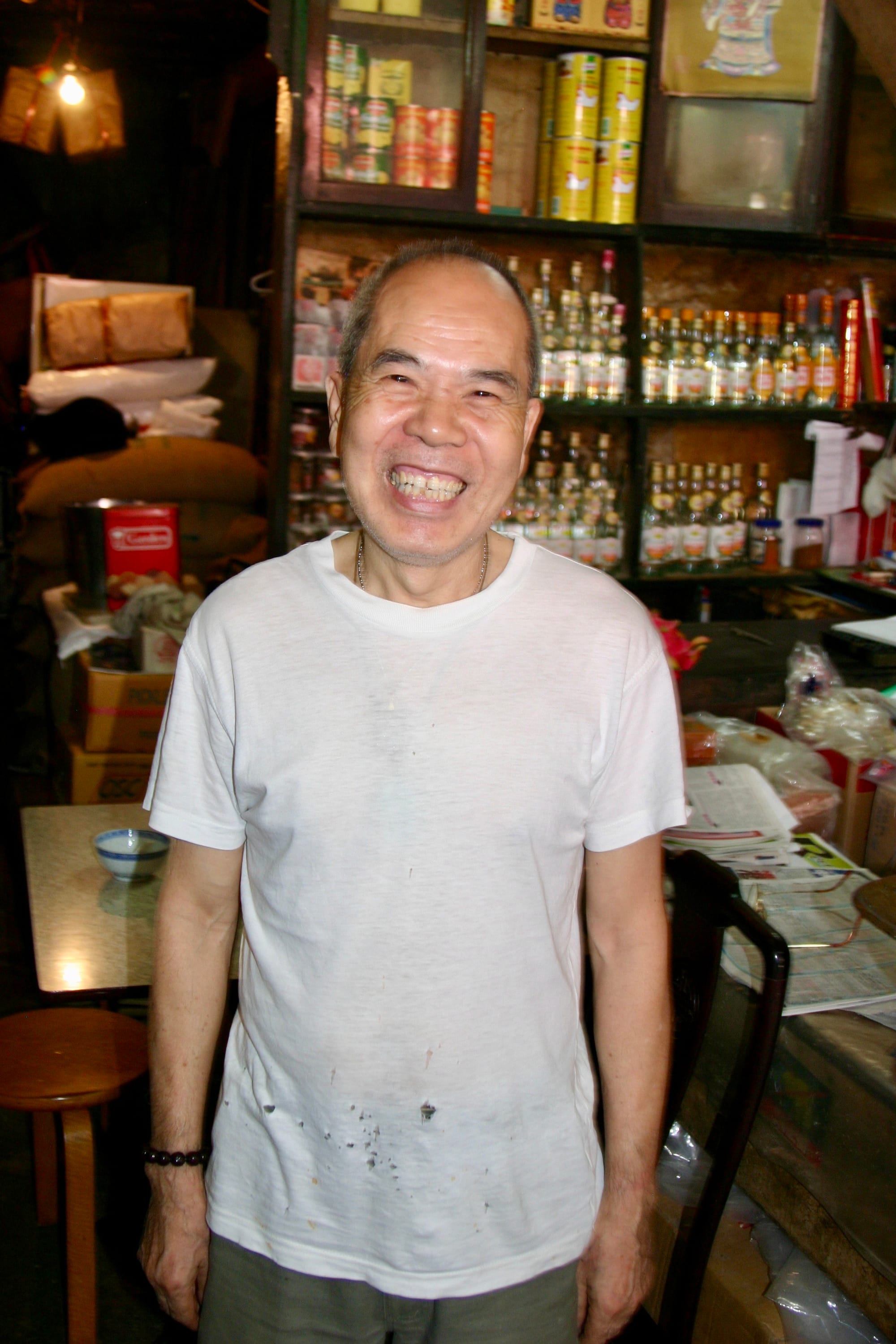
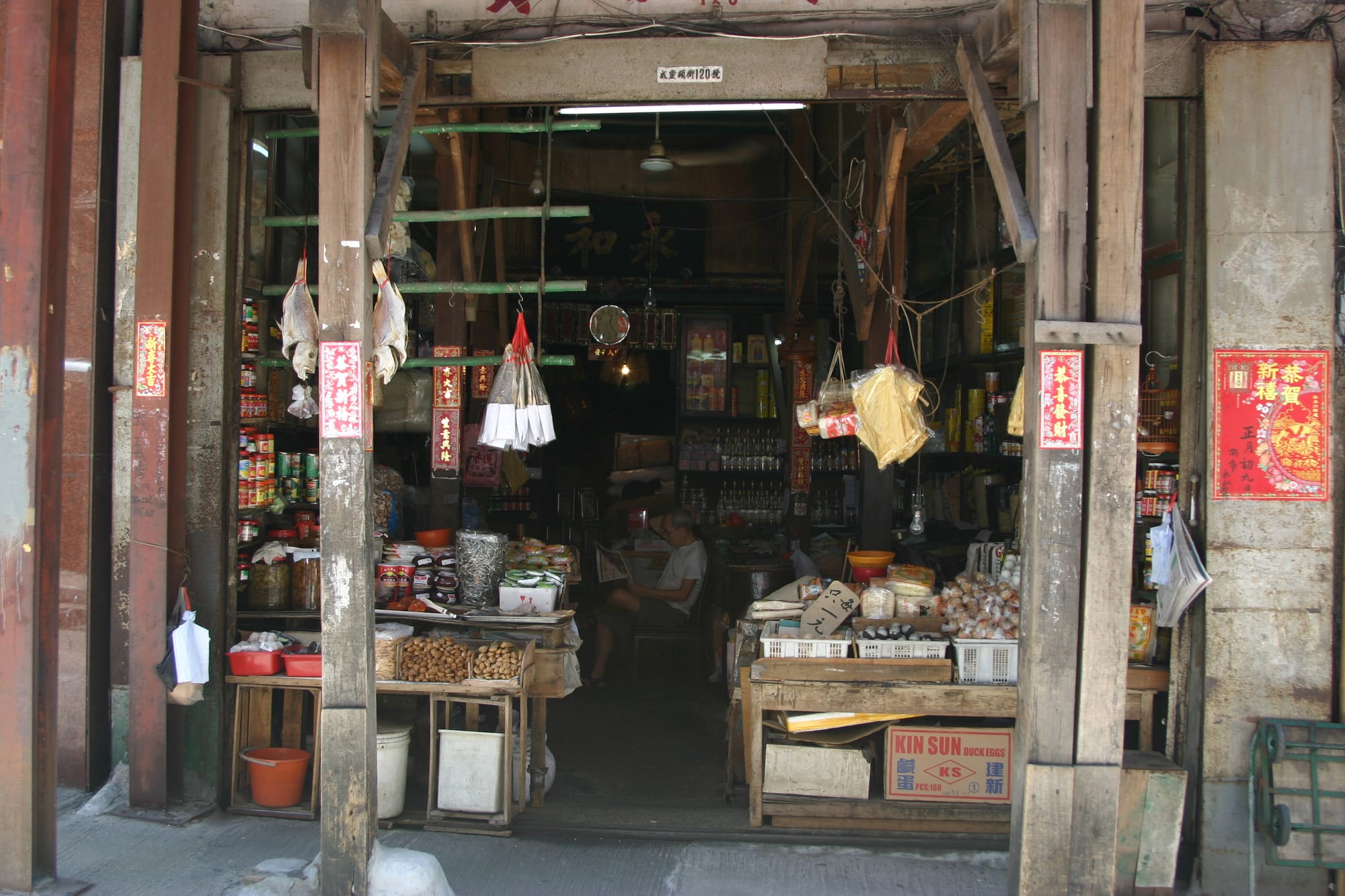
Takeaways
- The activities on the corner don't have to be related. Like the example with the banana vendor, the store on that corner is doing something totally separate. Regardless if the activity on the sidewalk is related to the activity inside the corner building or not, the more activity on the corner, the merrier.
- Shade structures make the corner a pleasant place to stop and rest or shop. Offering shade is a great strategy for any place outdoors that wants to attract people.
Making it Happen - How to Create Great Corners
Streets and corners must fundamentally be redefined as essential to community life. This will help restore the social vibrancy of communities, and will go a long way to addressing the epidemic of isolation and loneliness that we are currently facing.
Communities can create a campaign to take back the intersections from car culture by activating the corners. The important steps in doing so are:
- Start with a bench on the corner (but not just any bench). Then add a food or coffee truck and/or other type of kiosks
- Narrow travel lanes, extend and widen sidewalks
- Add bollards where necessary
- Implement "double loading" so that there are amenities on both sides of the walkway
- Do Lighter, Quicker Cheaper (LQC) experiments and interventions
- Let an organic, improvisational community-led process take over
Other Resources
Who Owns the Corner Defines the Neighborhood
The kind of seating that is put in public places shapes how we feel and what we do. Therefore, transforming a corner can start with something as simple as a bench. But the bench is just the beginning. The posts below show what kind of public seating options there are and how powerful their impacts can be at the corner. After seating is set up, an ice cream vendor, coffee stand or even a small cafe or restaurant at the corner could begin the transformation to community ownership.
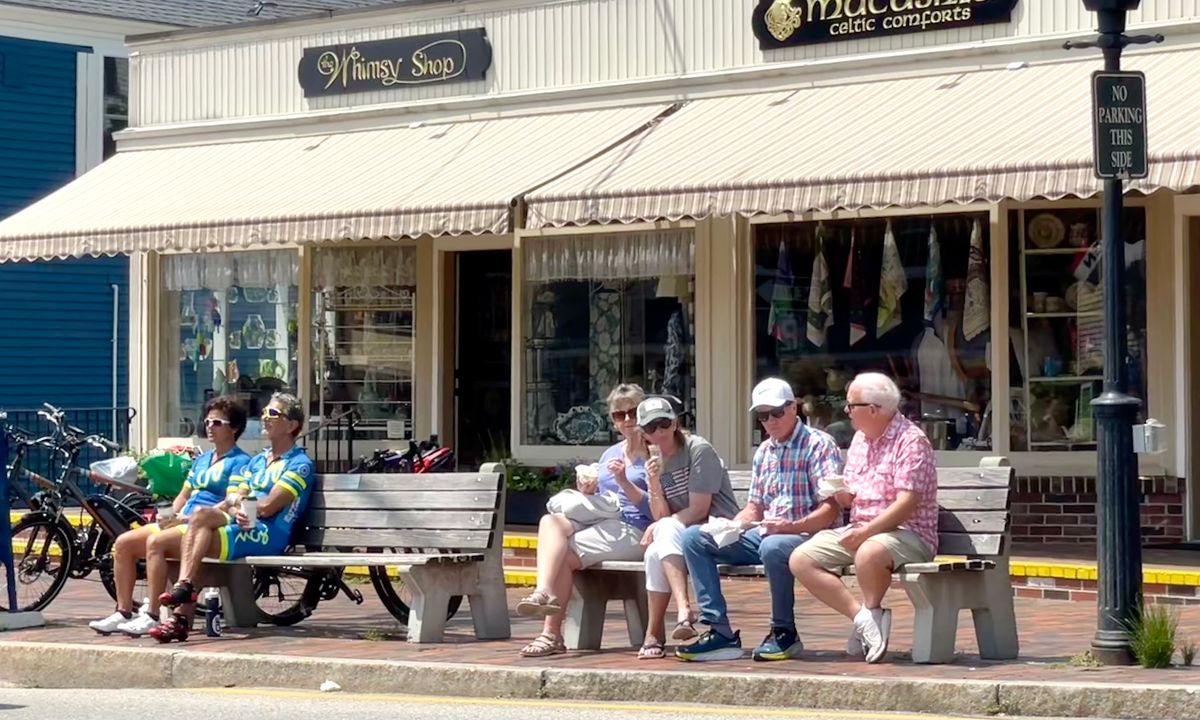


Amenities for the Corner
Certain features take corners to the next level, making them true hubs of social and commercial activity. These features include seating but also bollards, street vendors, and extended sidewalks. Any public space needs amenities that make being there comfortable, safe, and pleasant.
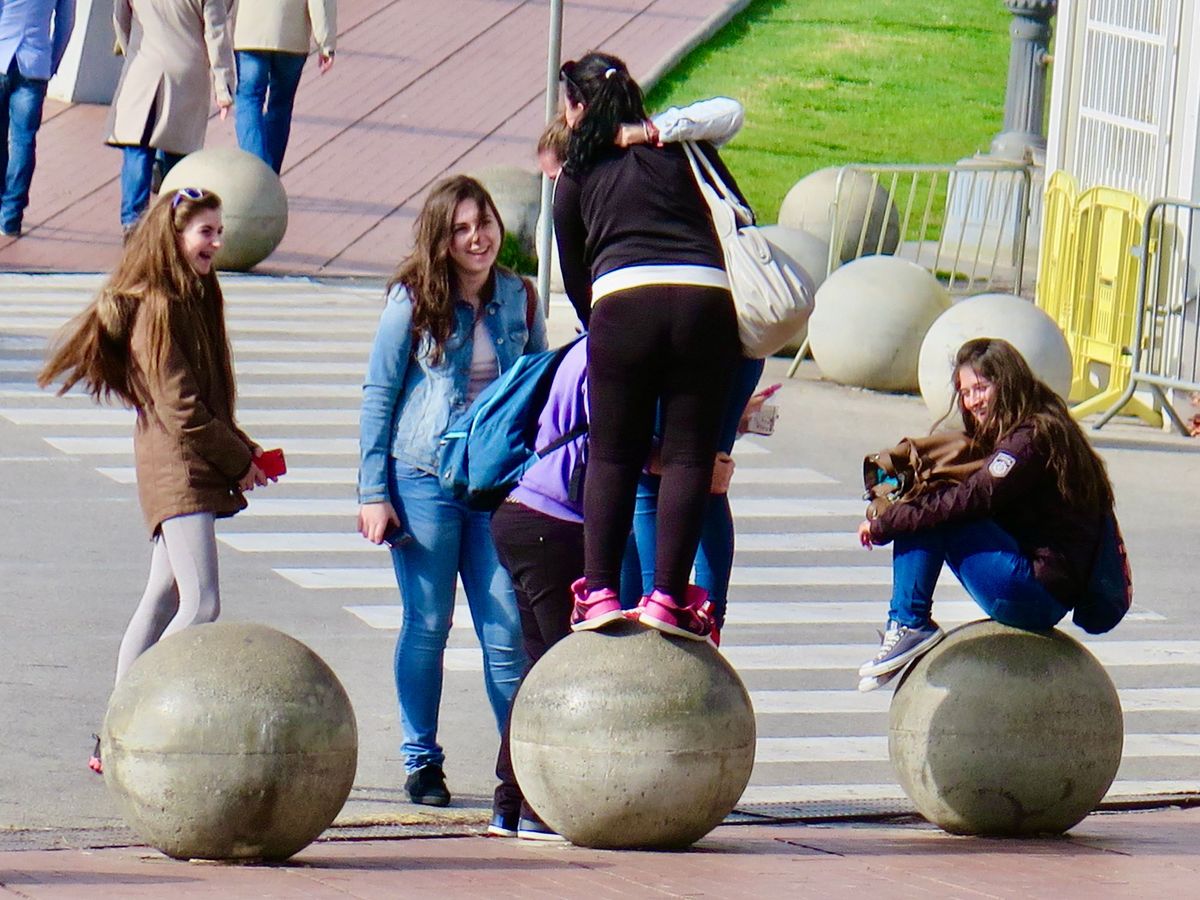
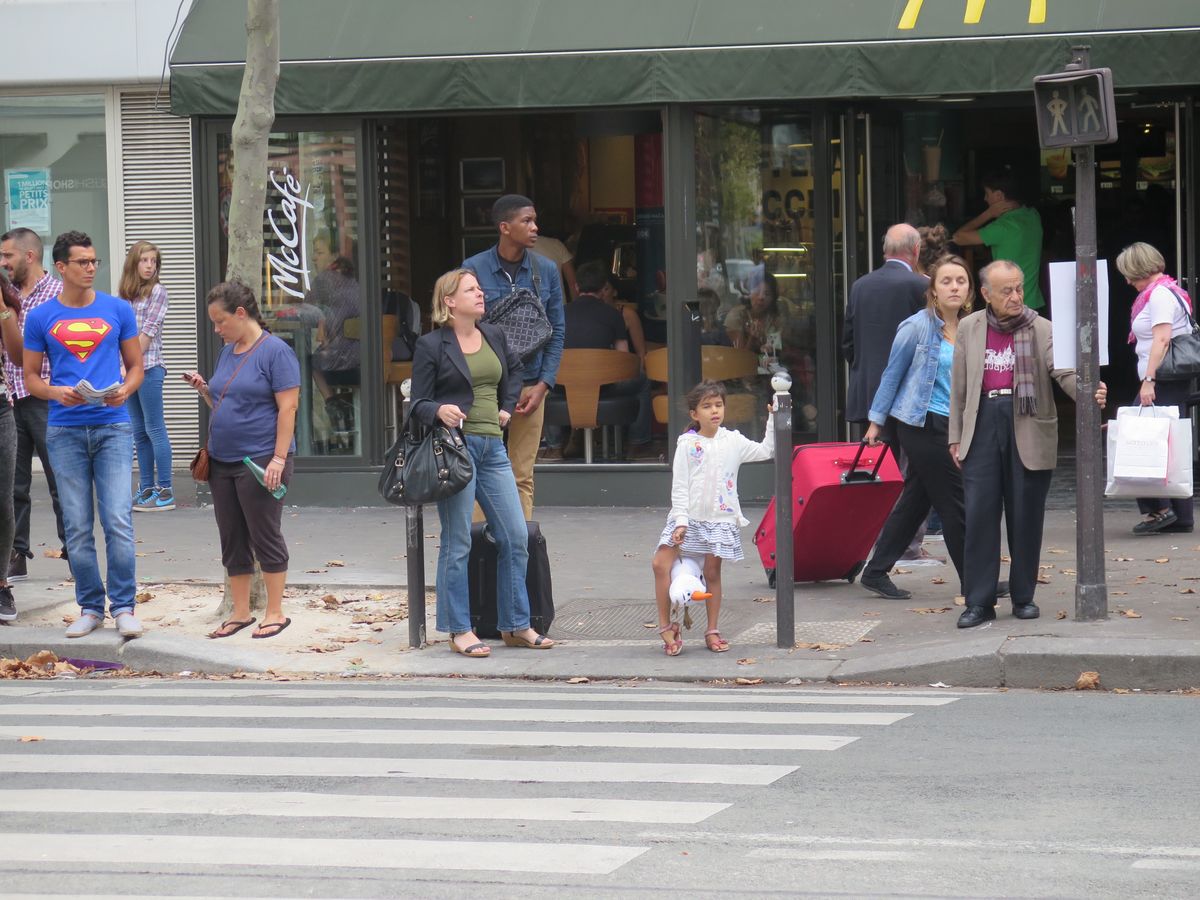
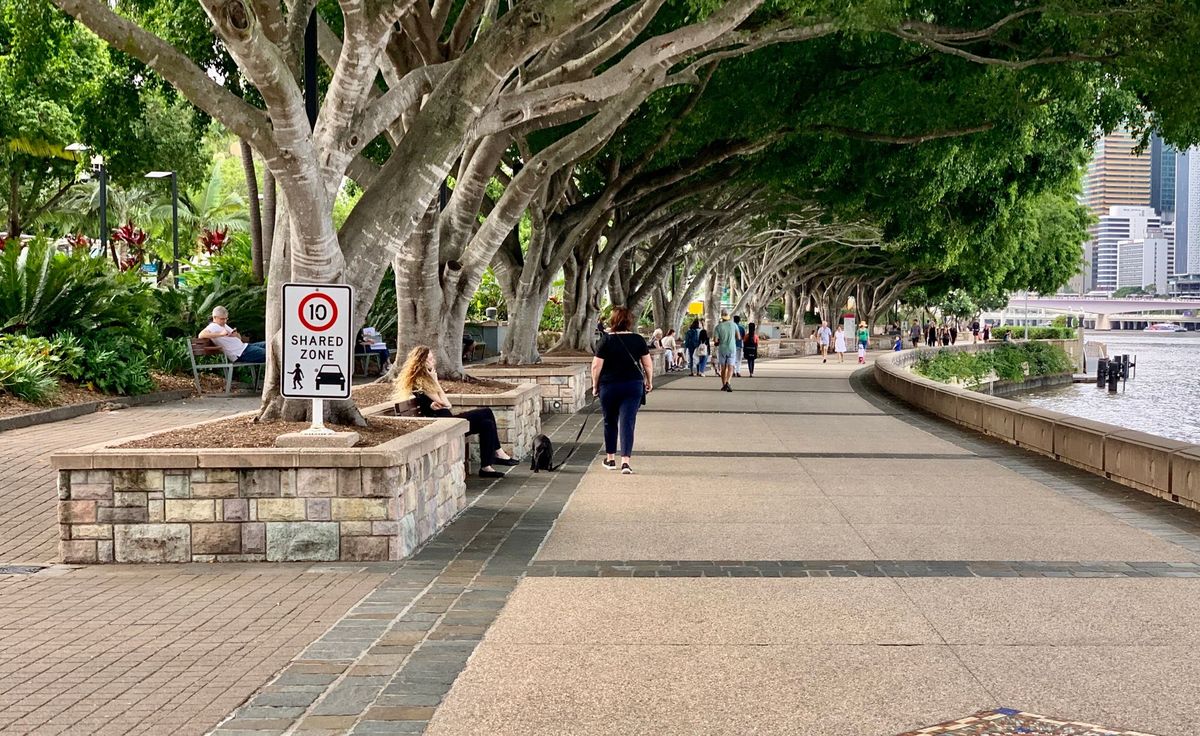
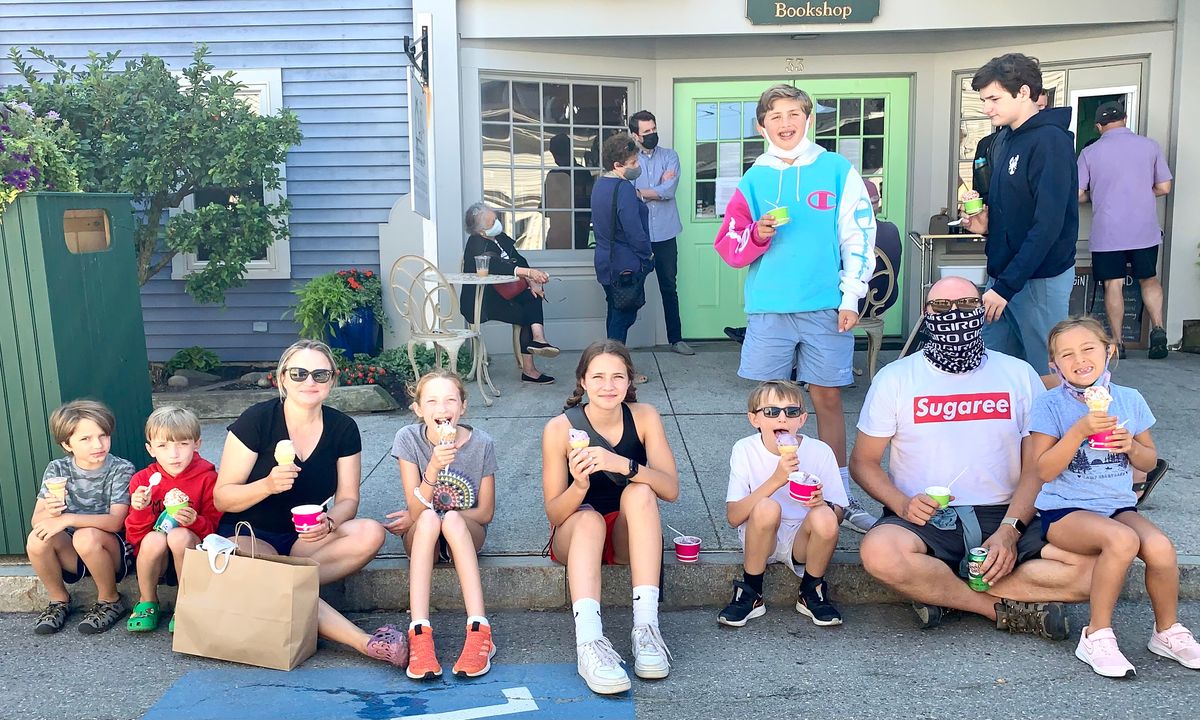
How to Transform the Corner
It doesn't take much to completely transform a corner, especially when there's an establishment there that people love. Sometimes all it takes is the will of the community and a little bit of paint. An important step is narrowing the space allotted to cars so that the life on the sidewalk can grow and thrive.
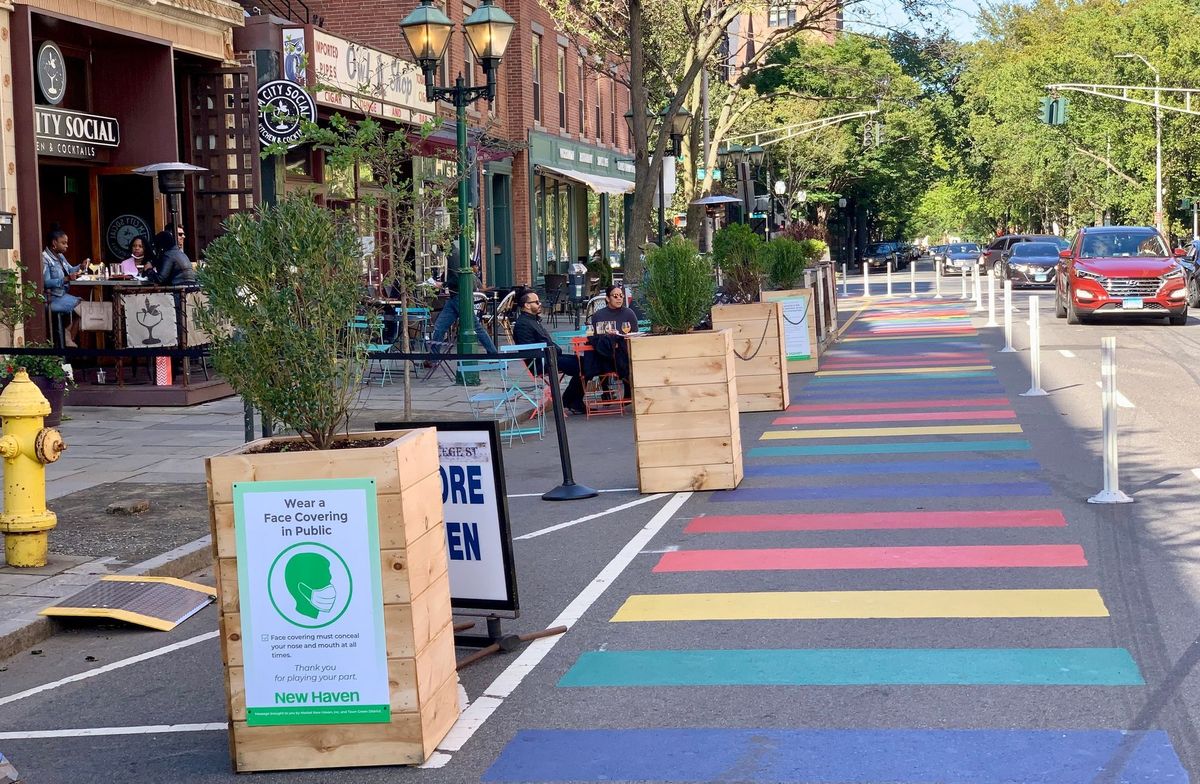

Moving Past the Corner
After the corner is brought to life with social and commercial activity, that energy will travel down the block. The way for businesses on the block to capture and make the most of it is by designing "inside out." This means pulling the things inside the building out onto the sidewalk, such as outside seating, external displays of good, etc. This will grab the attention and interest of people passing by, further revitalizing the area.
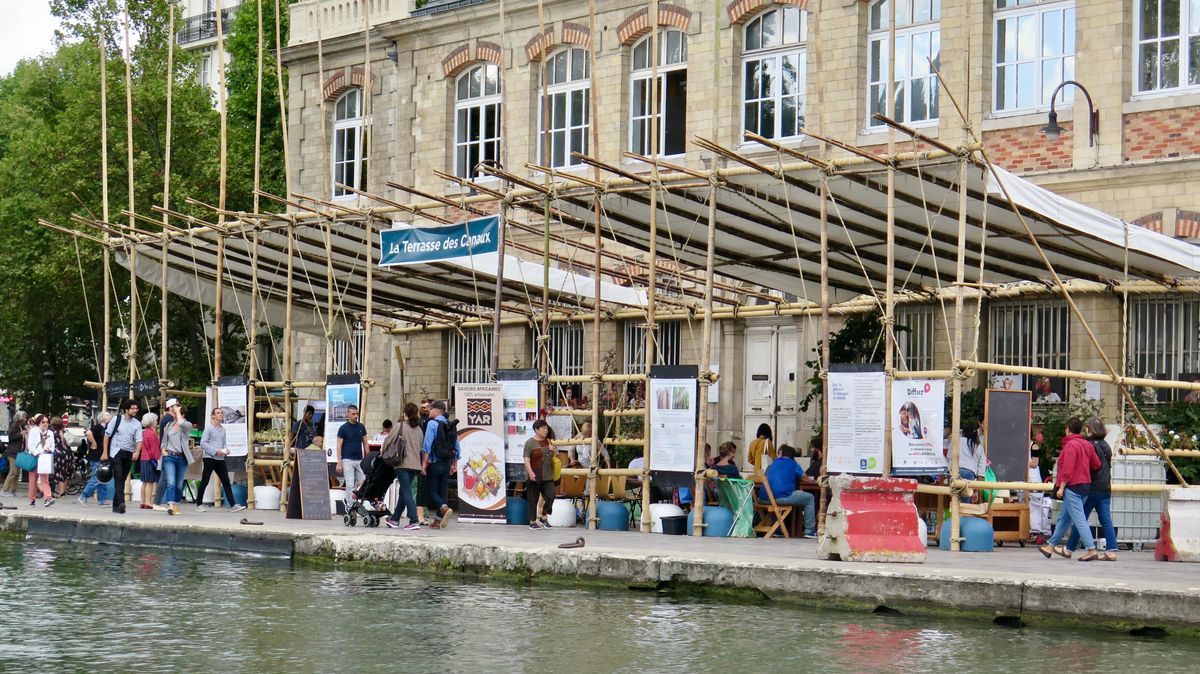
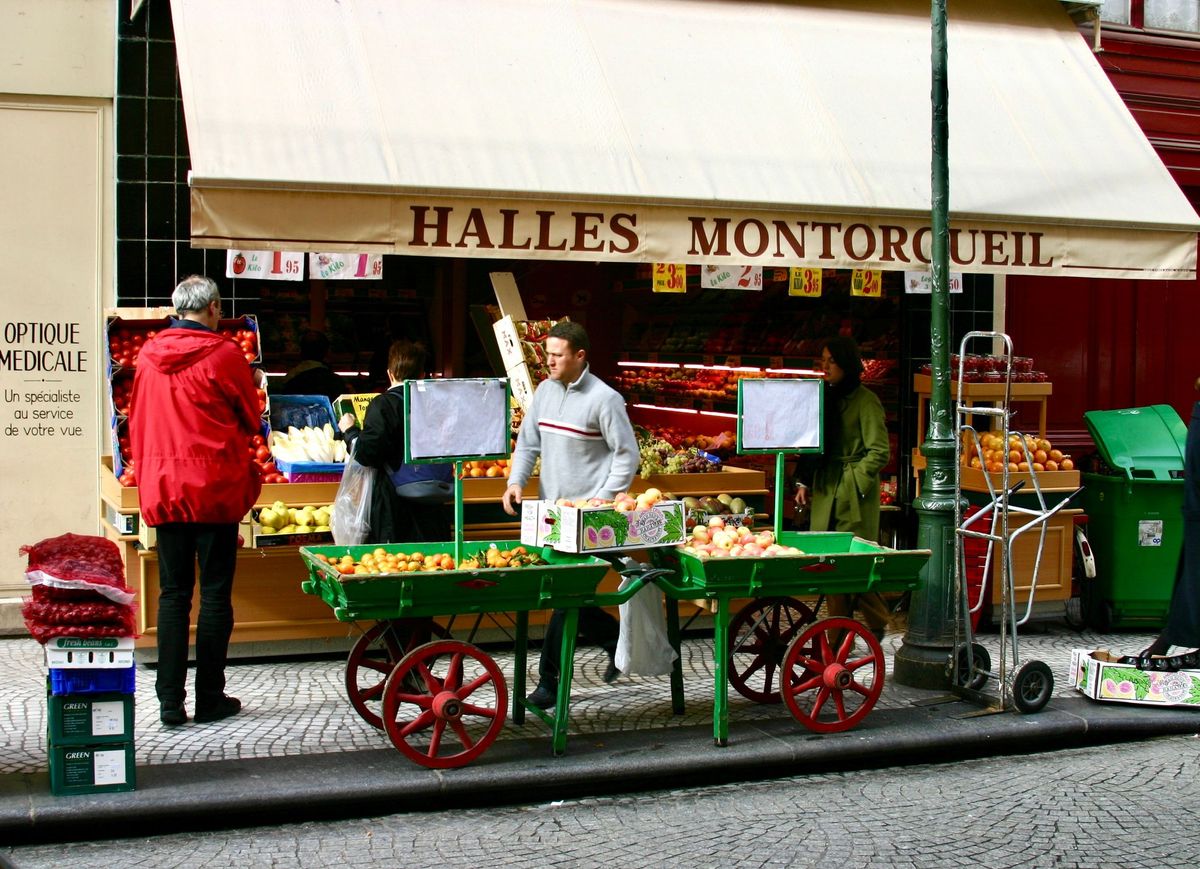
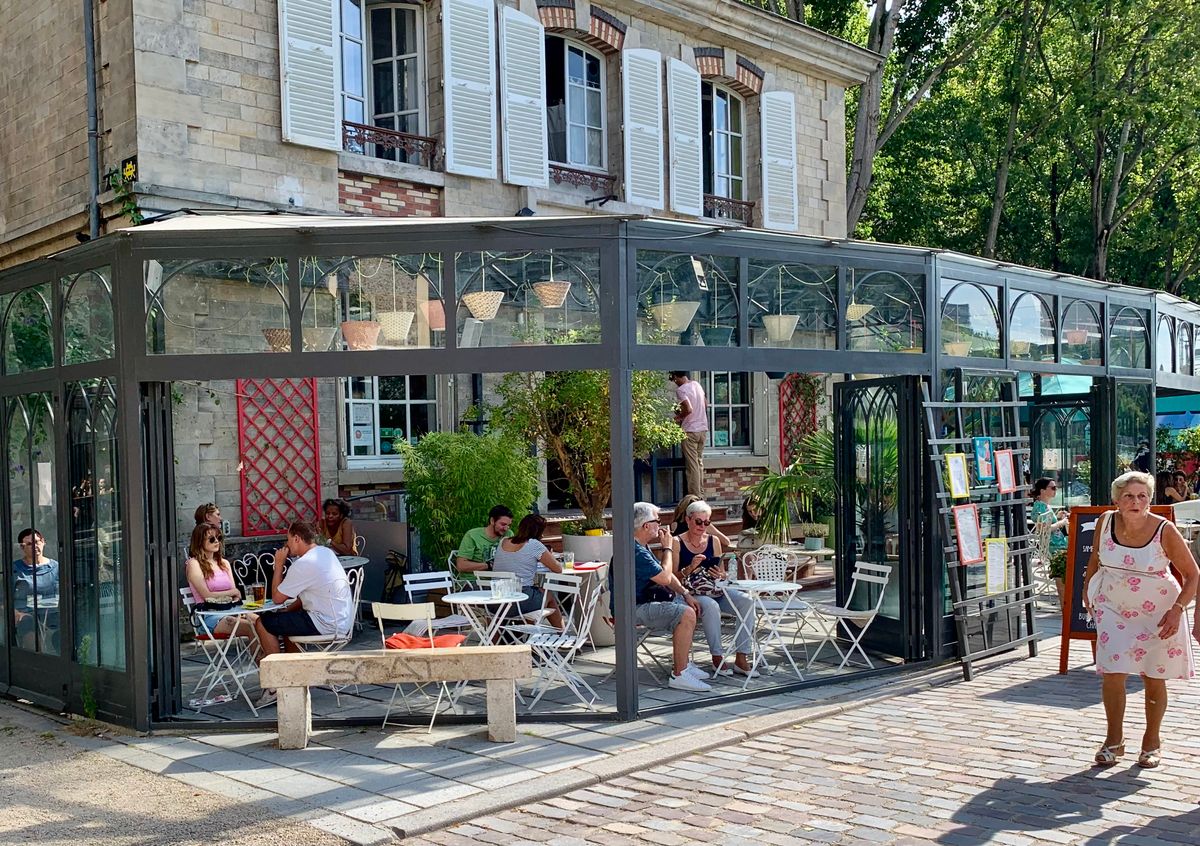
Our 5 Campaigns
